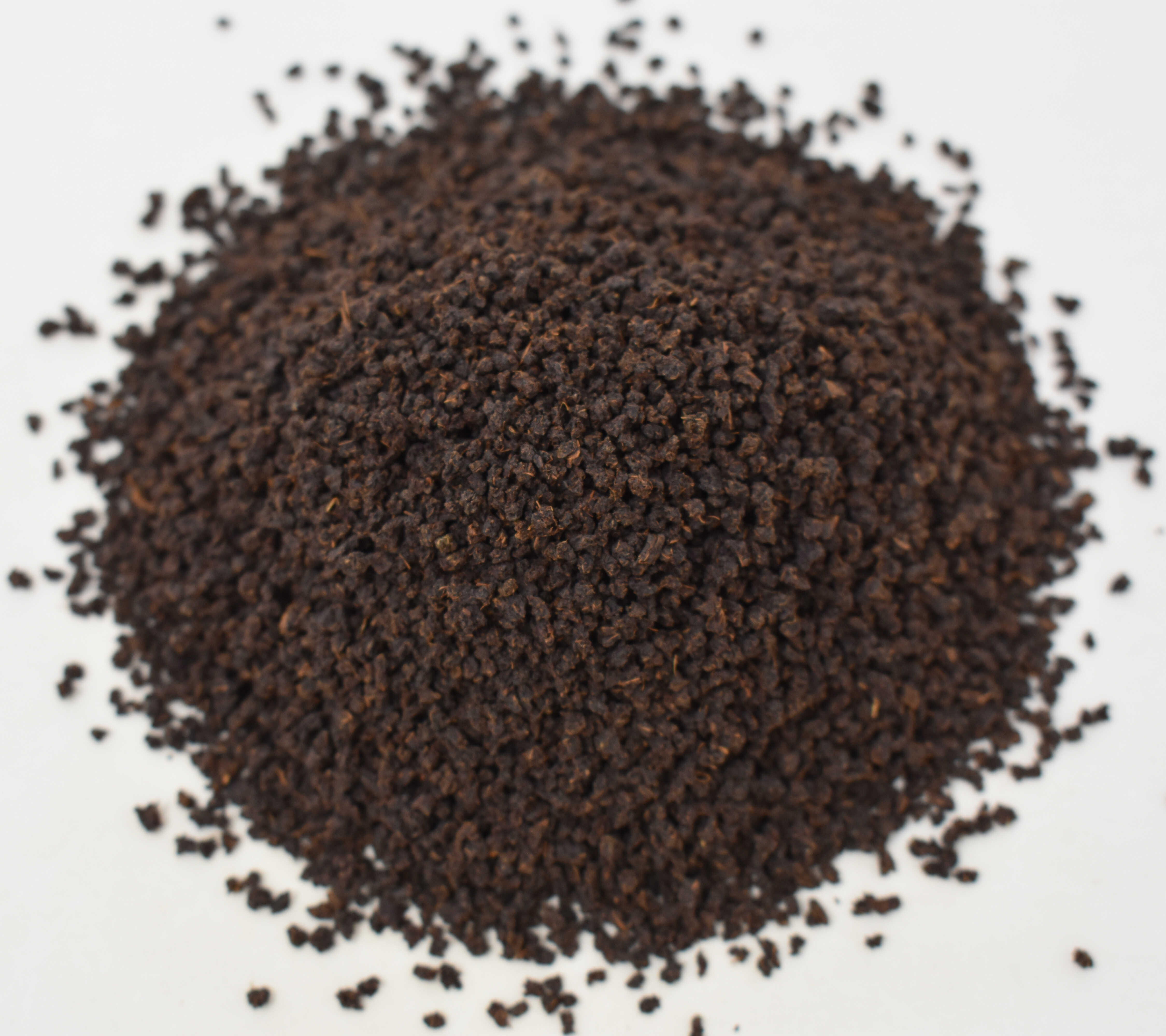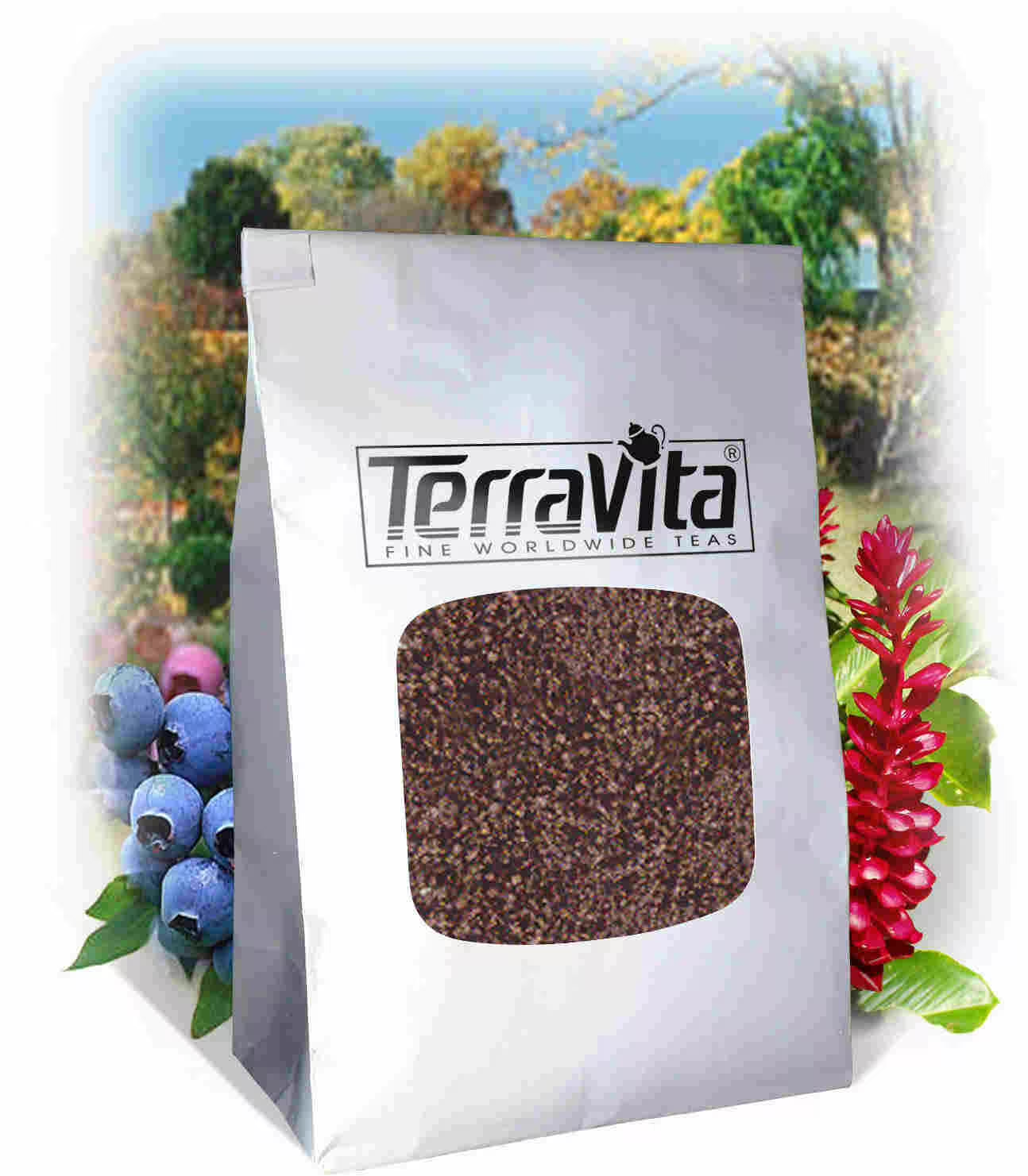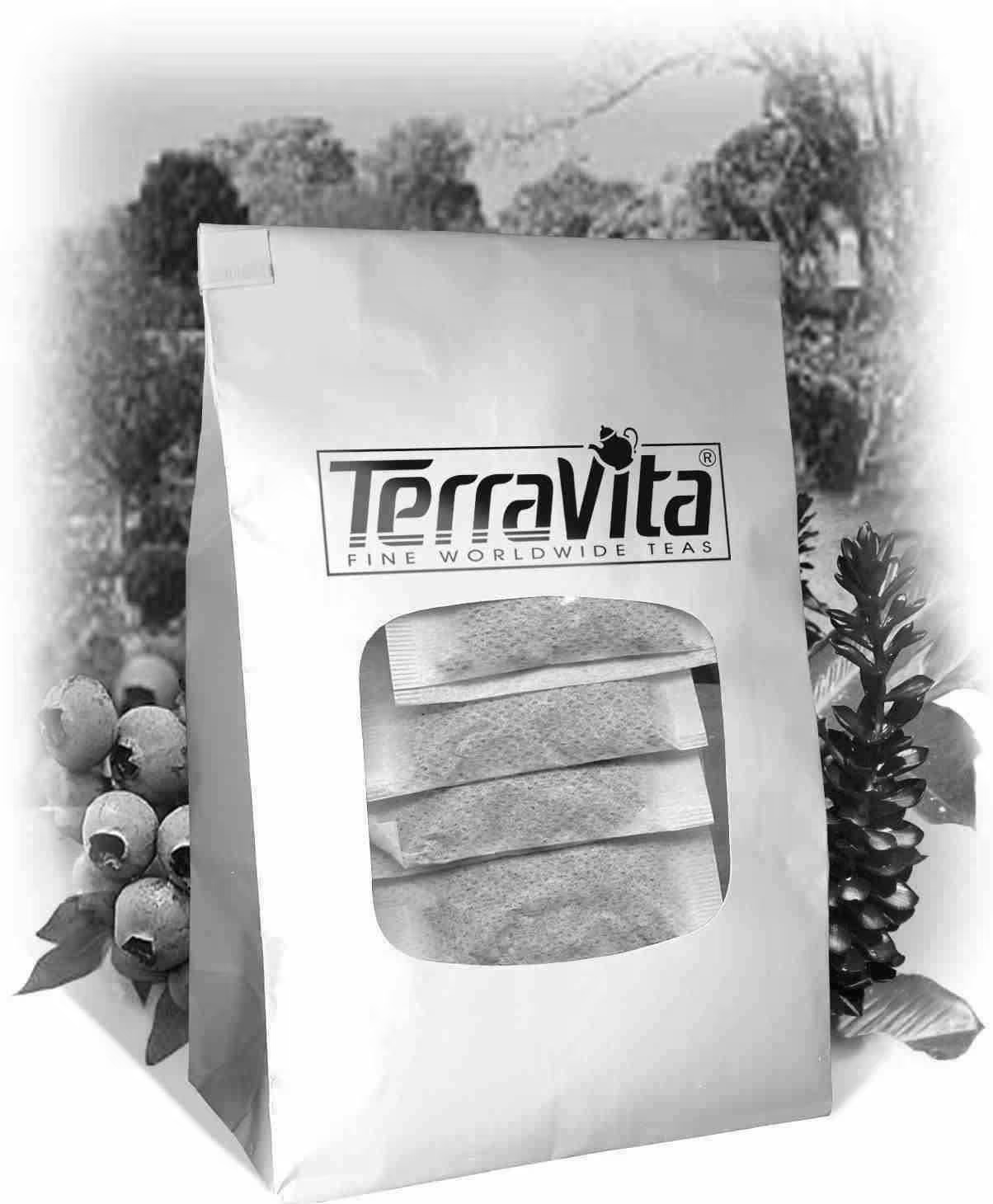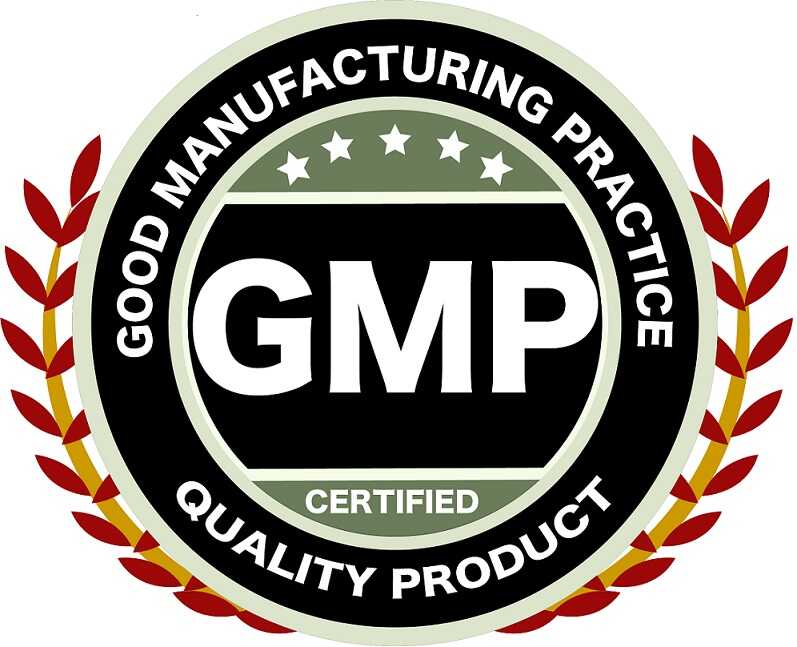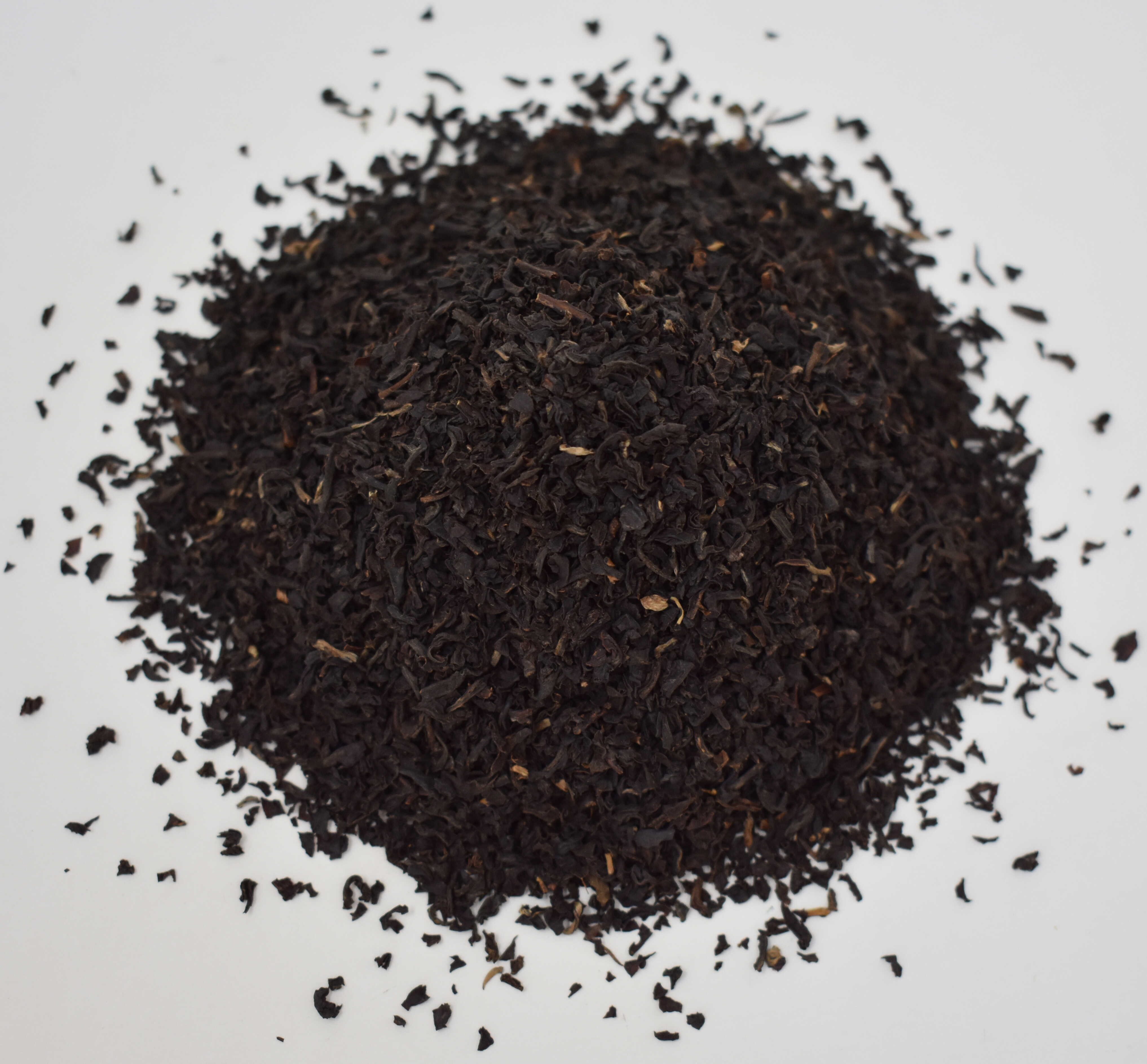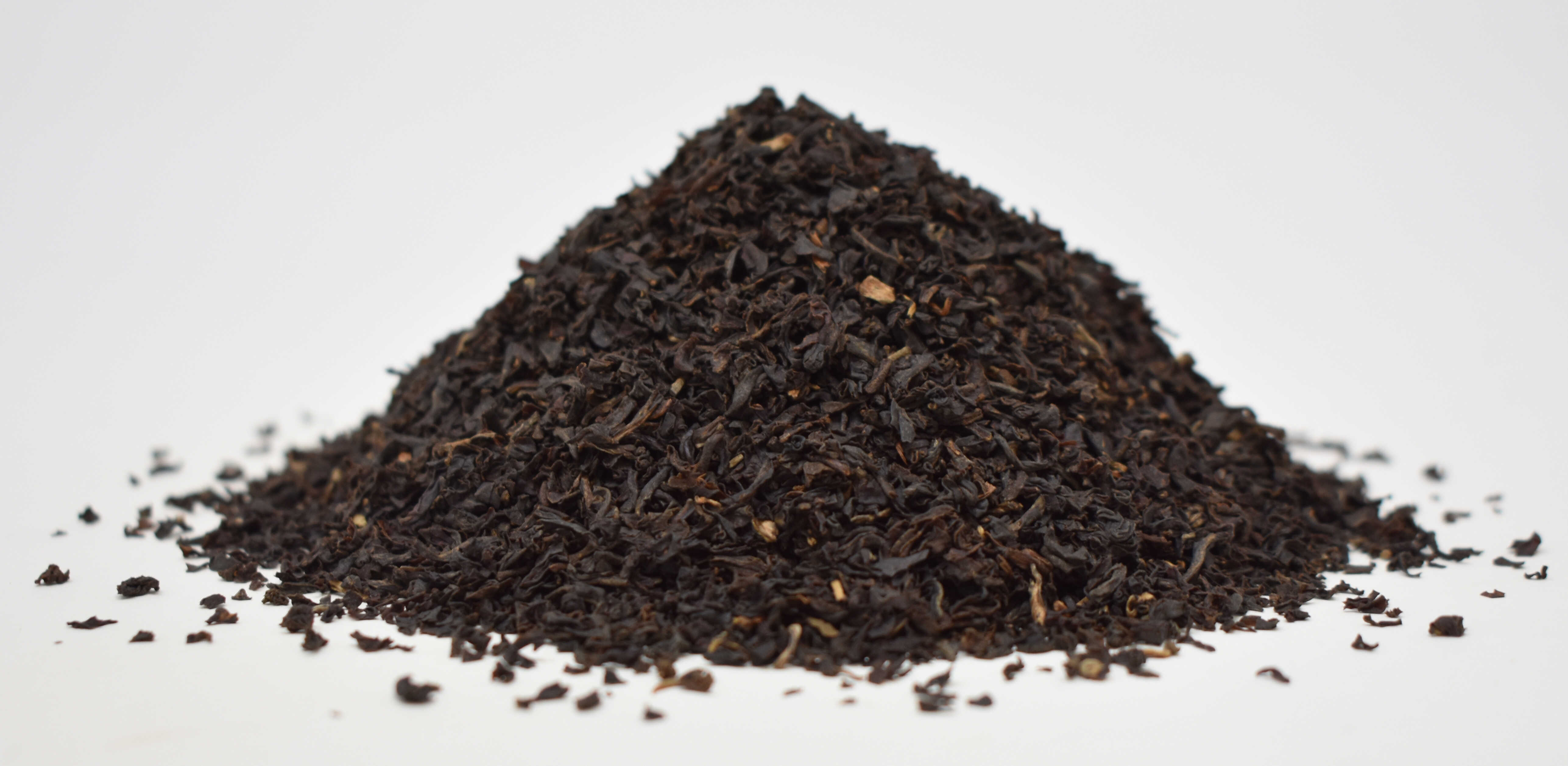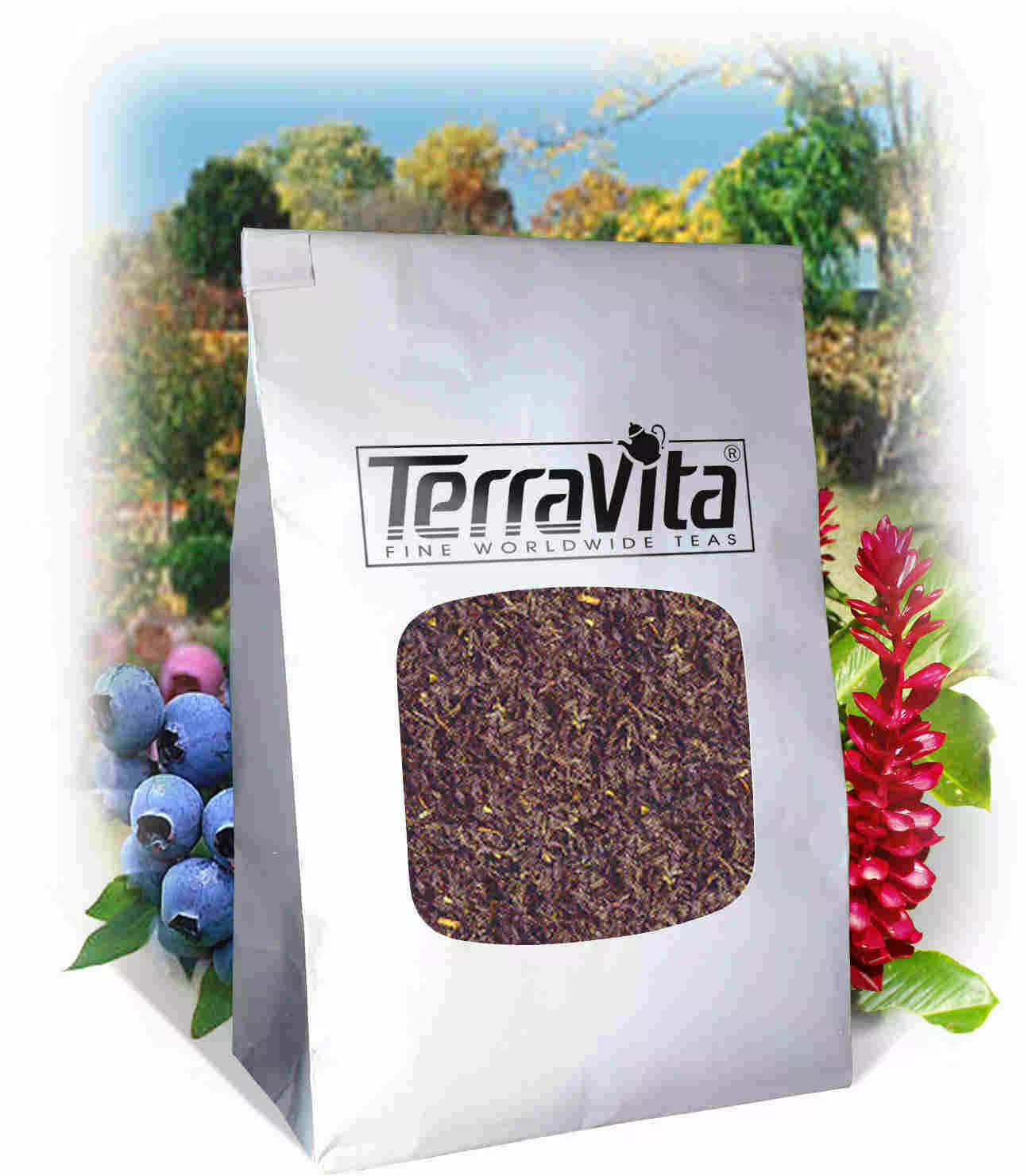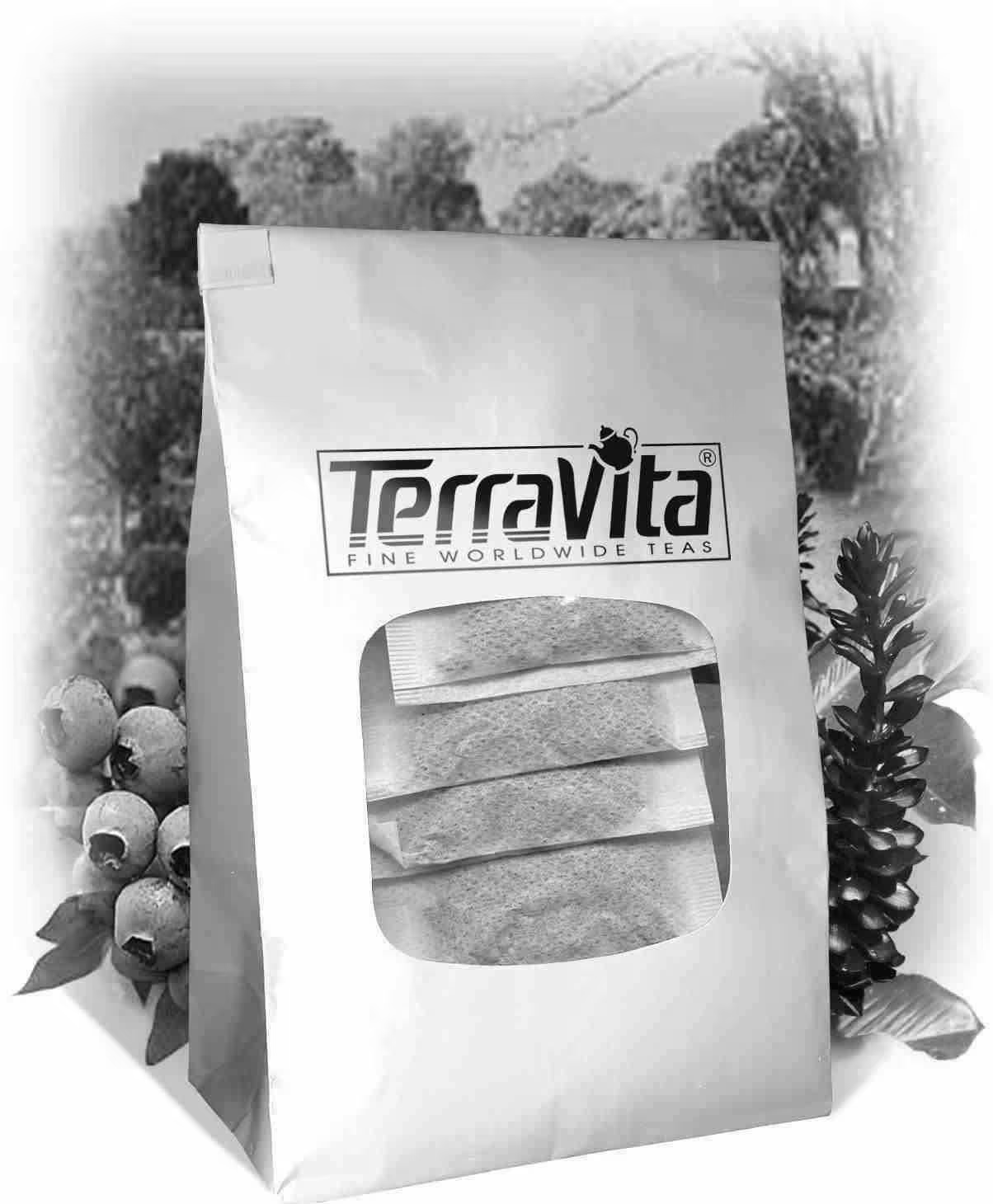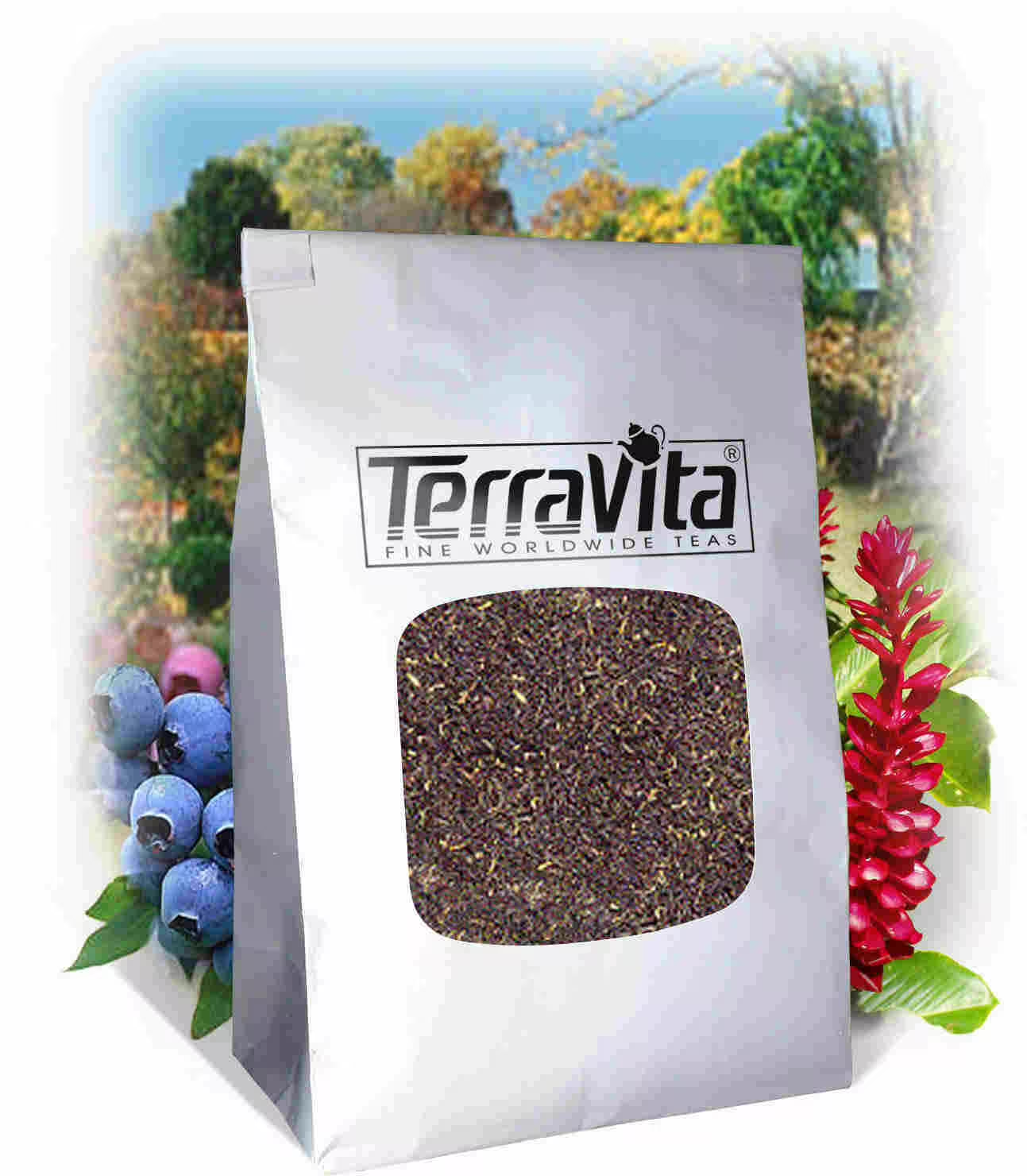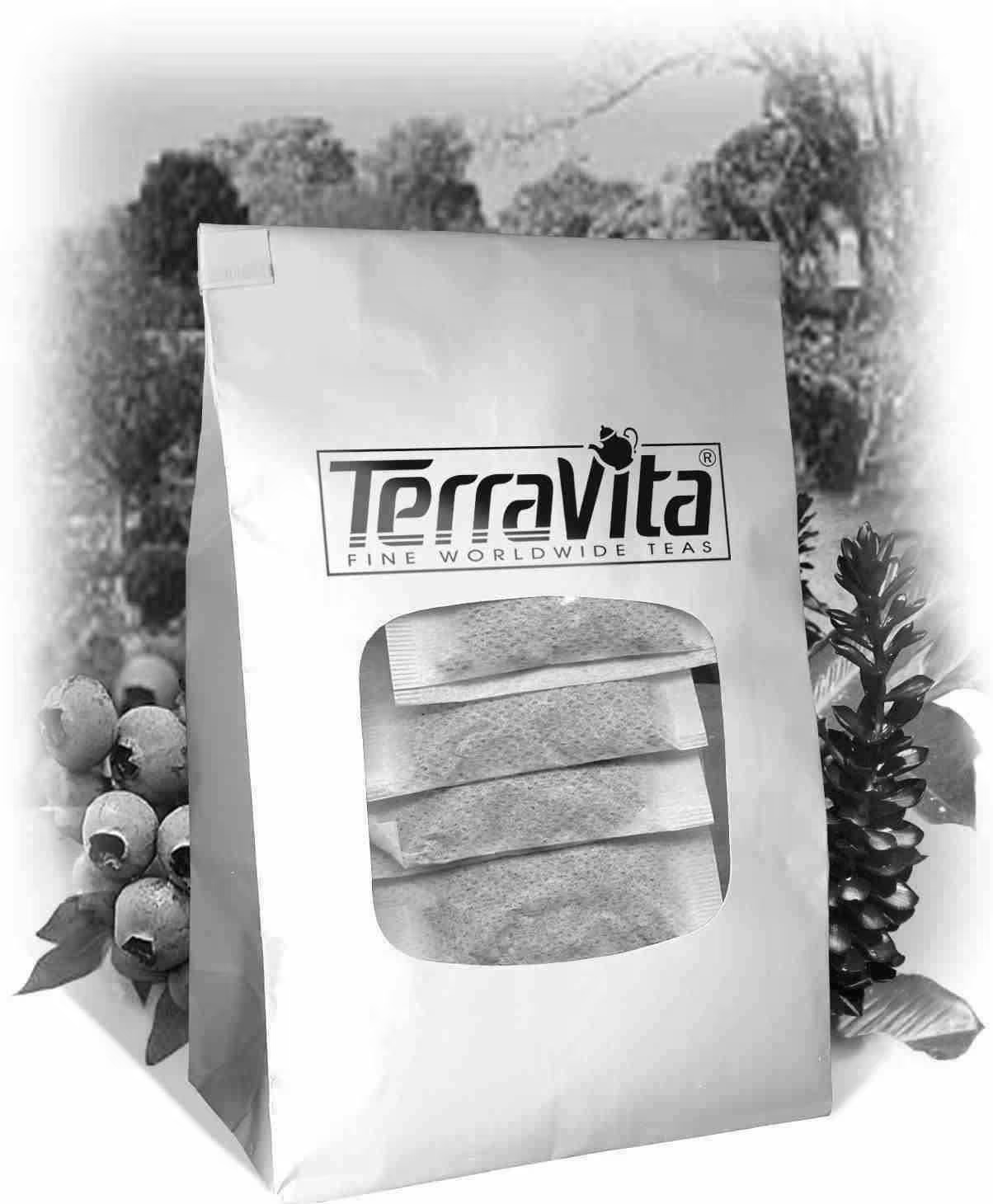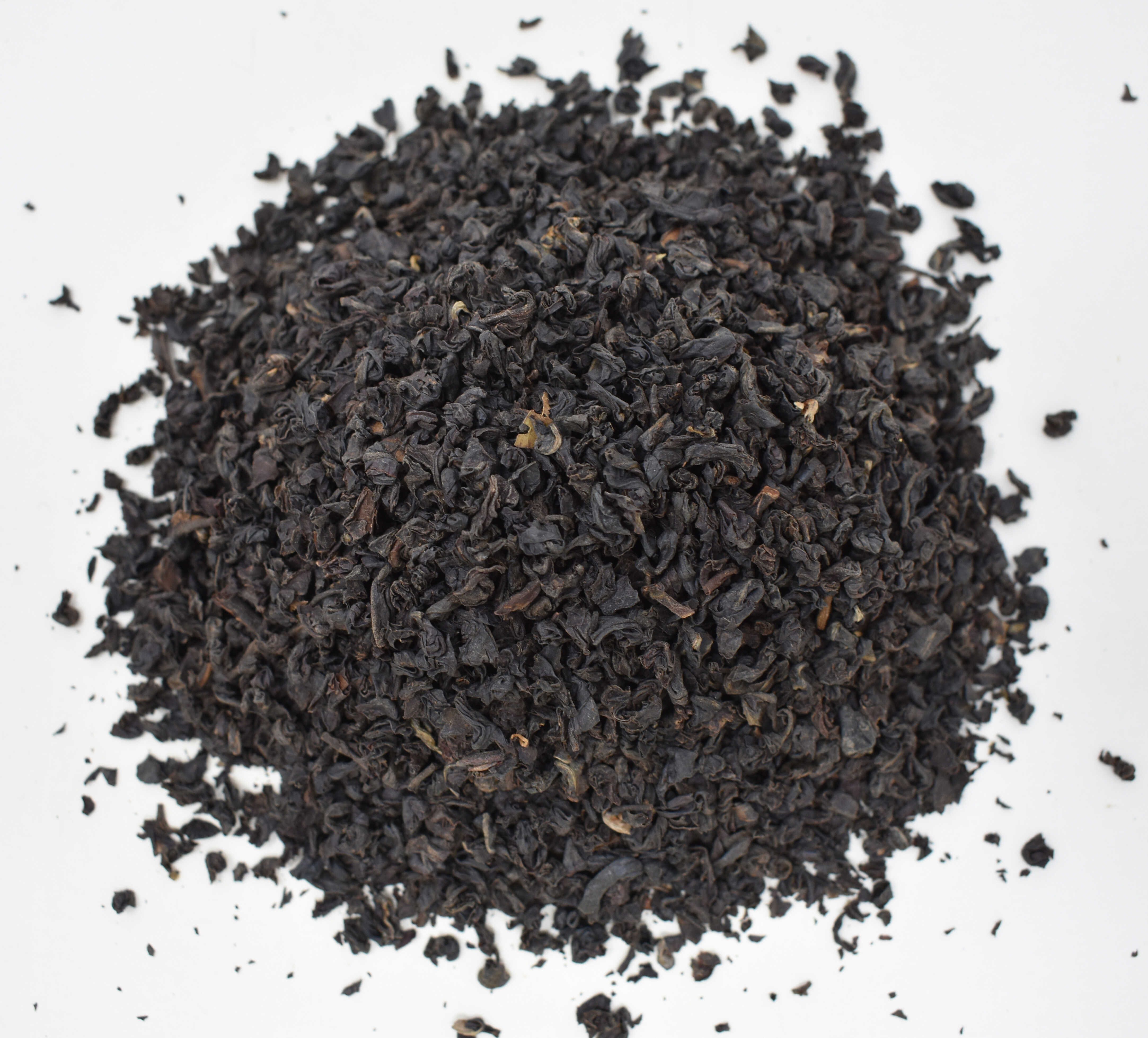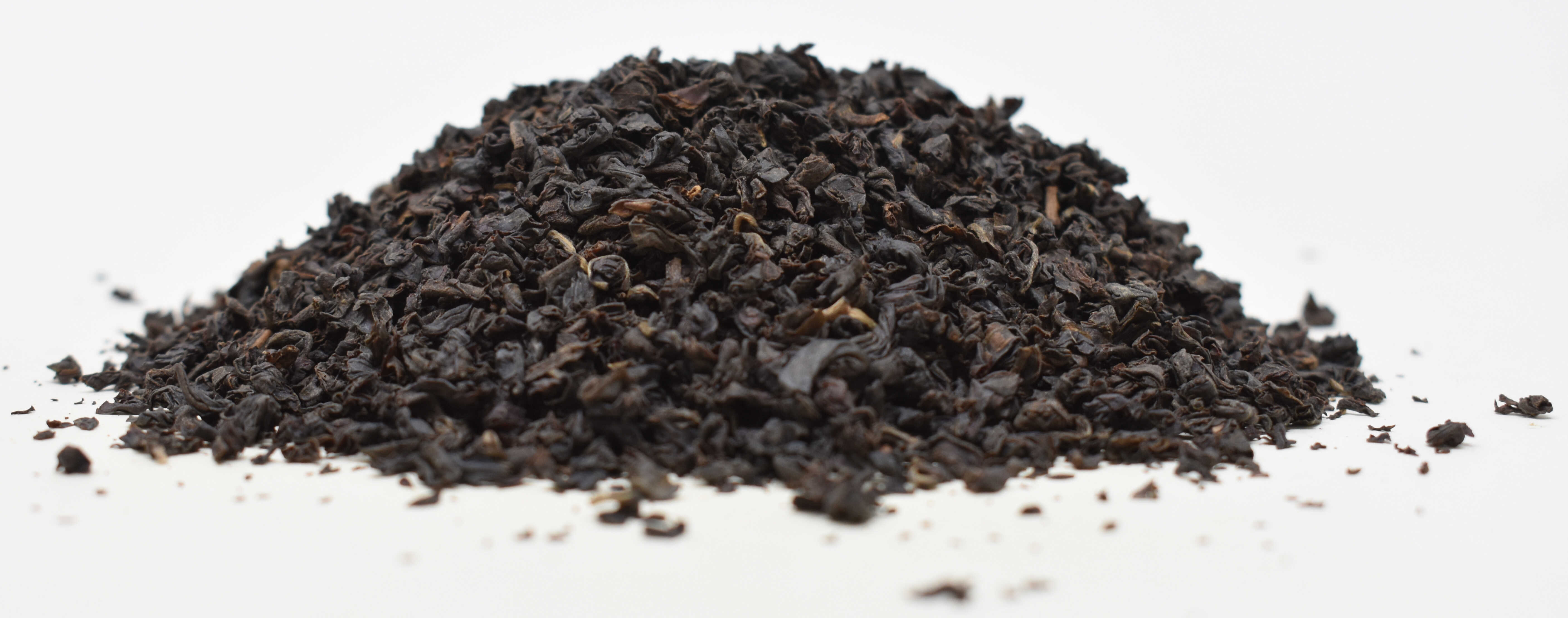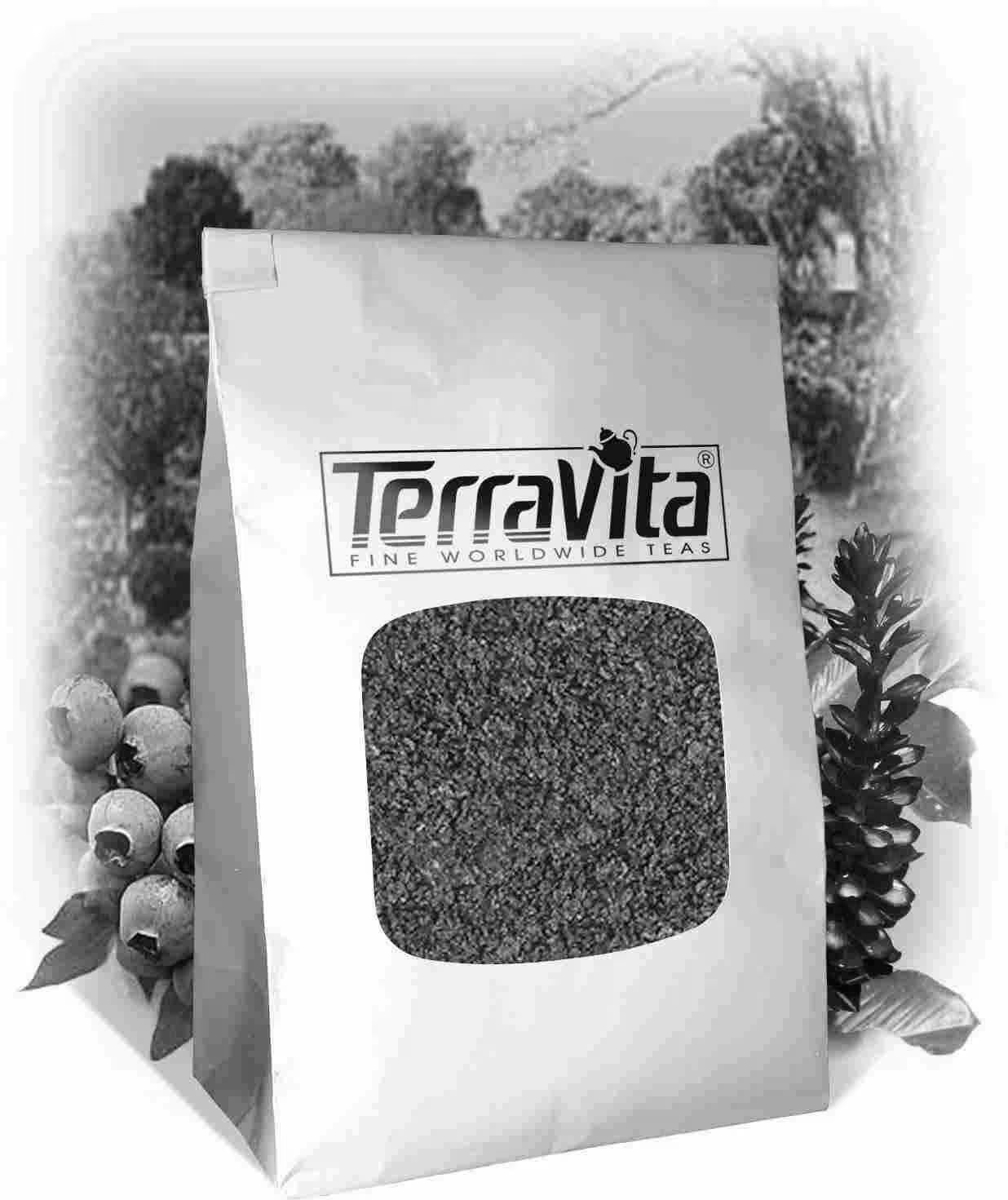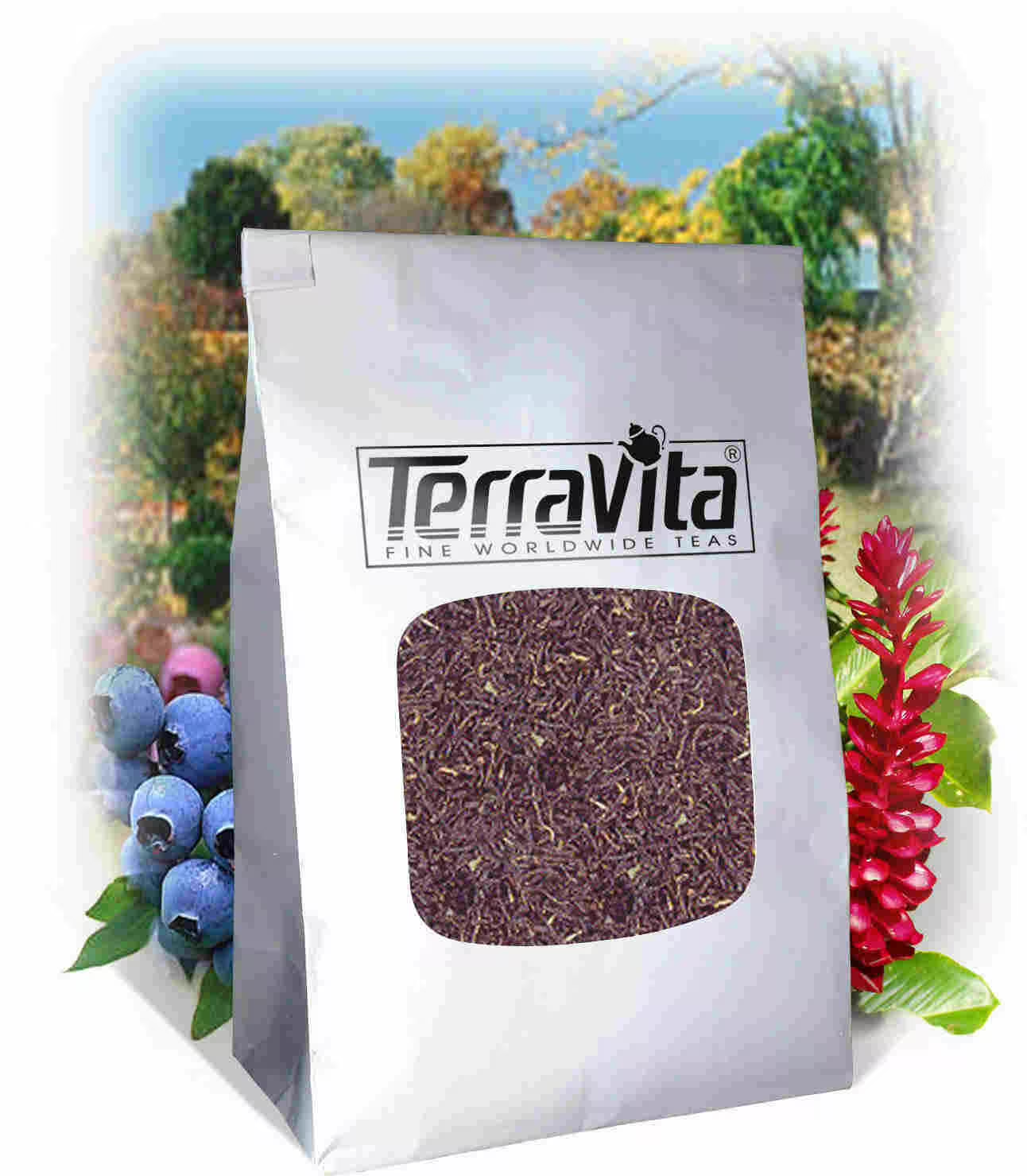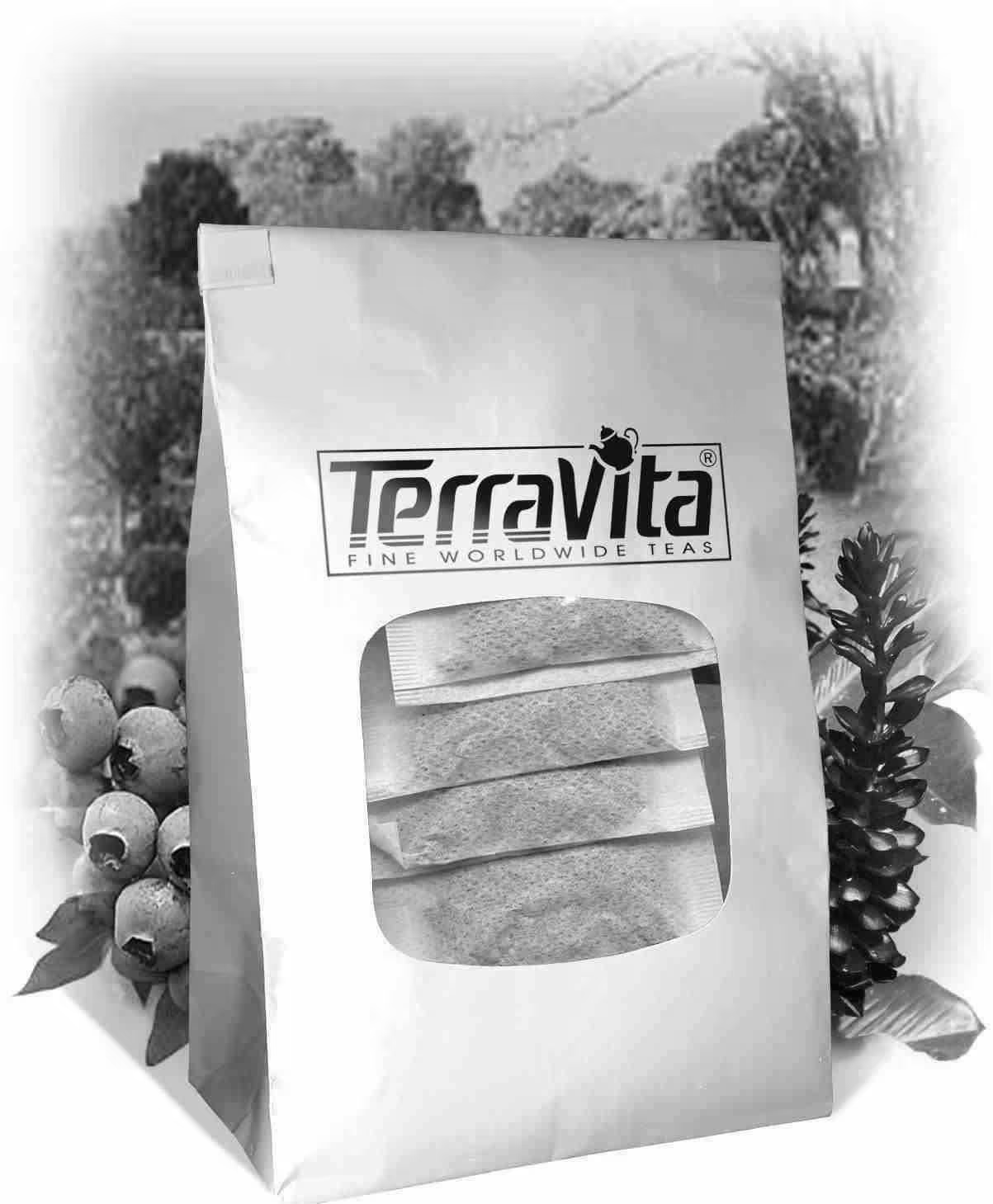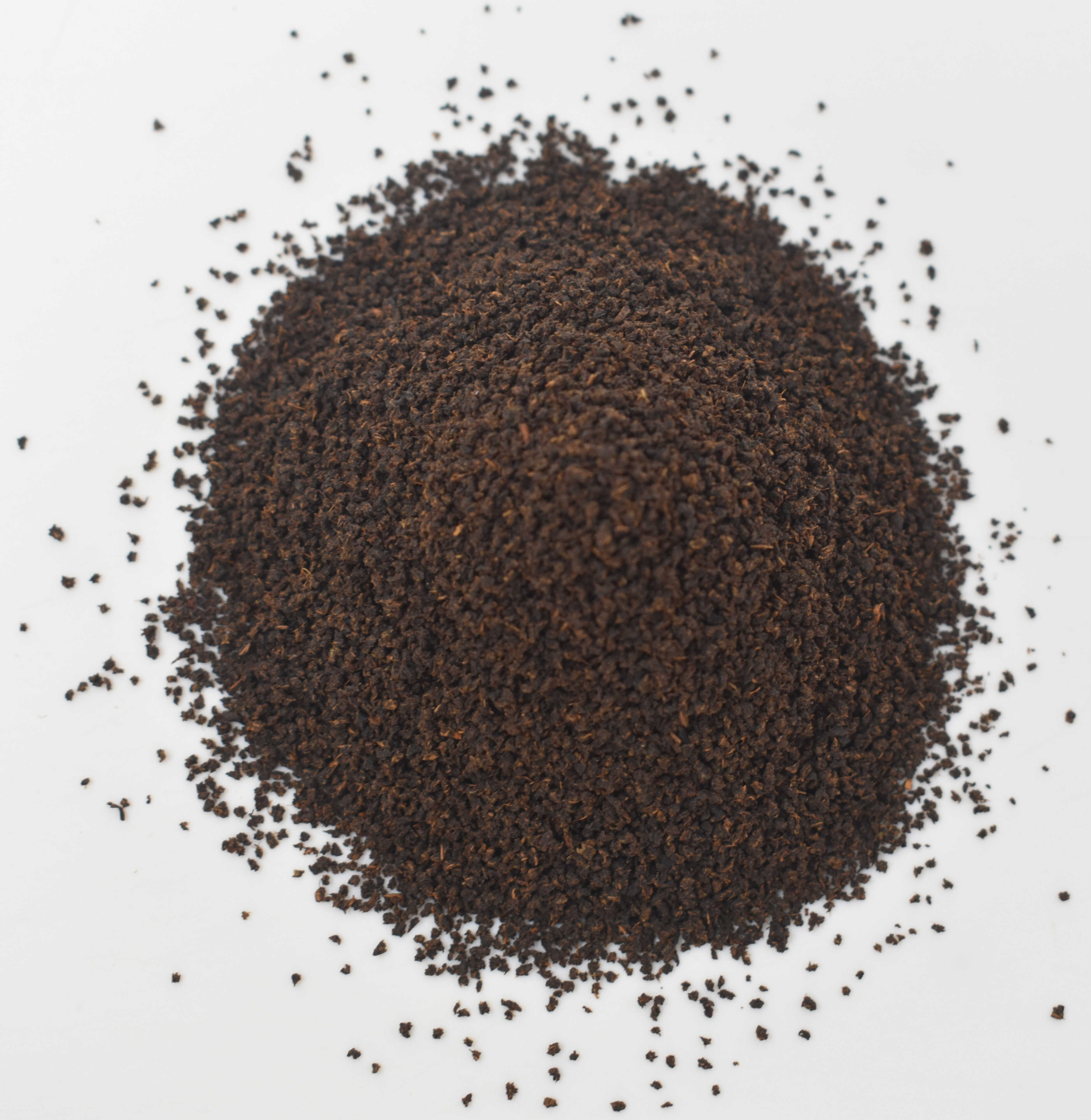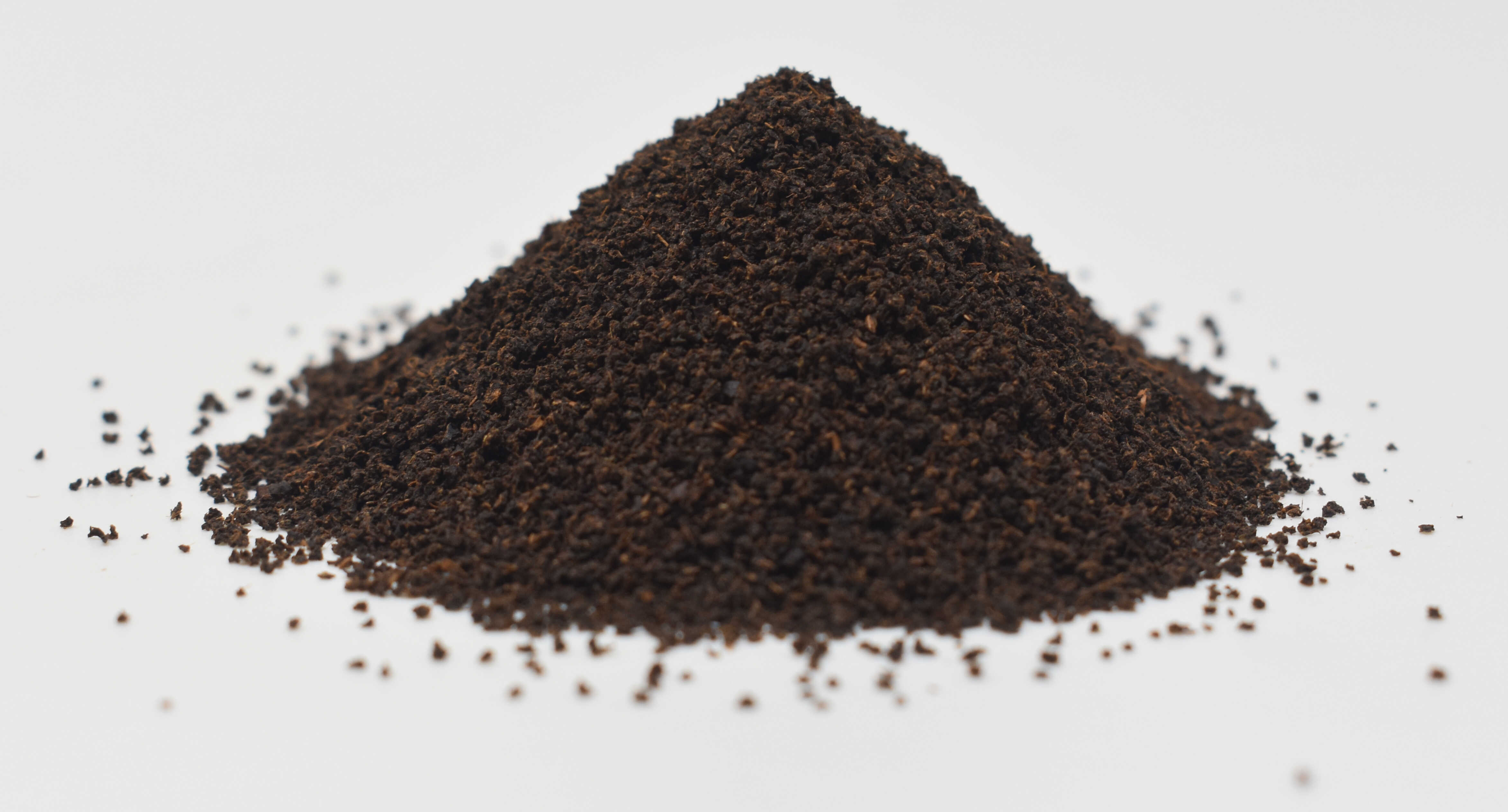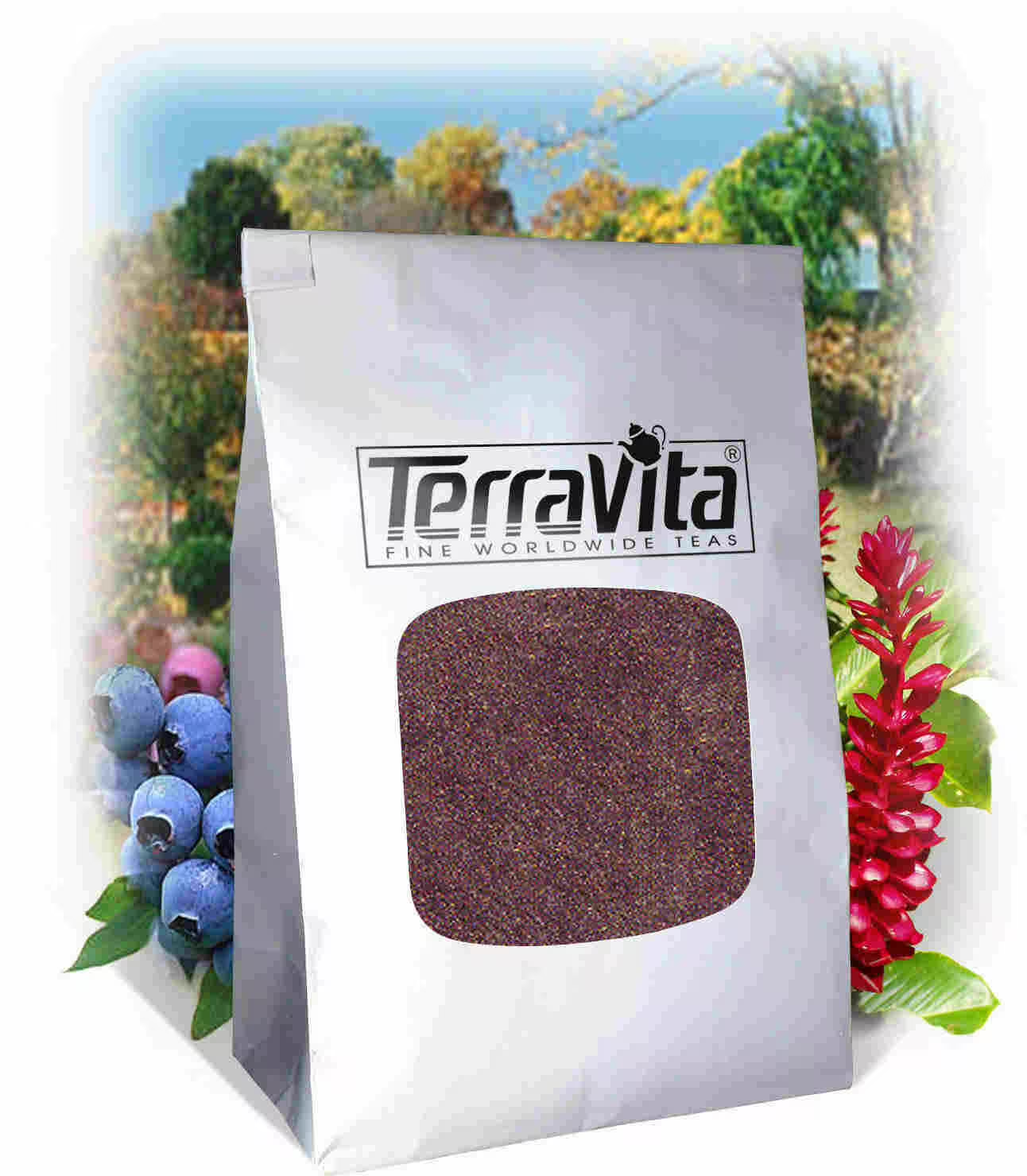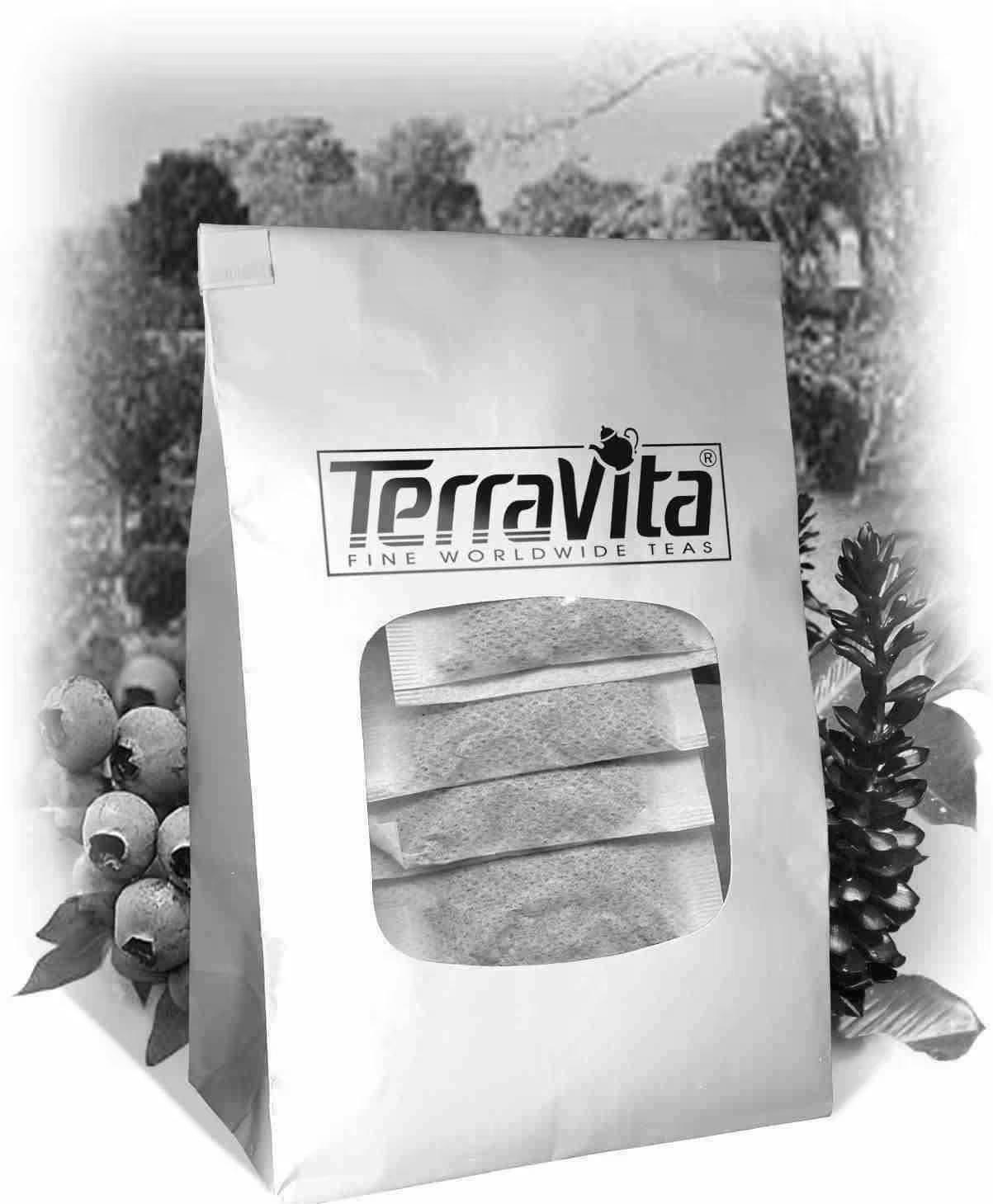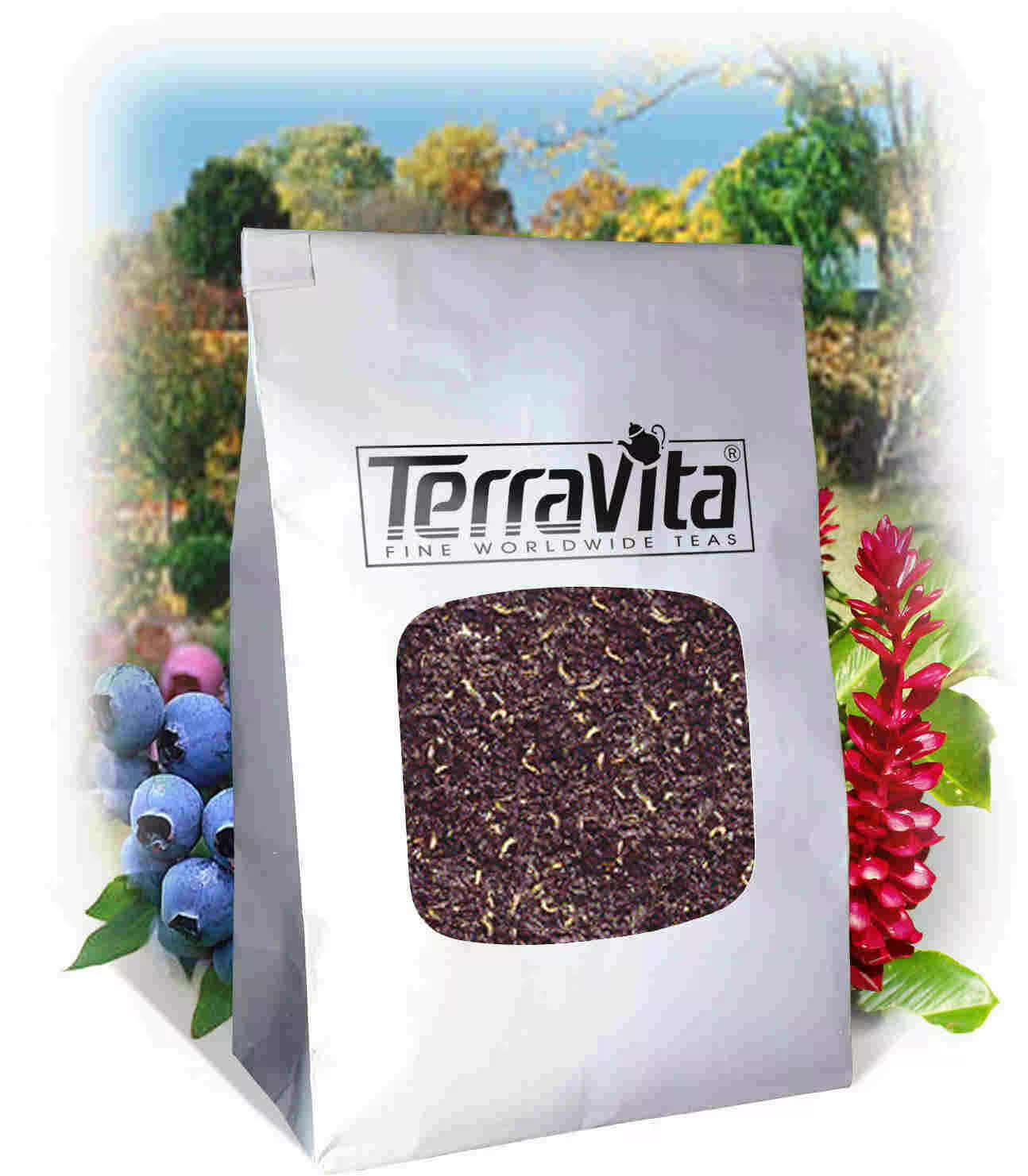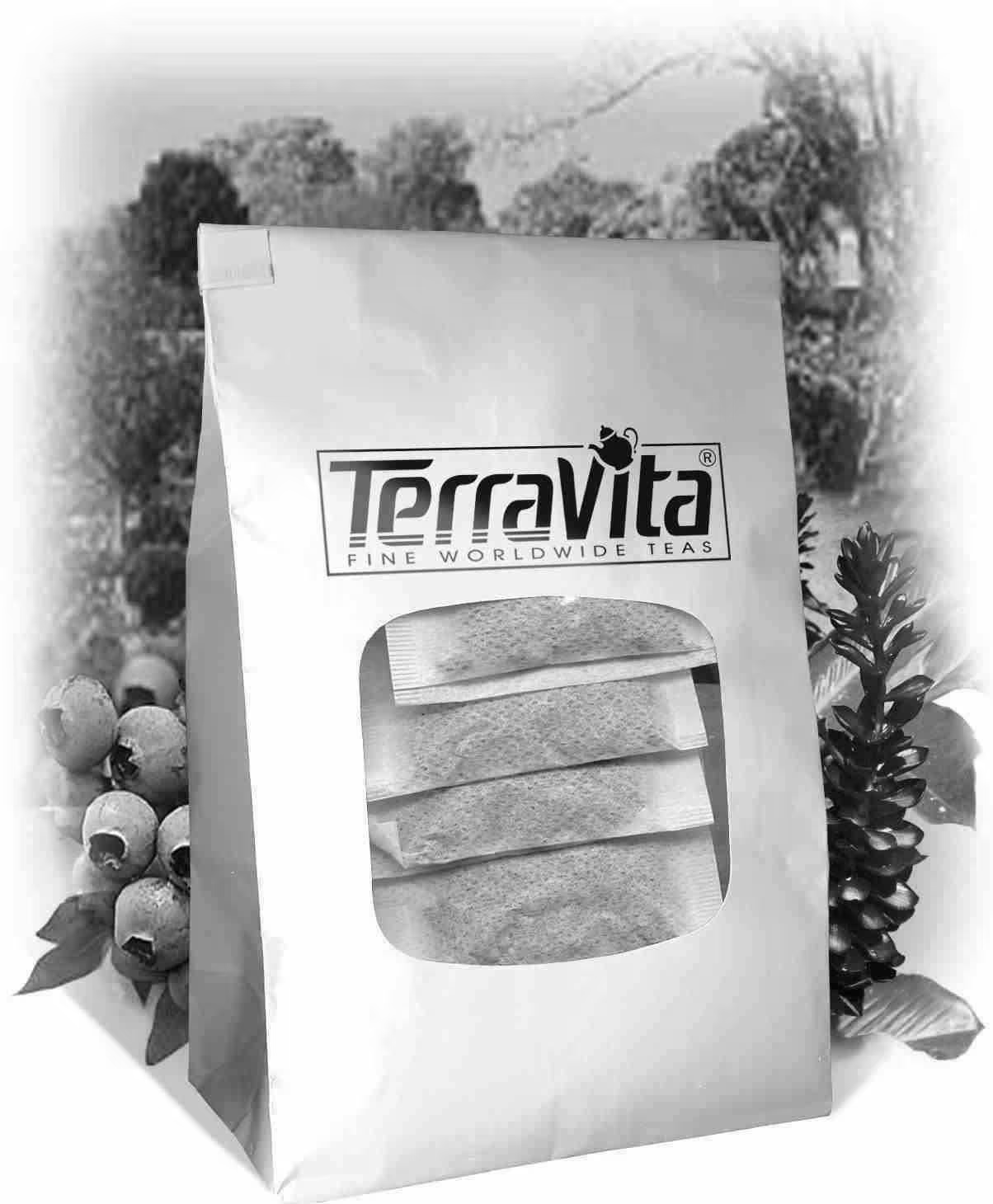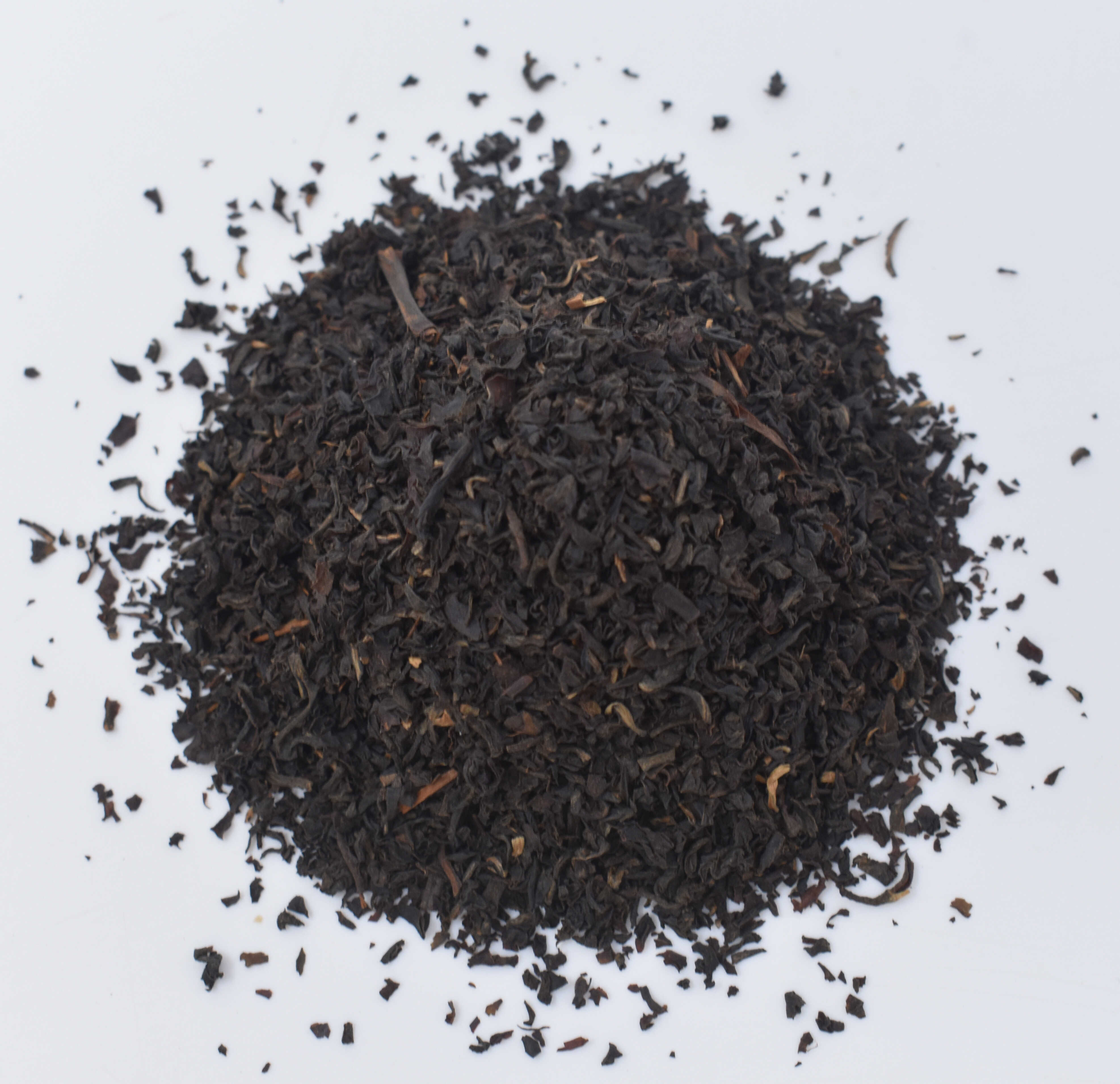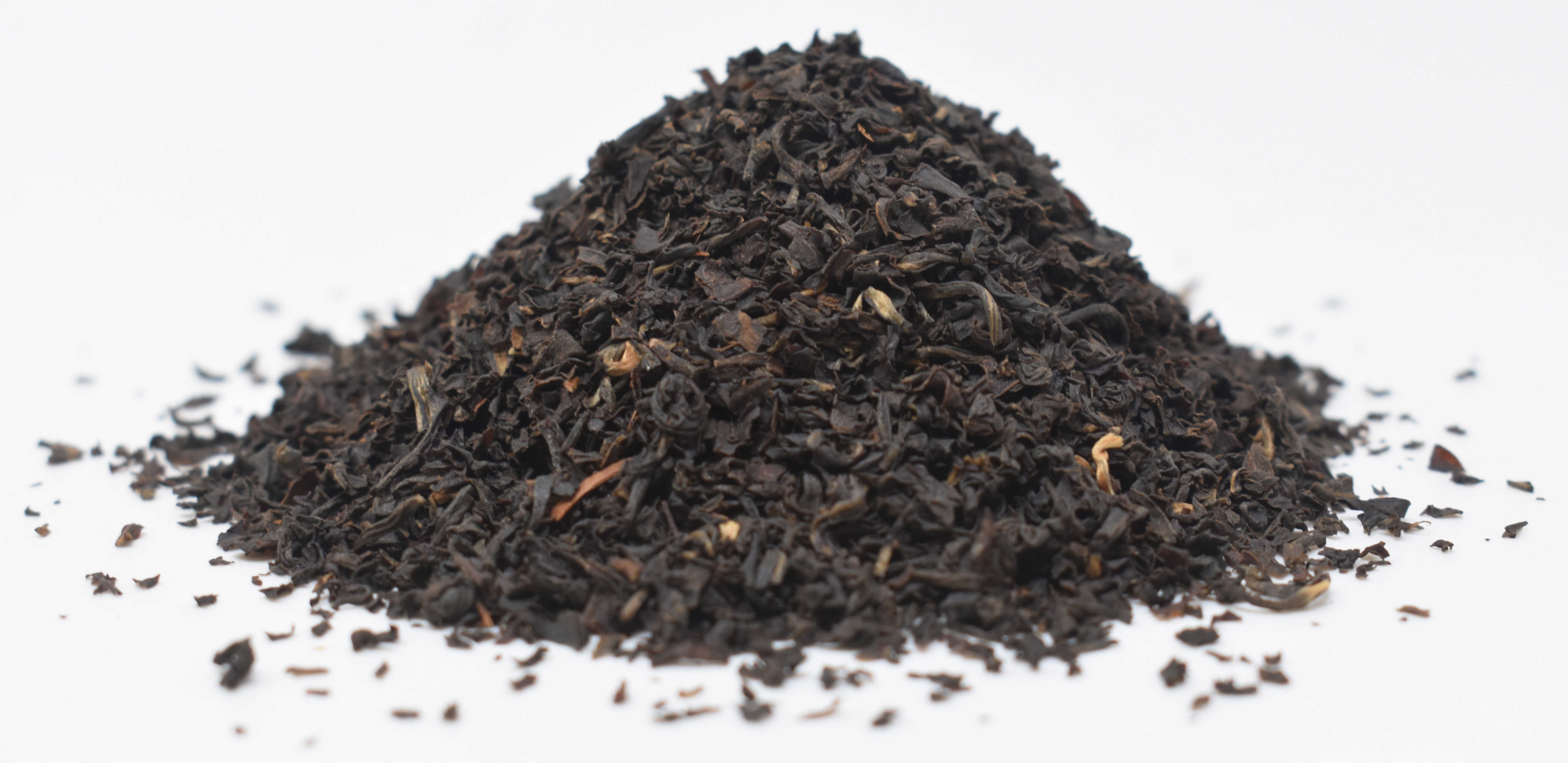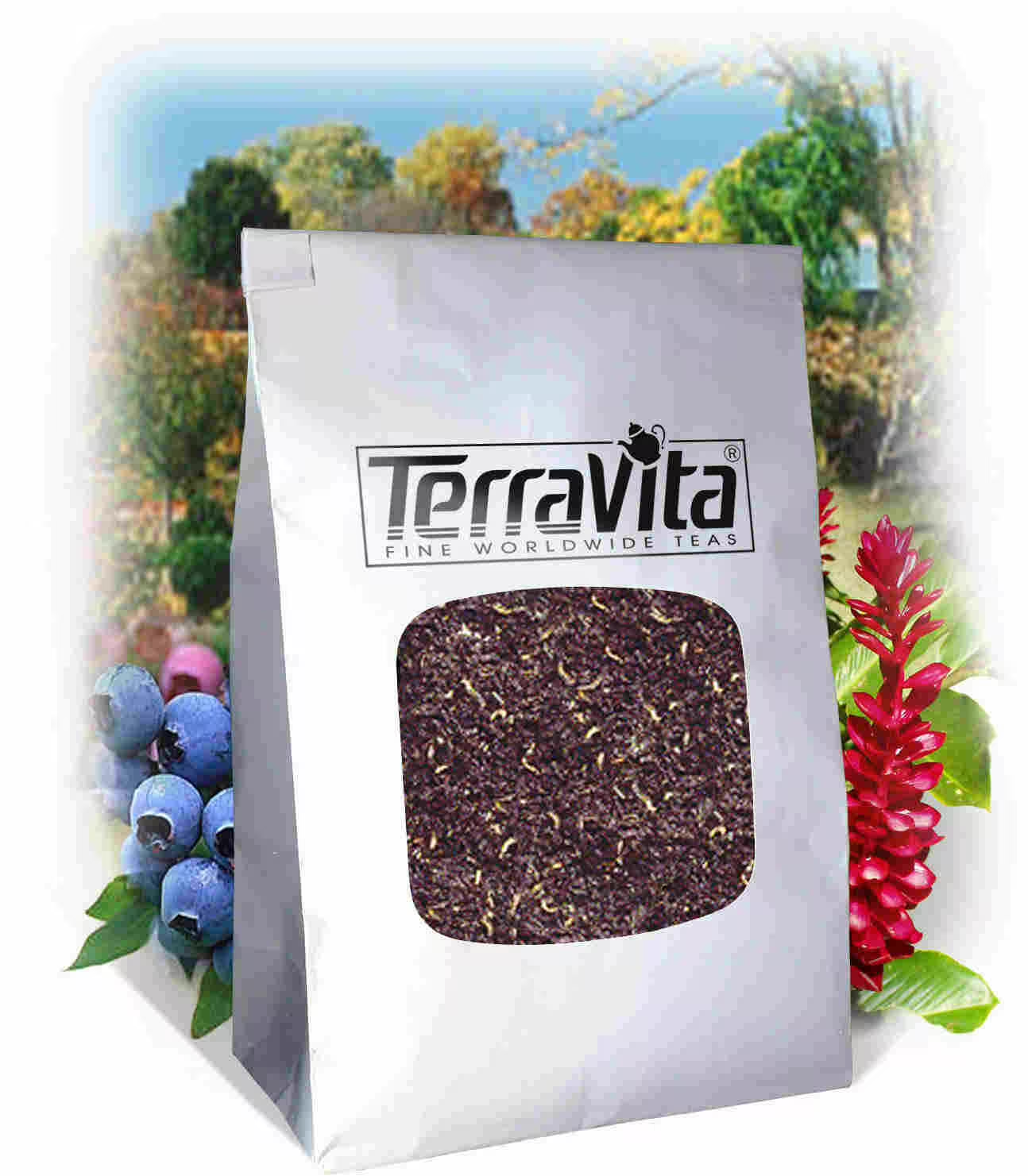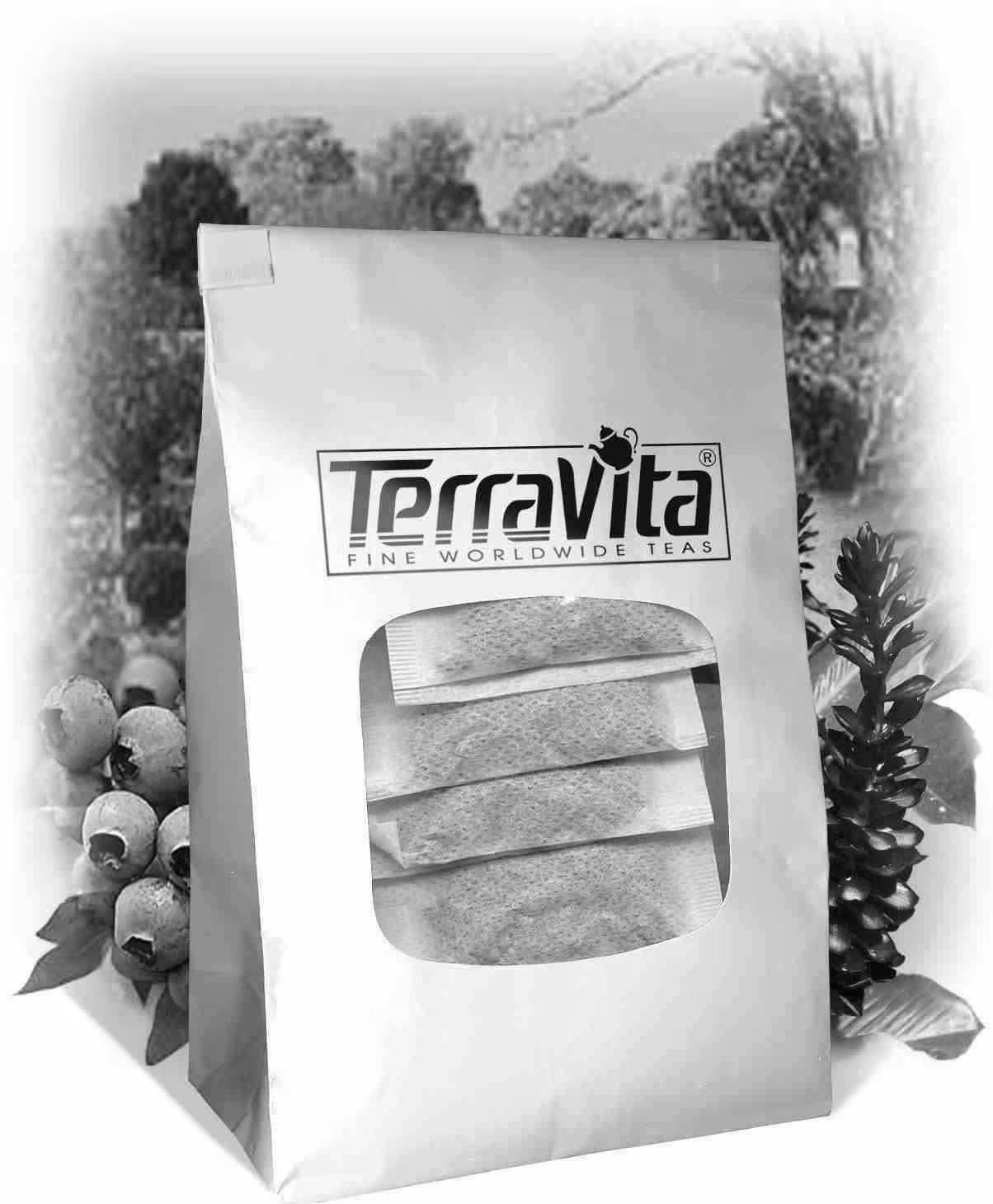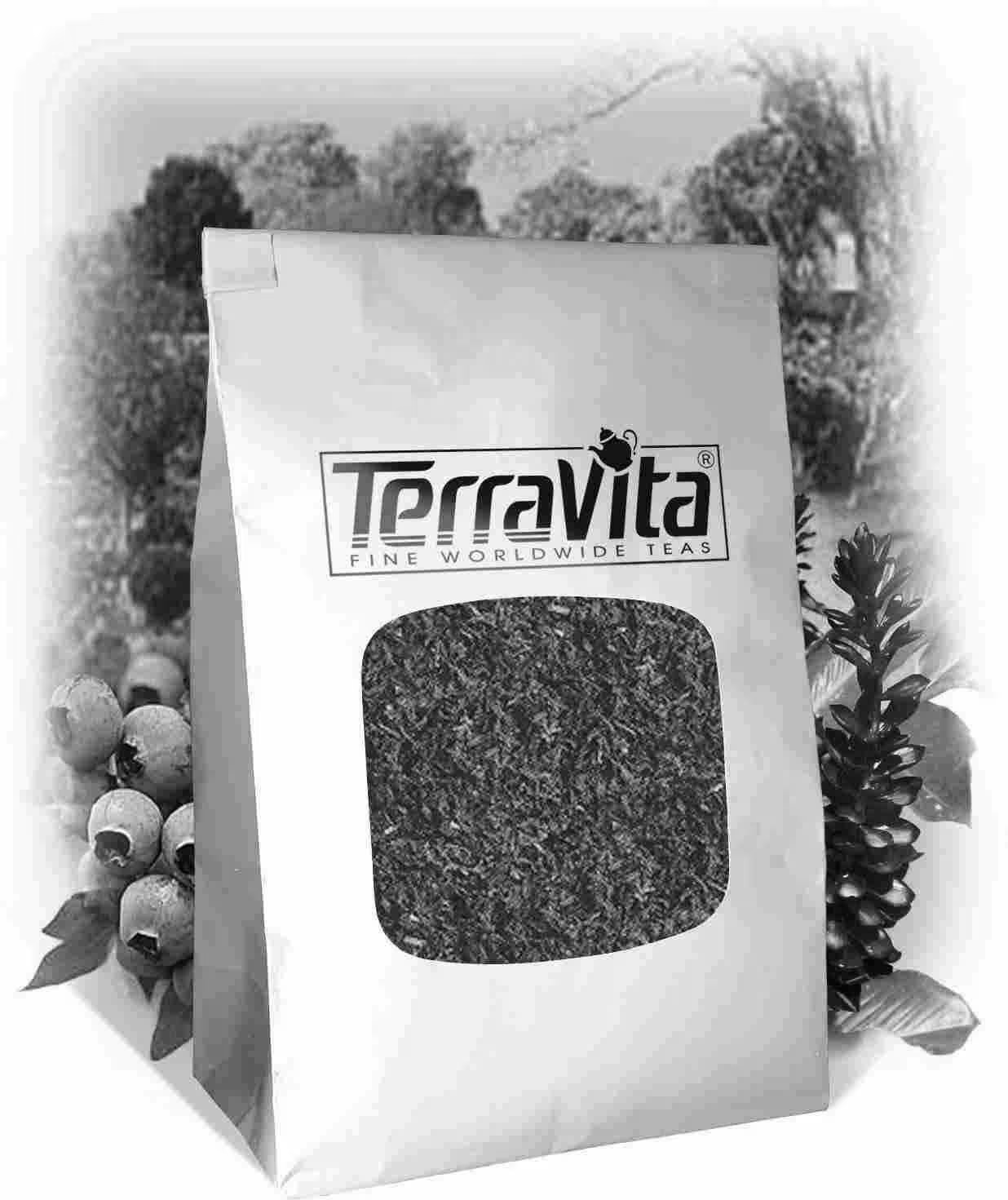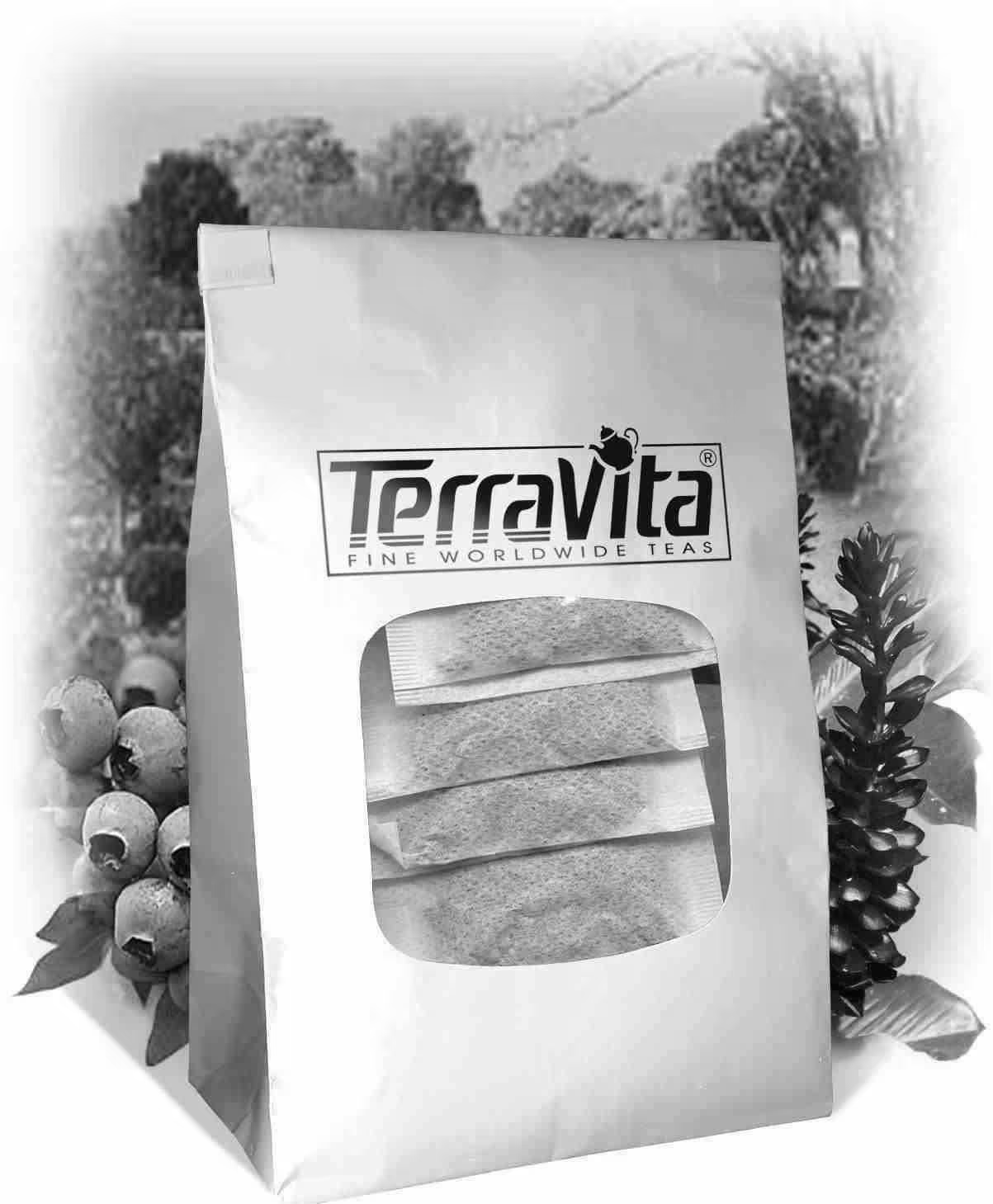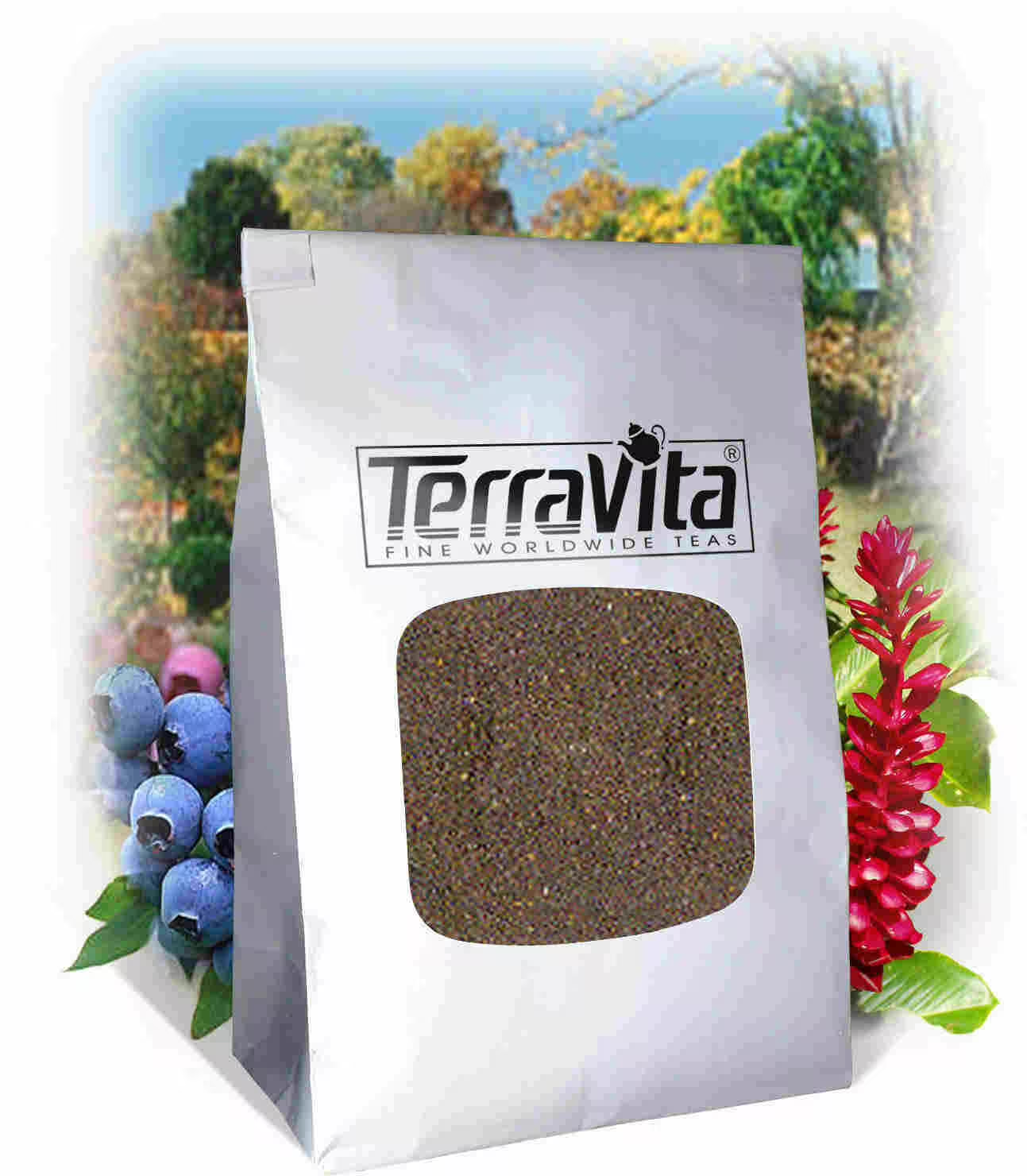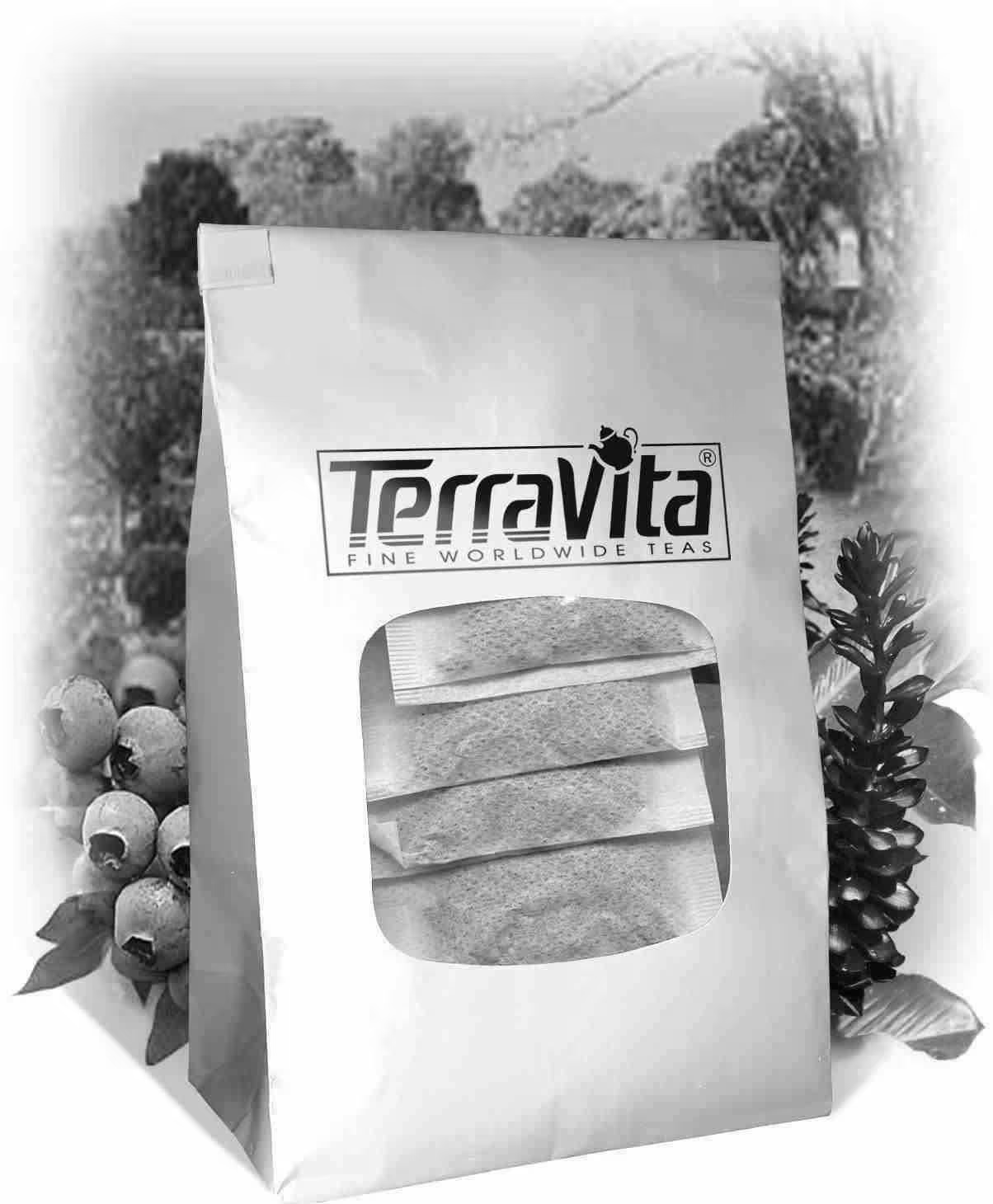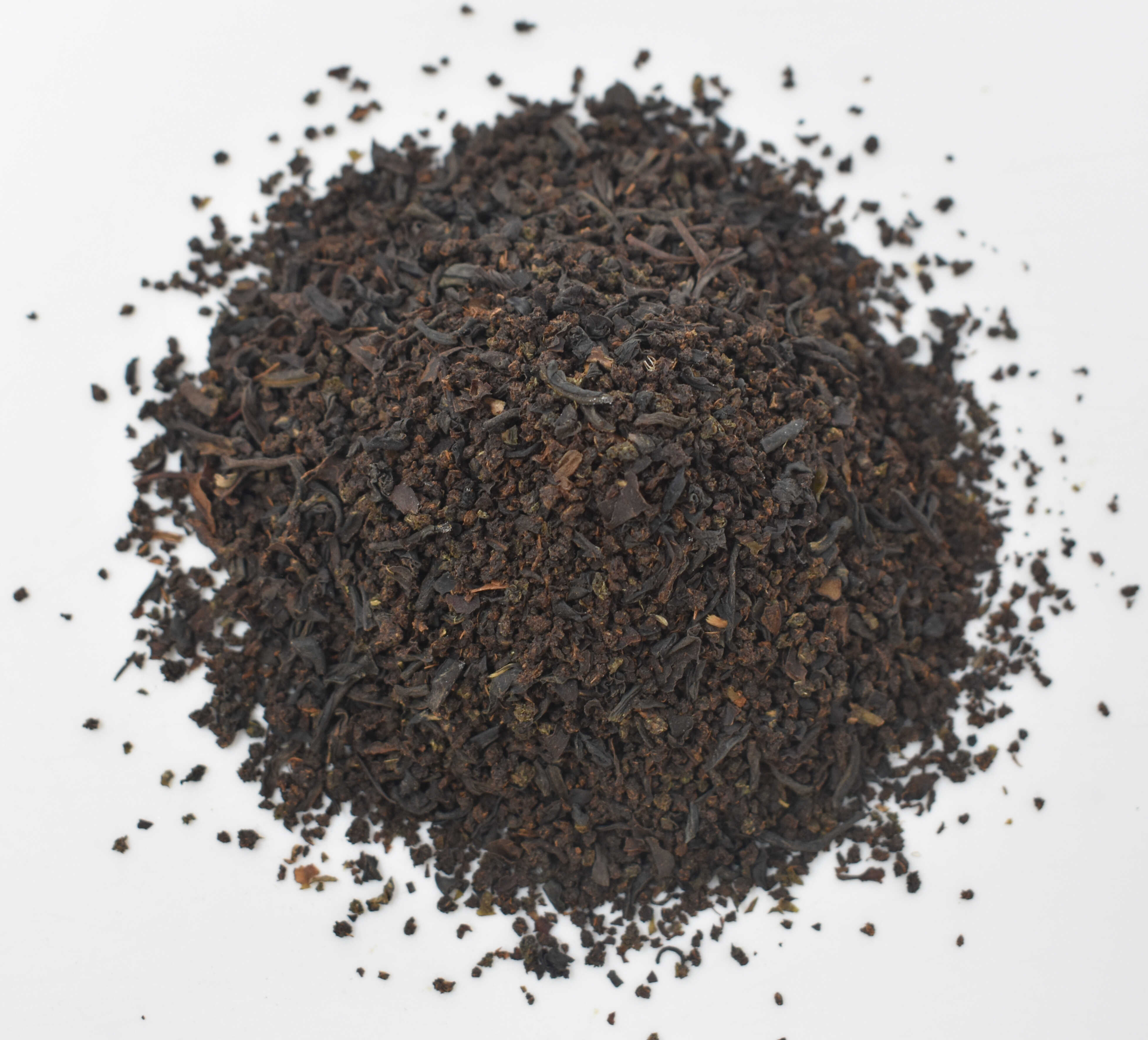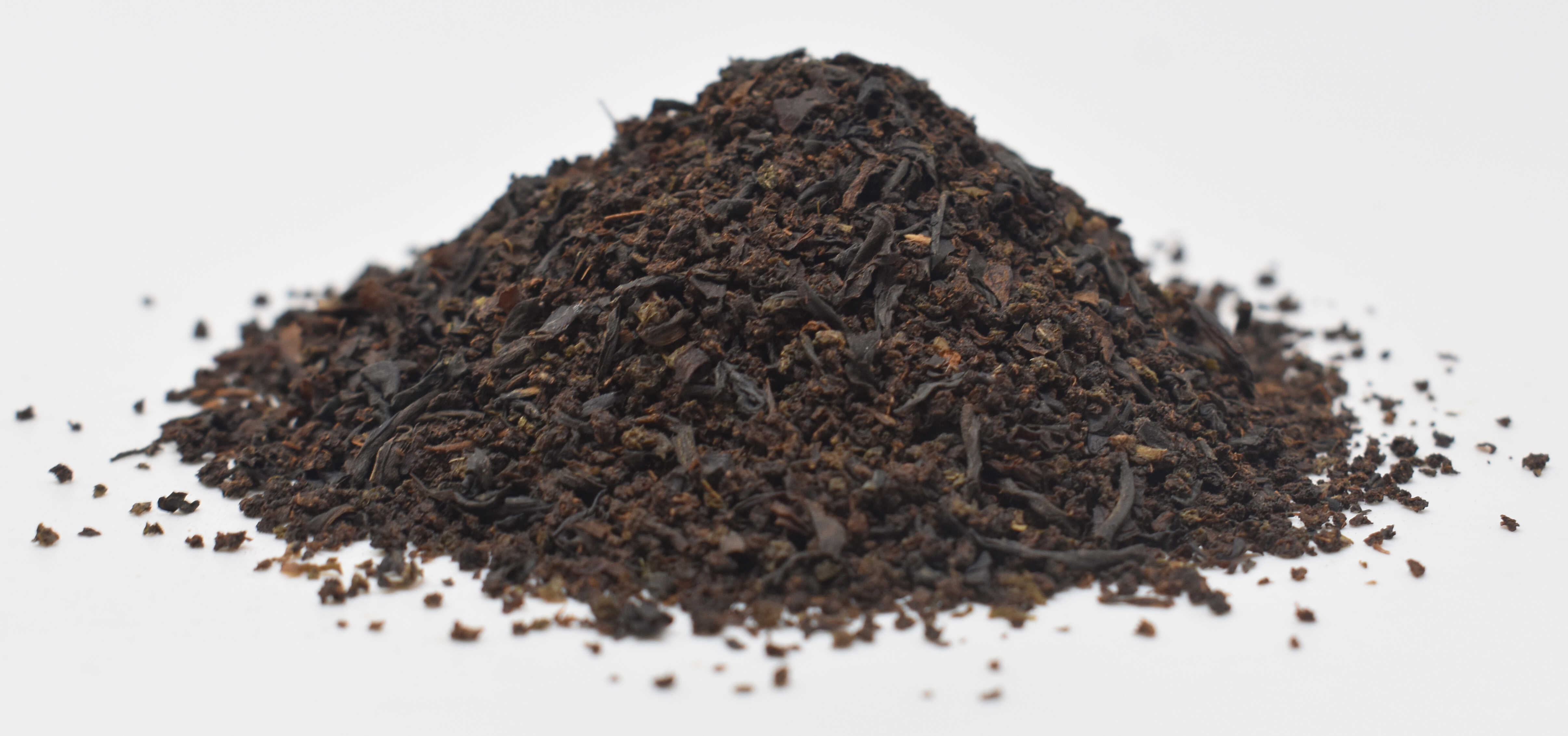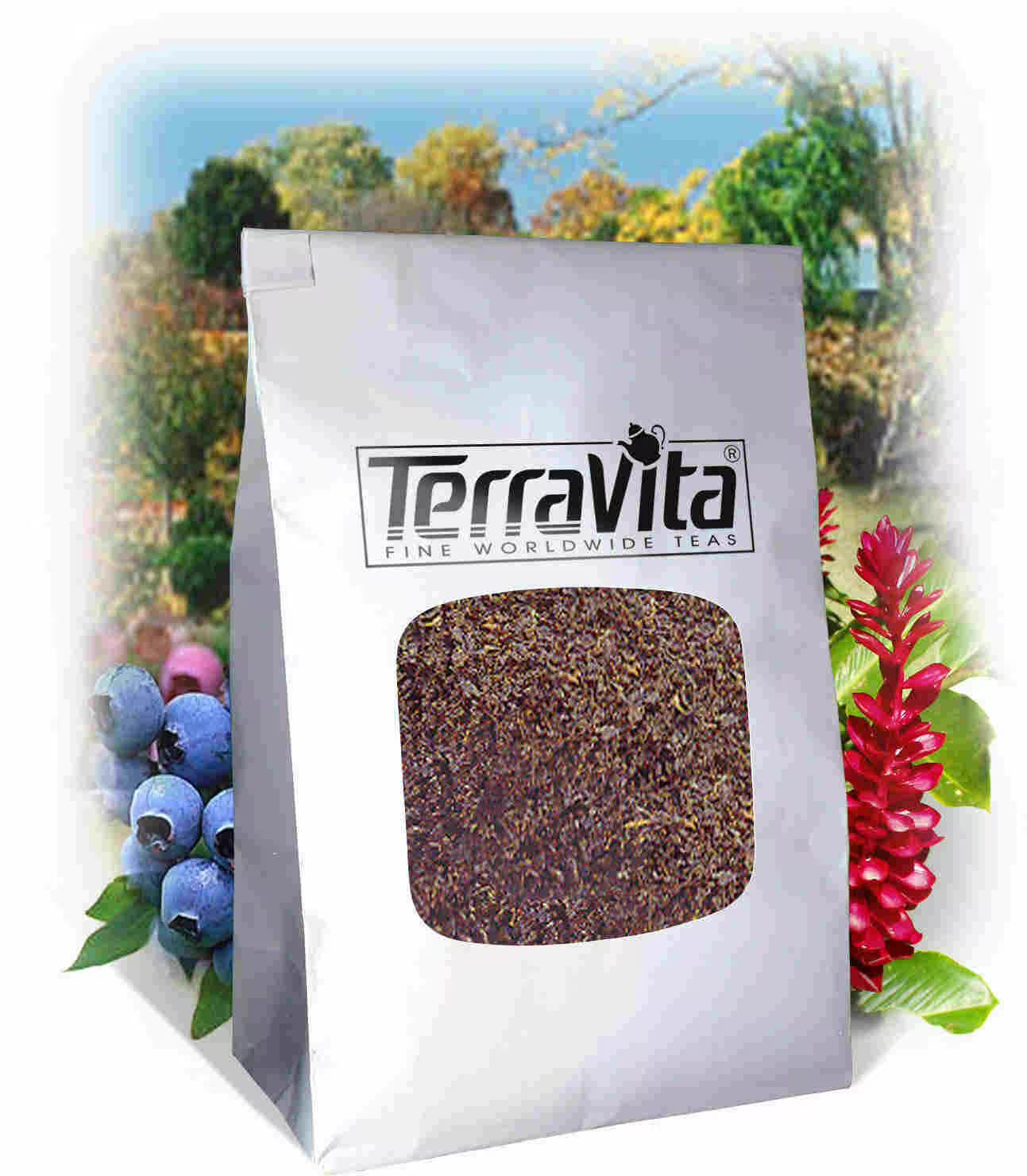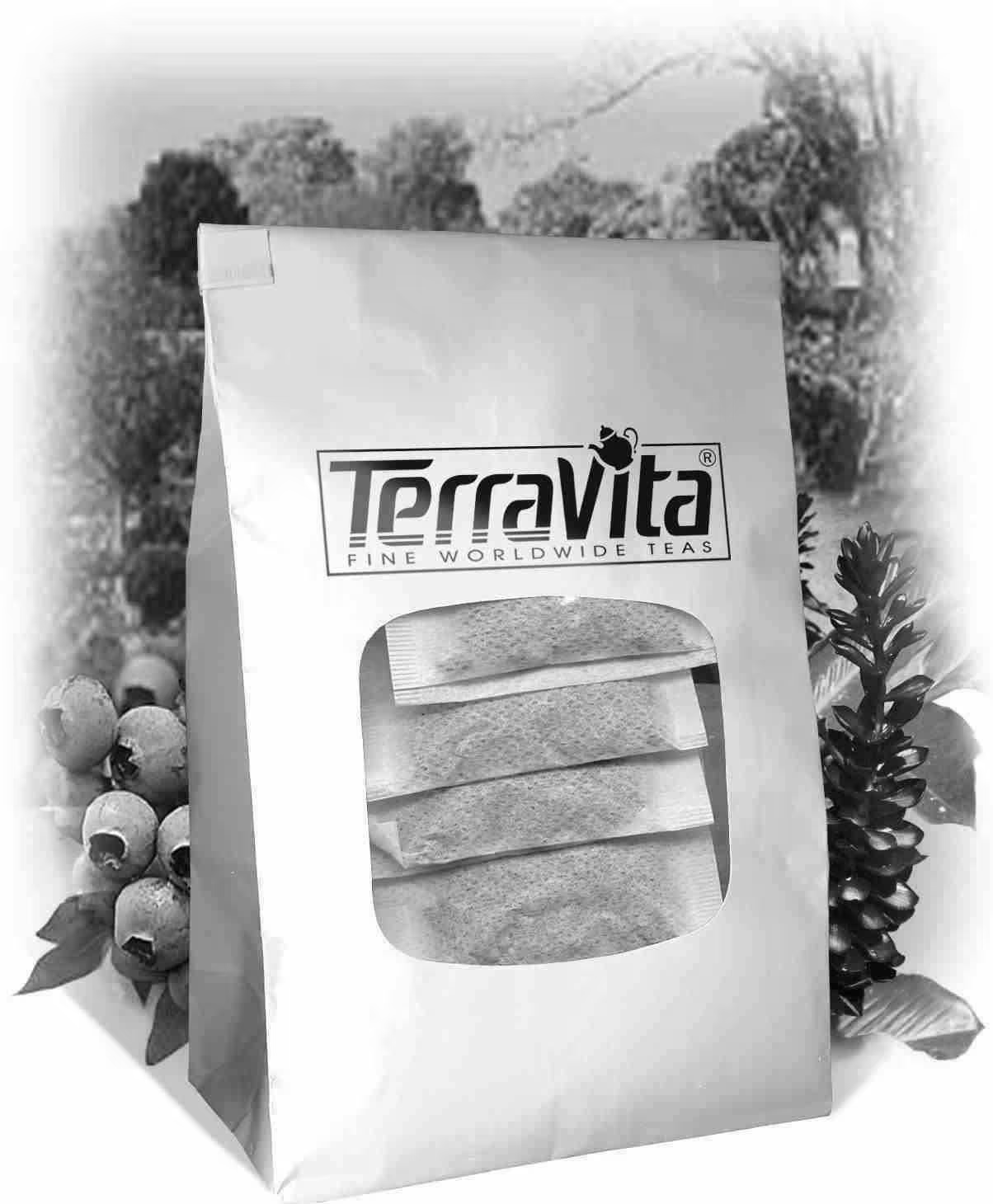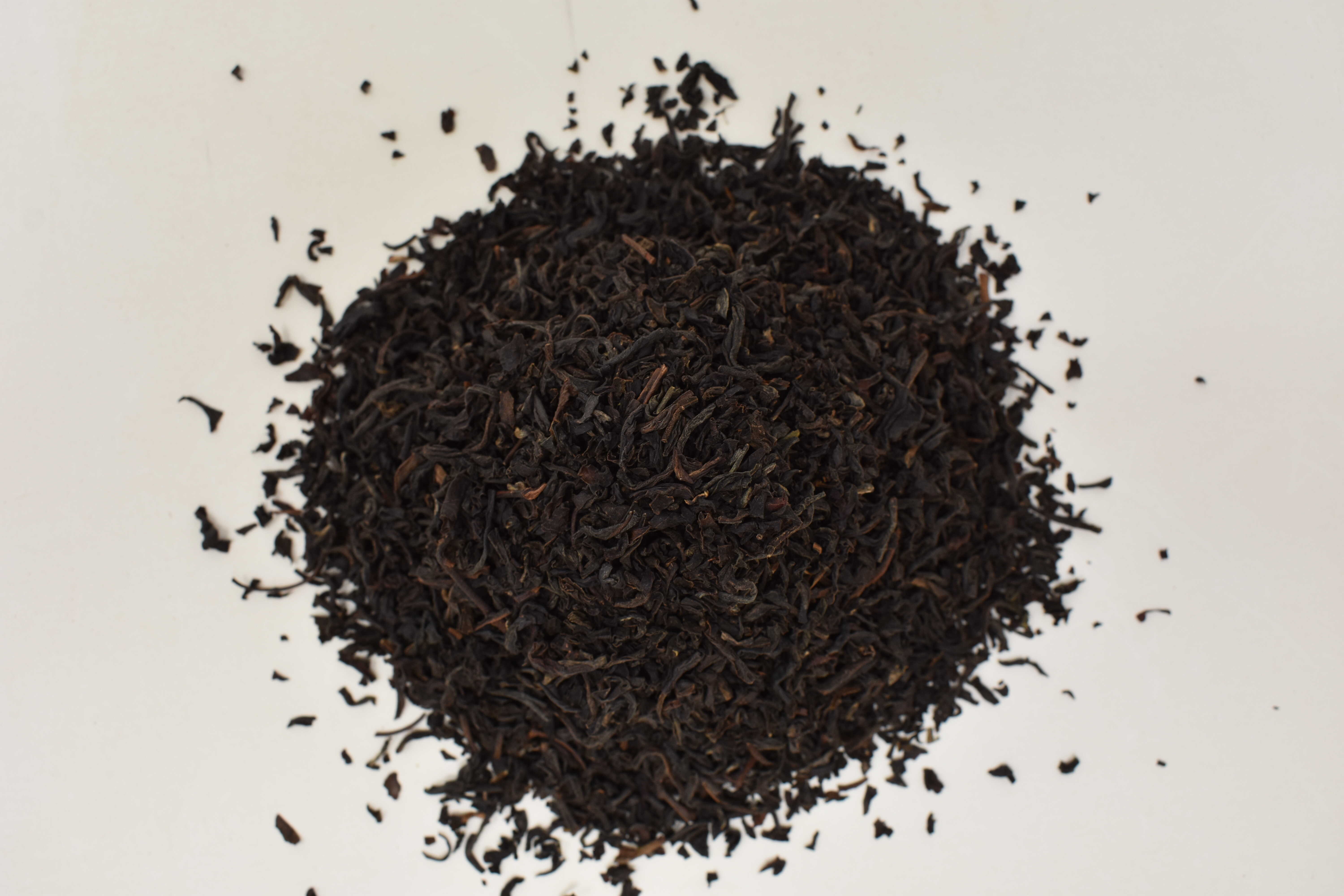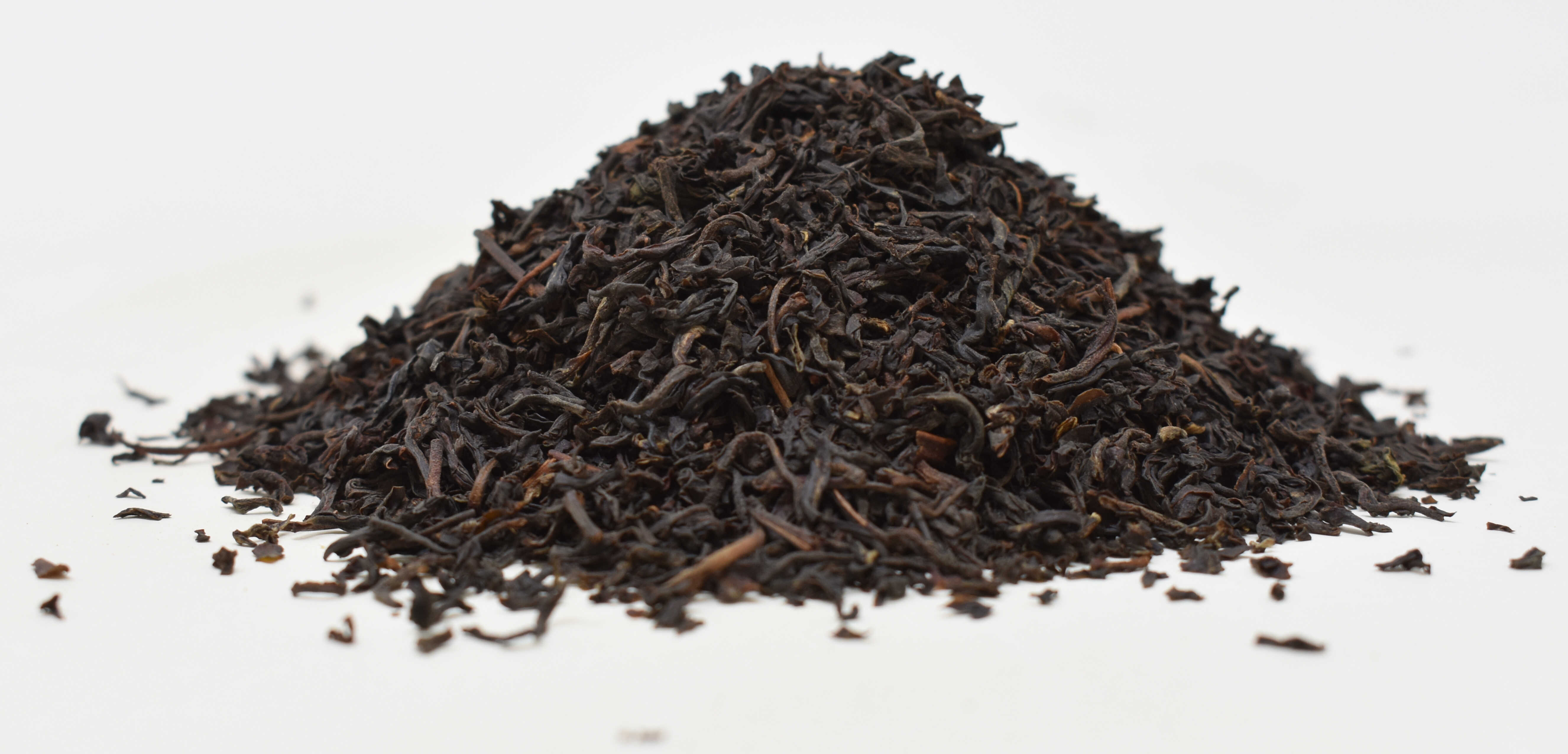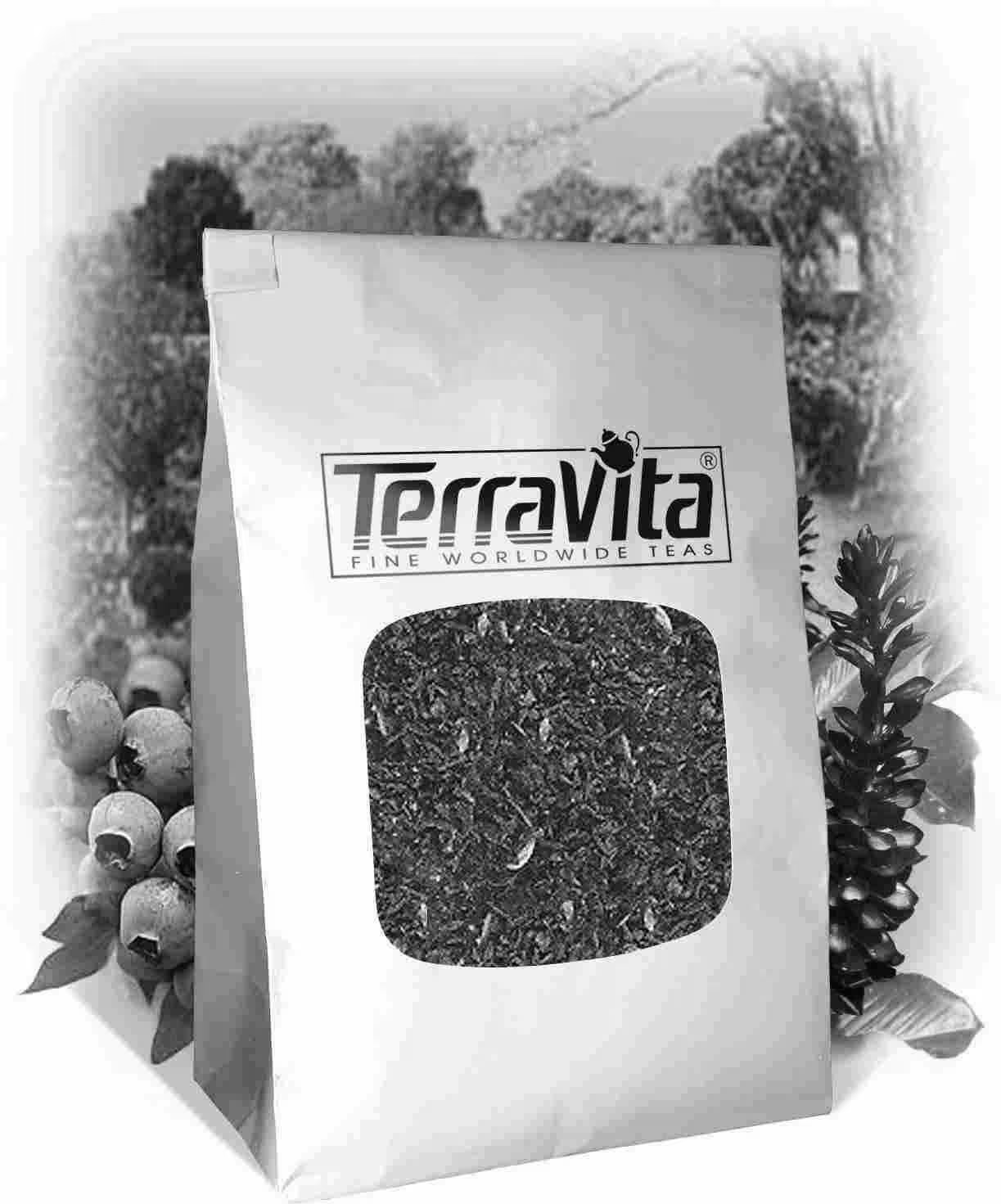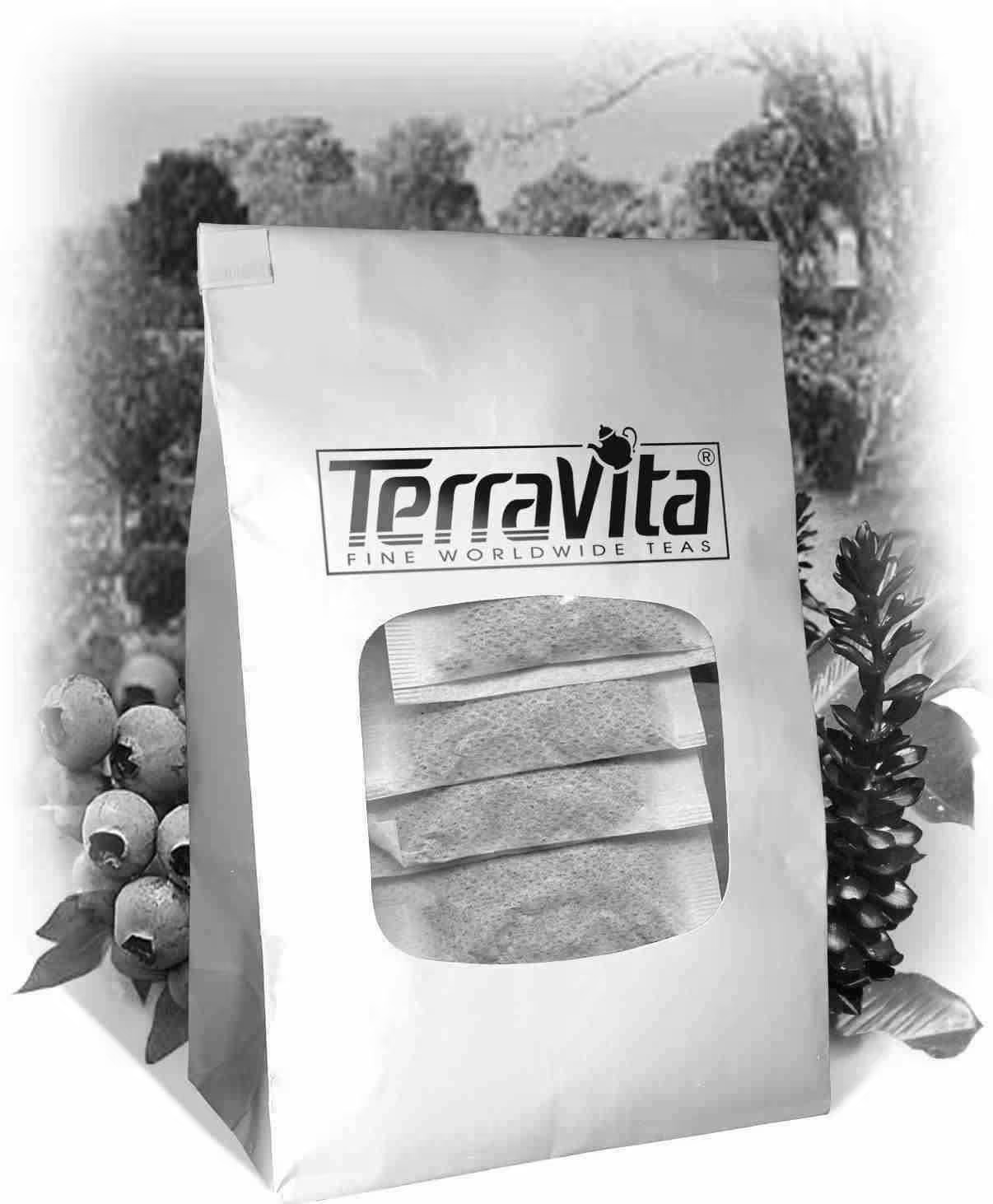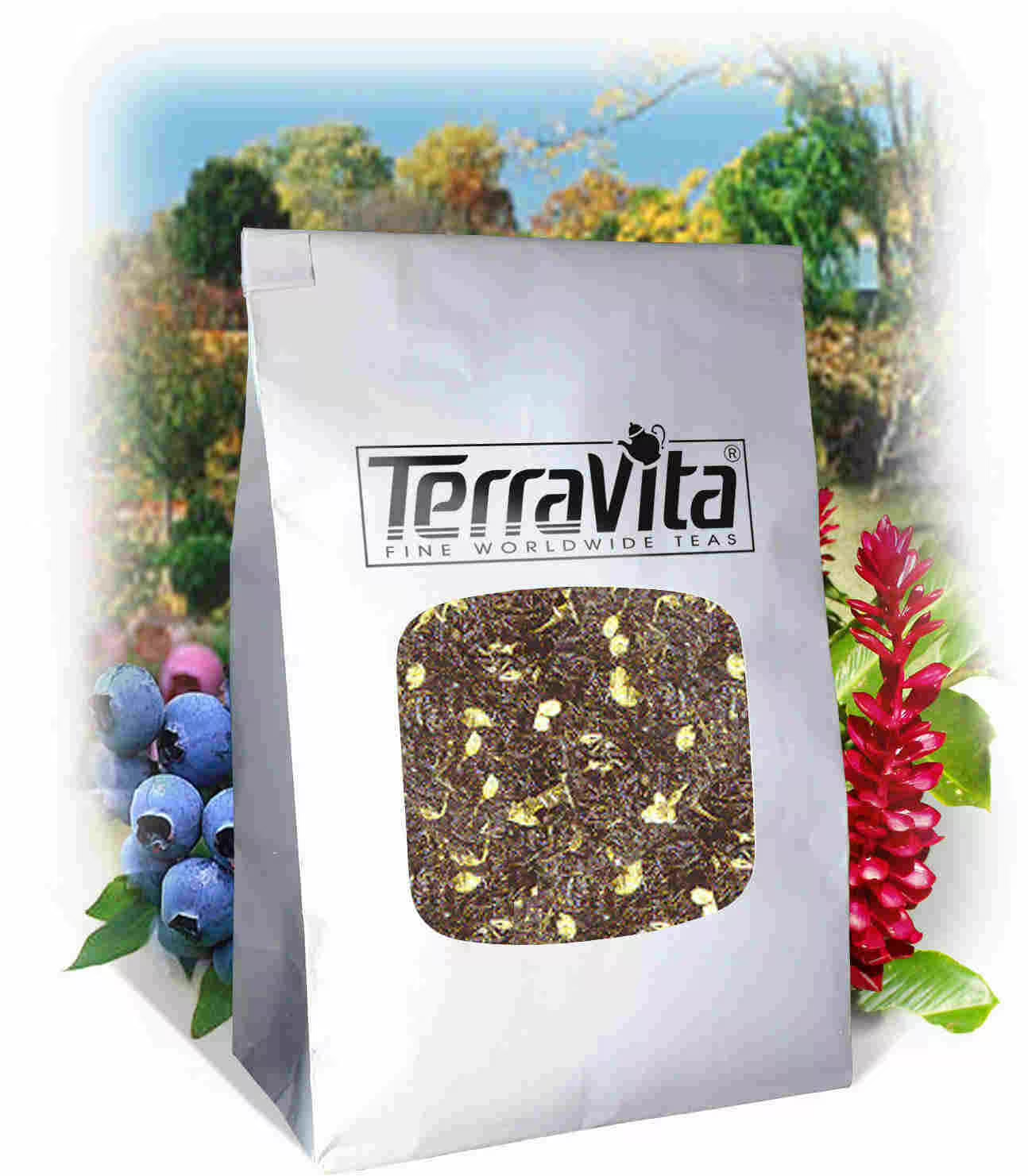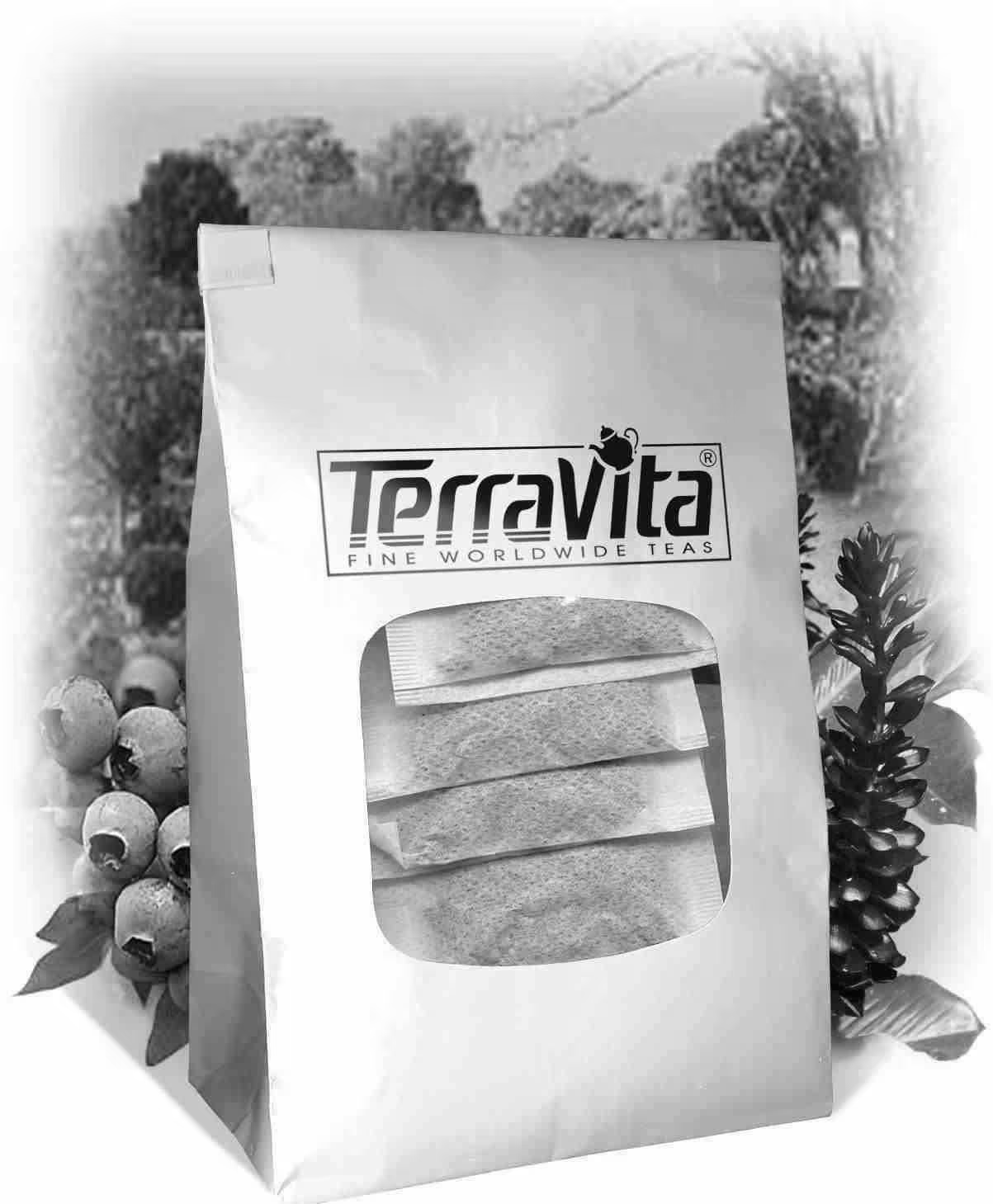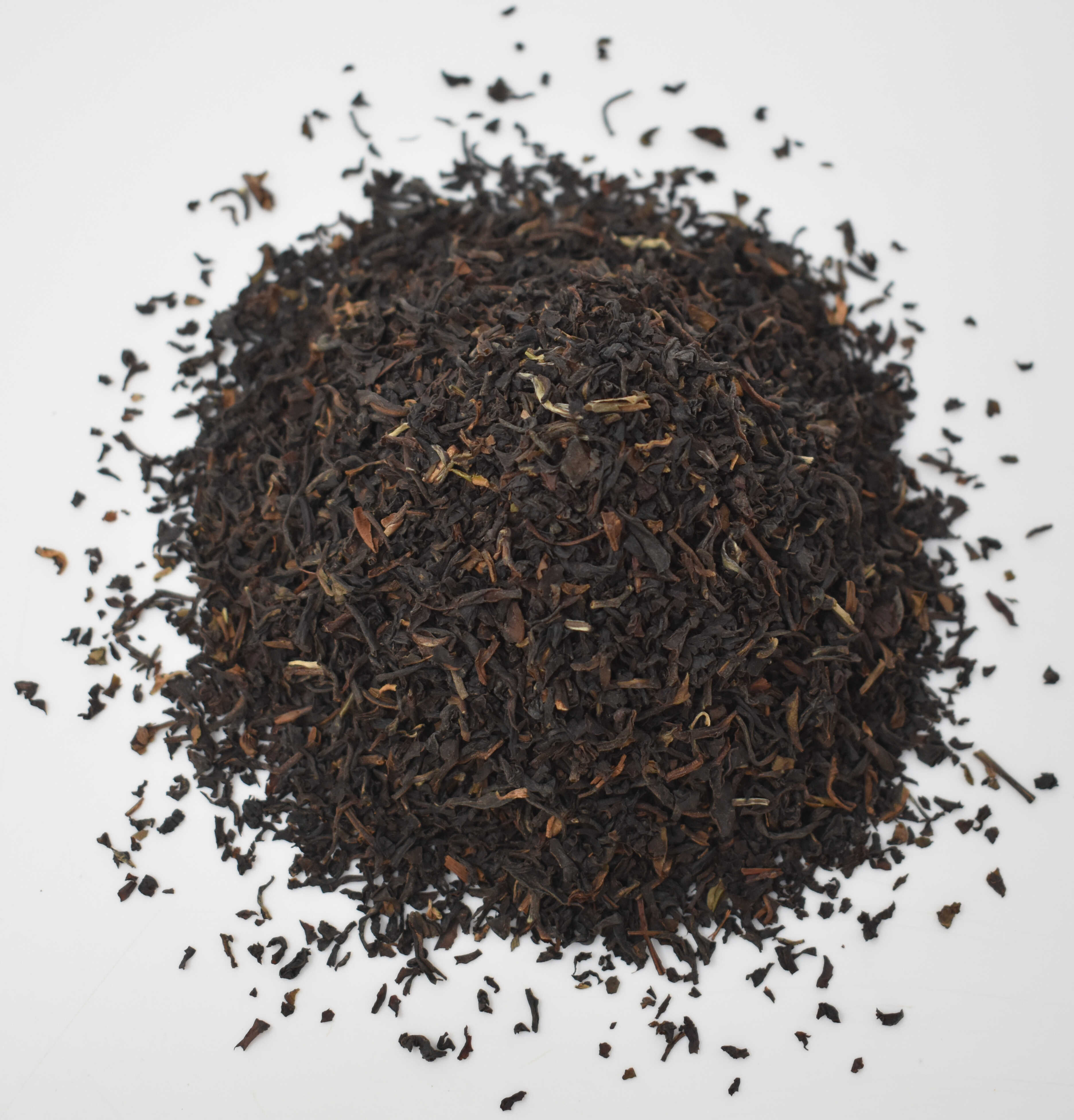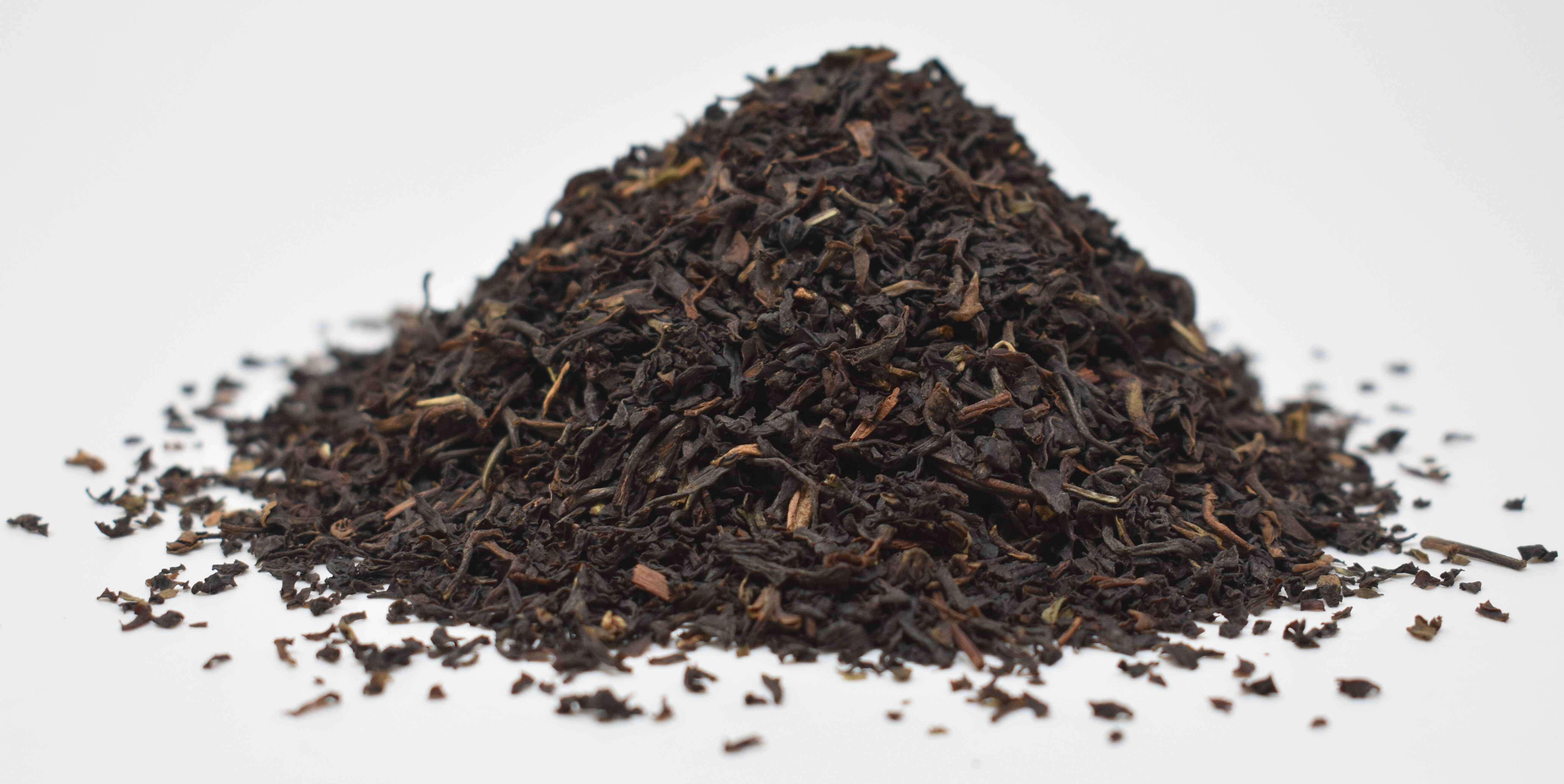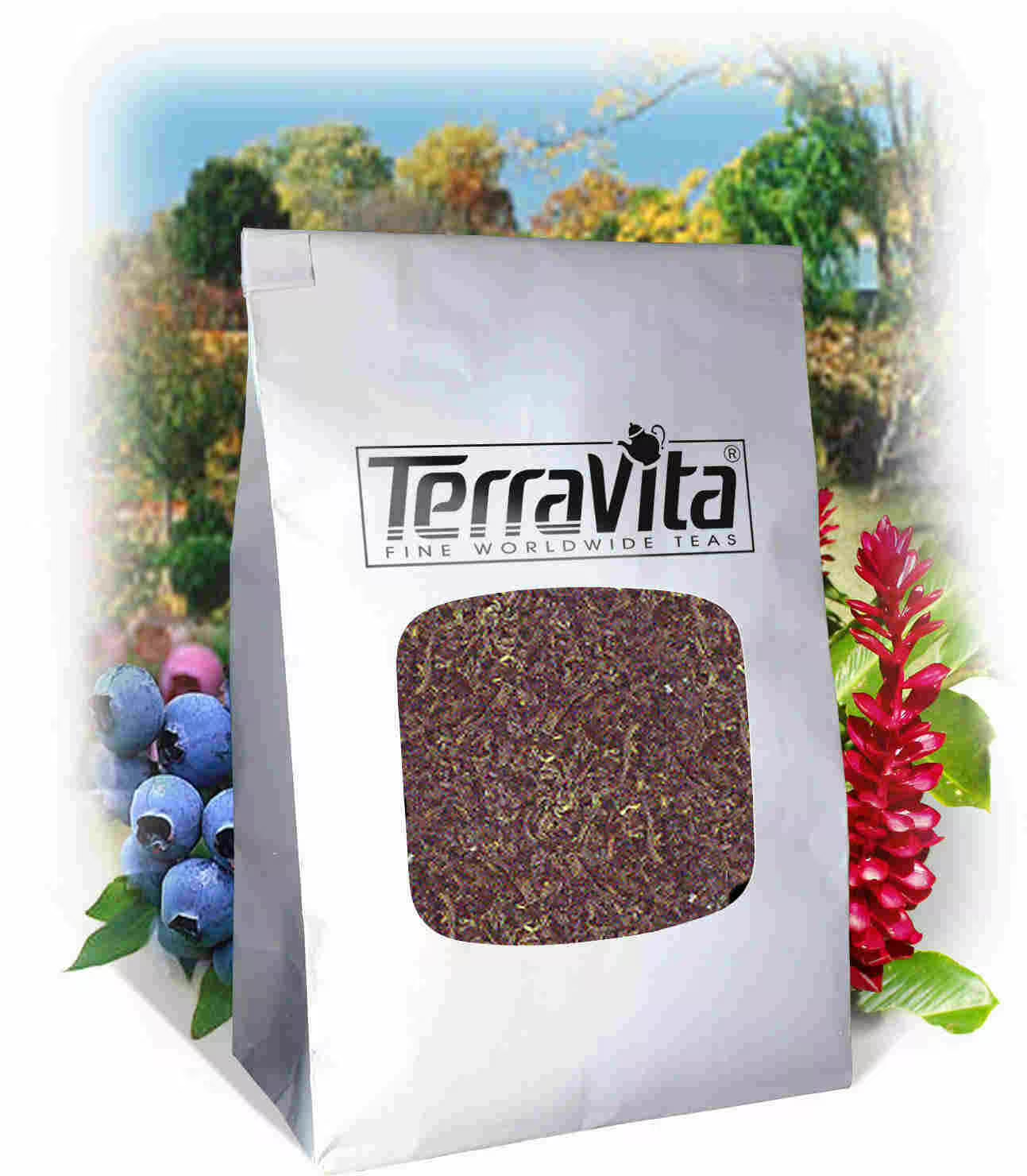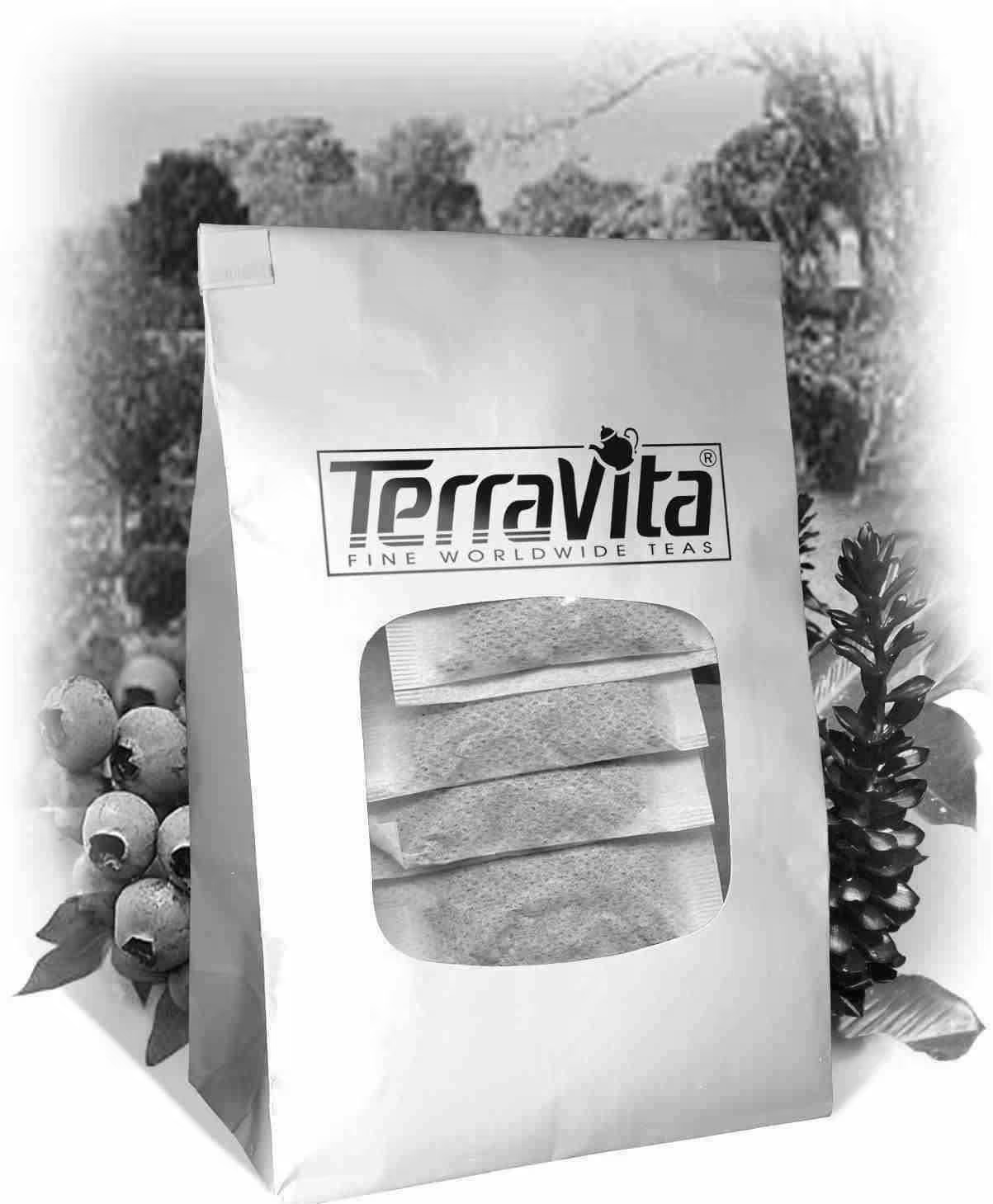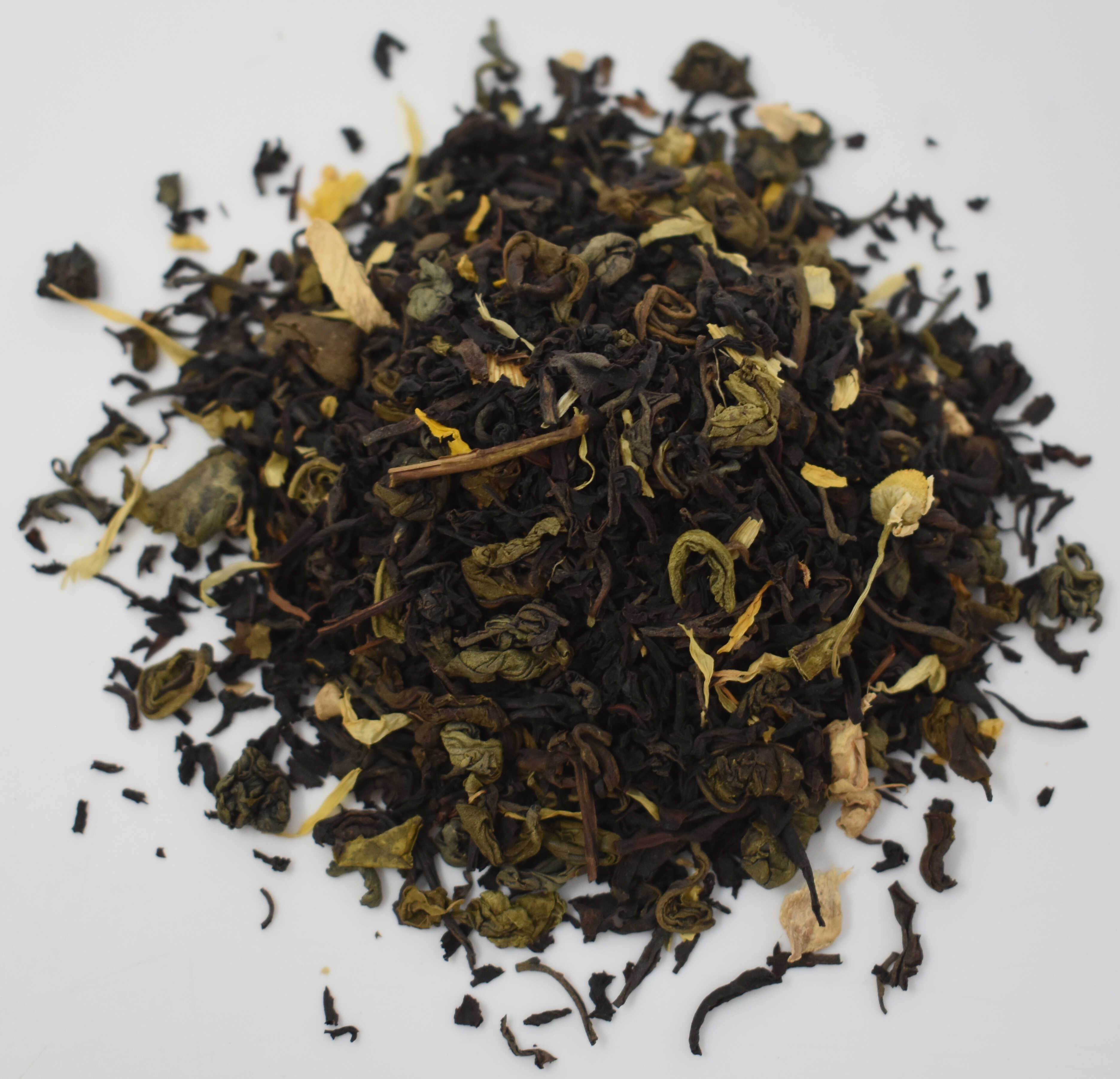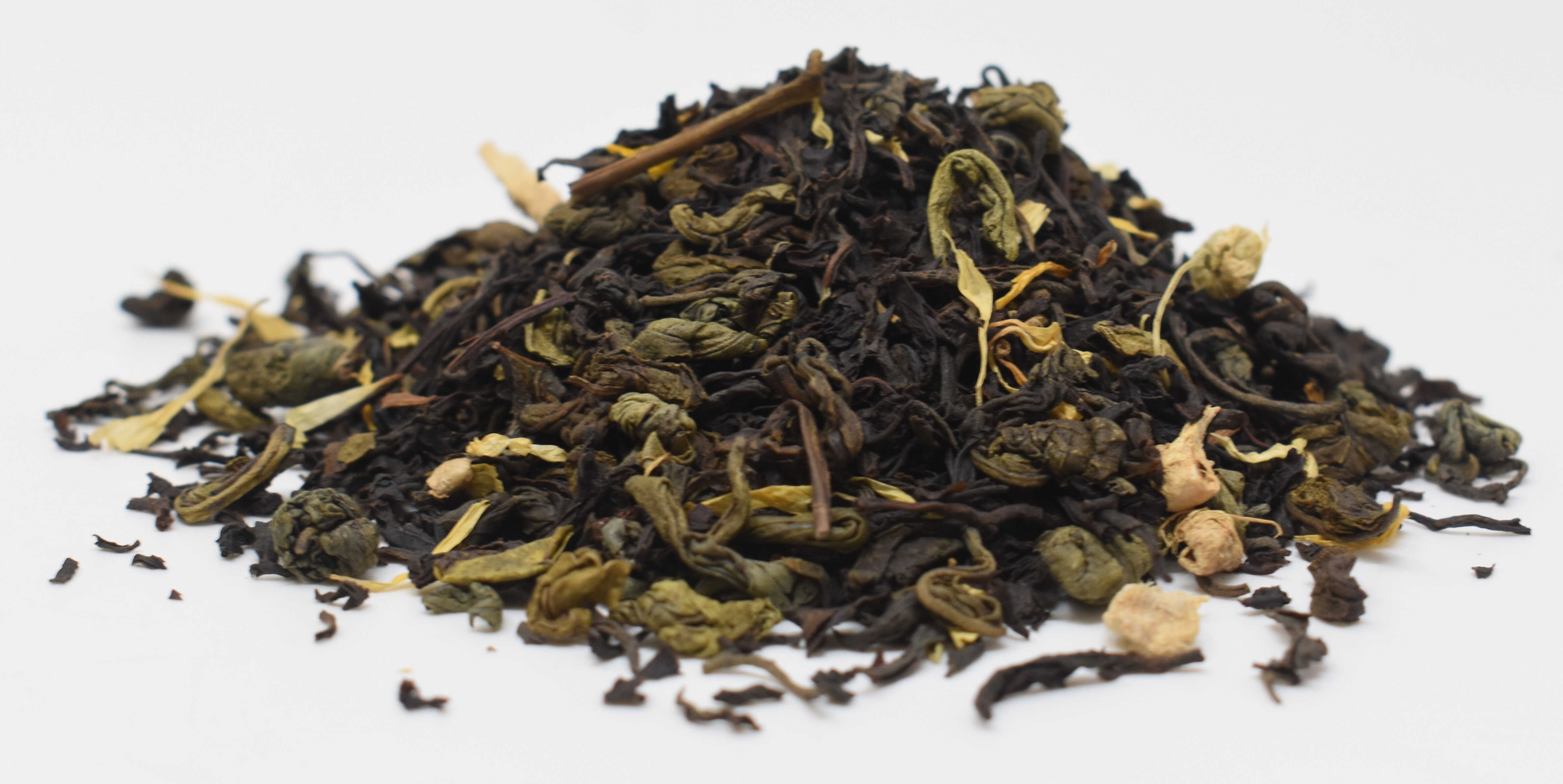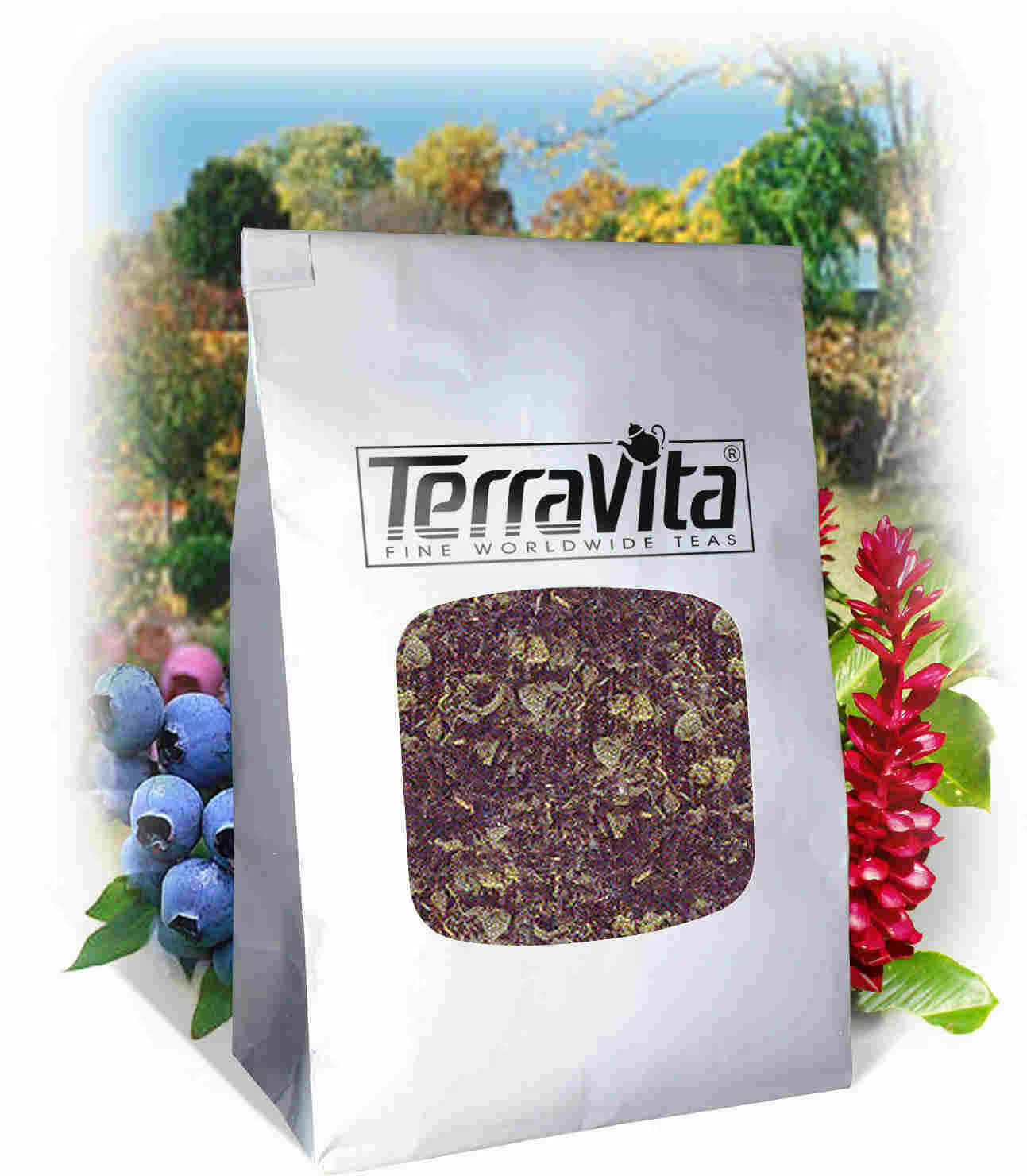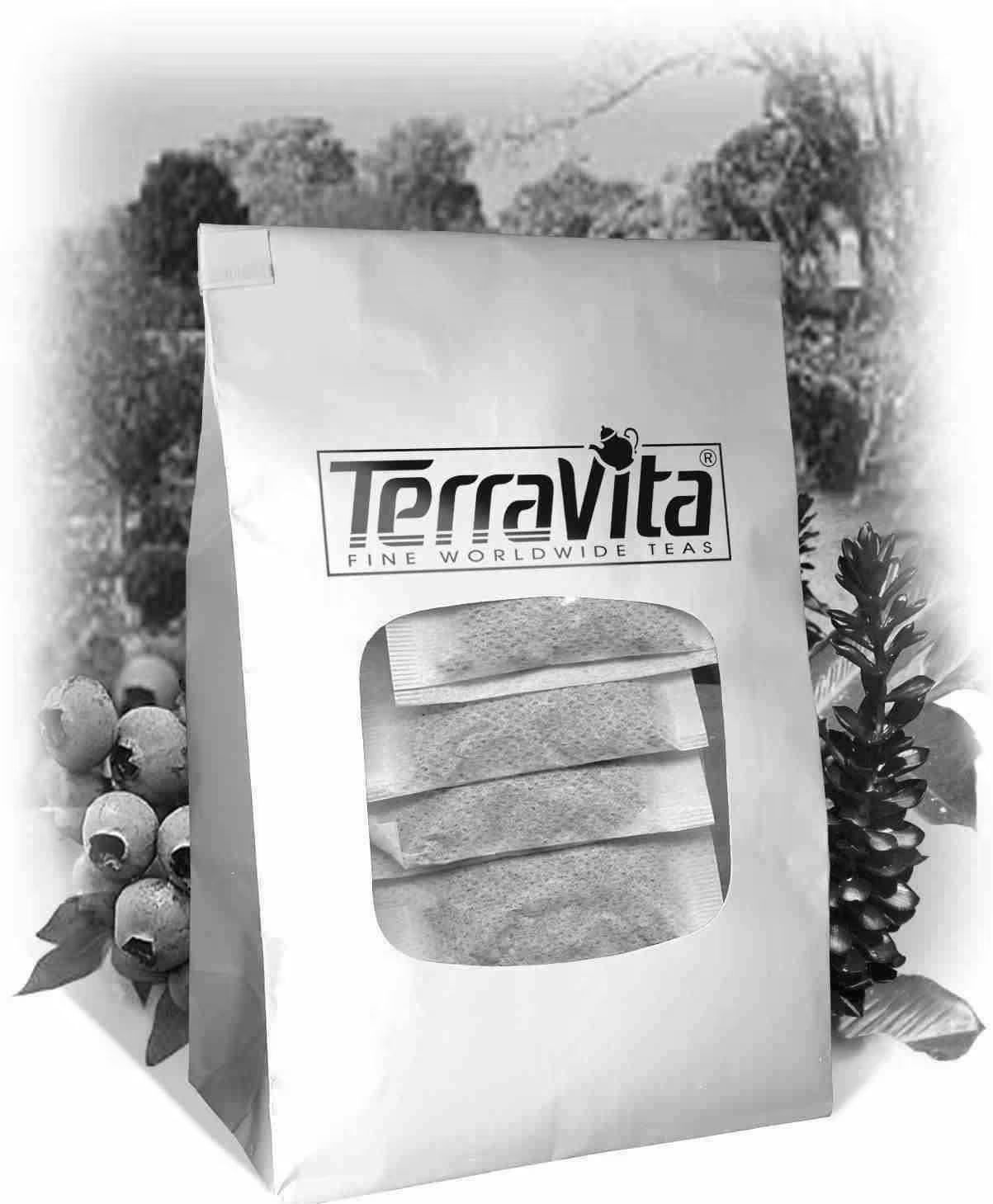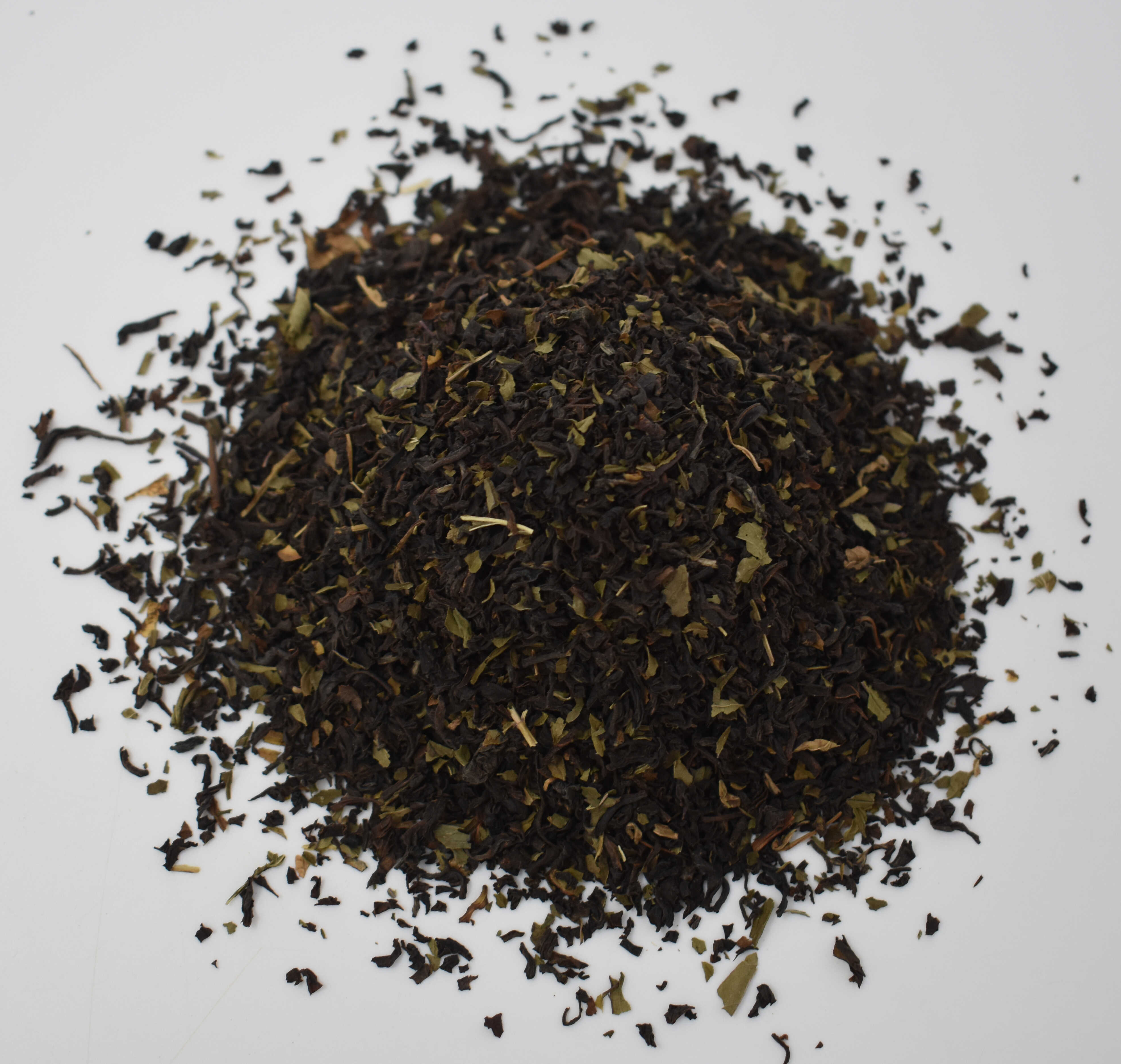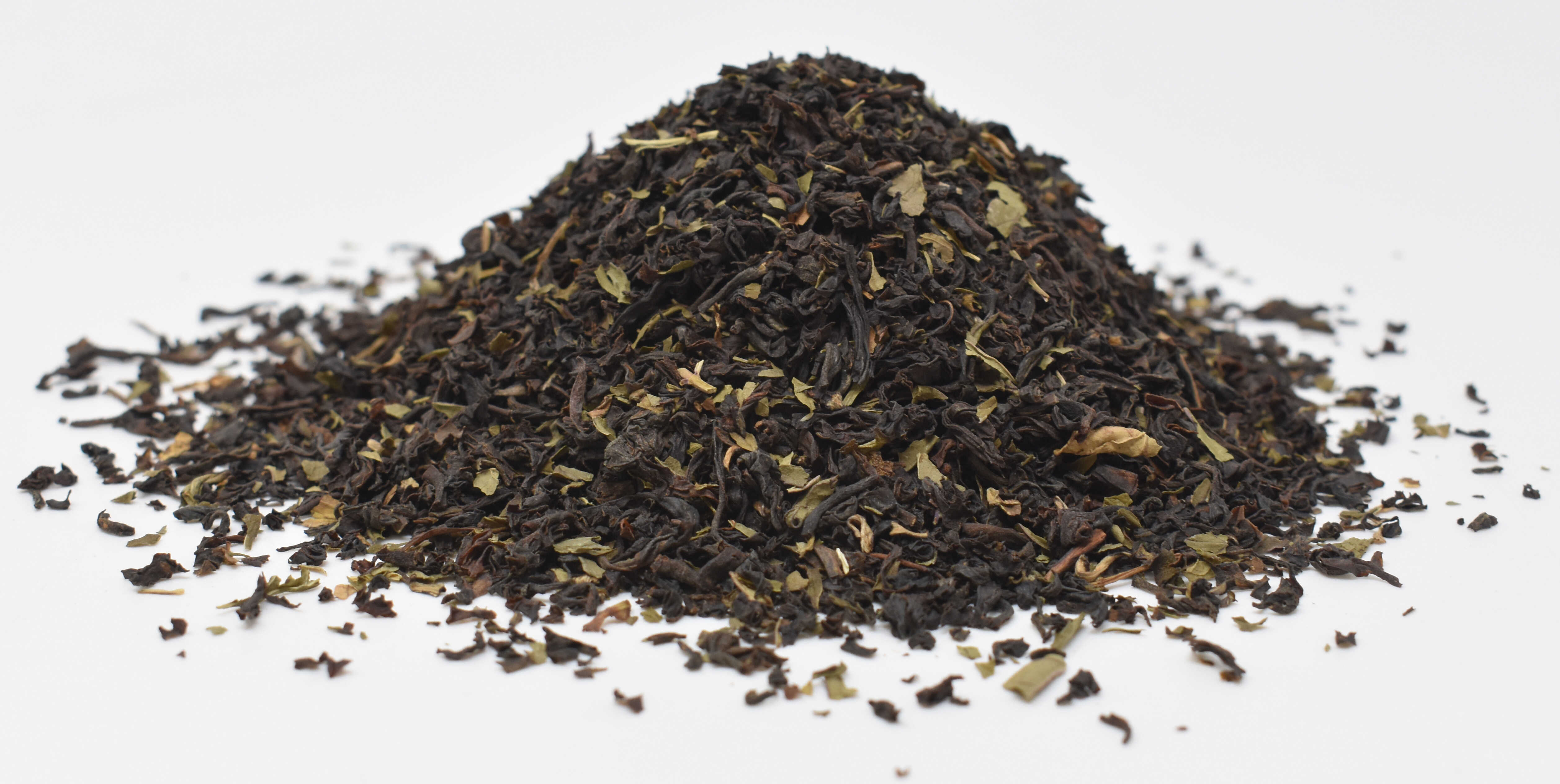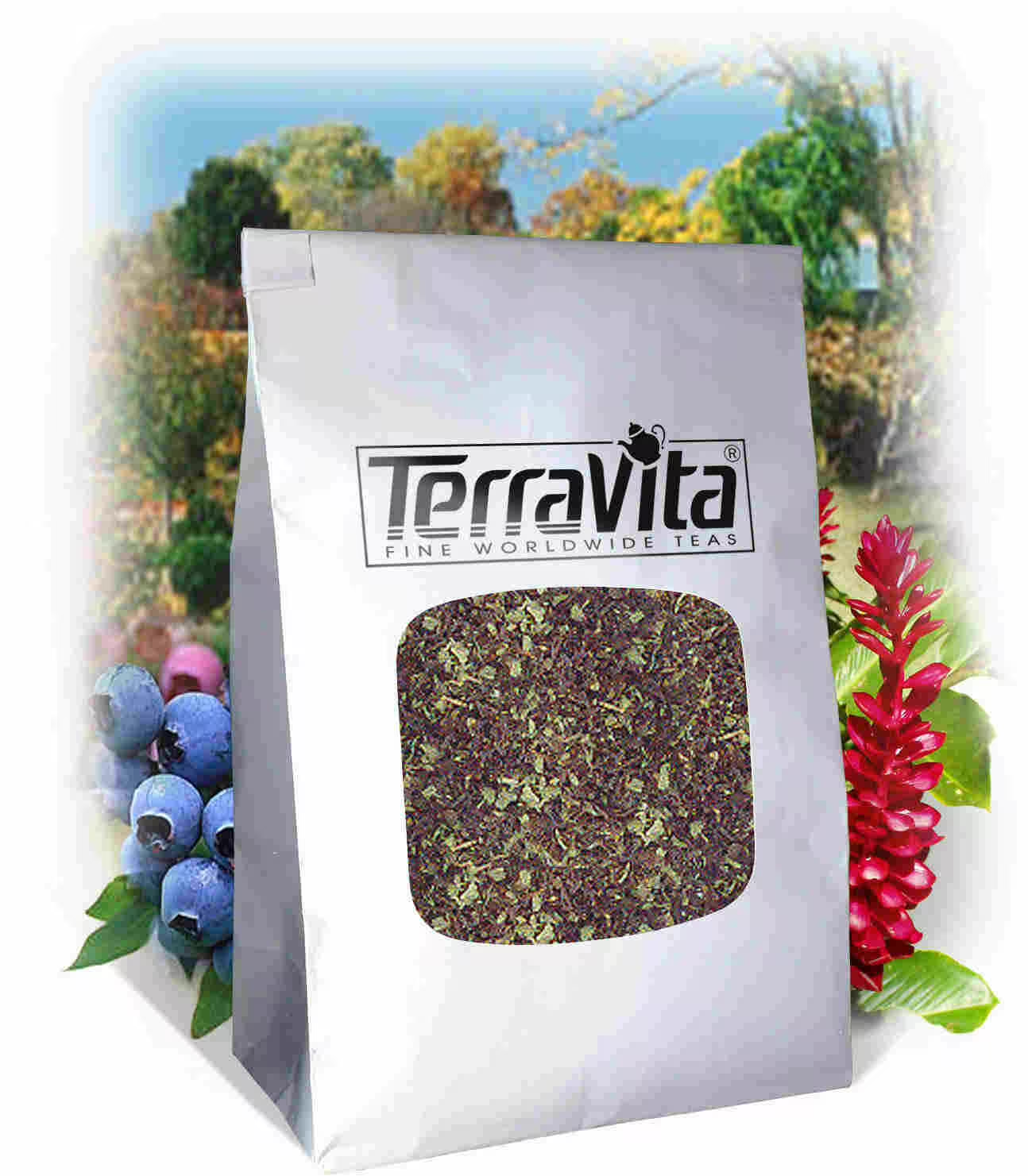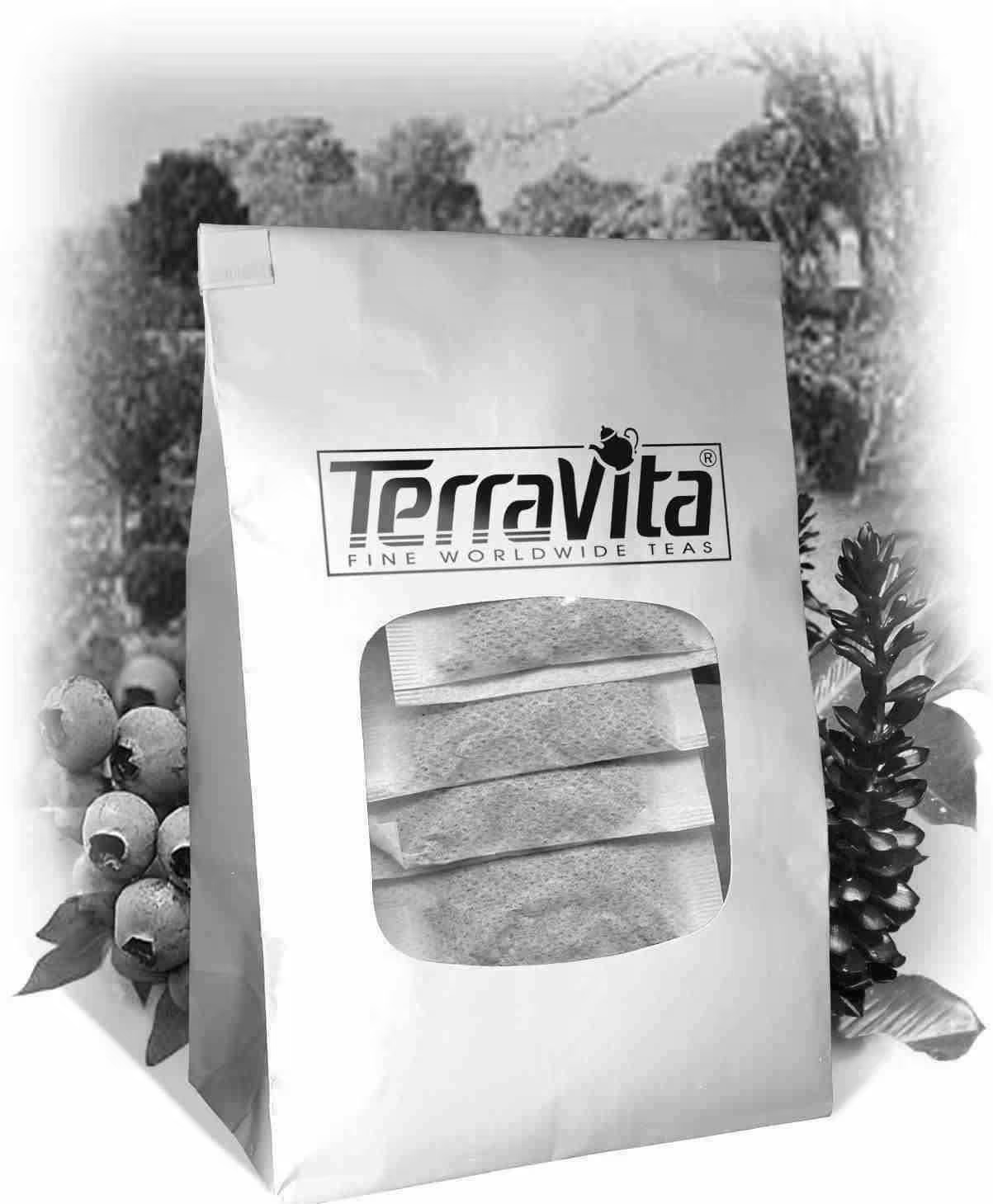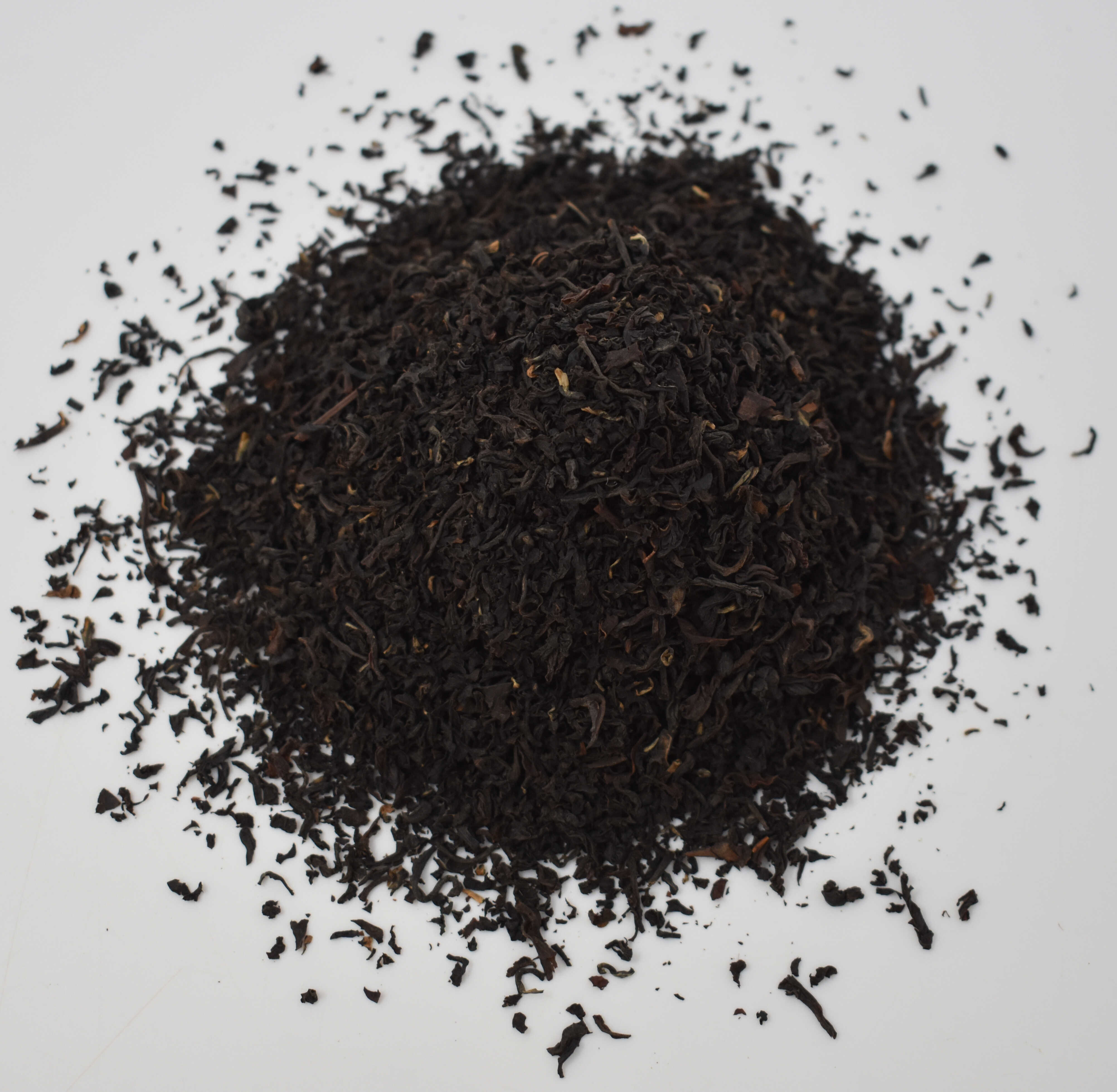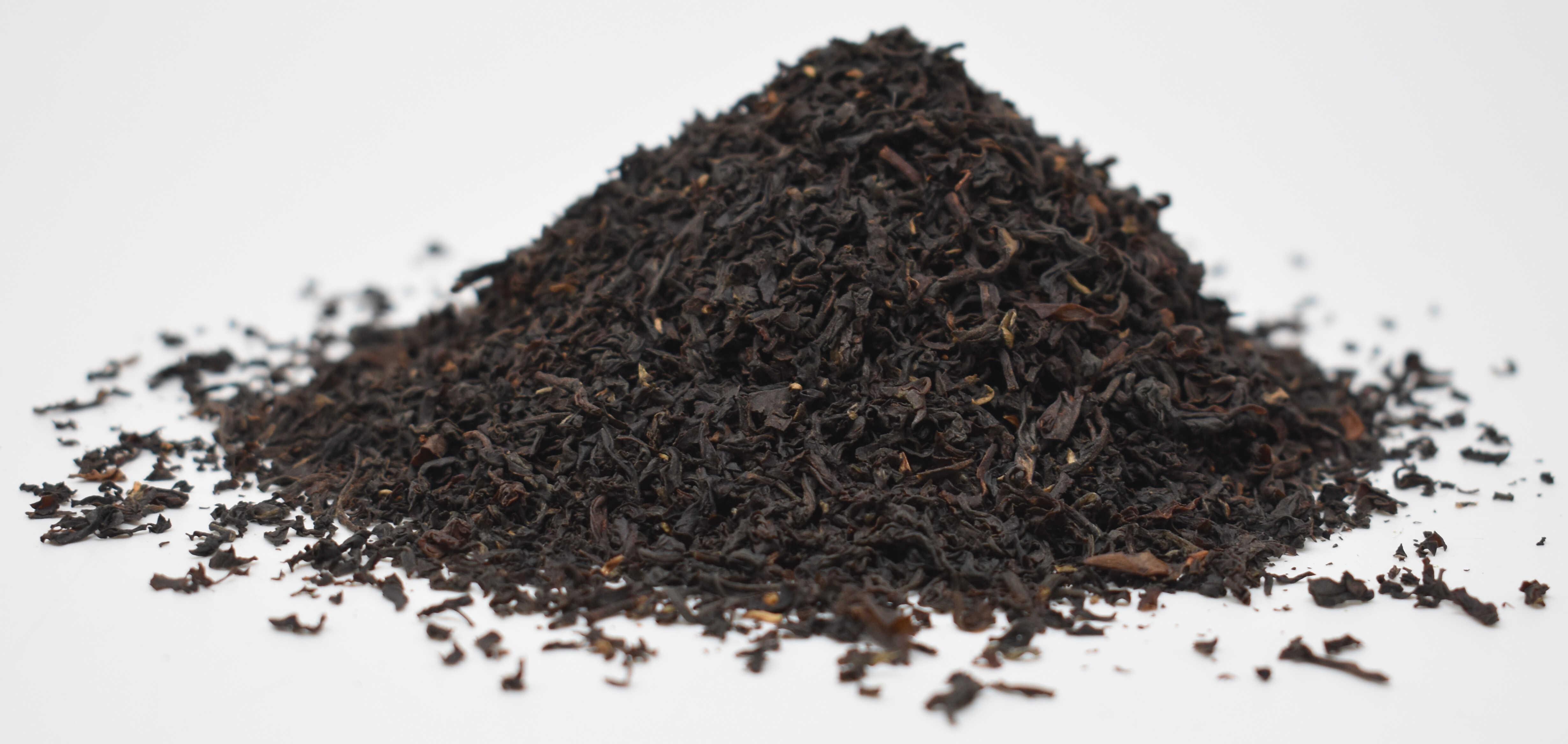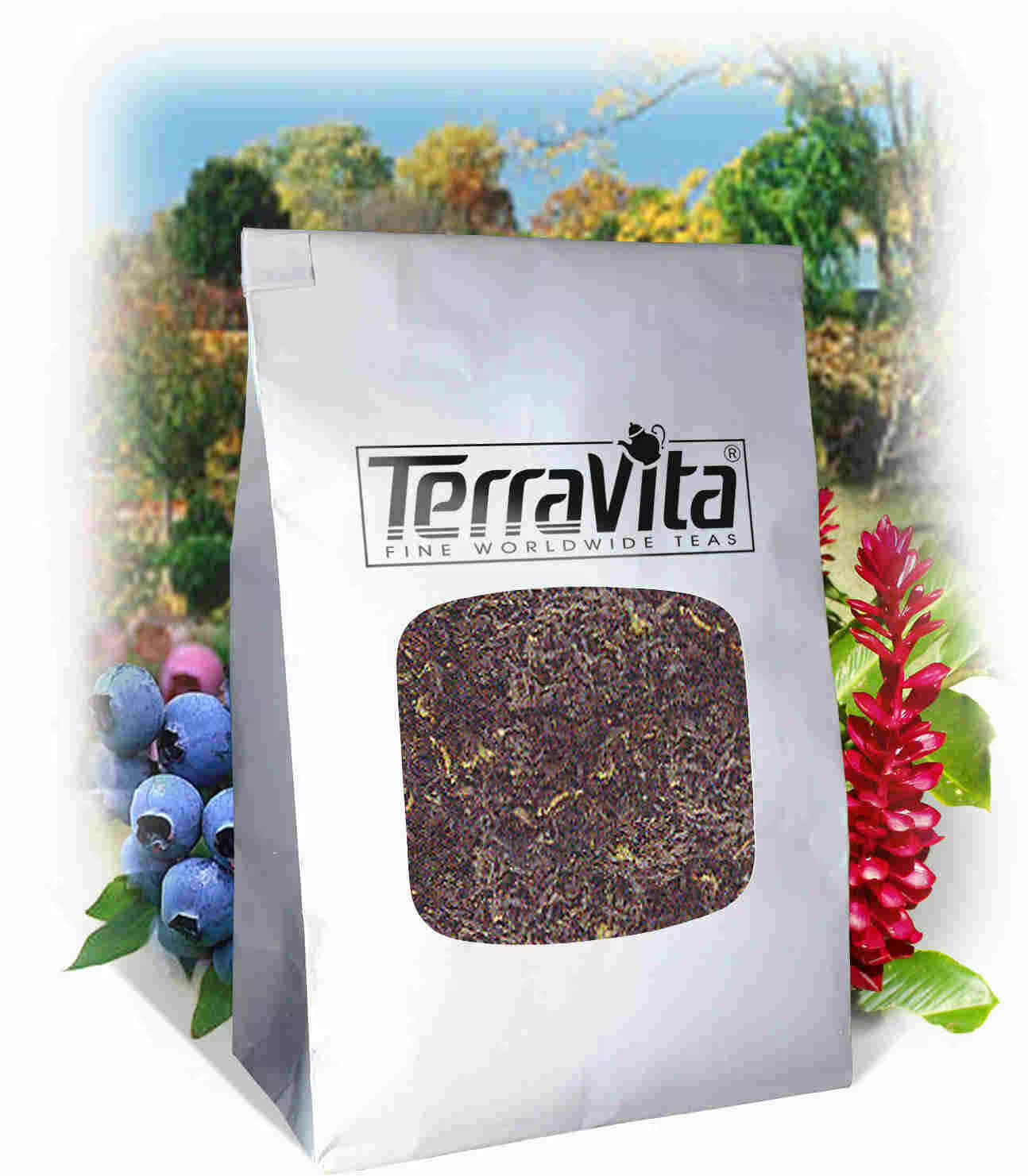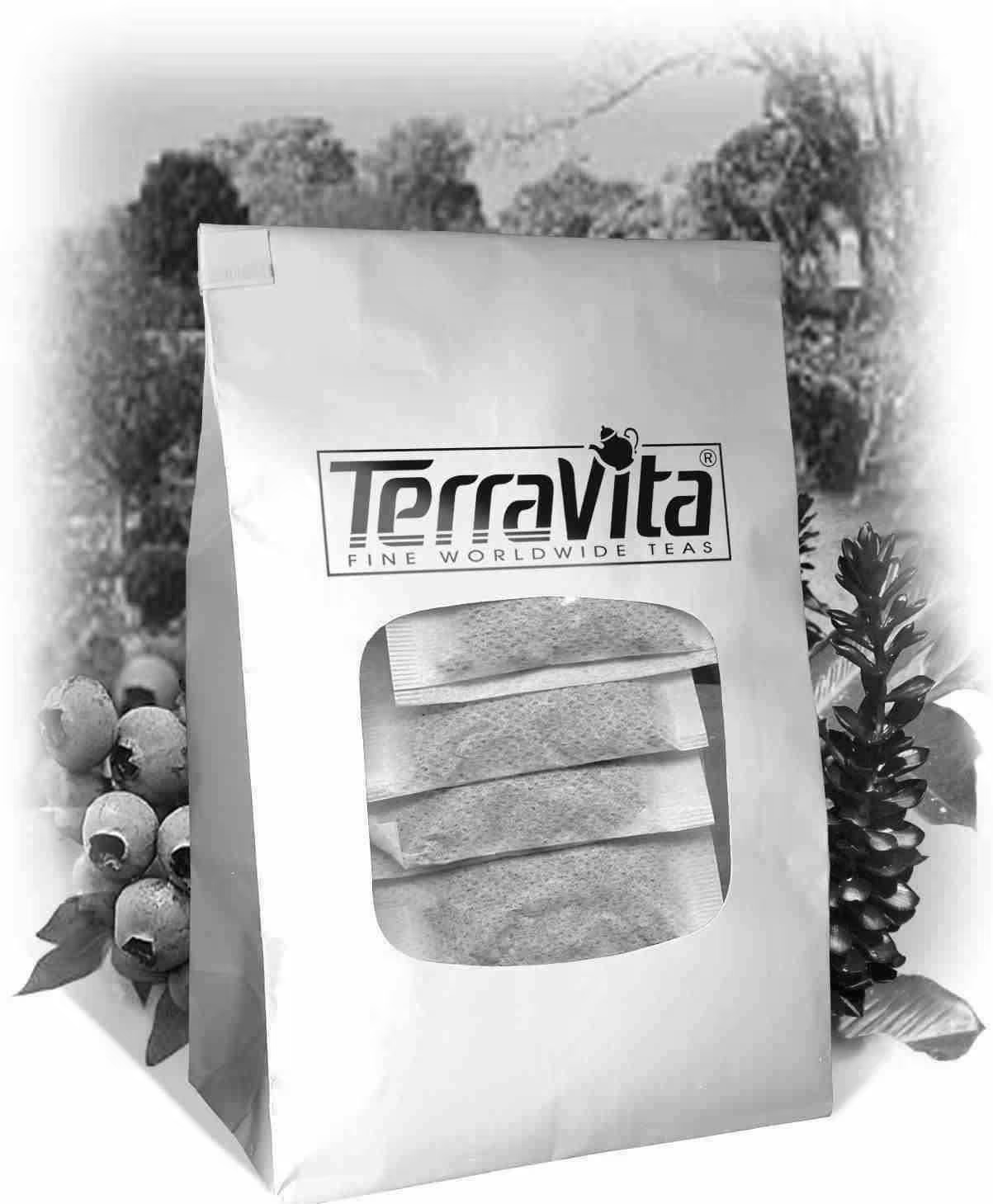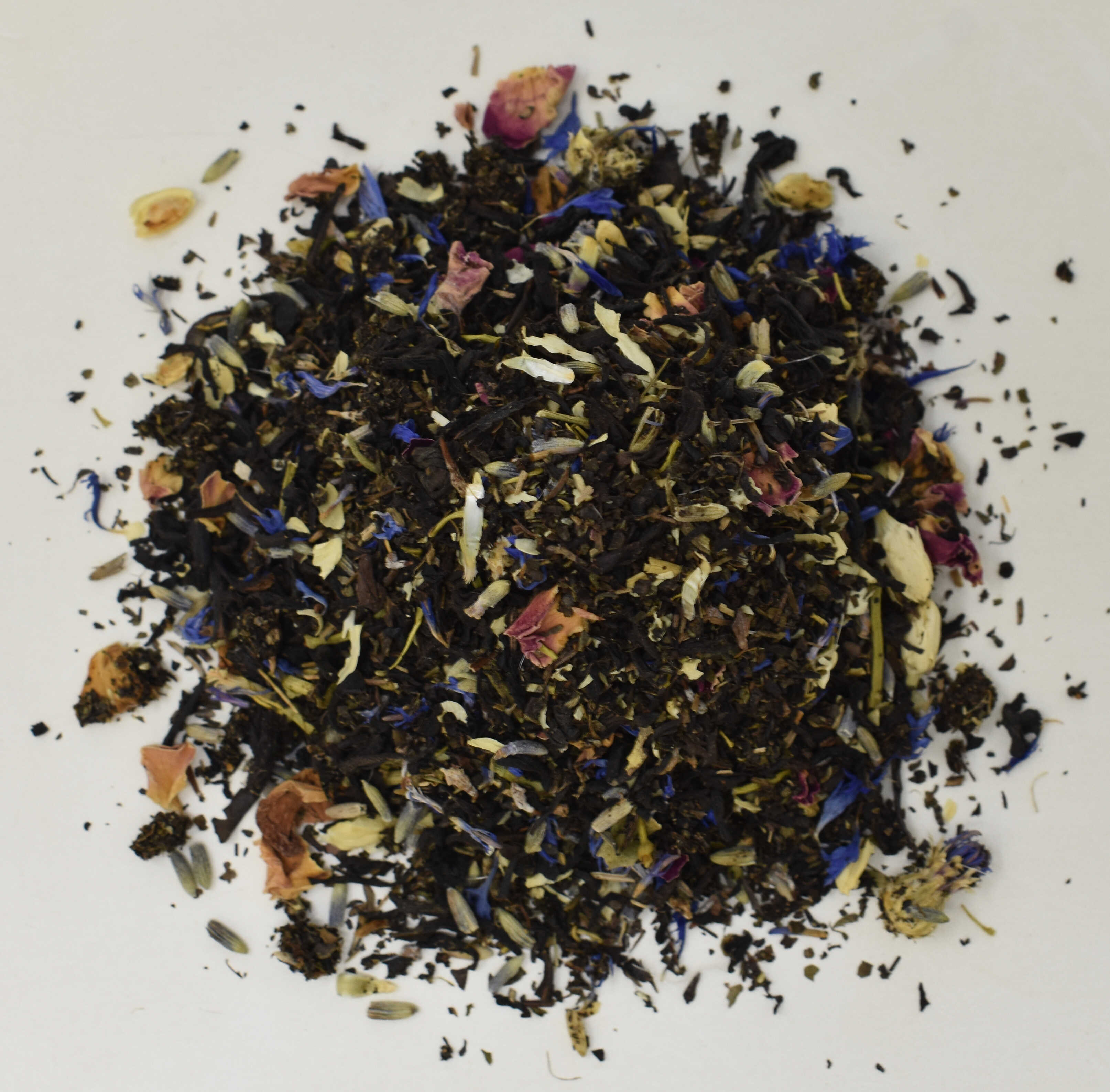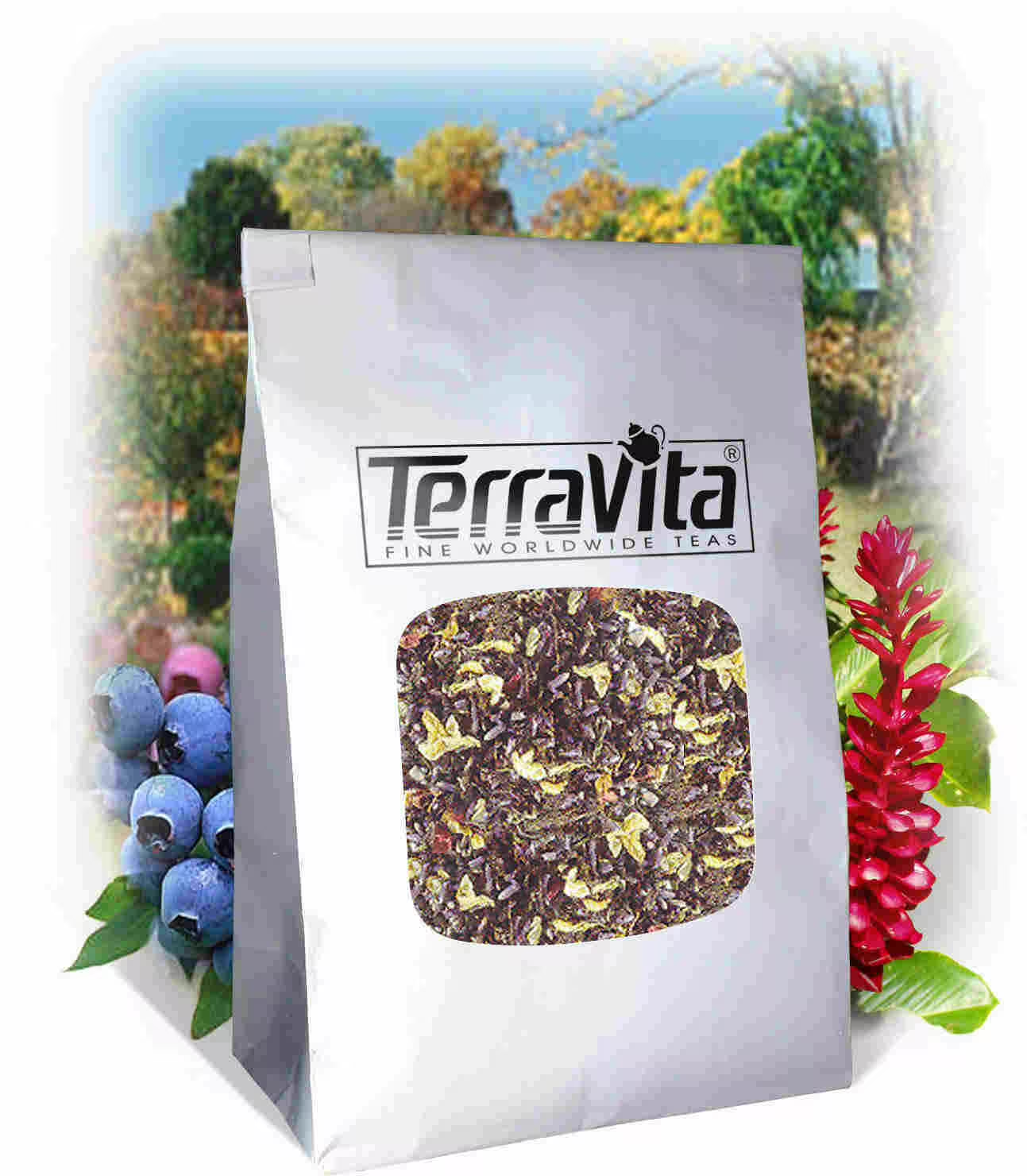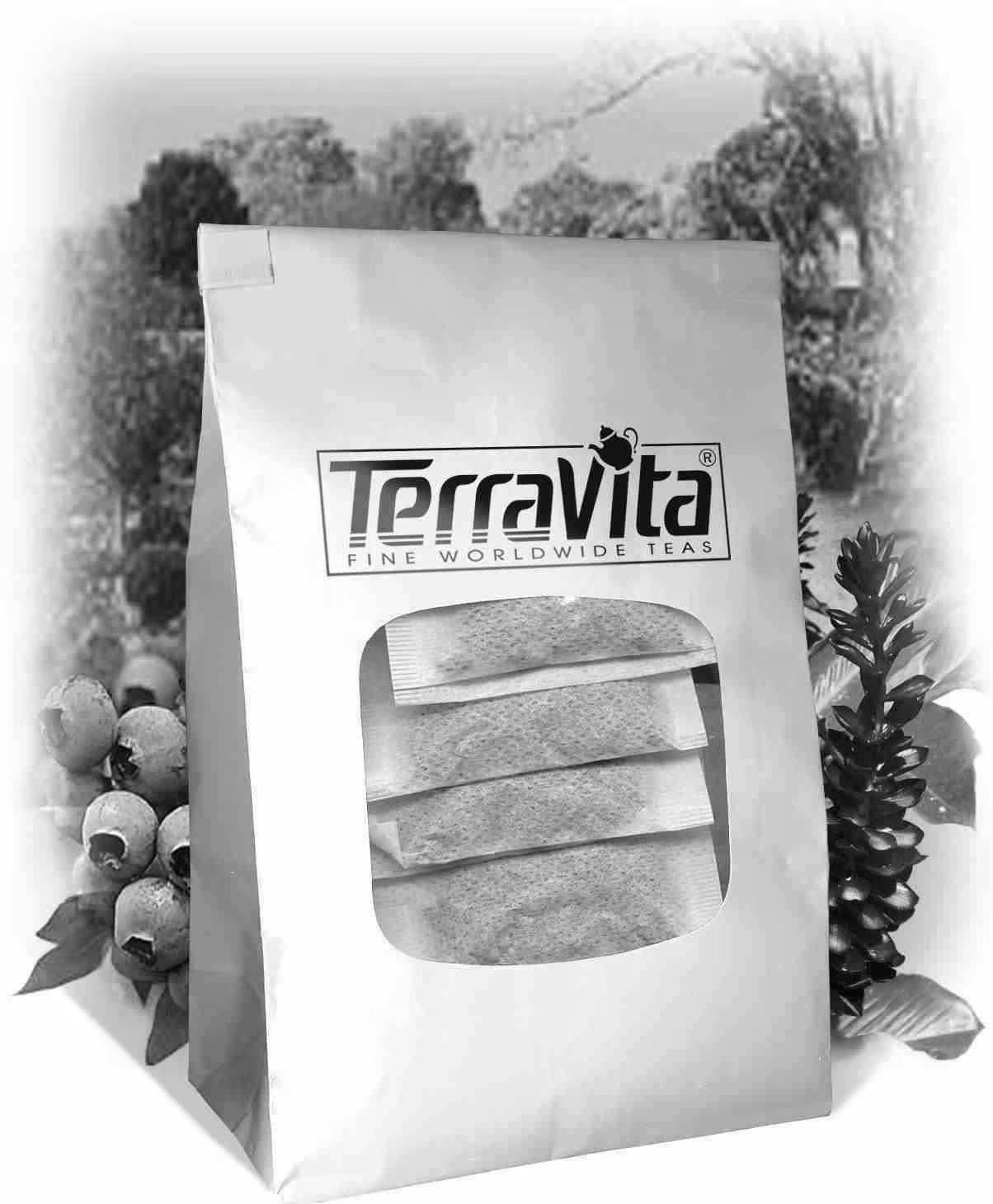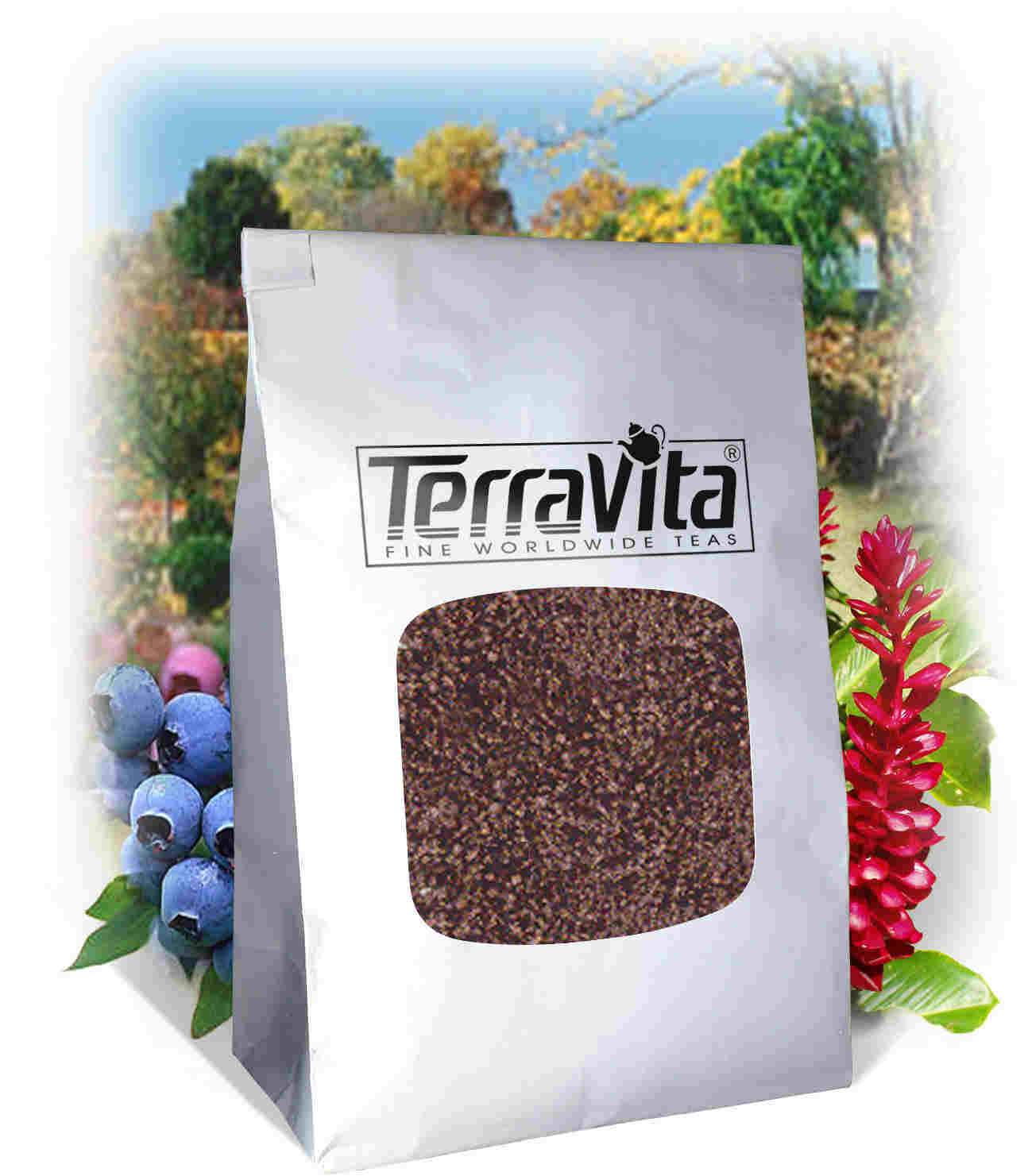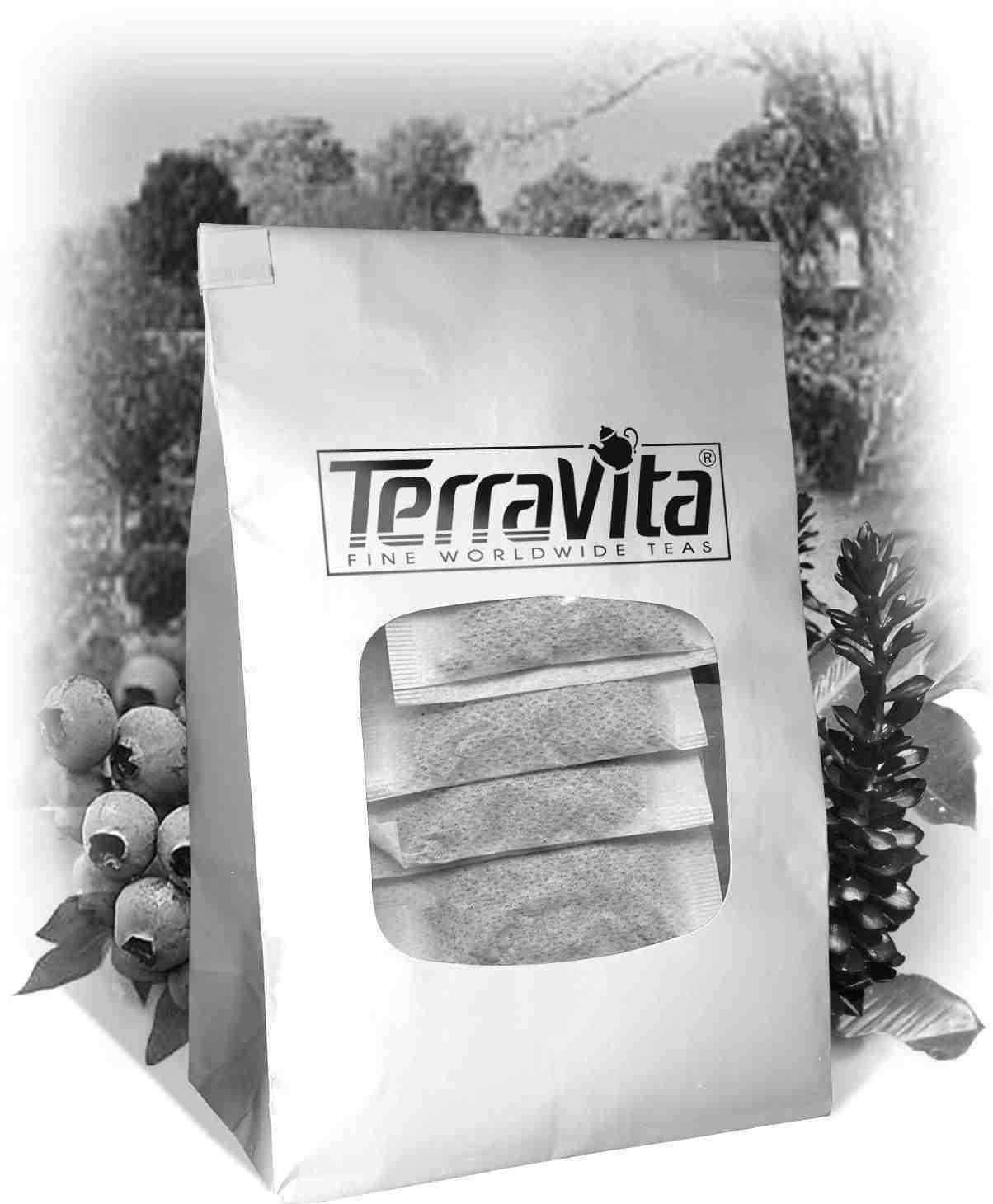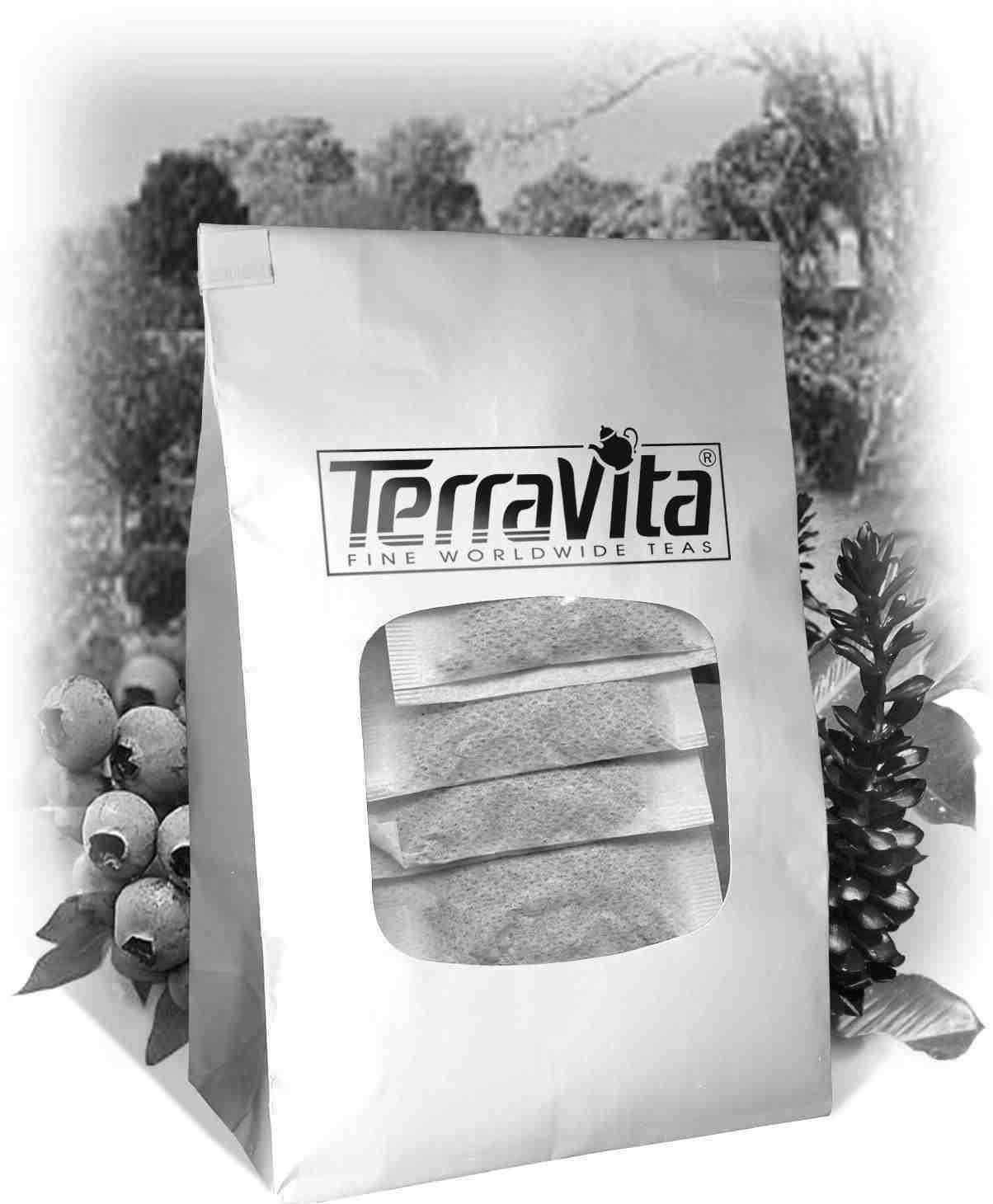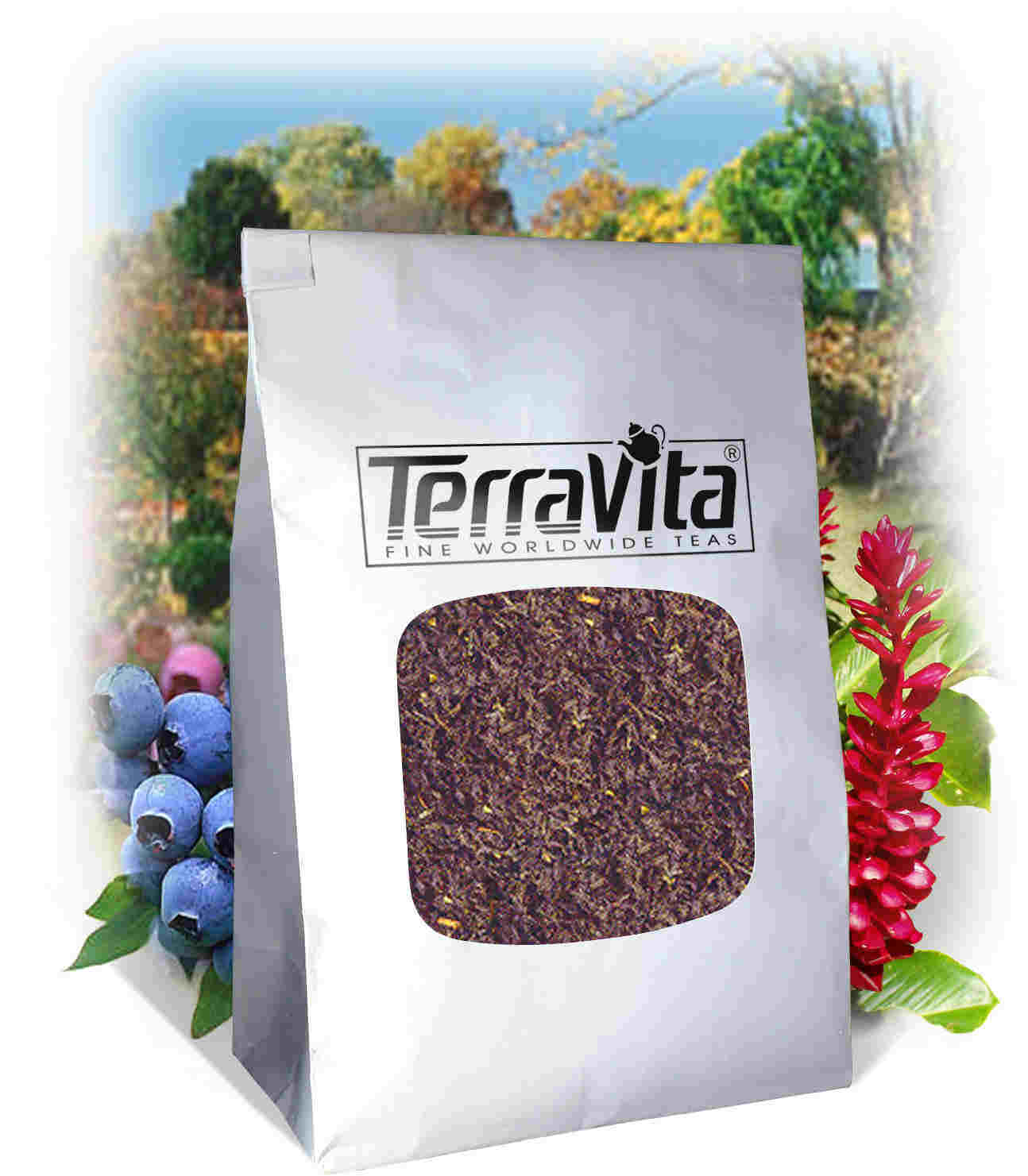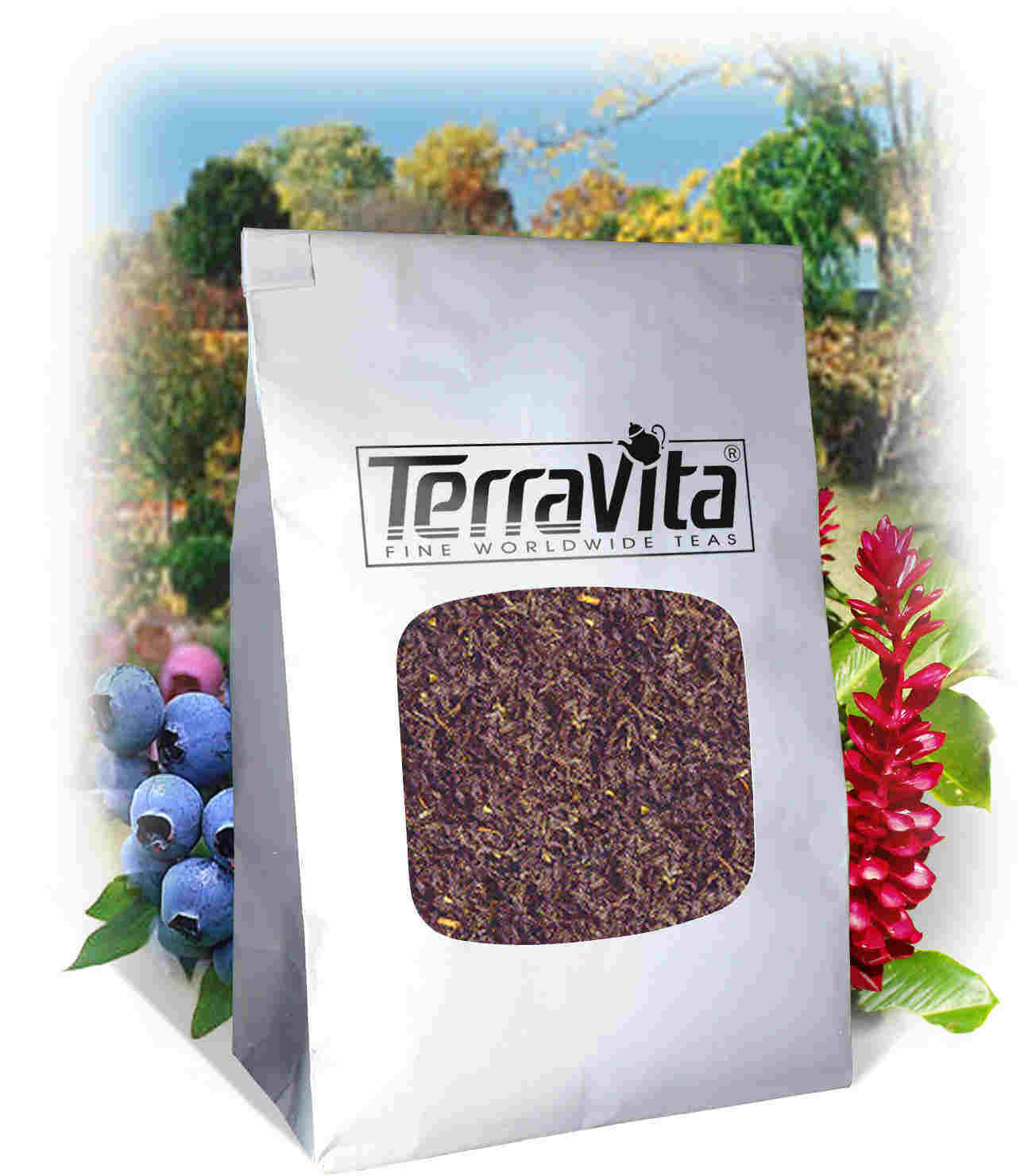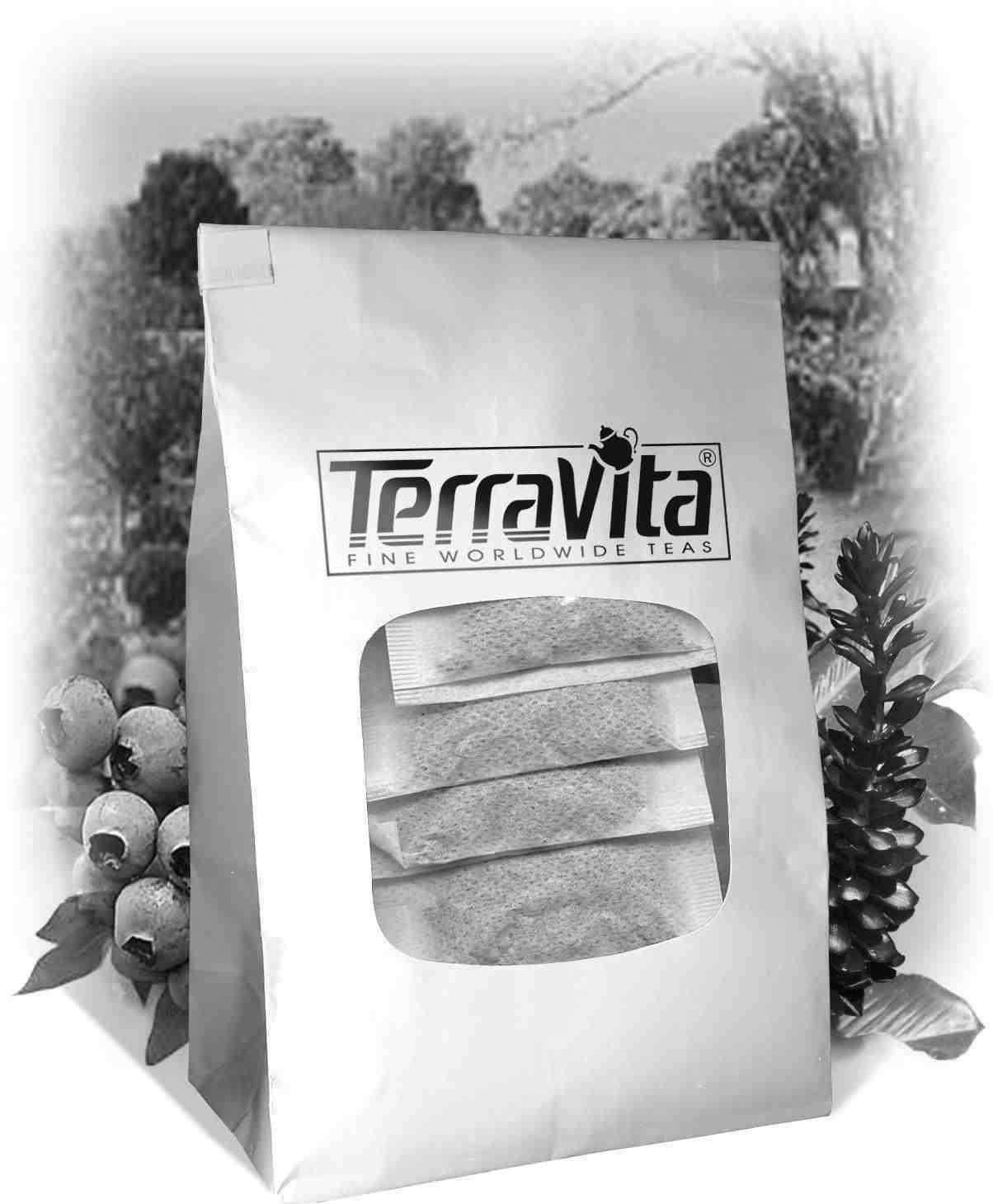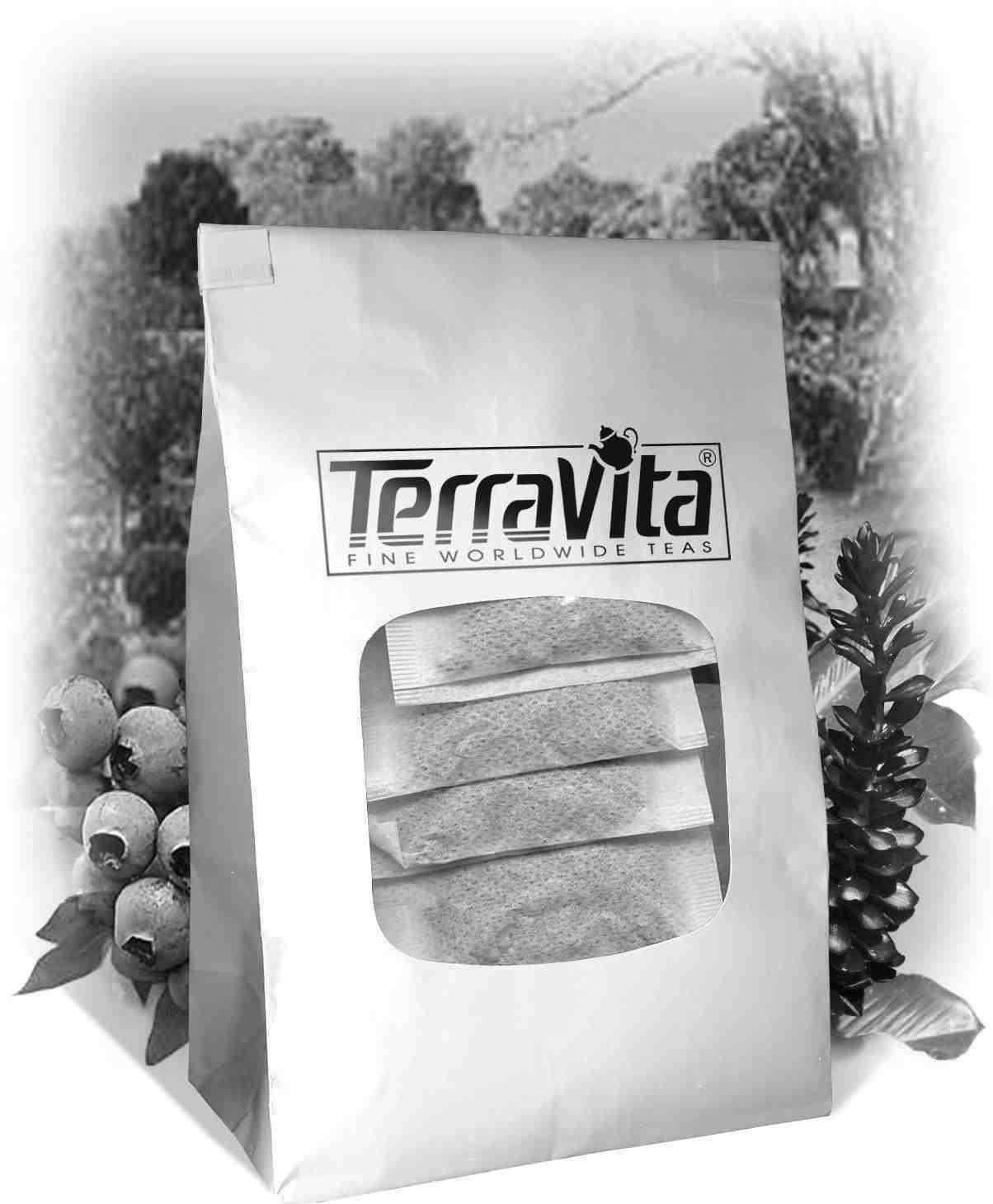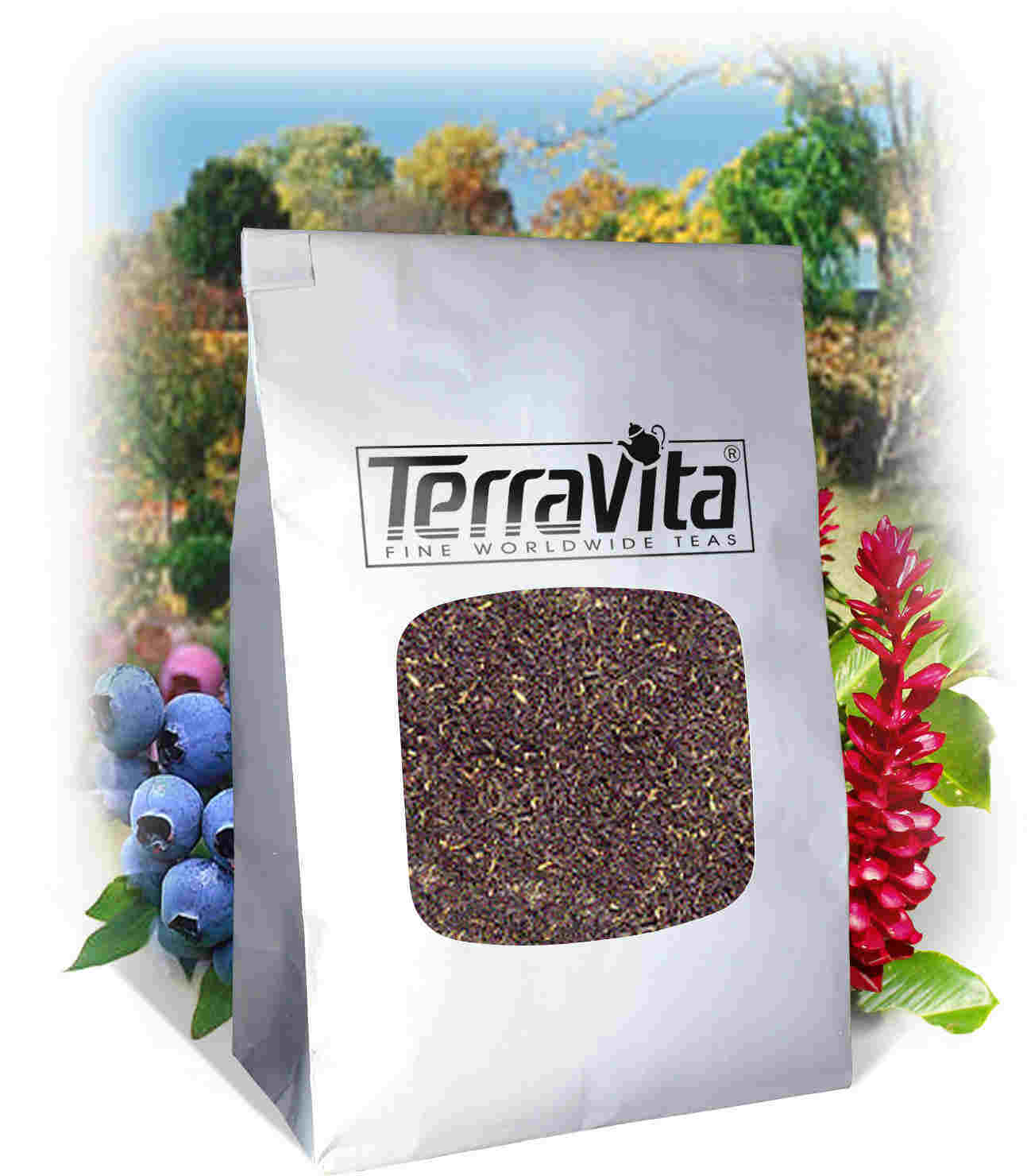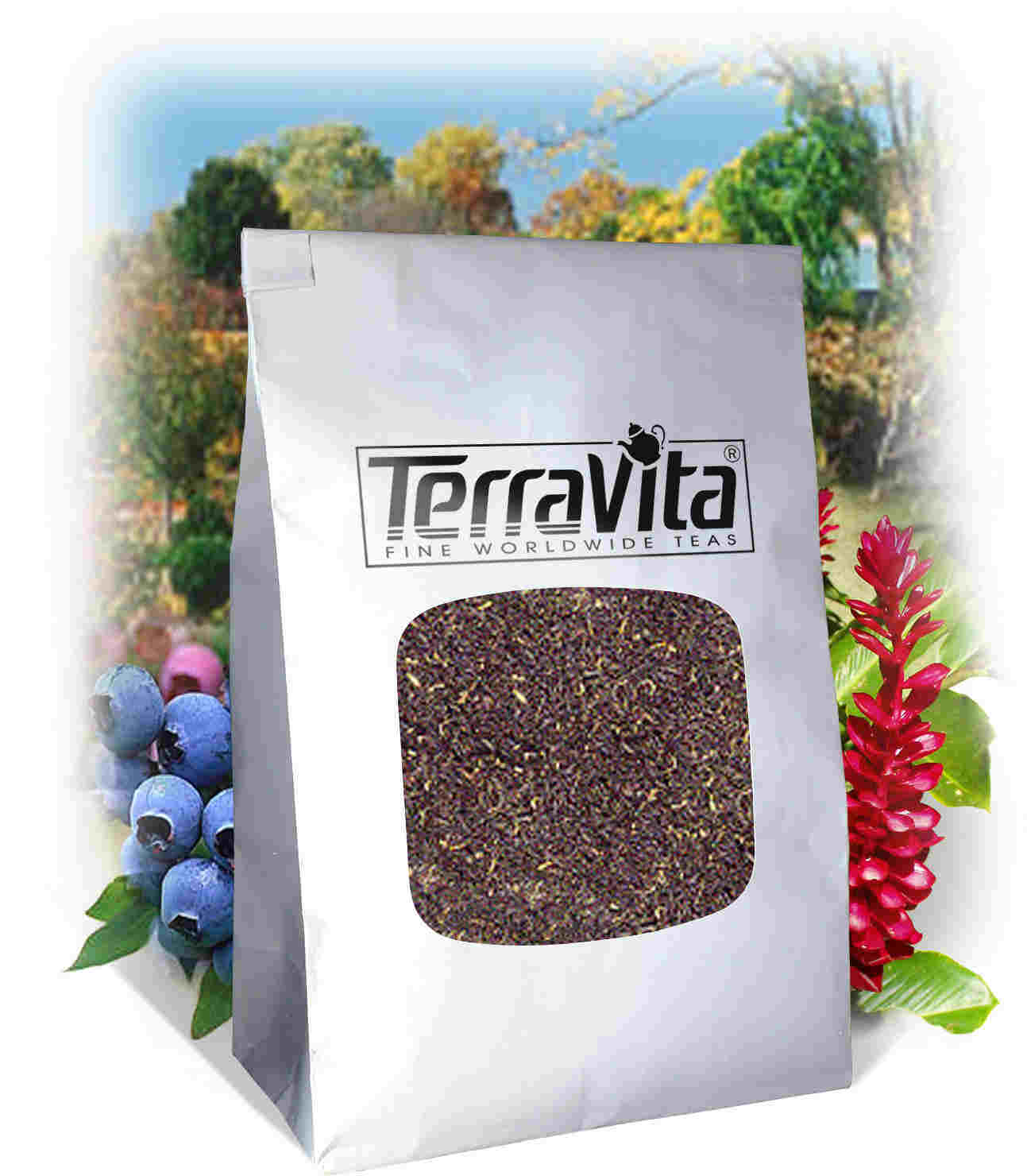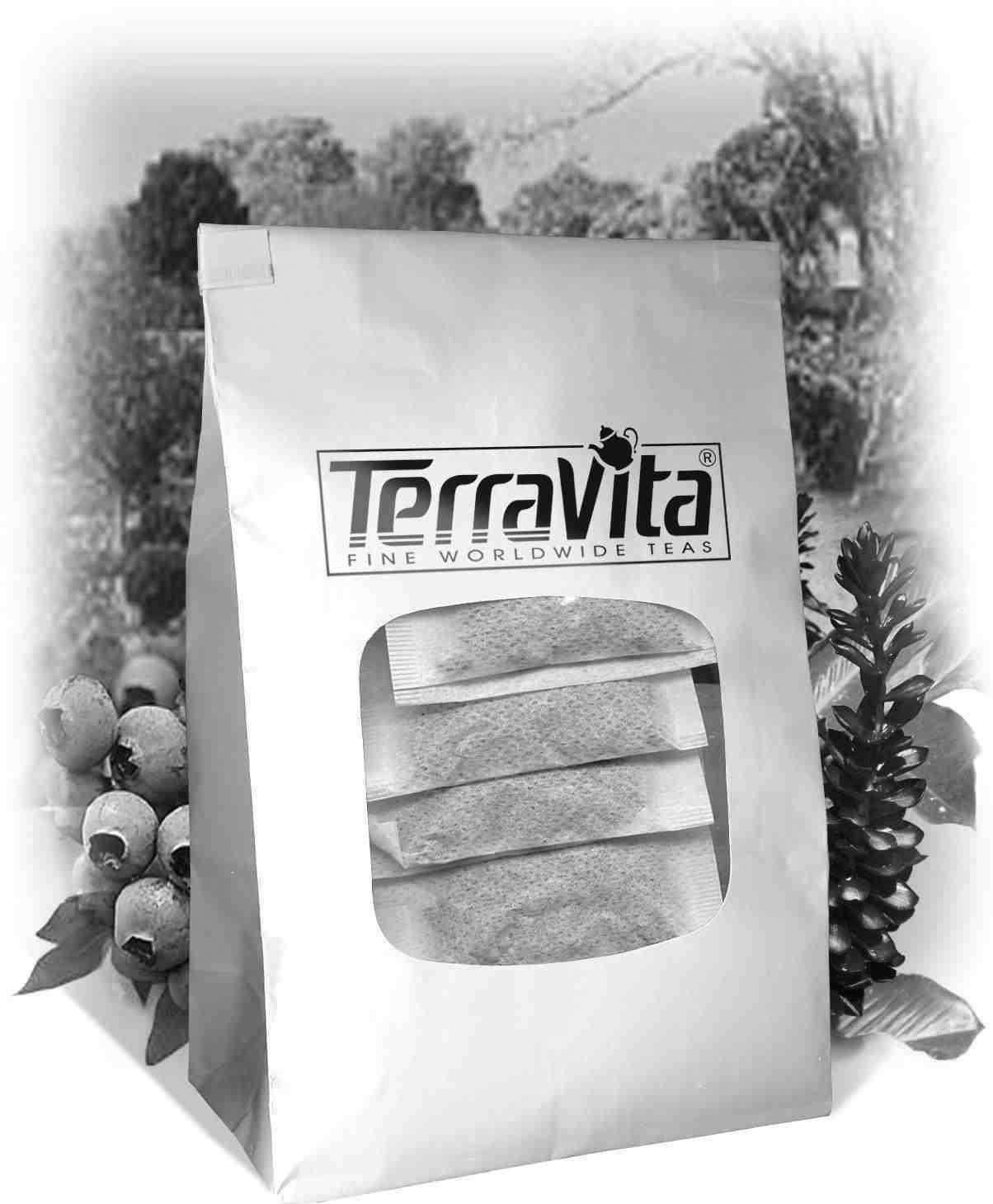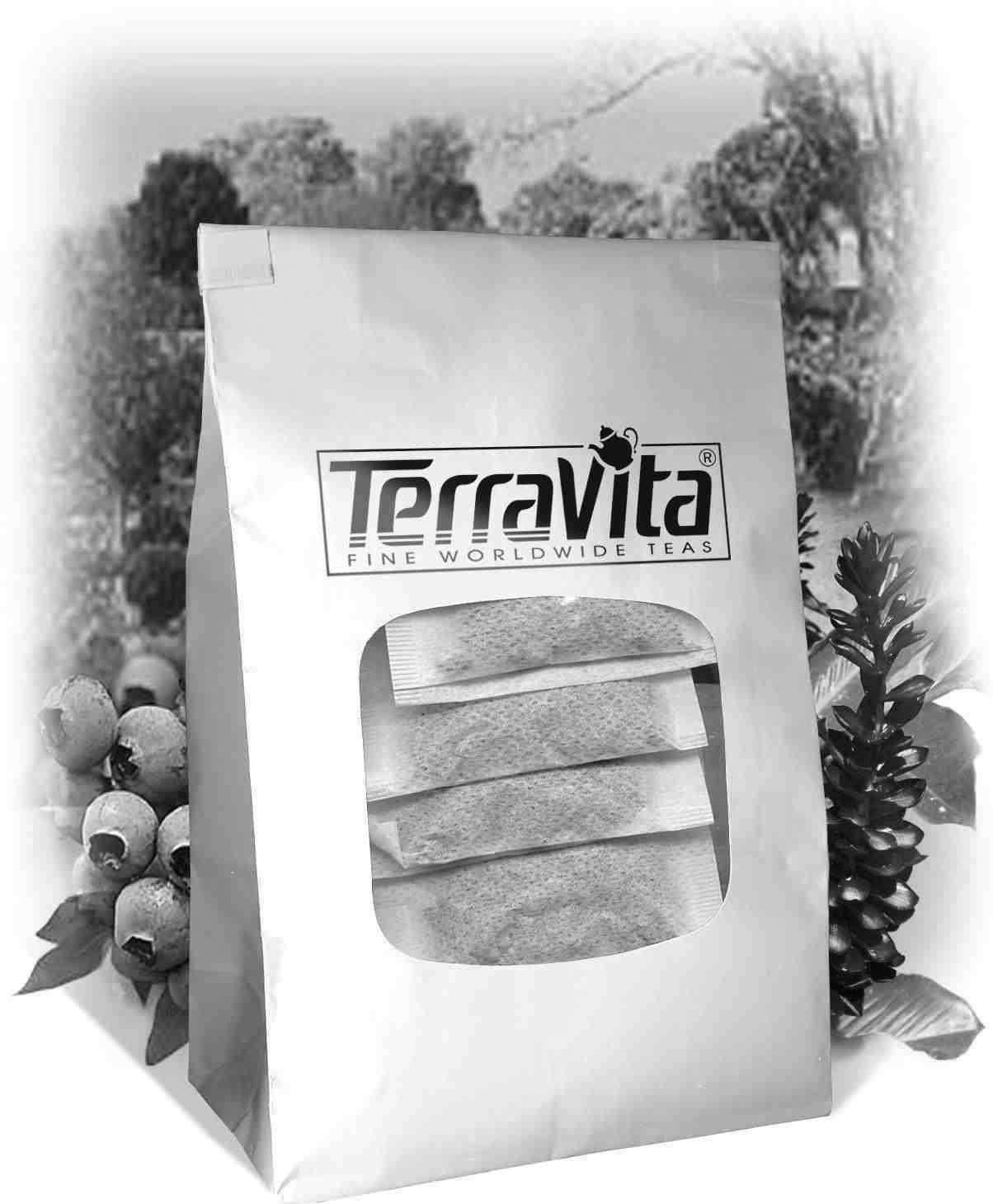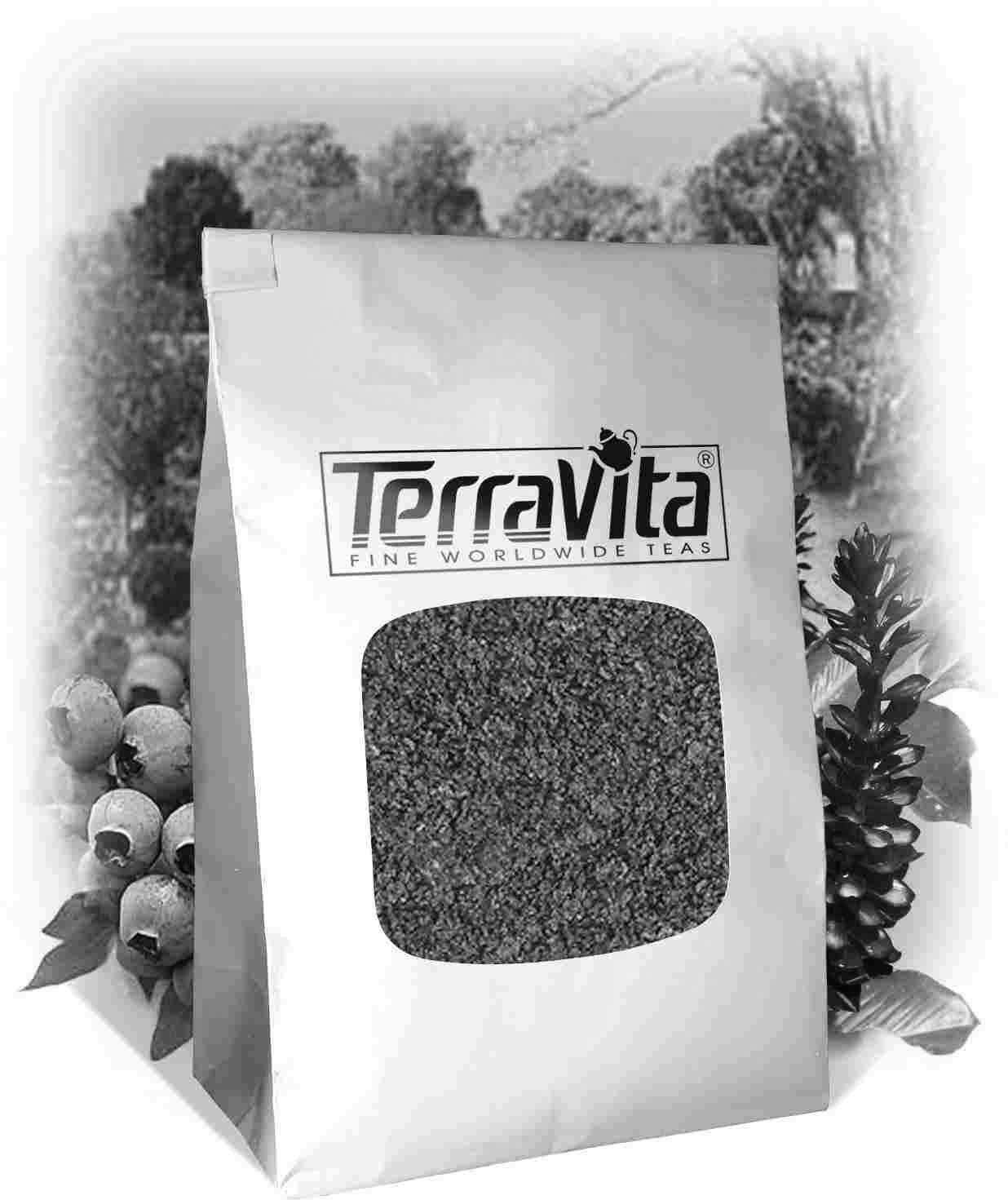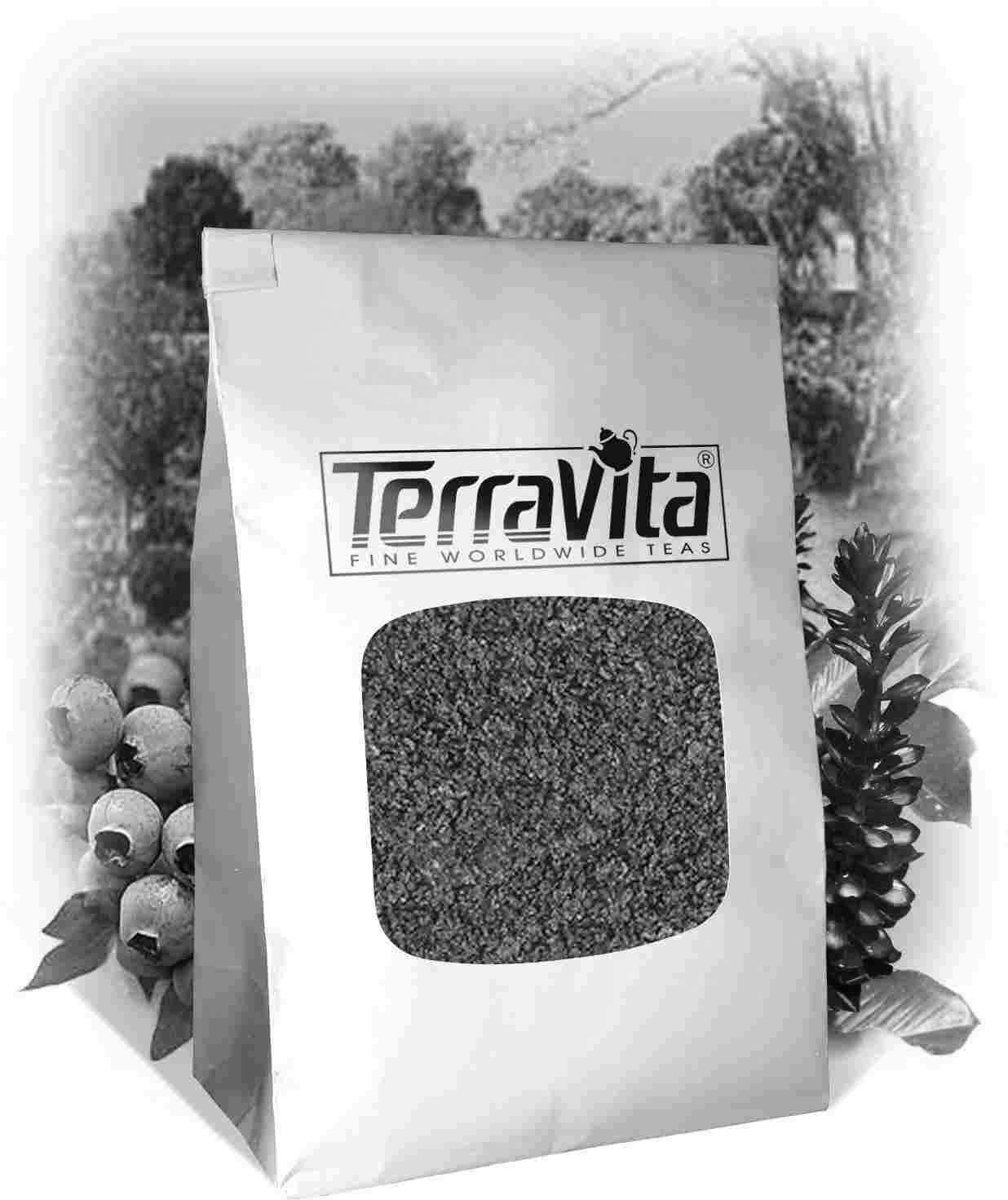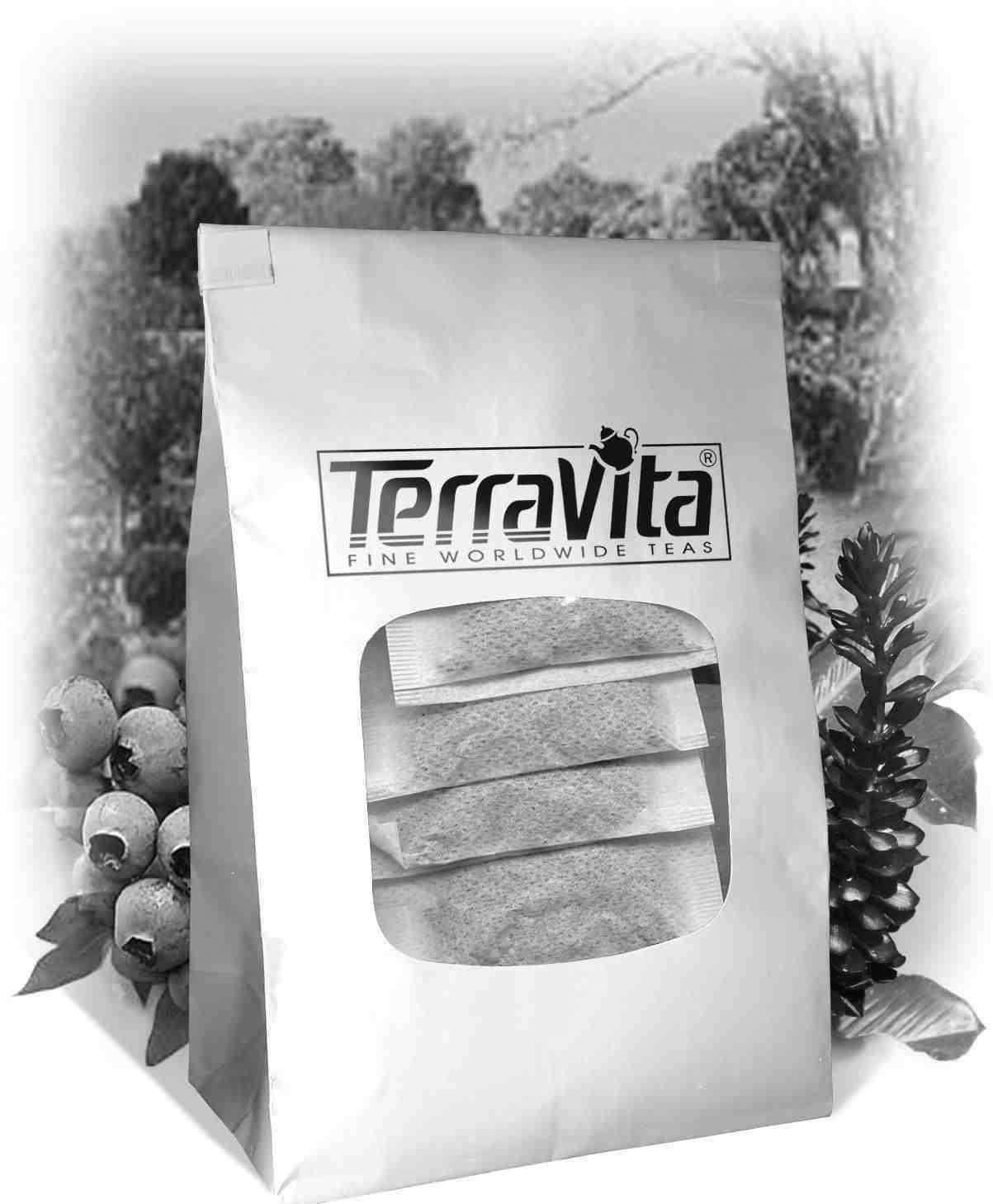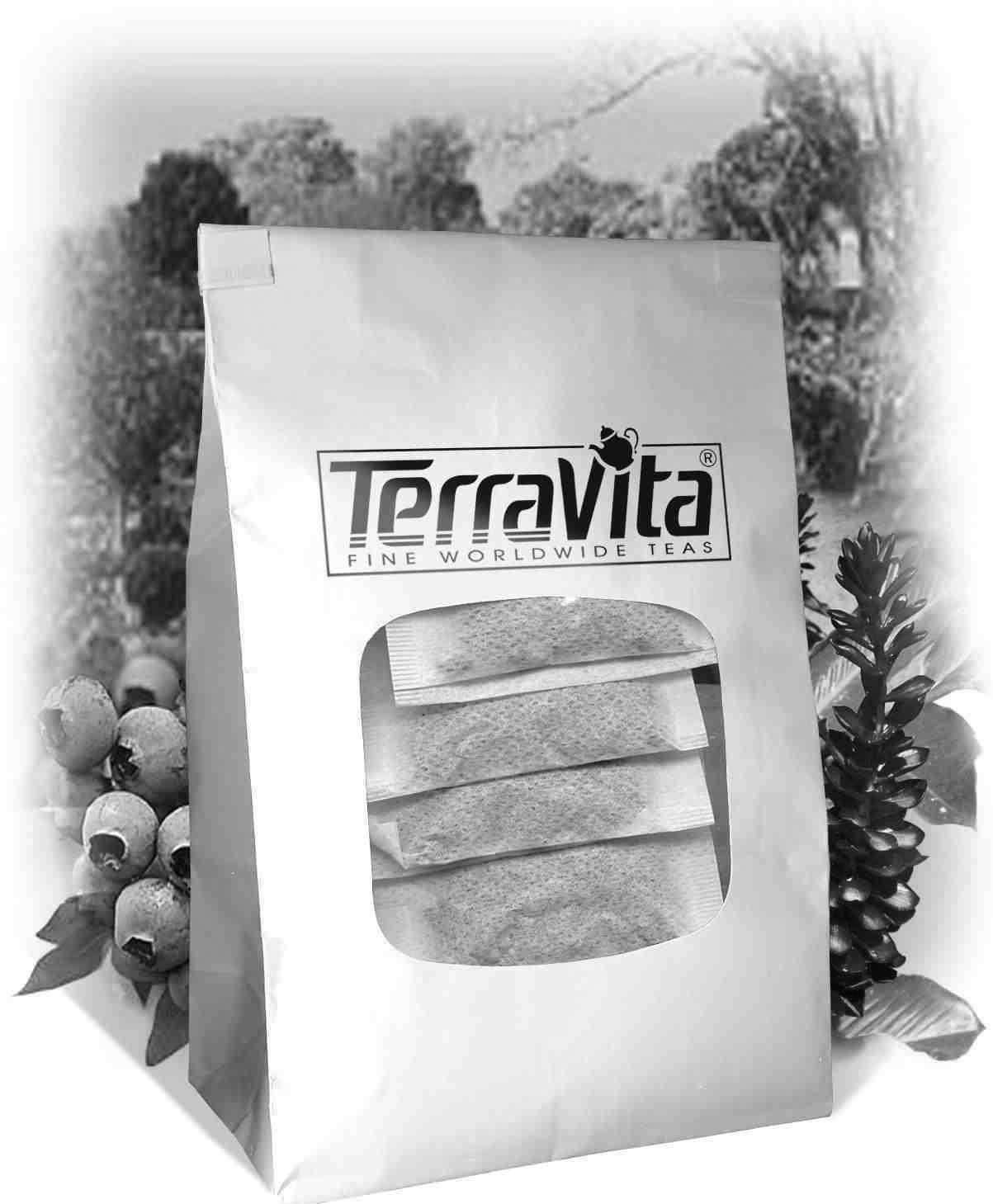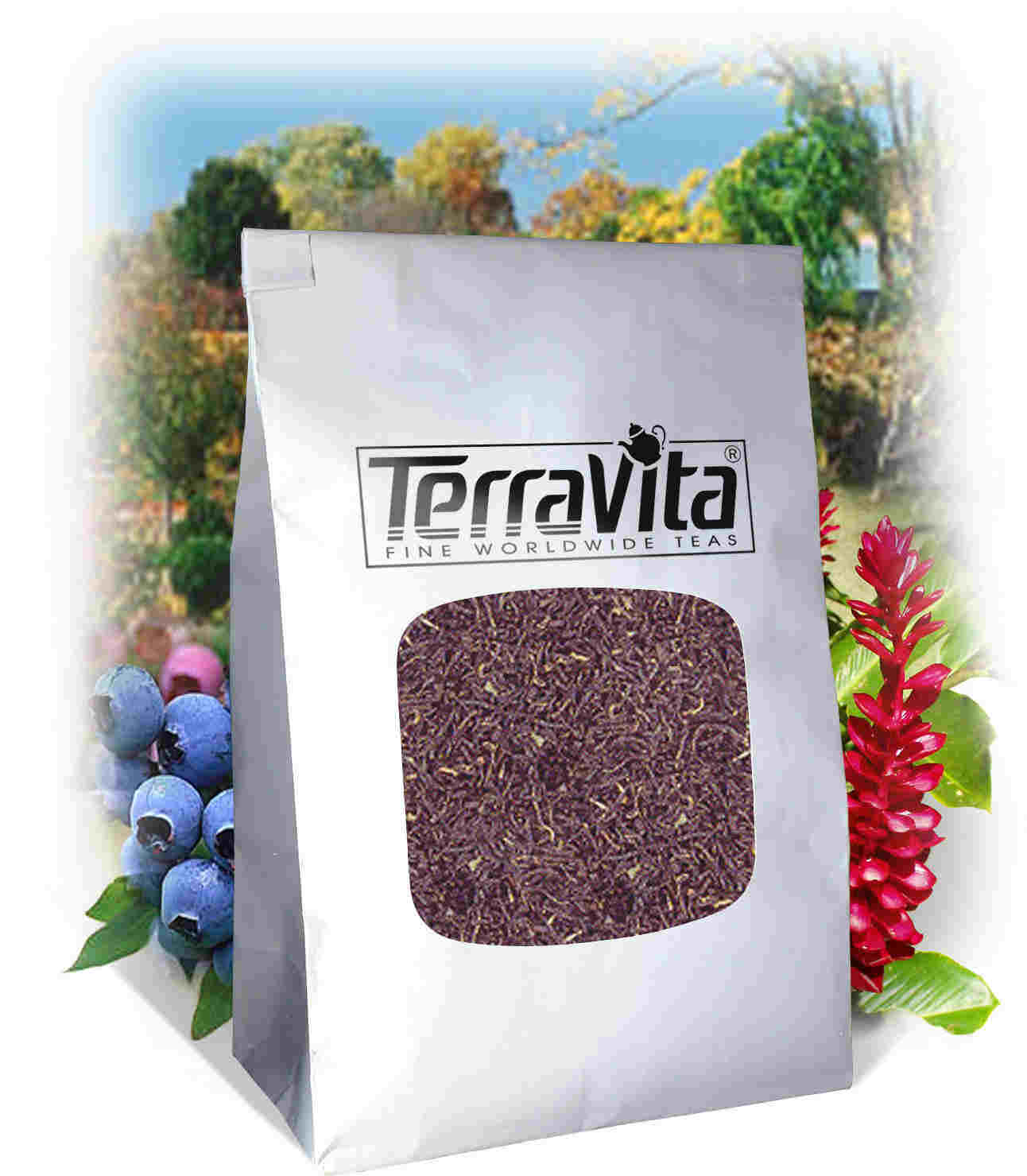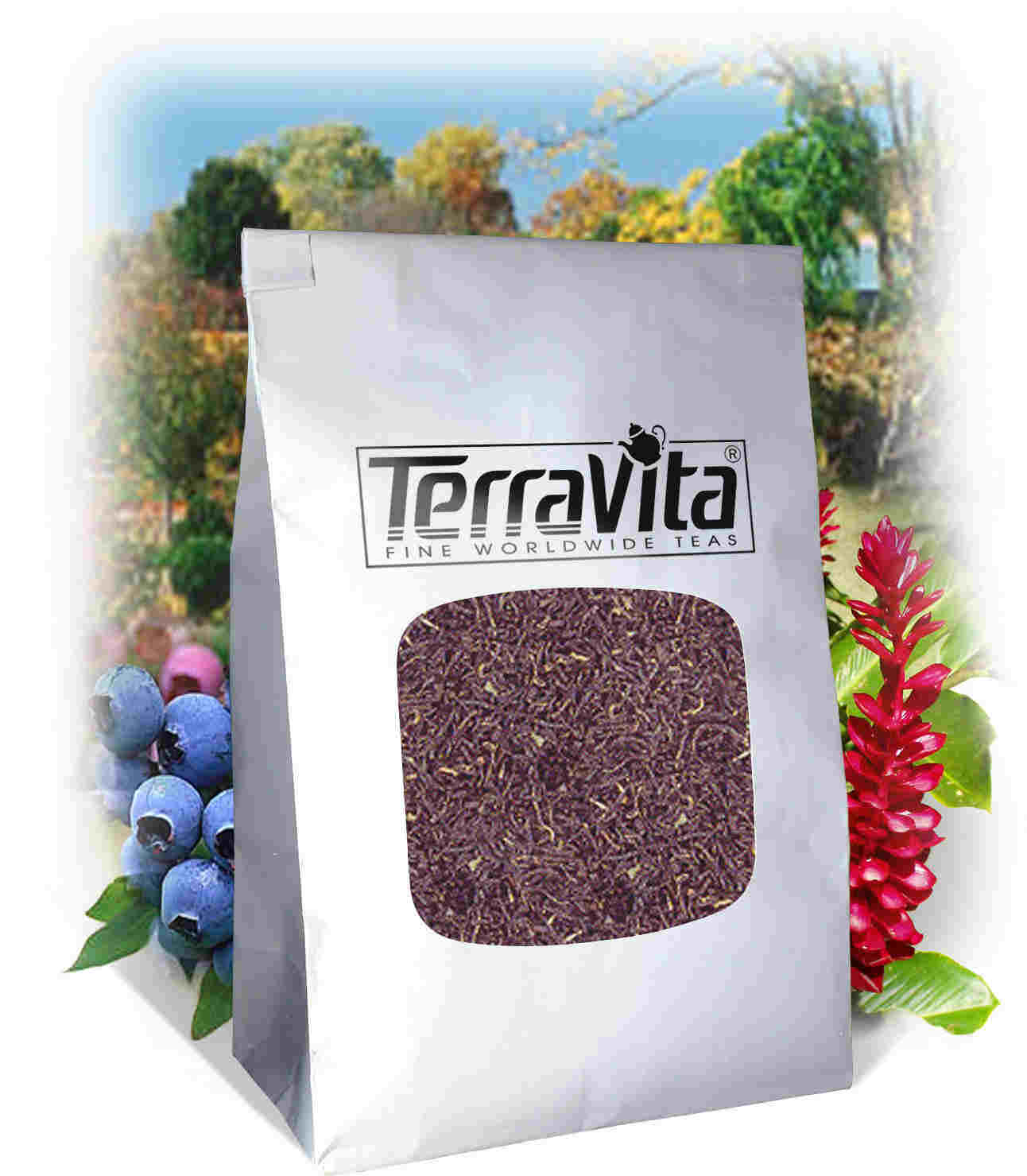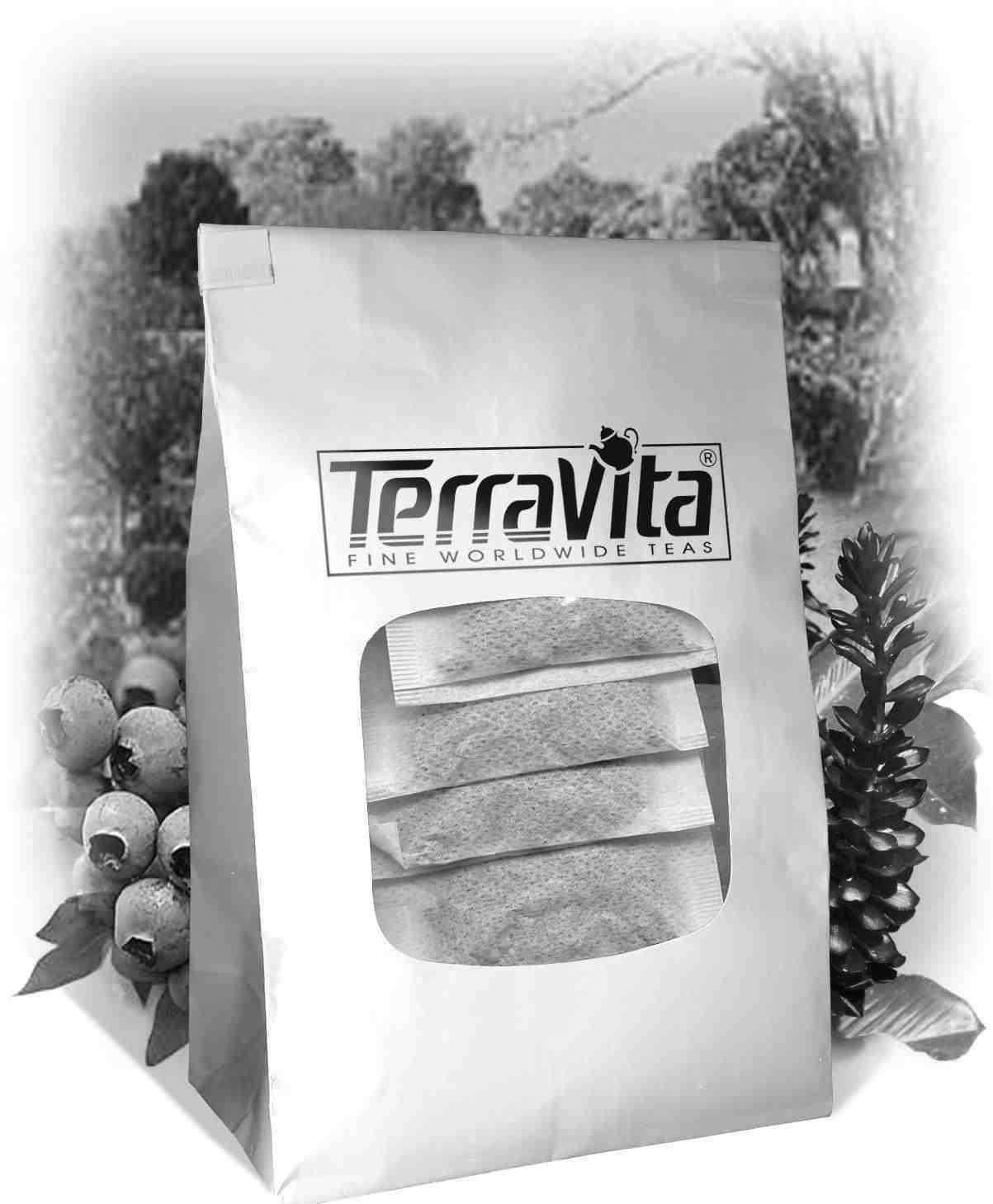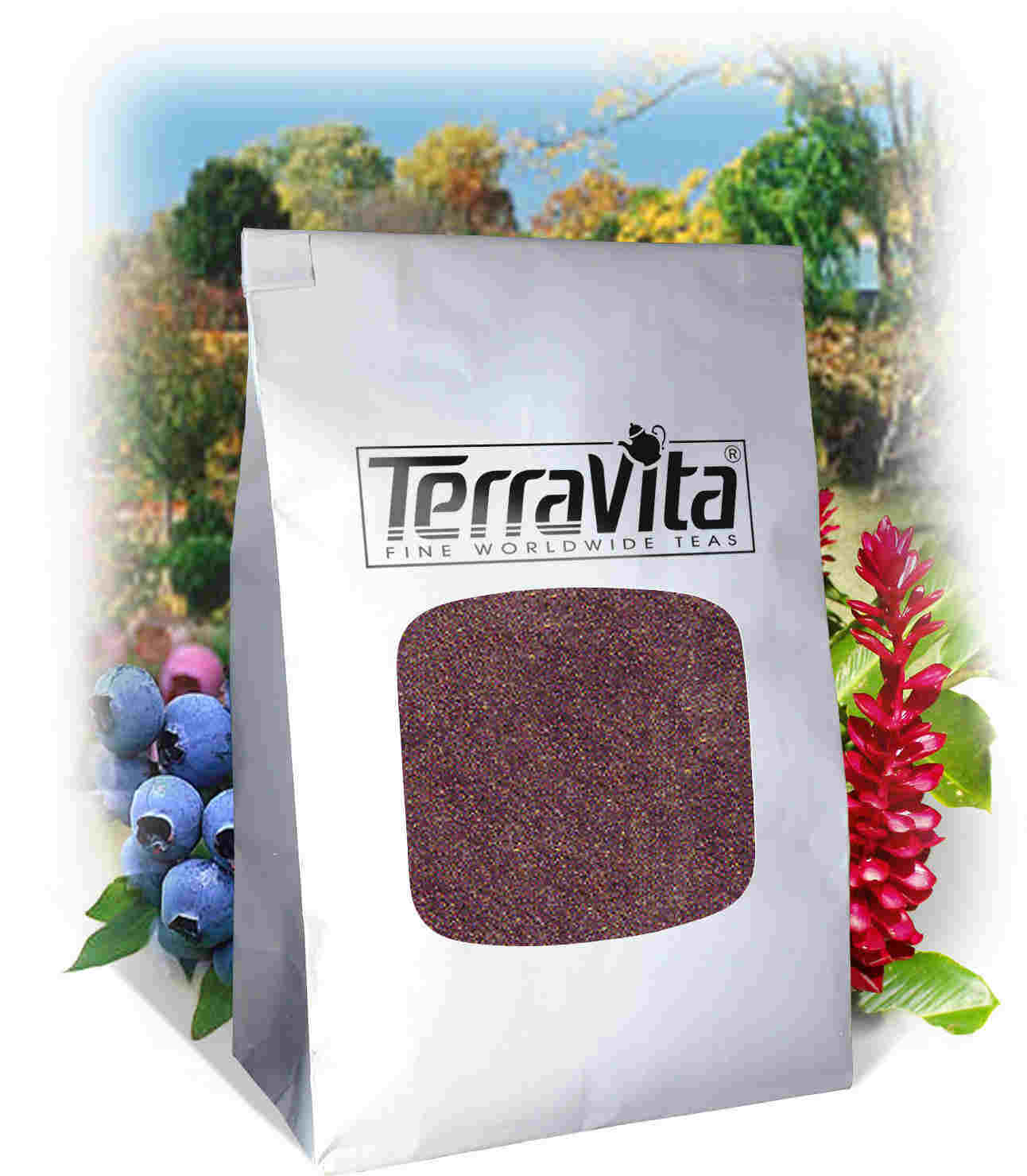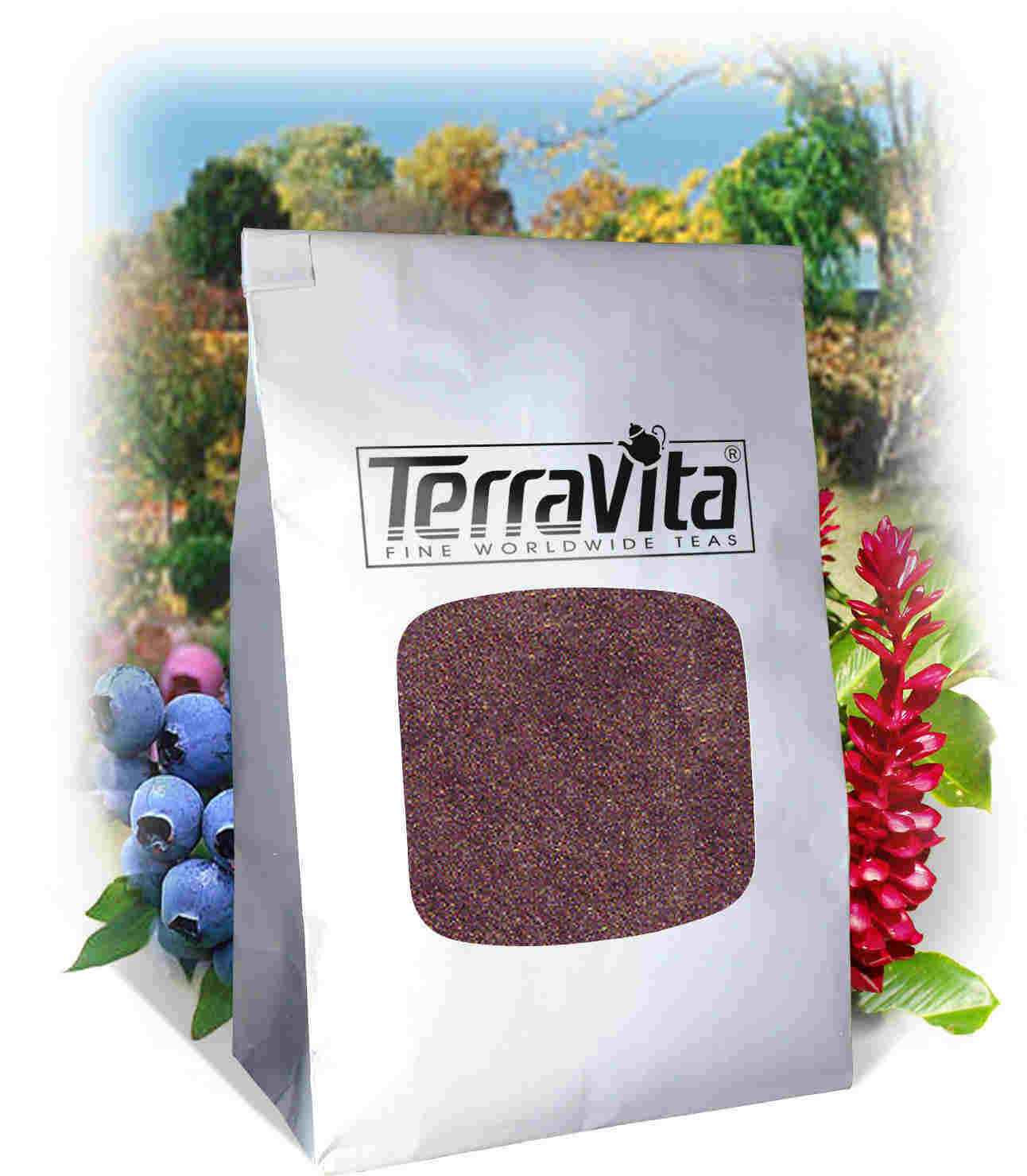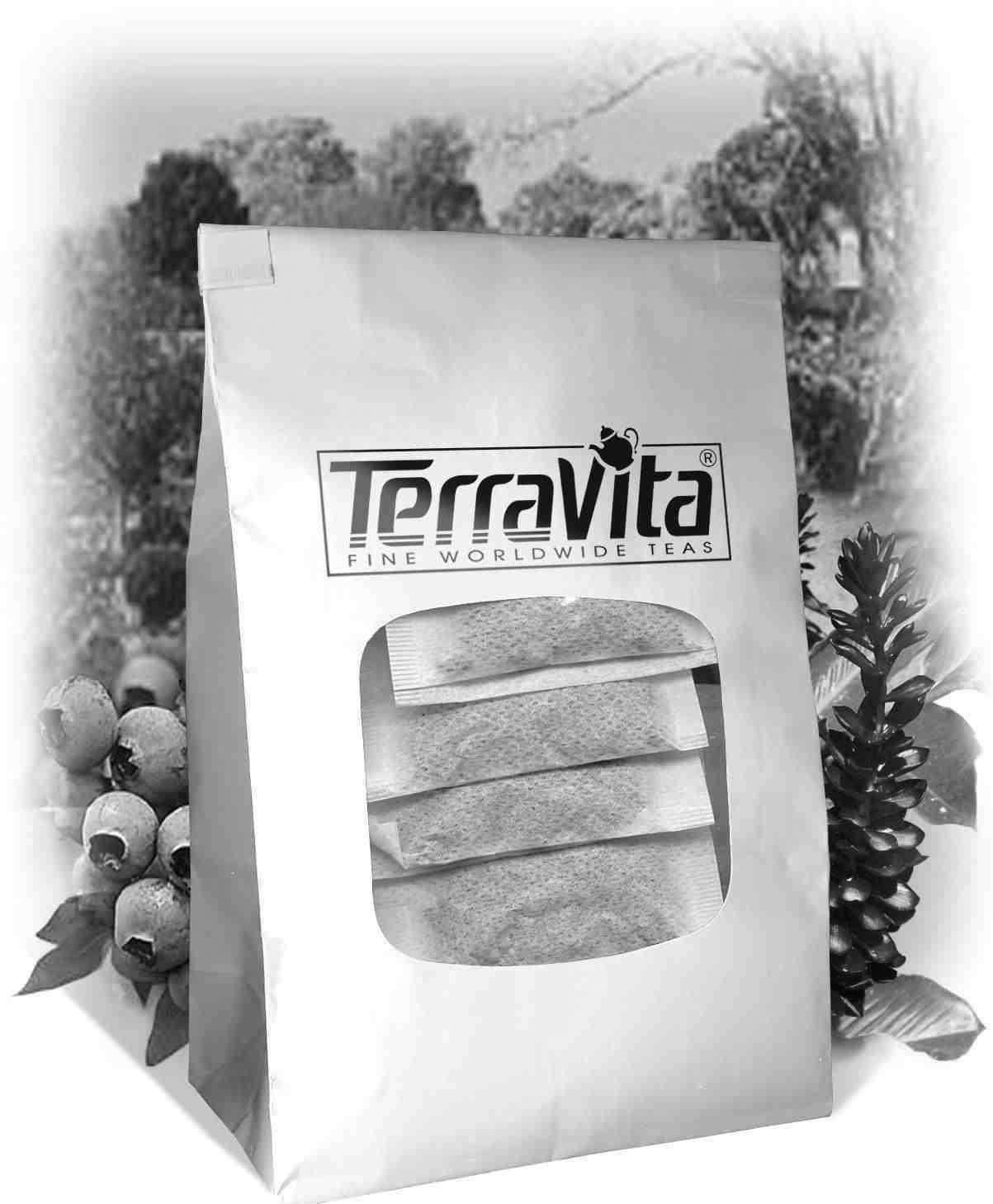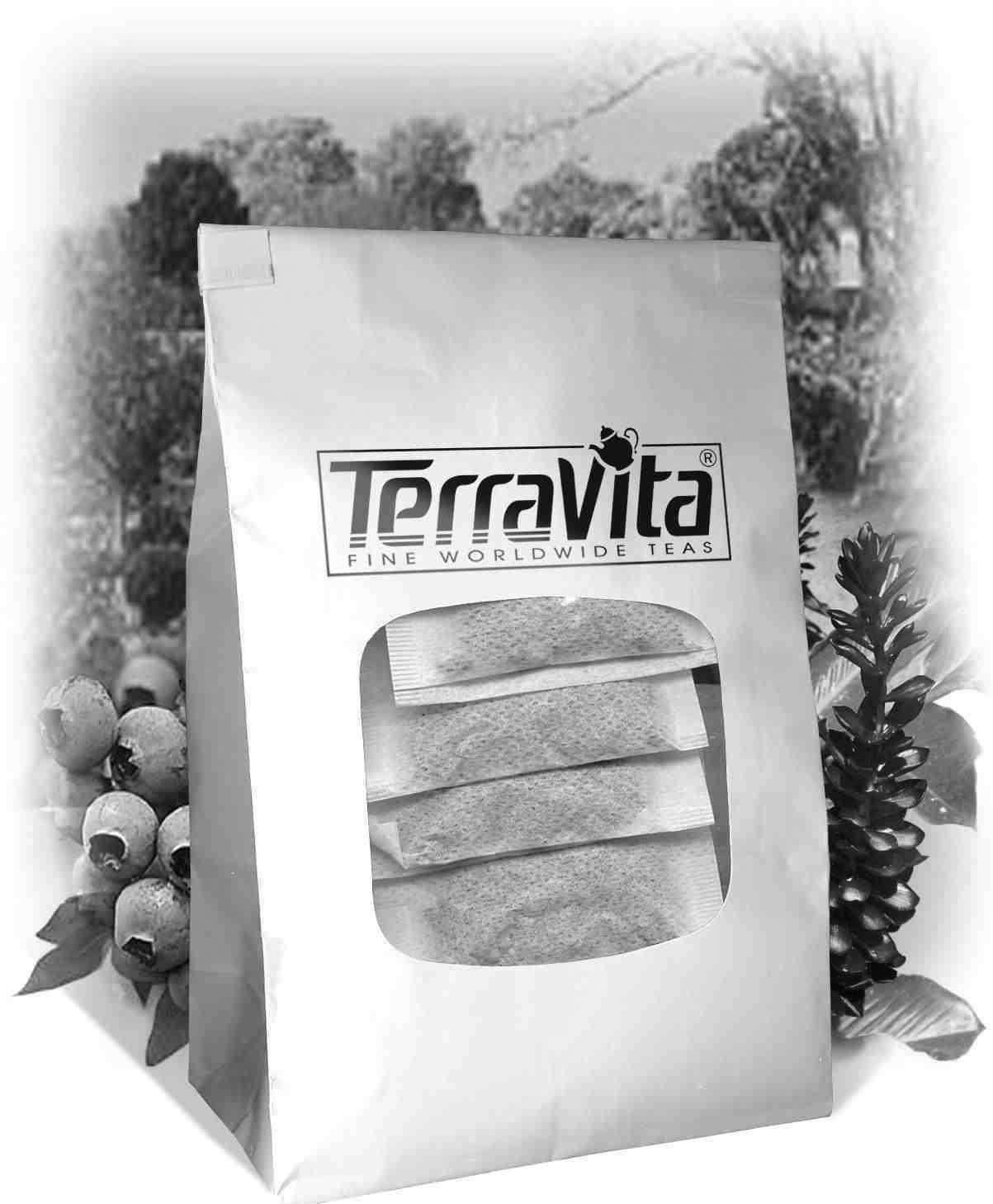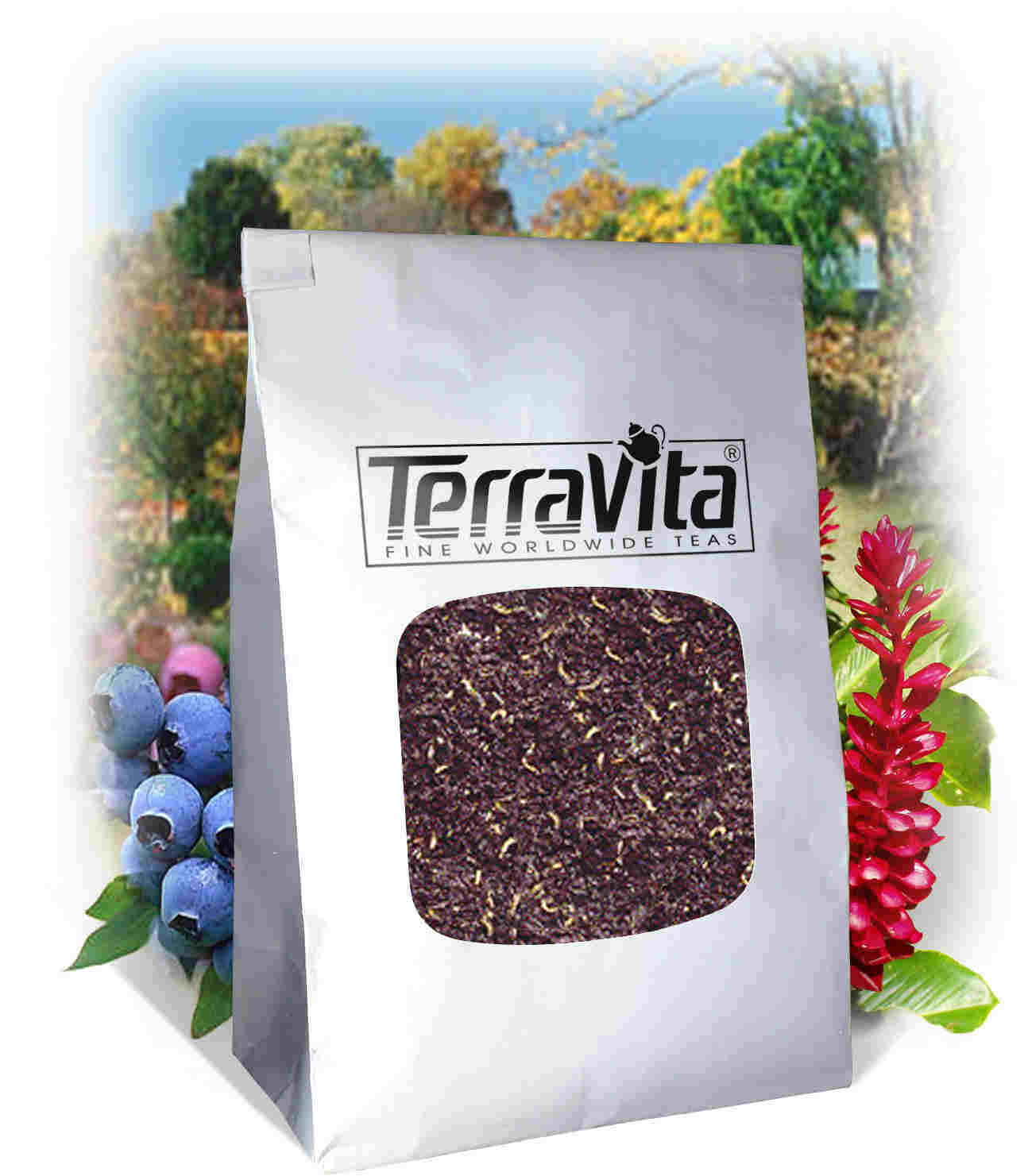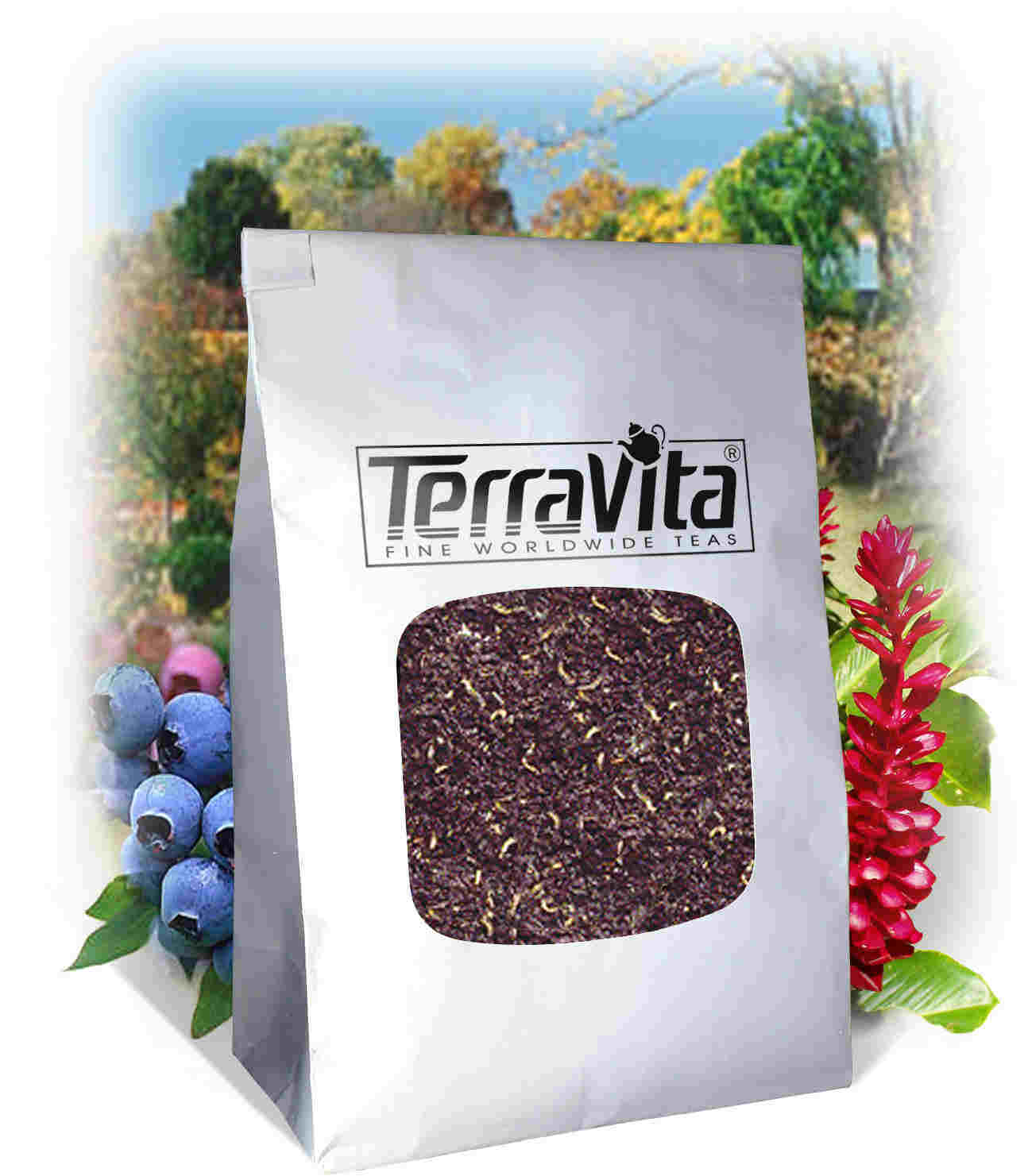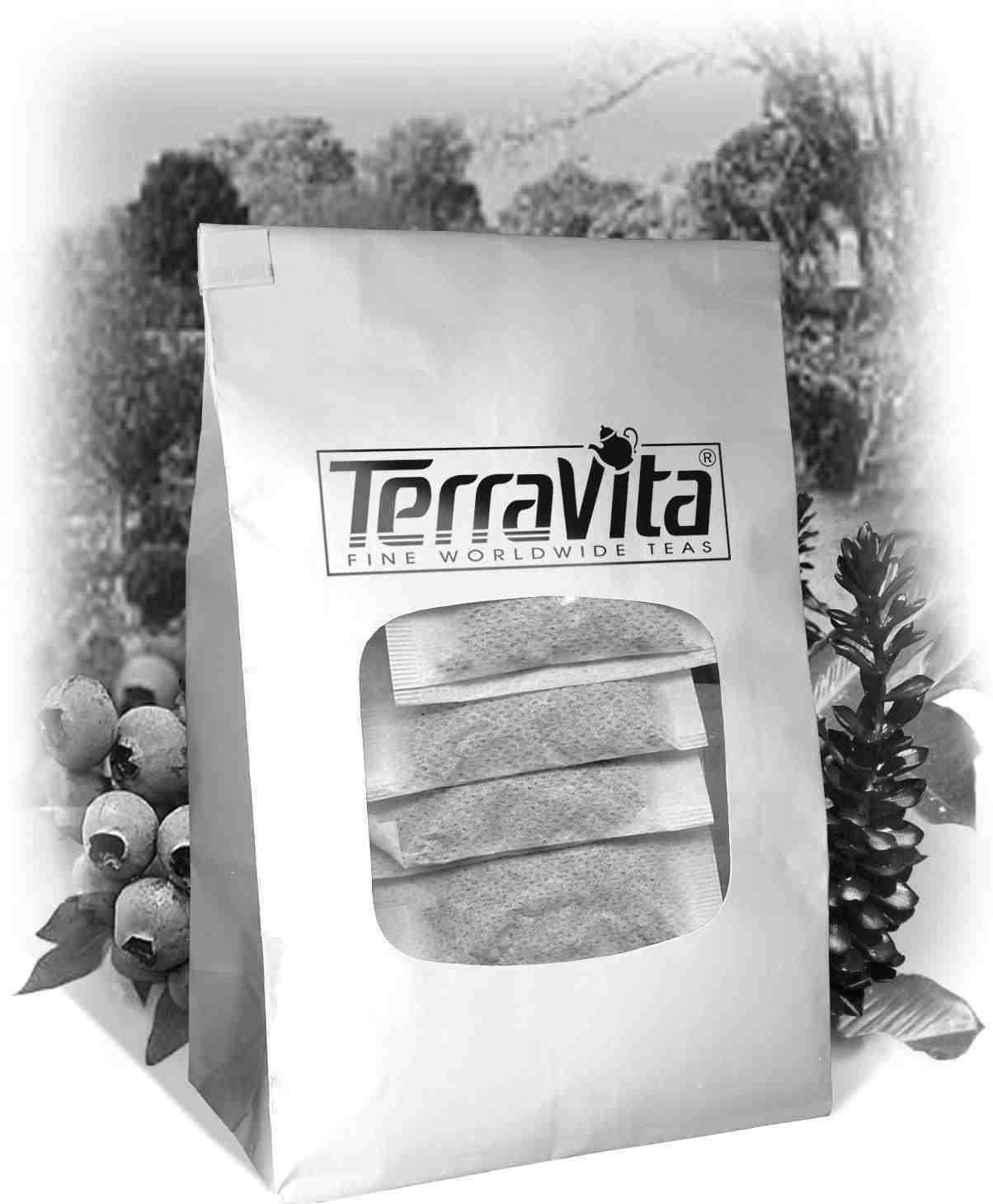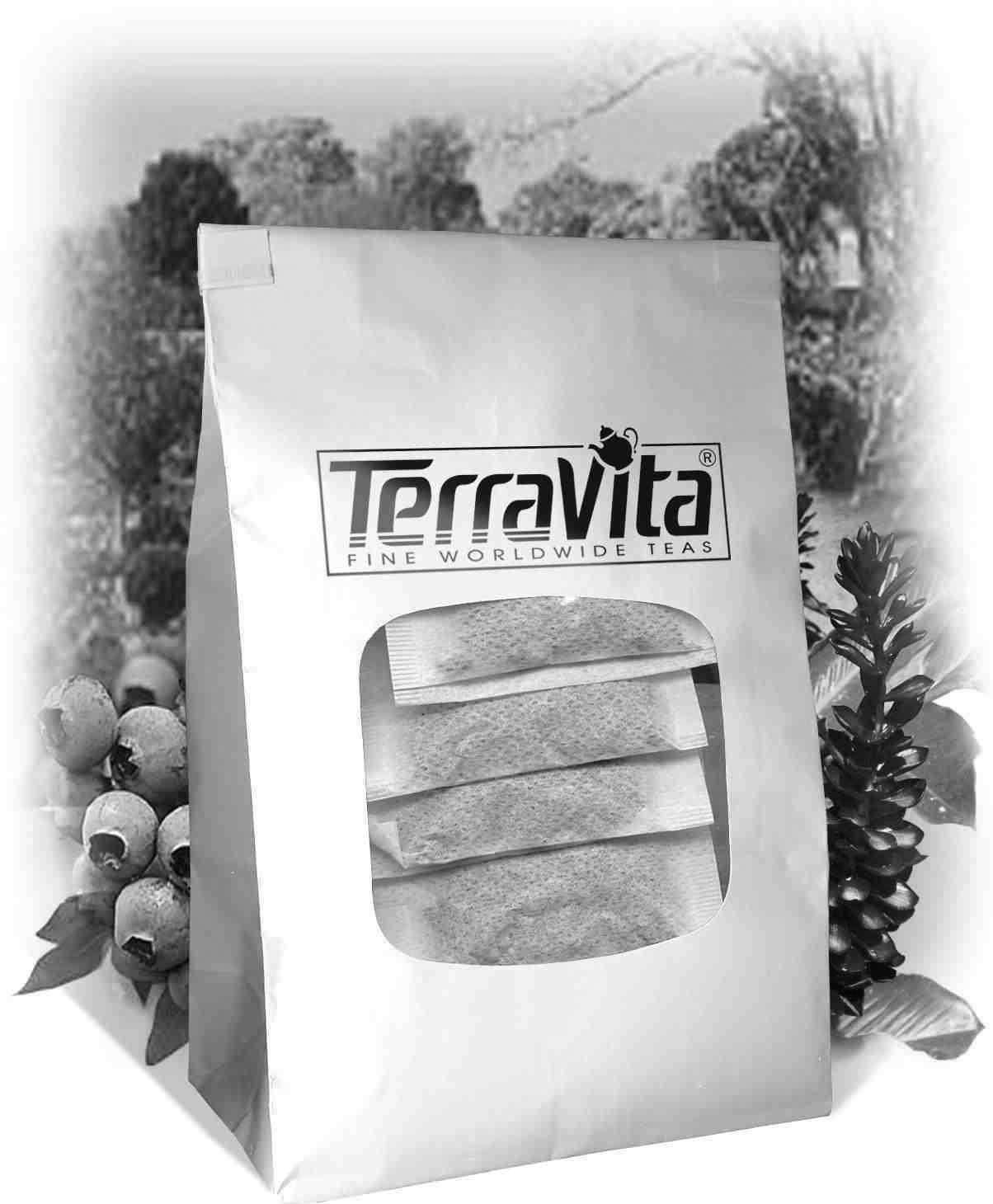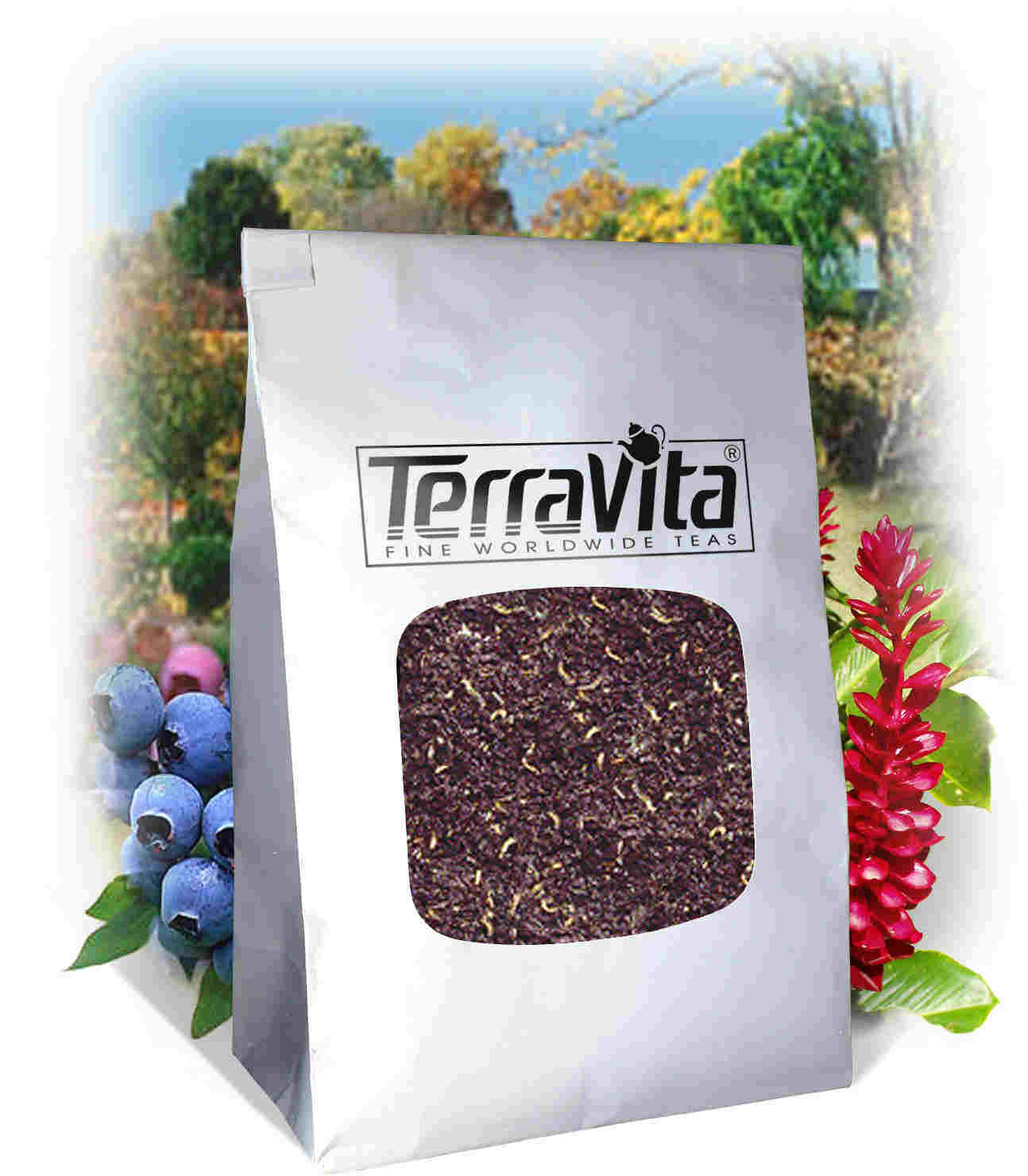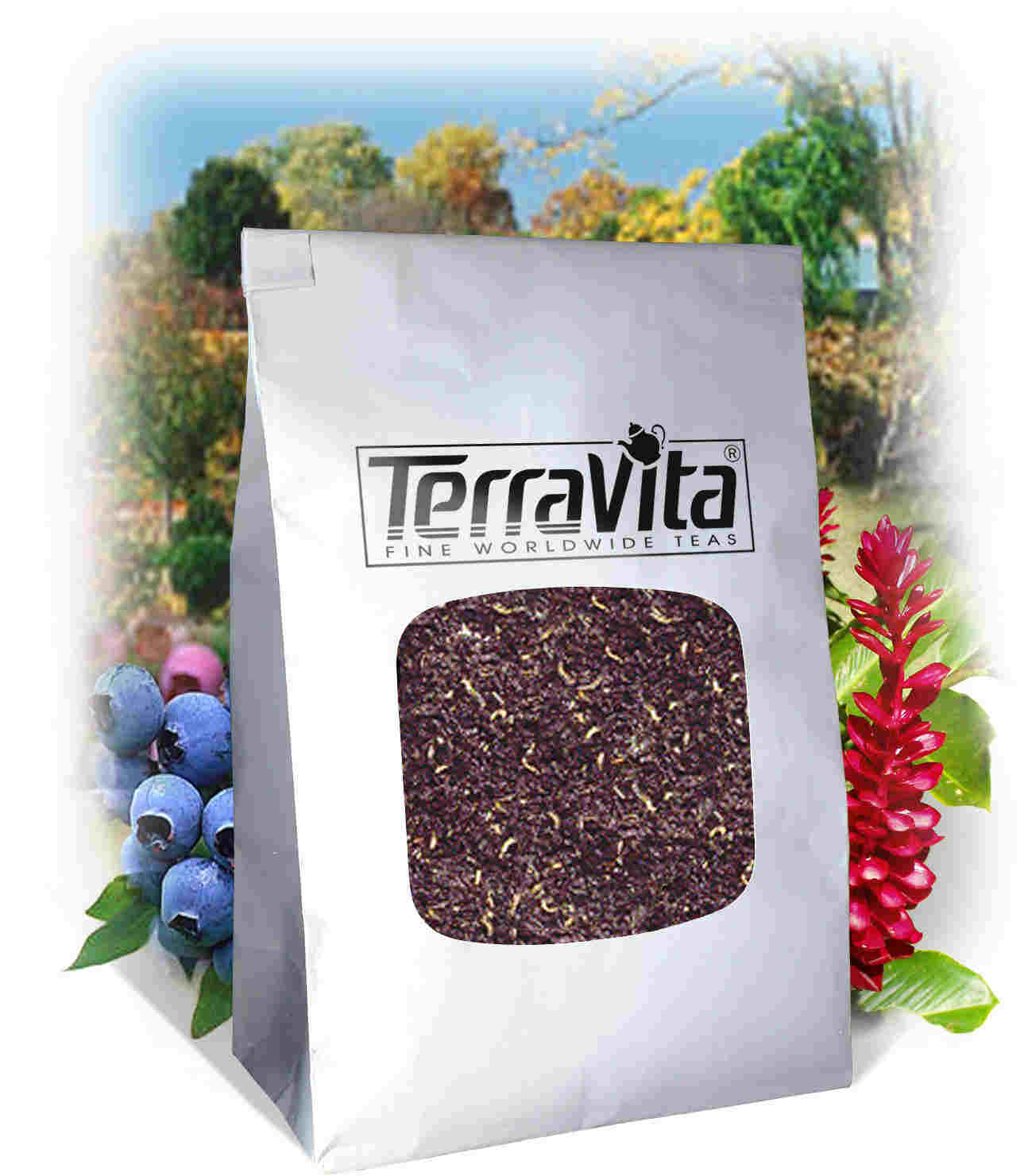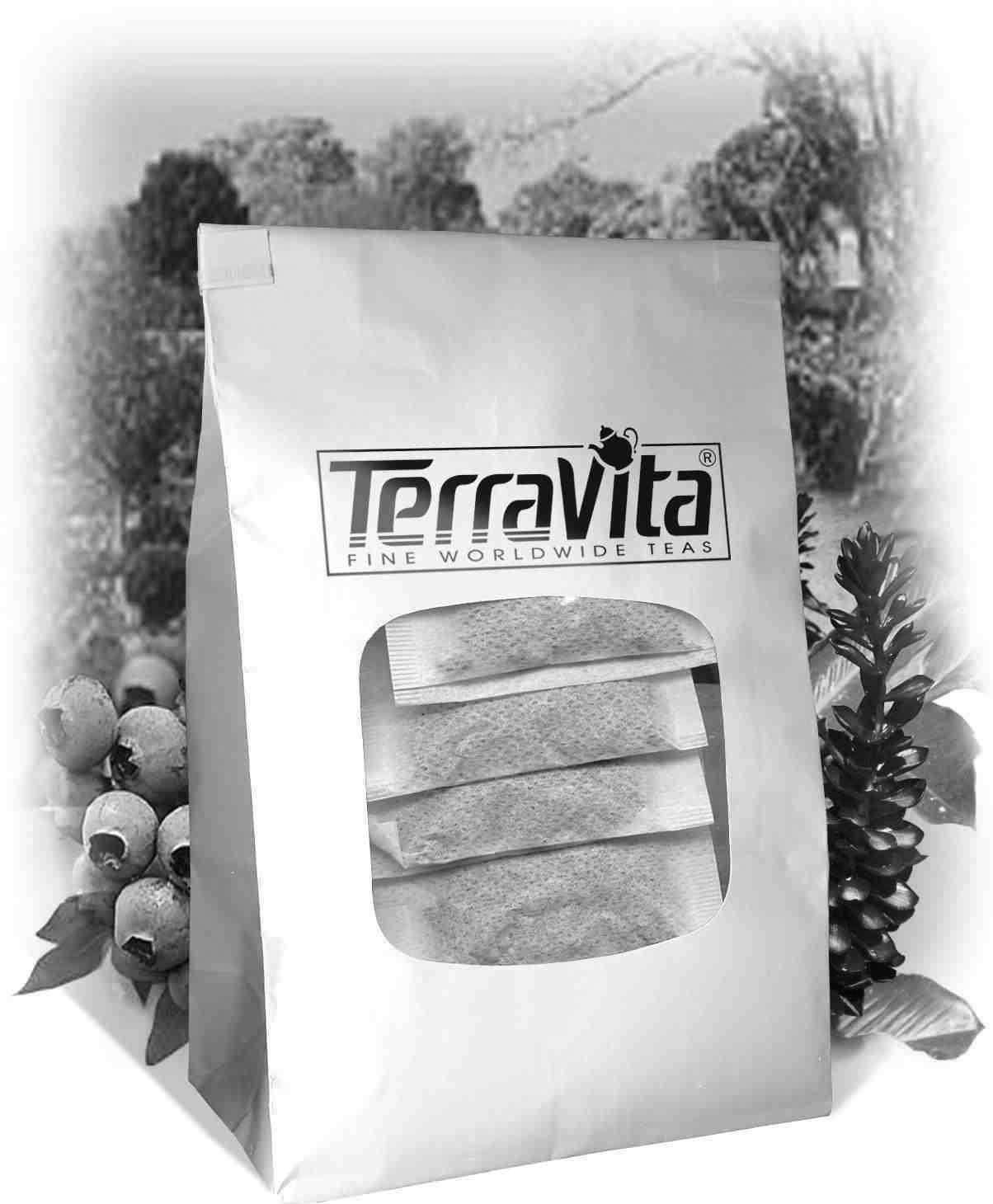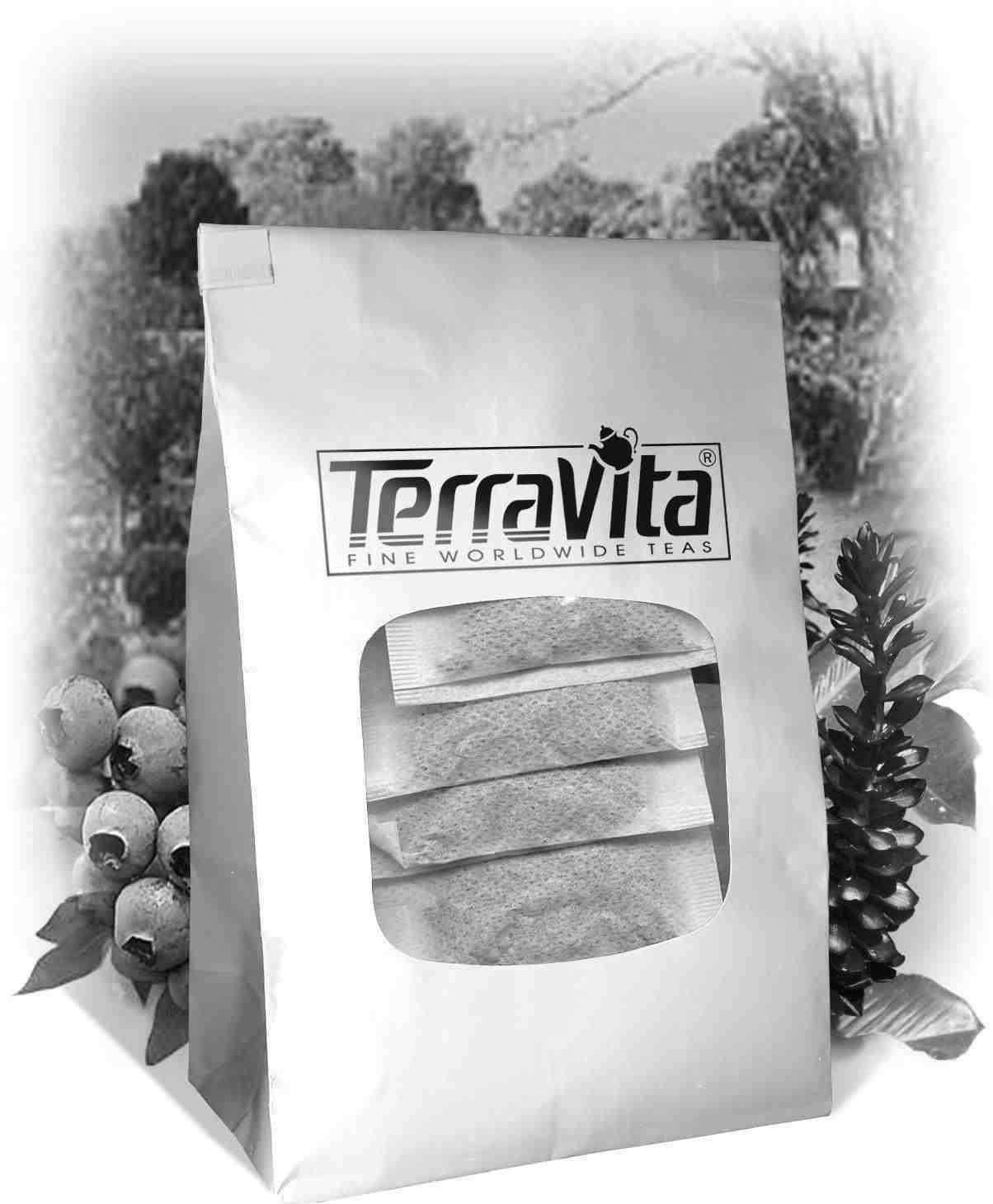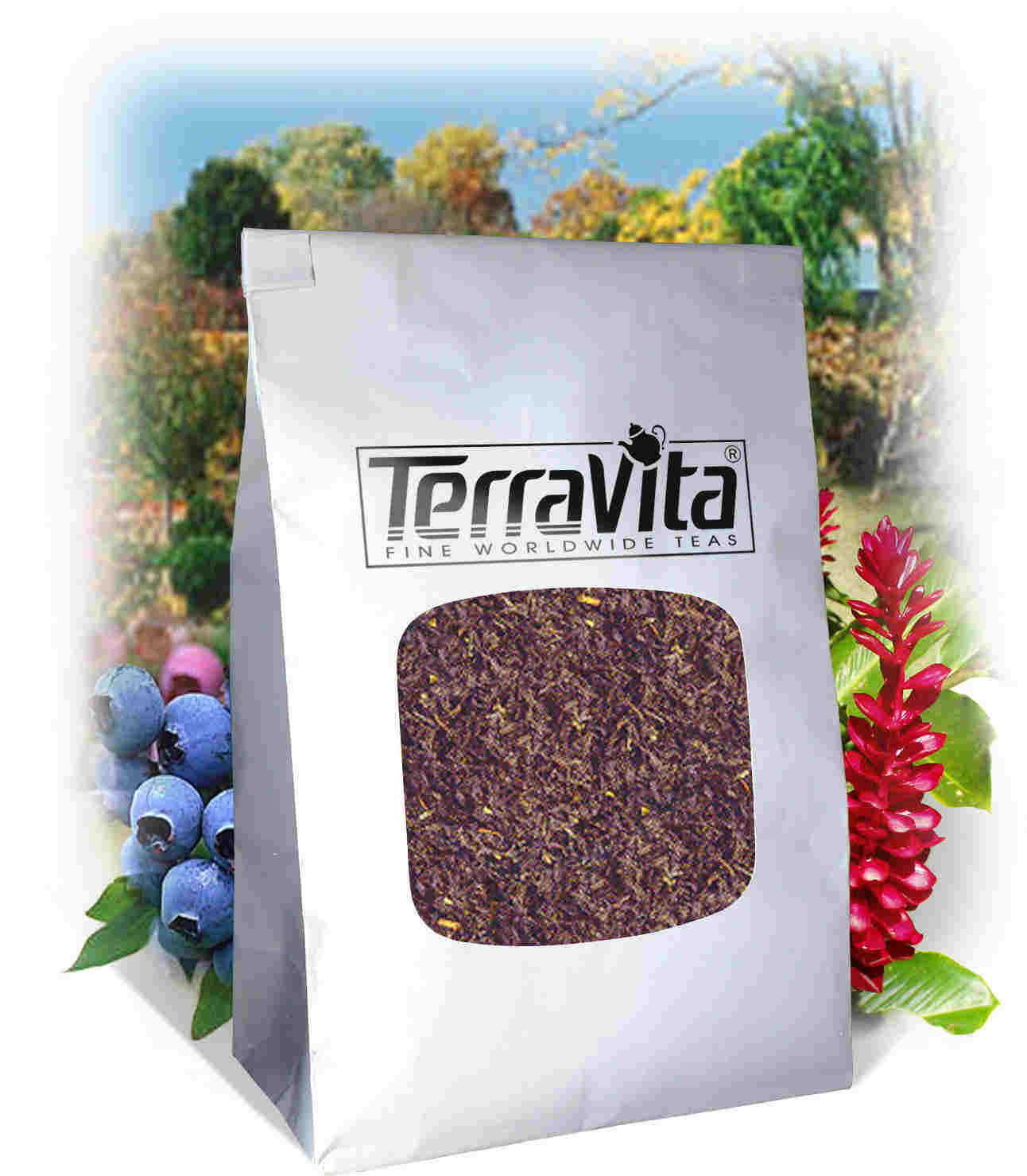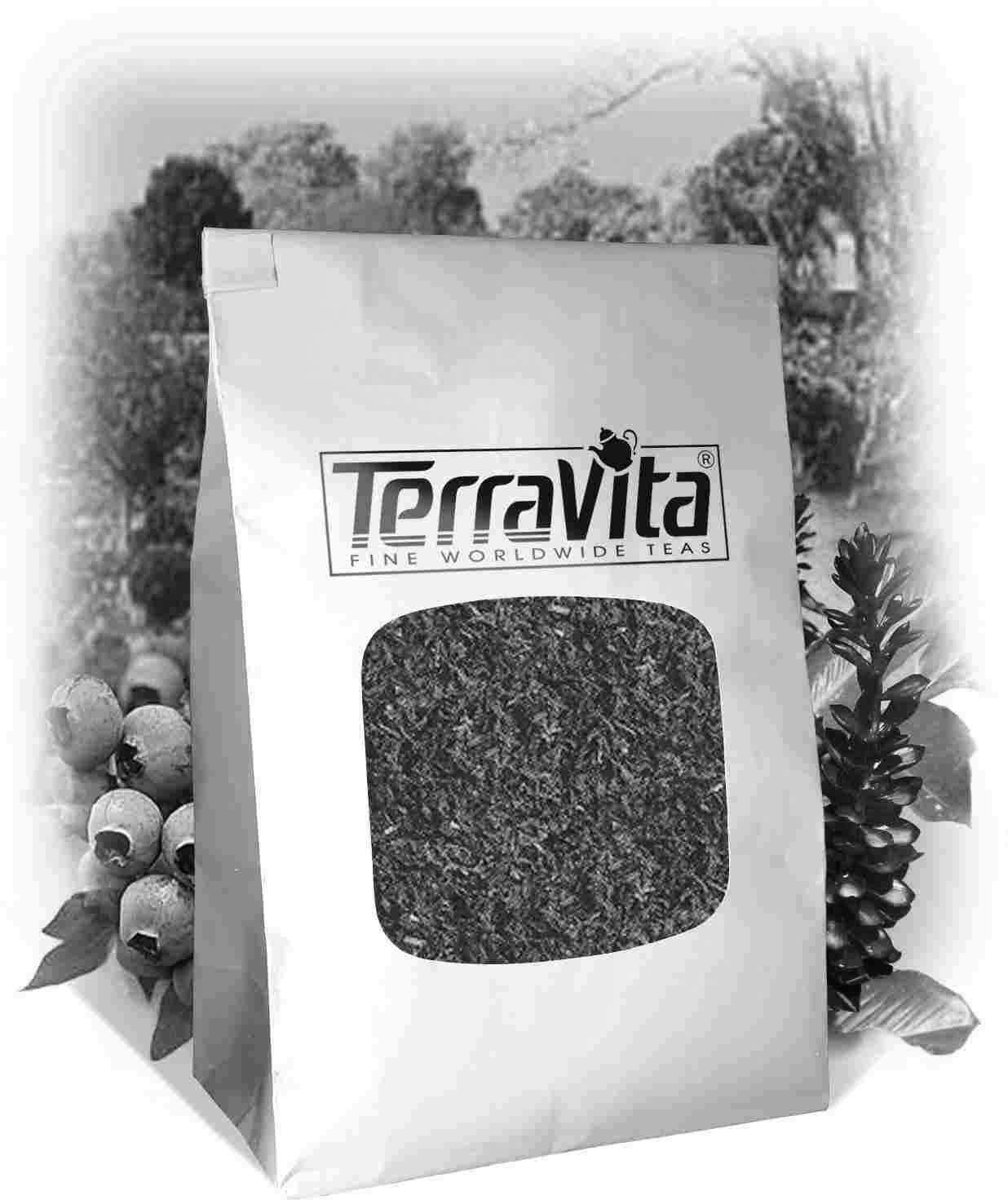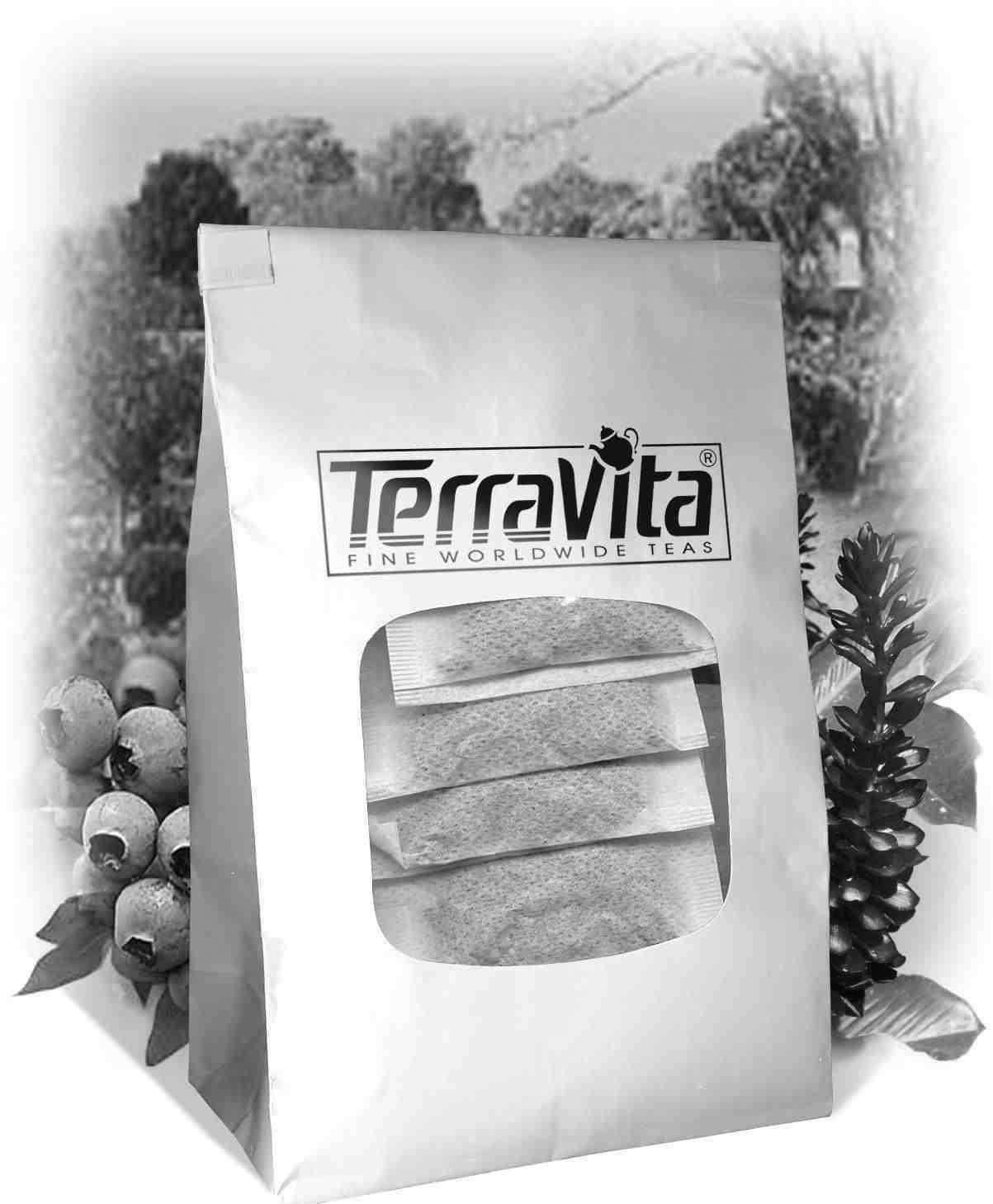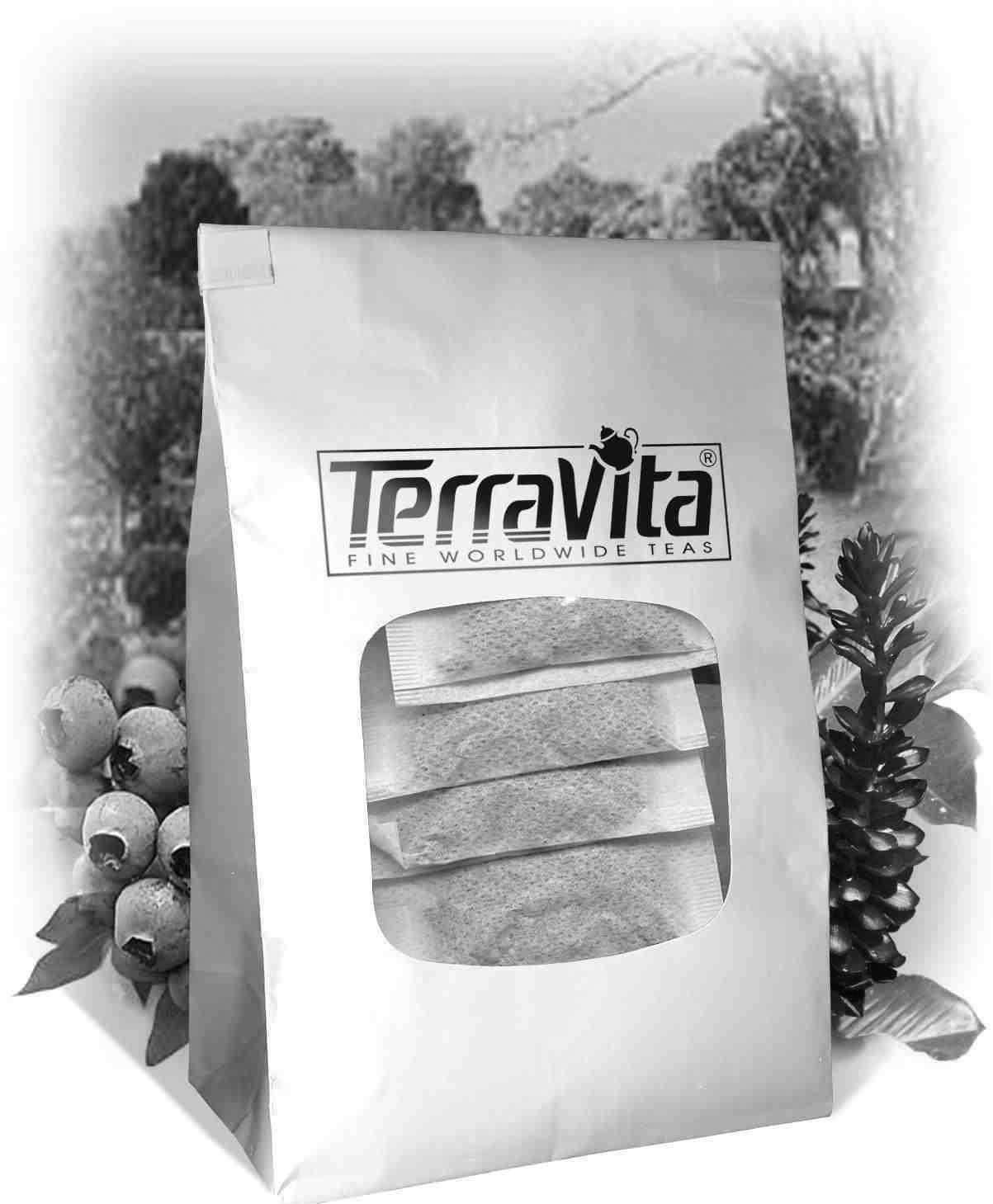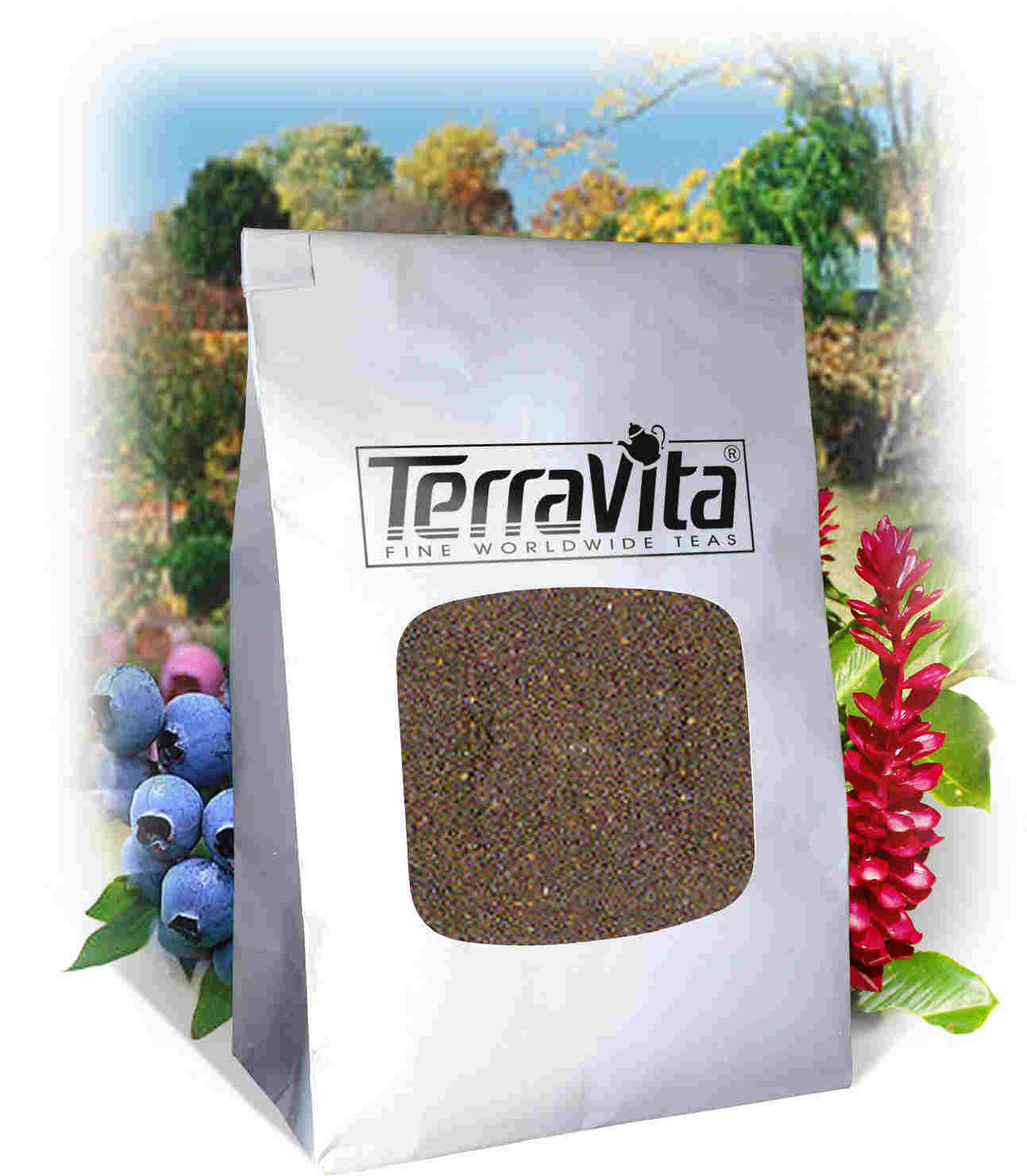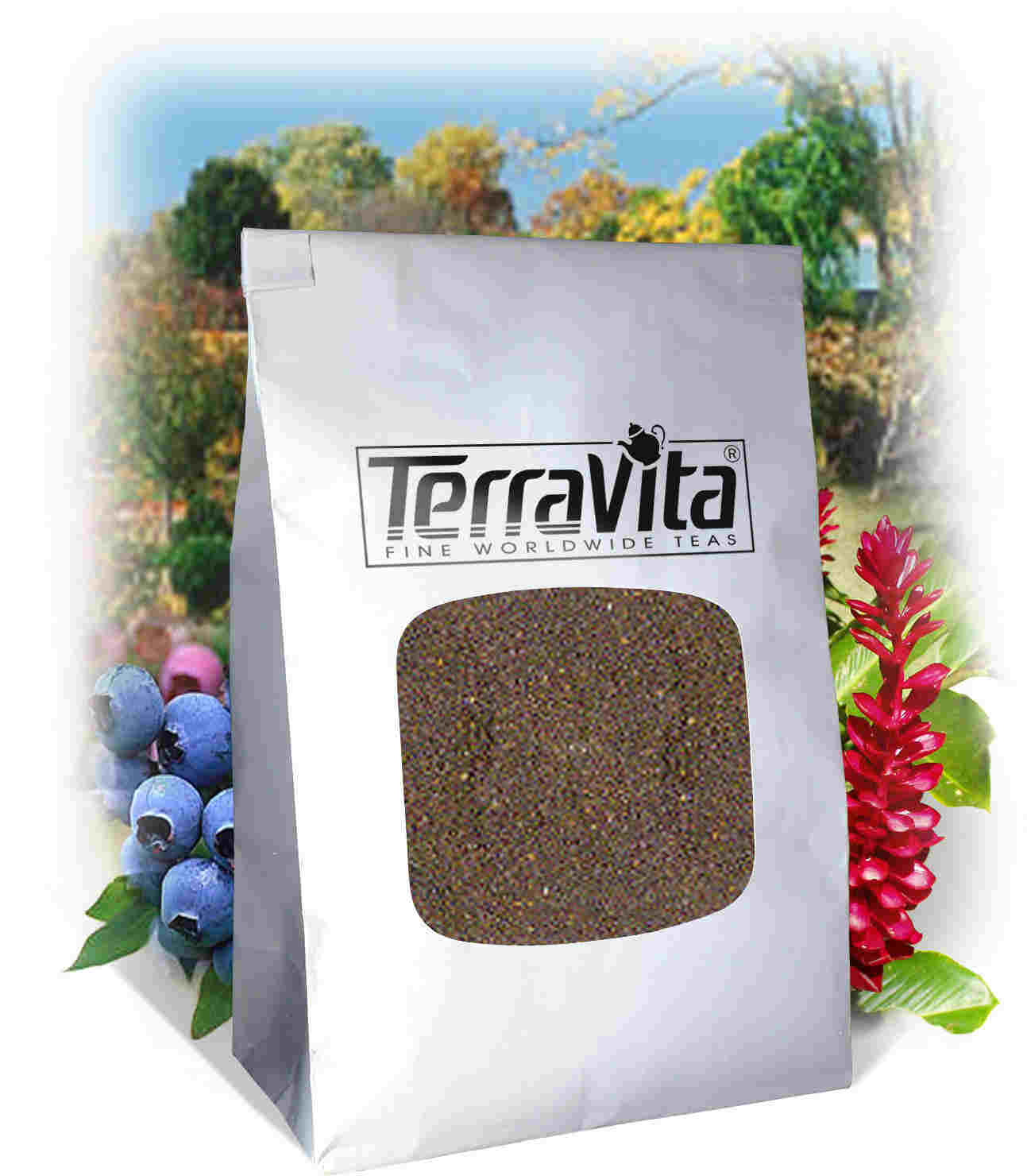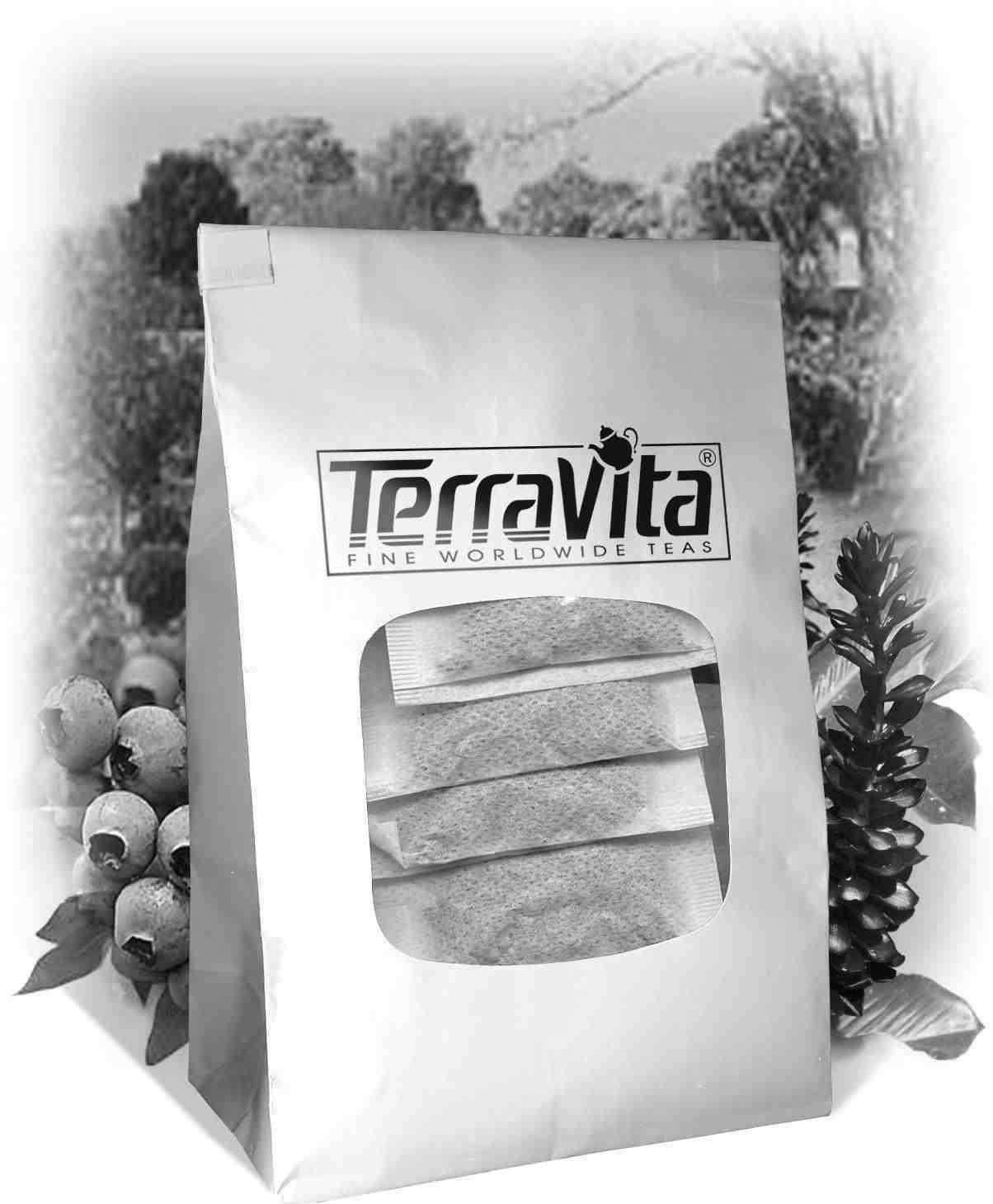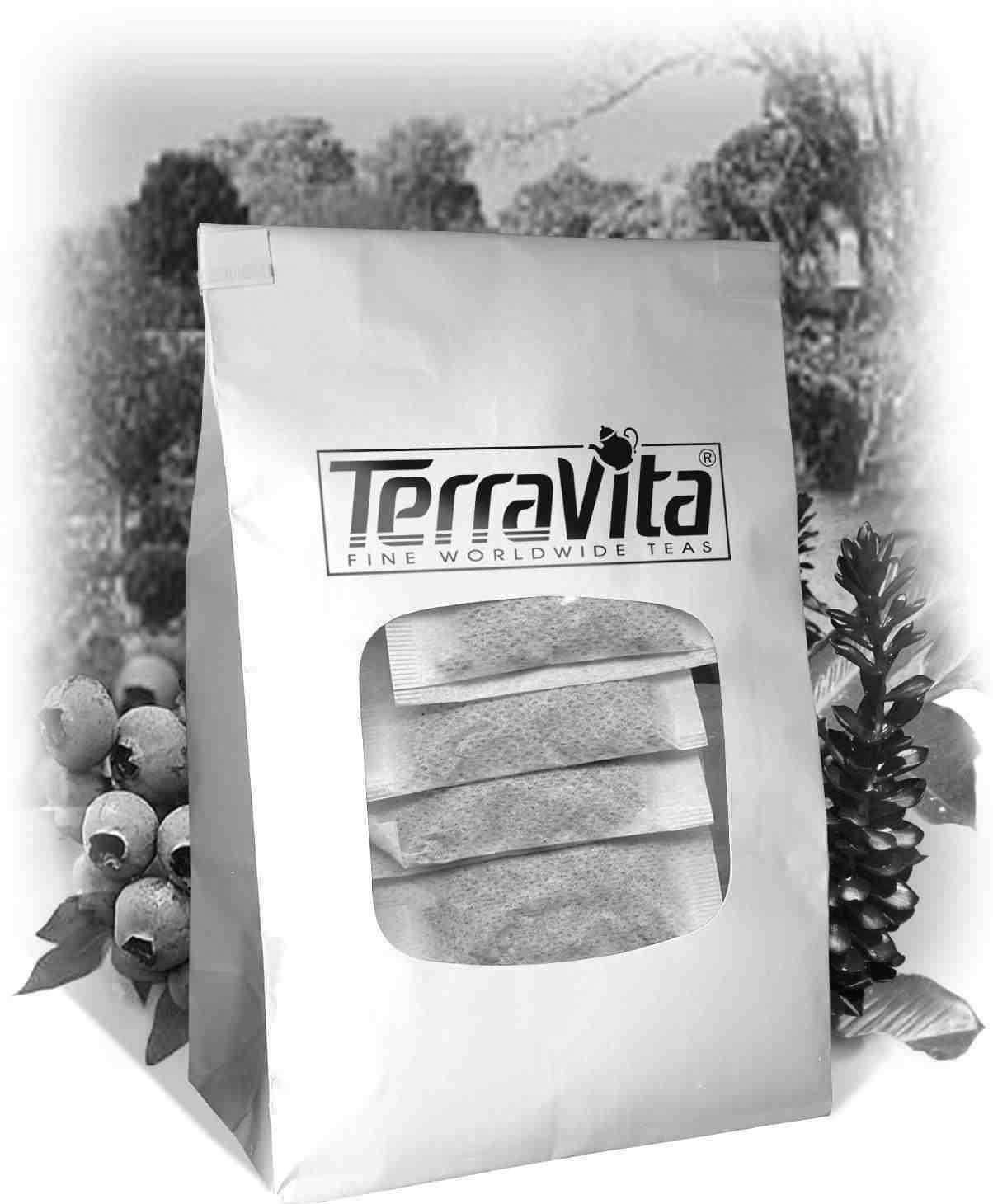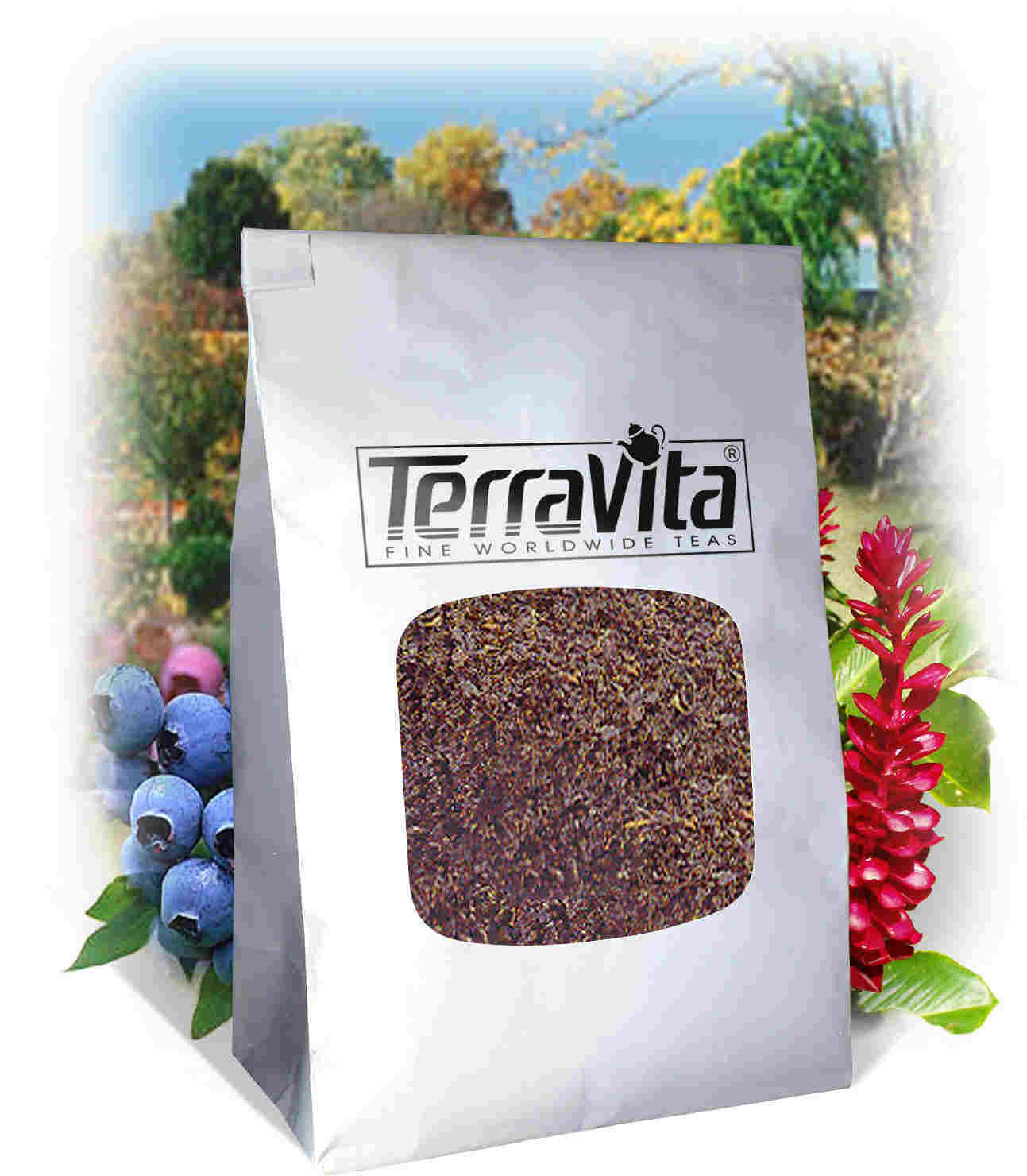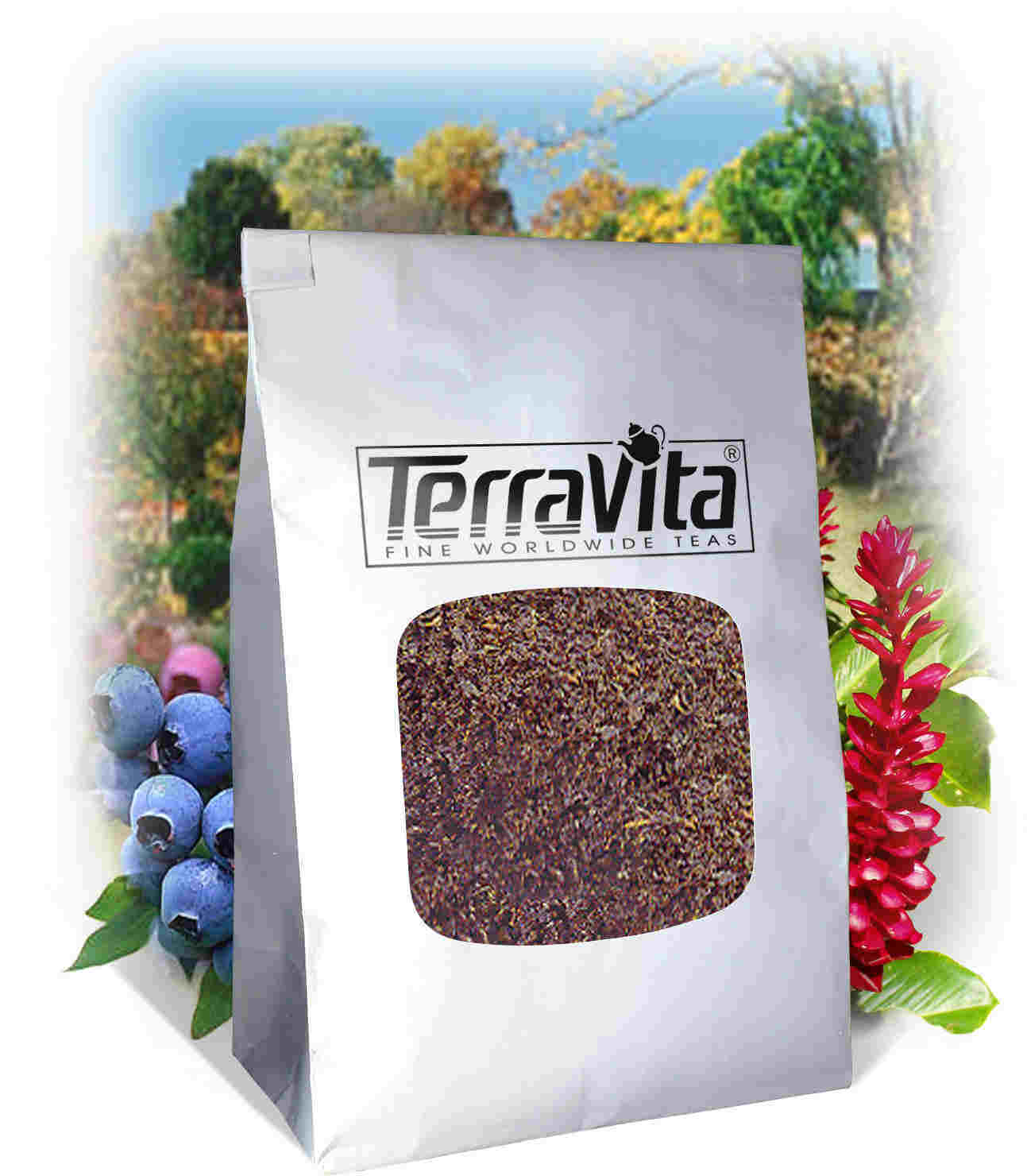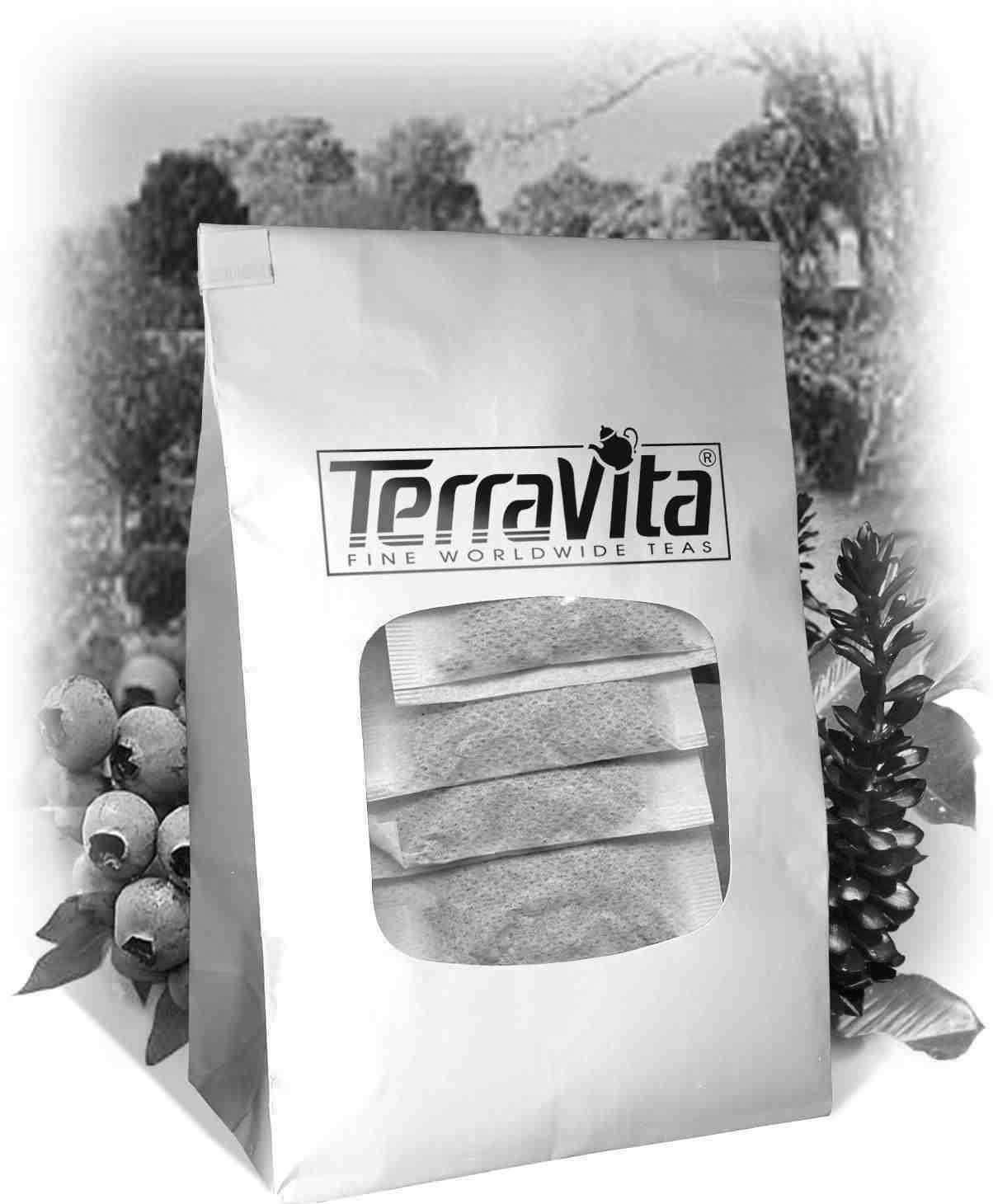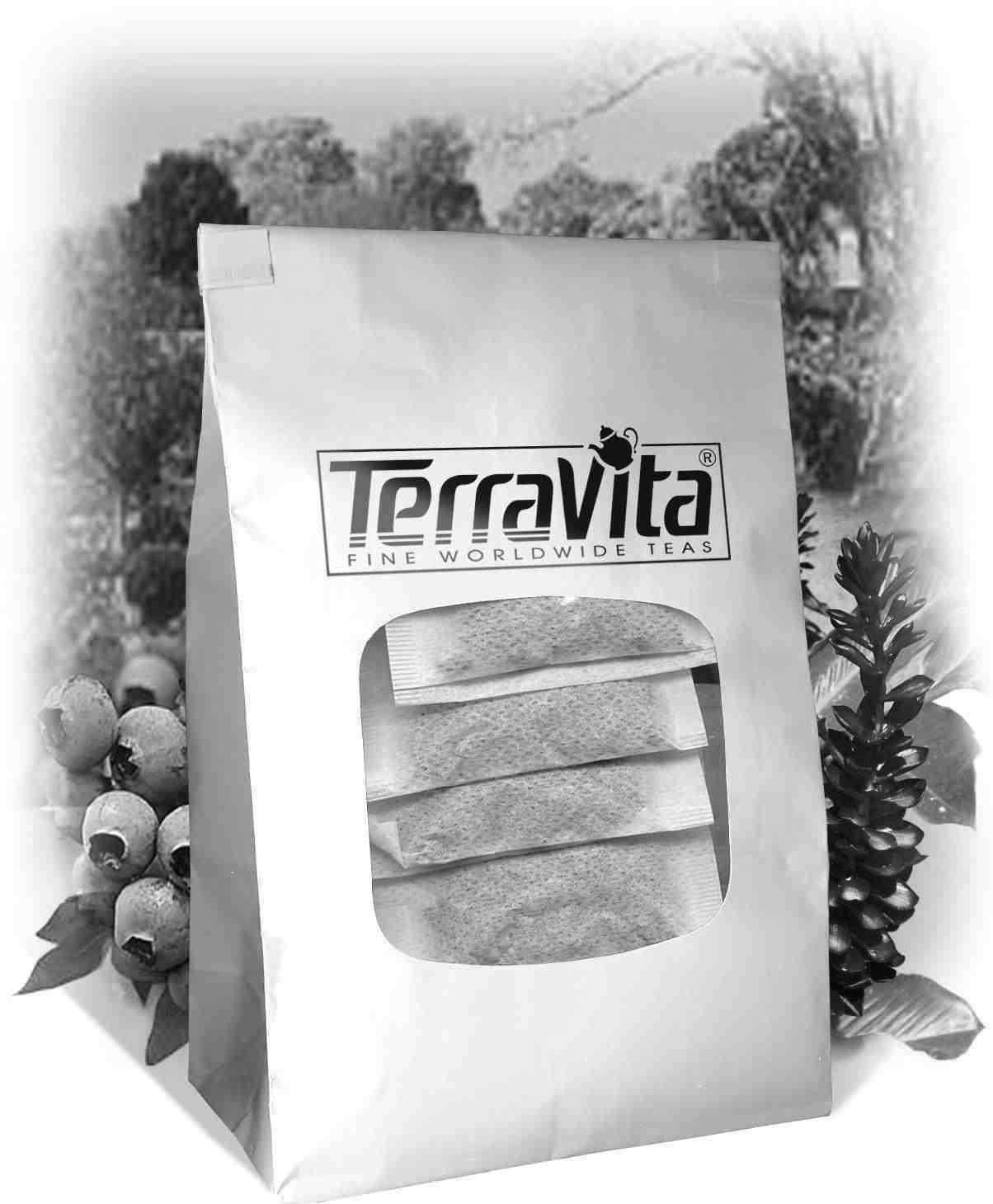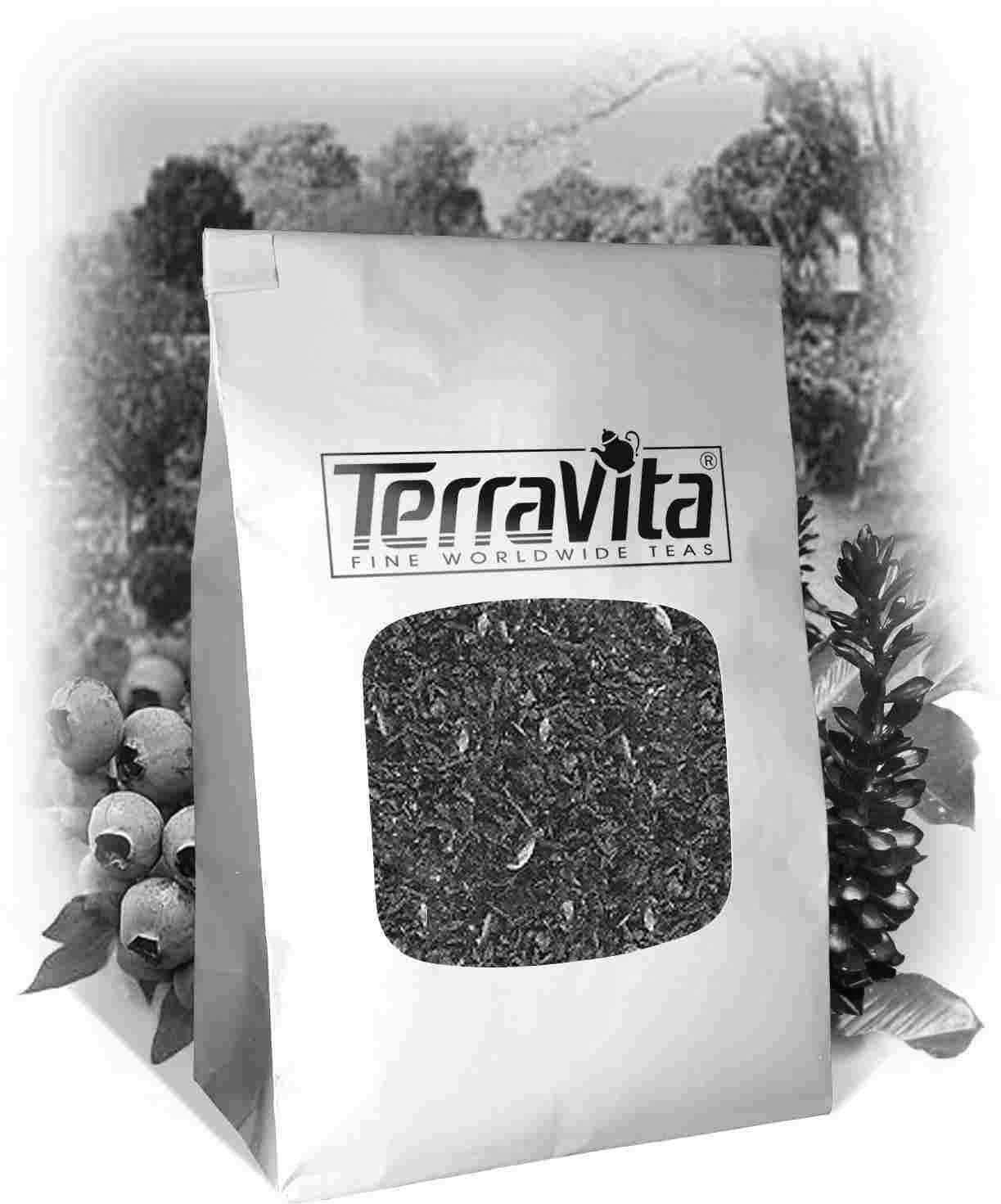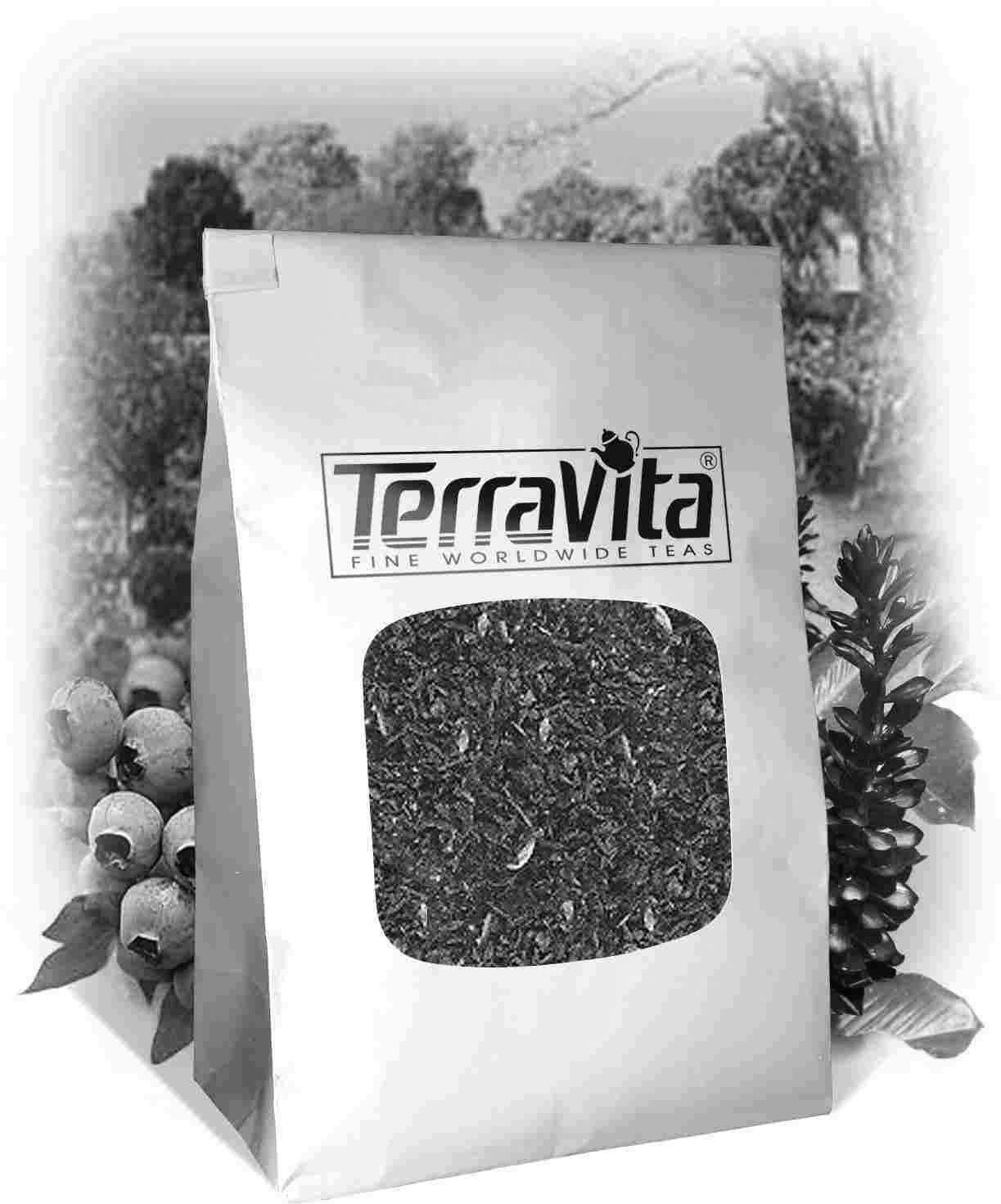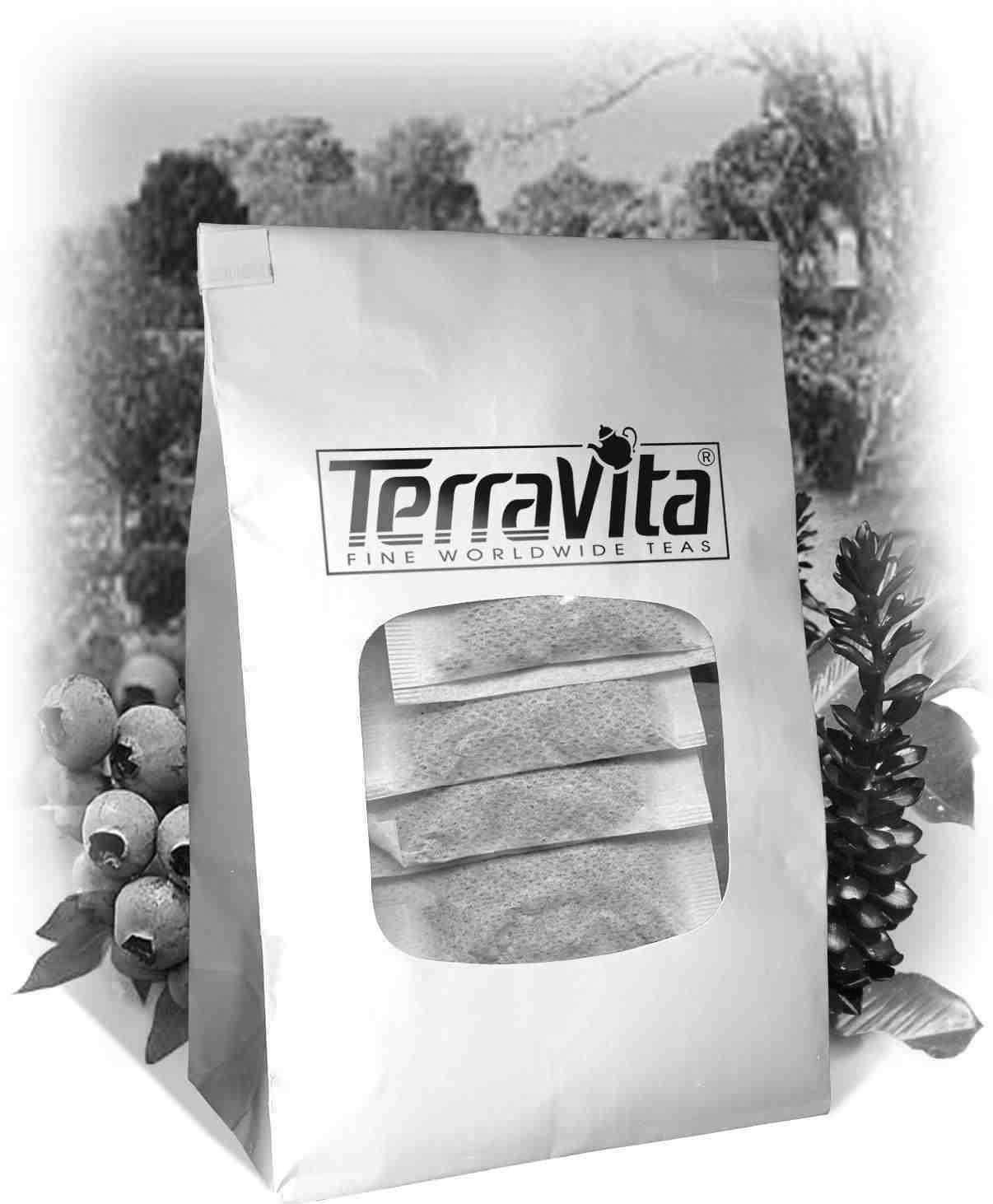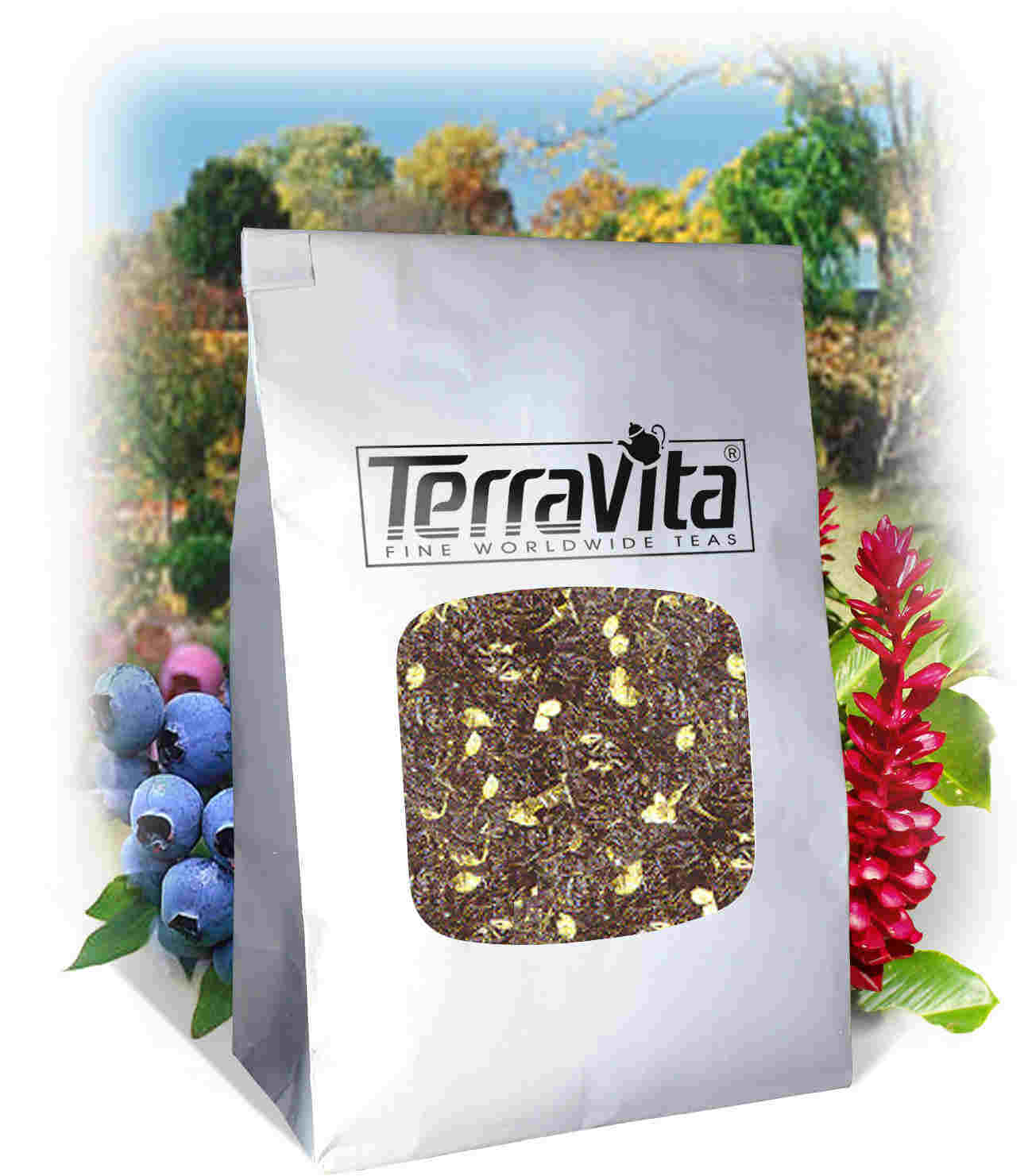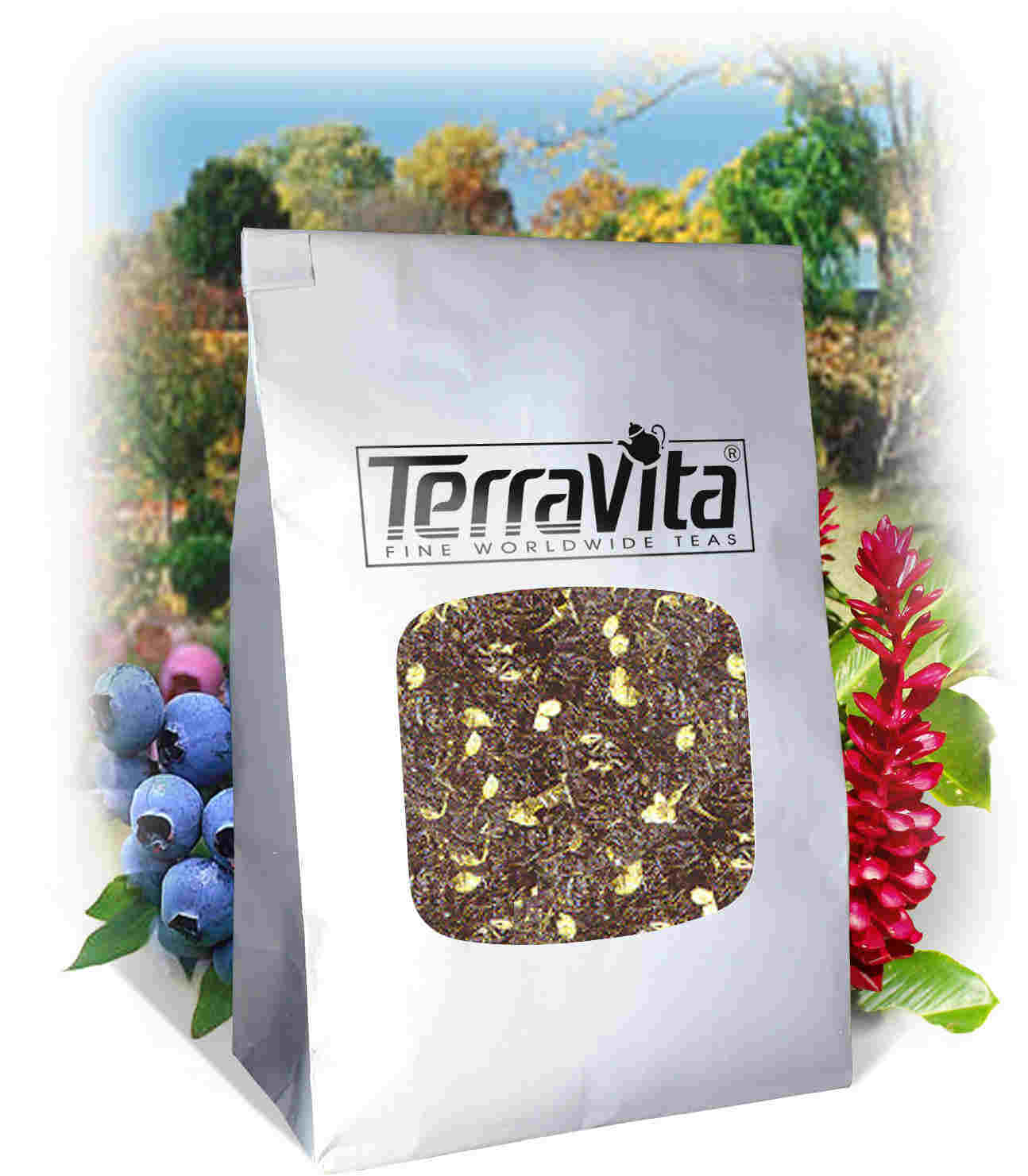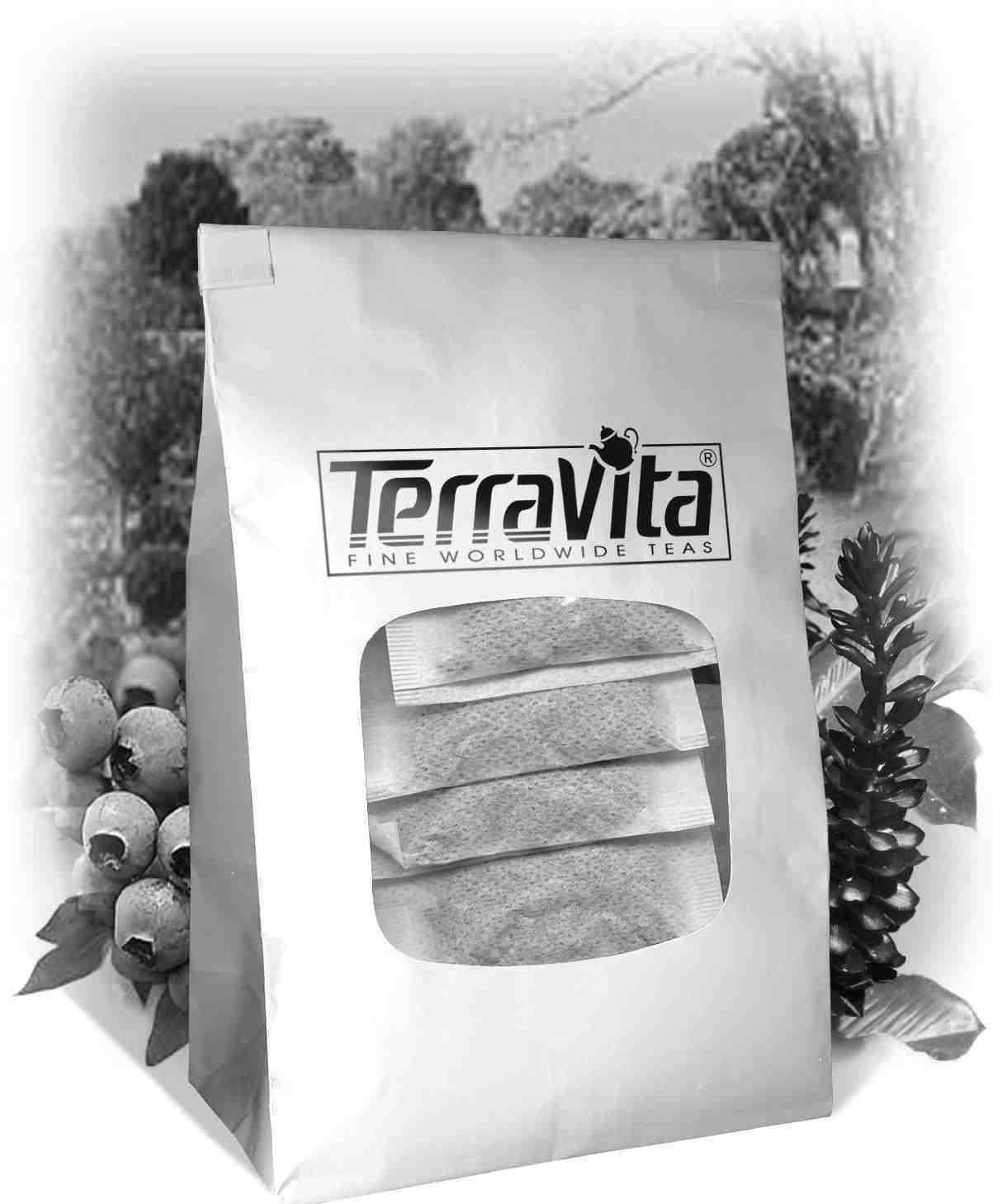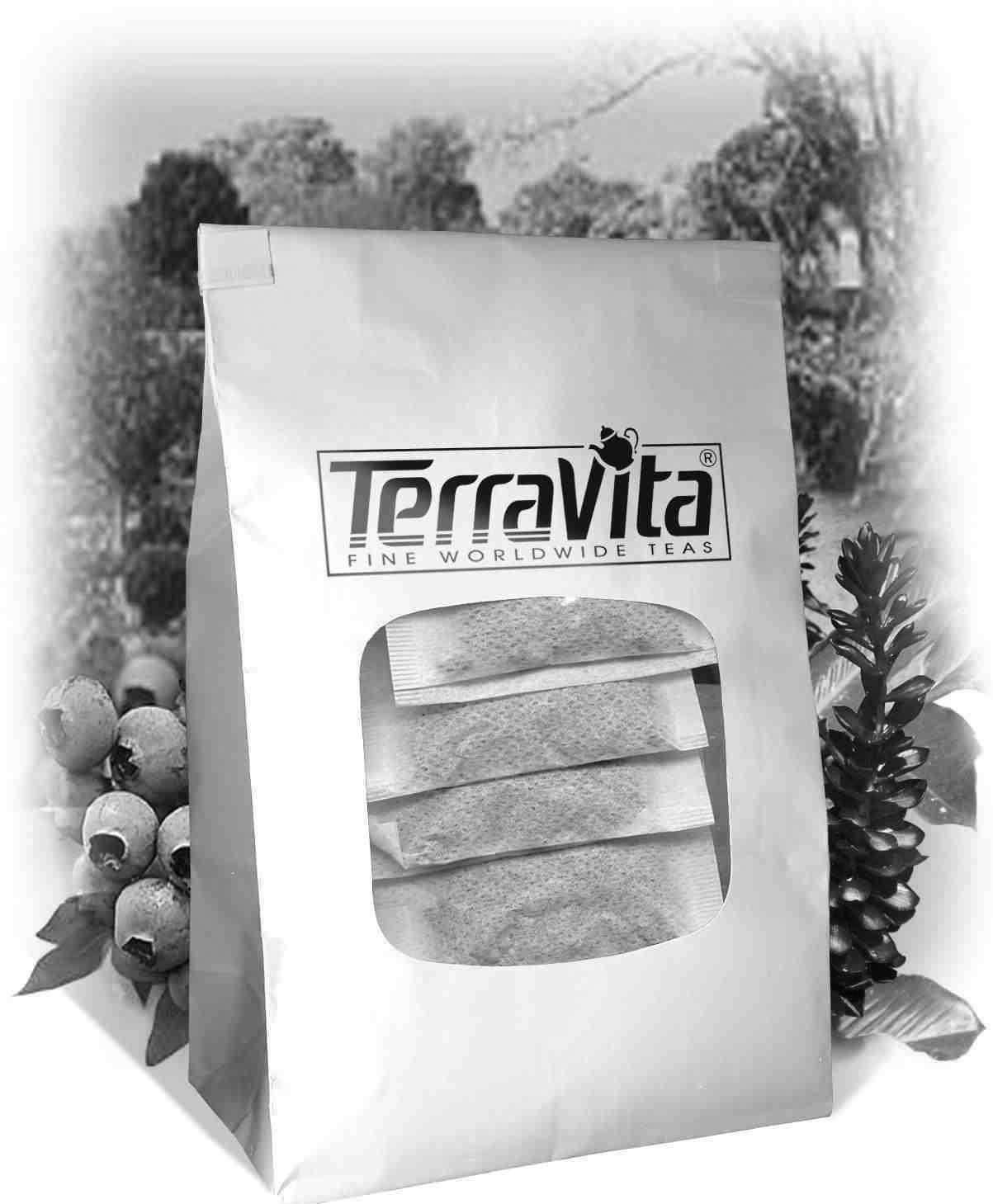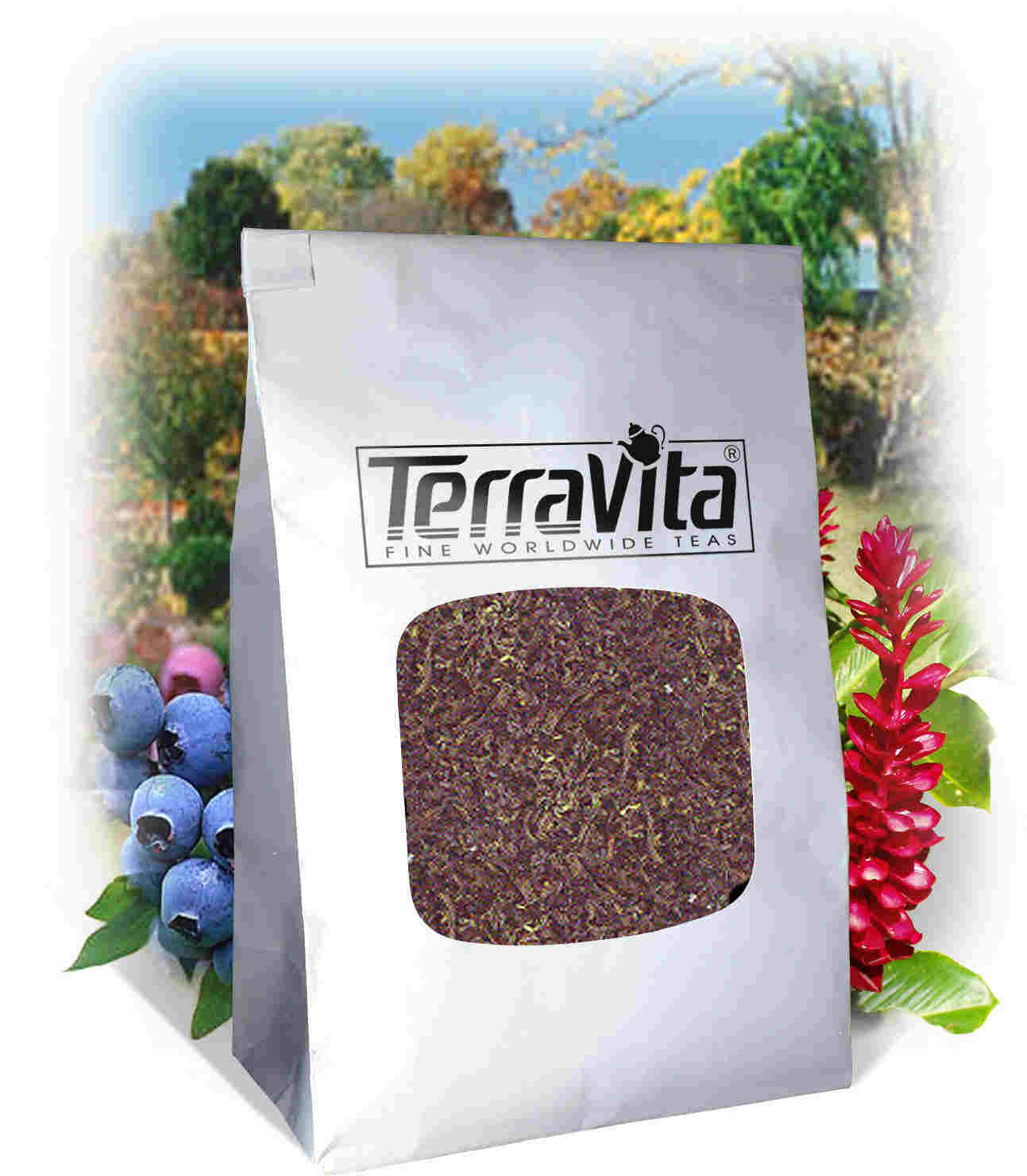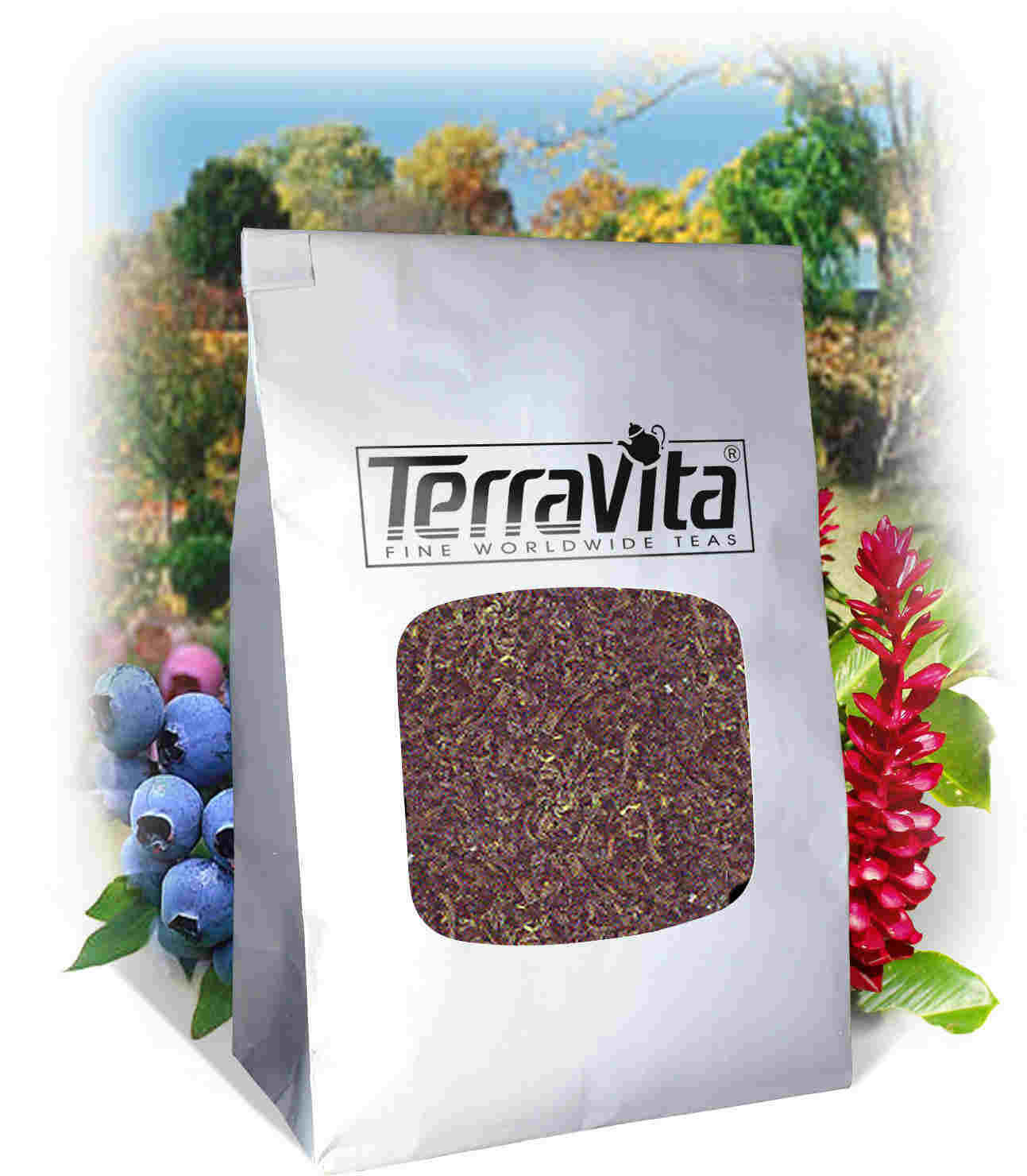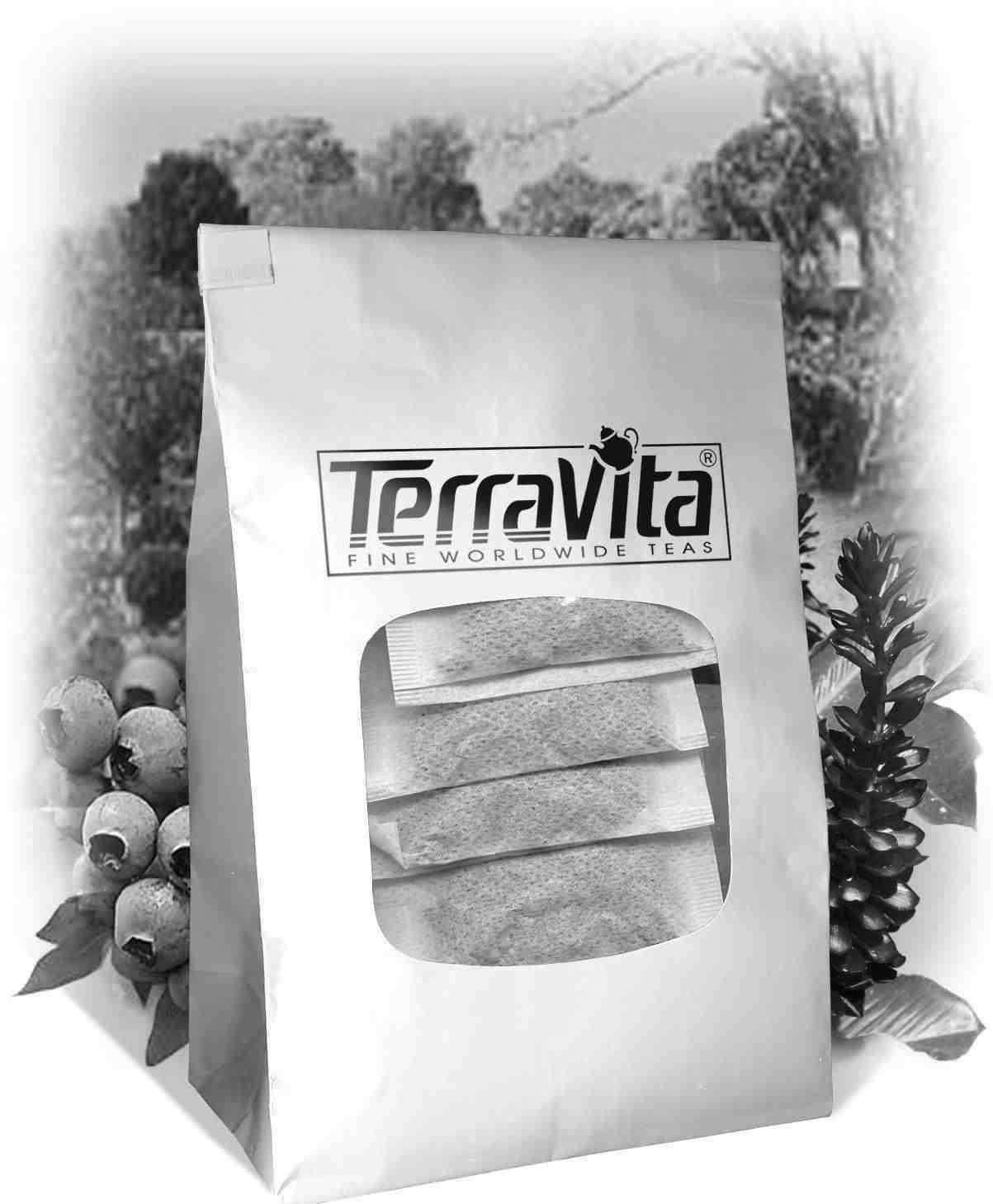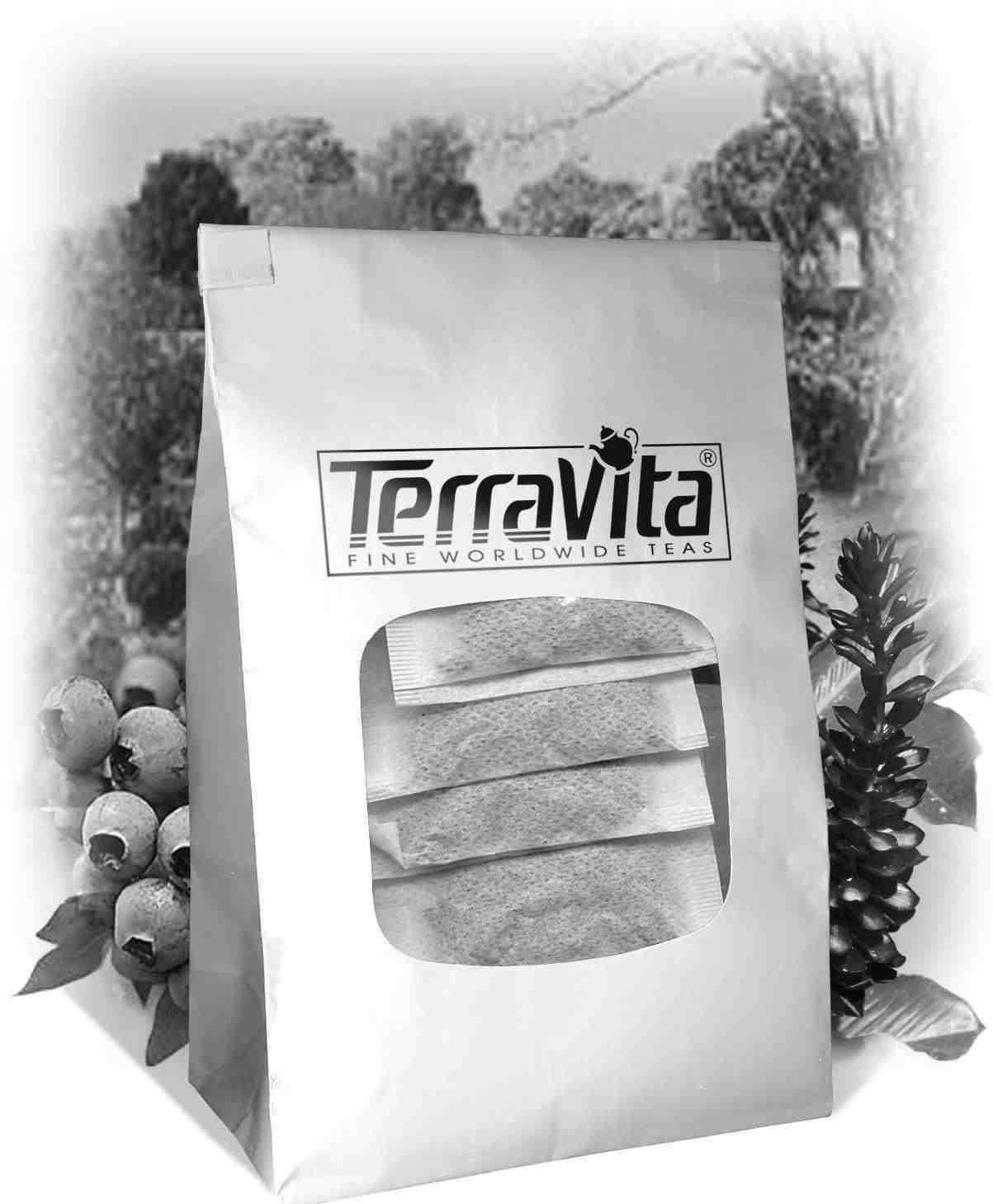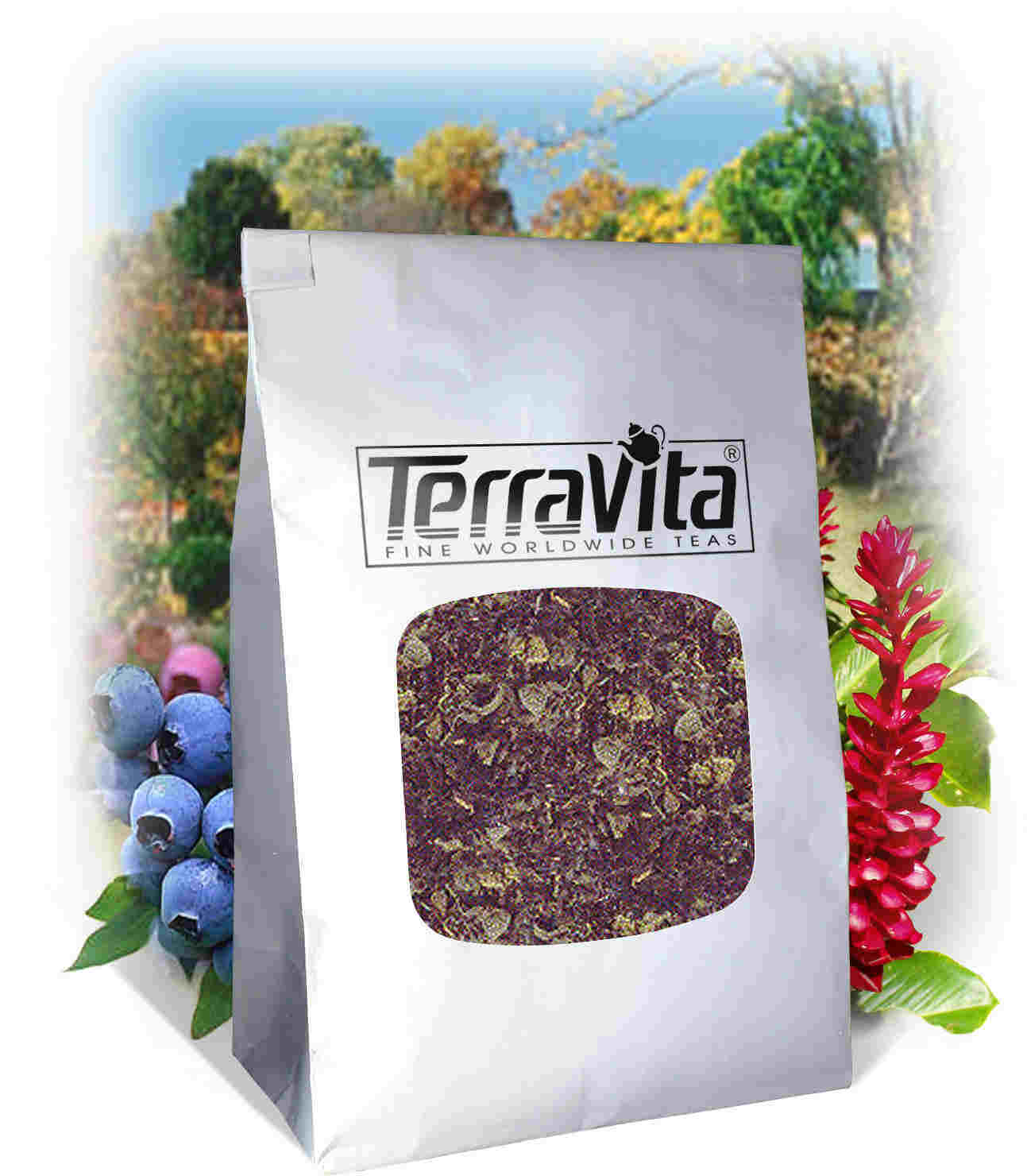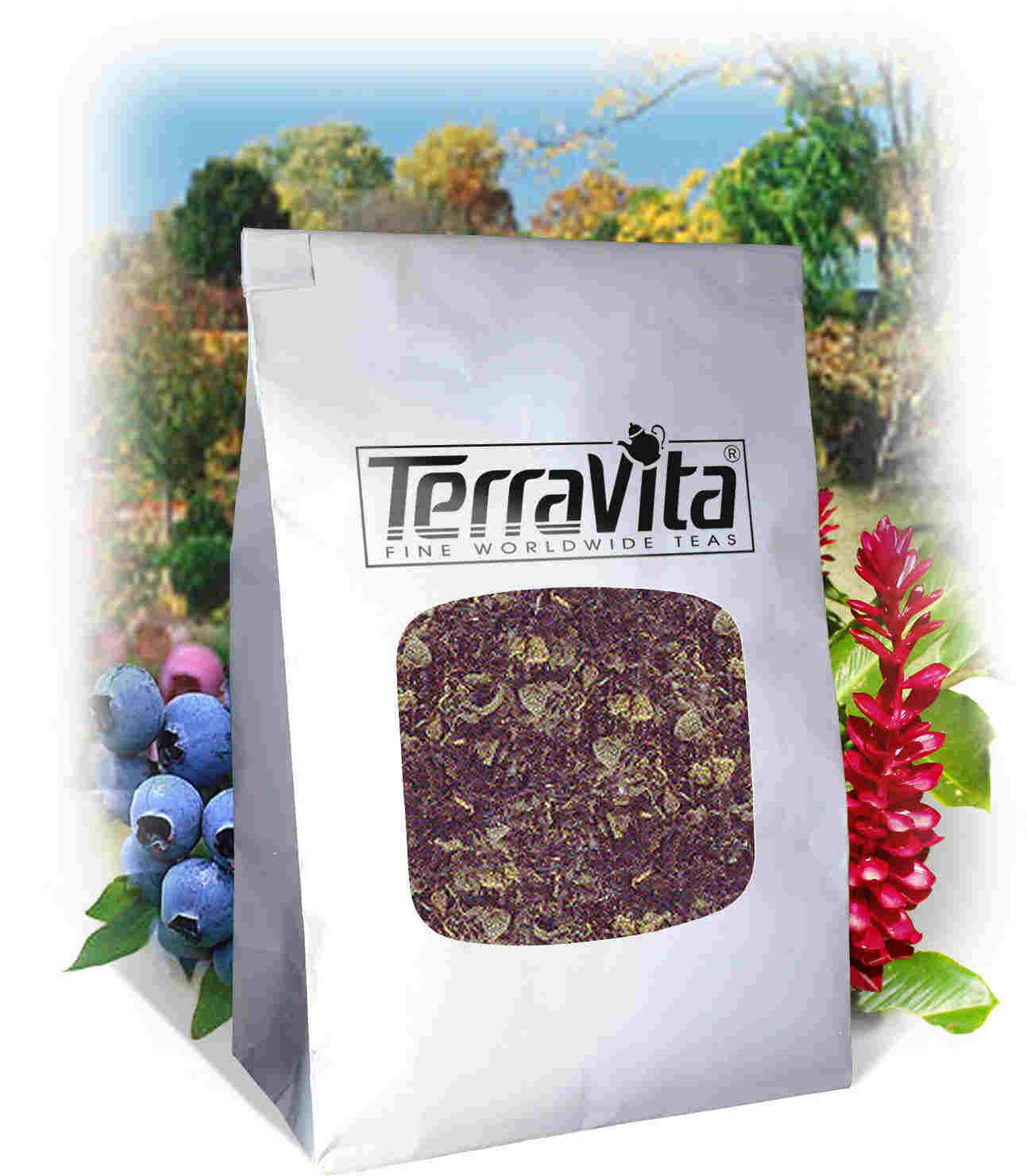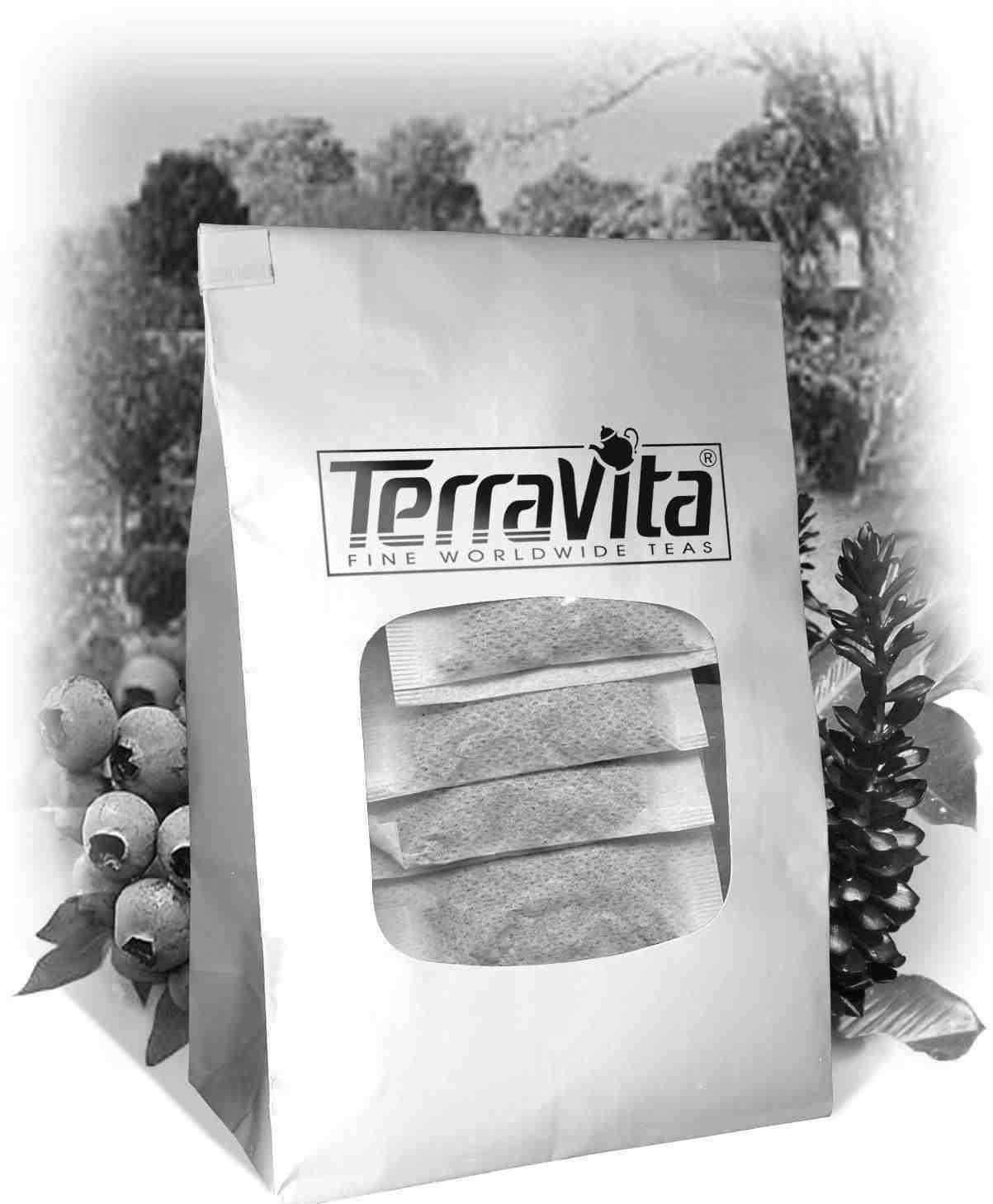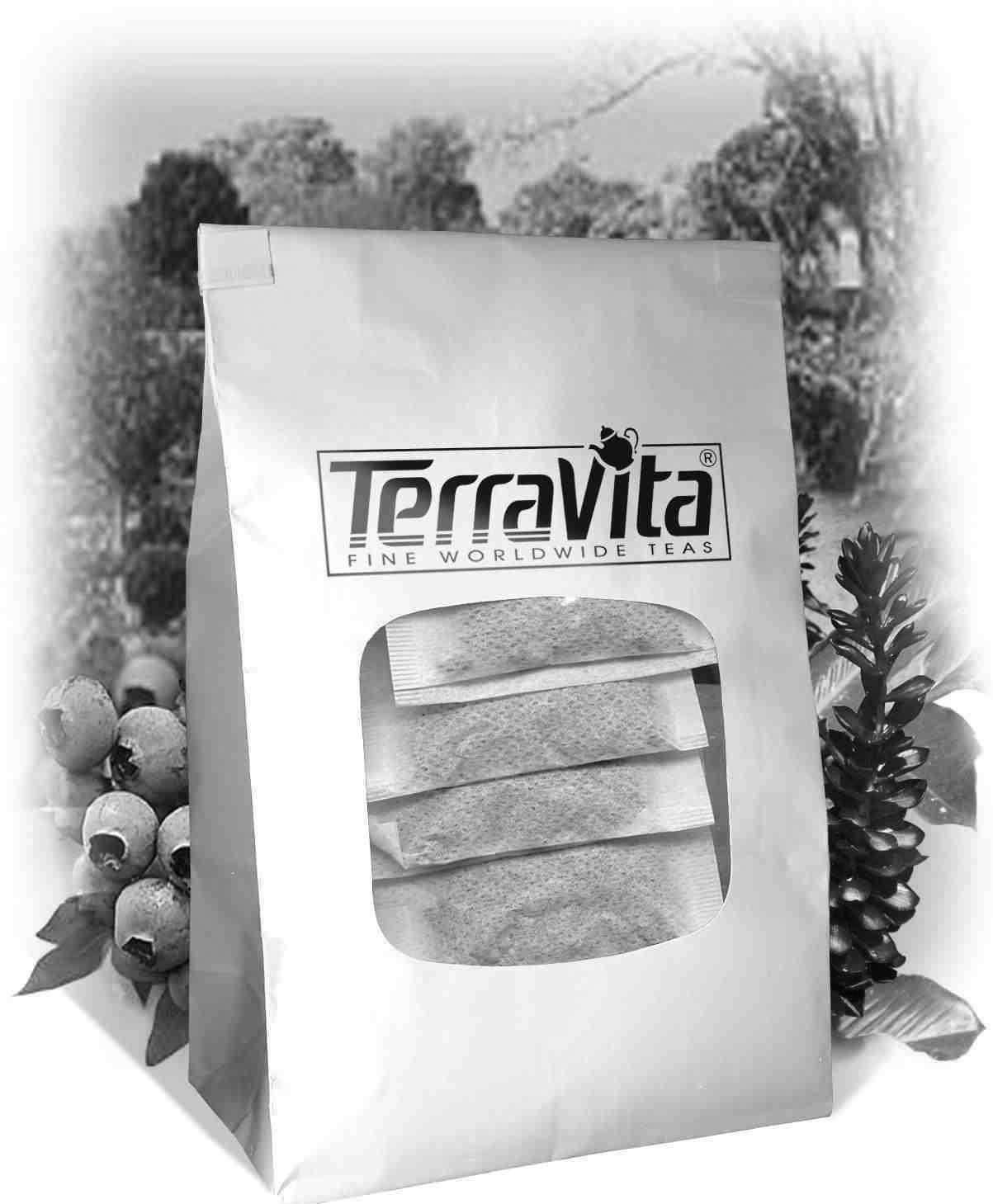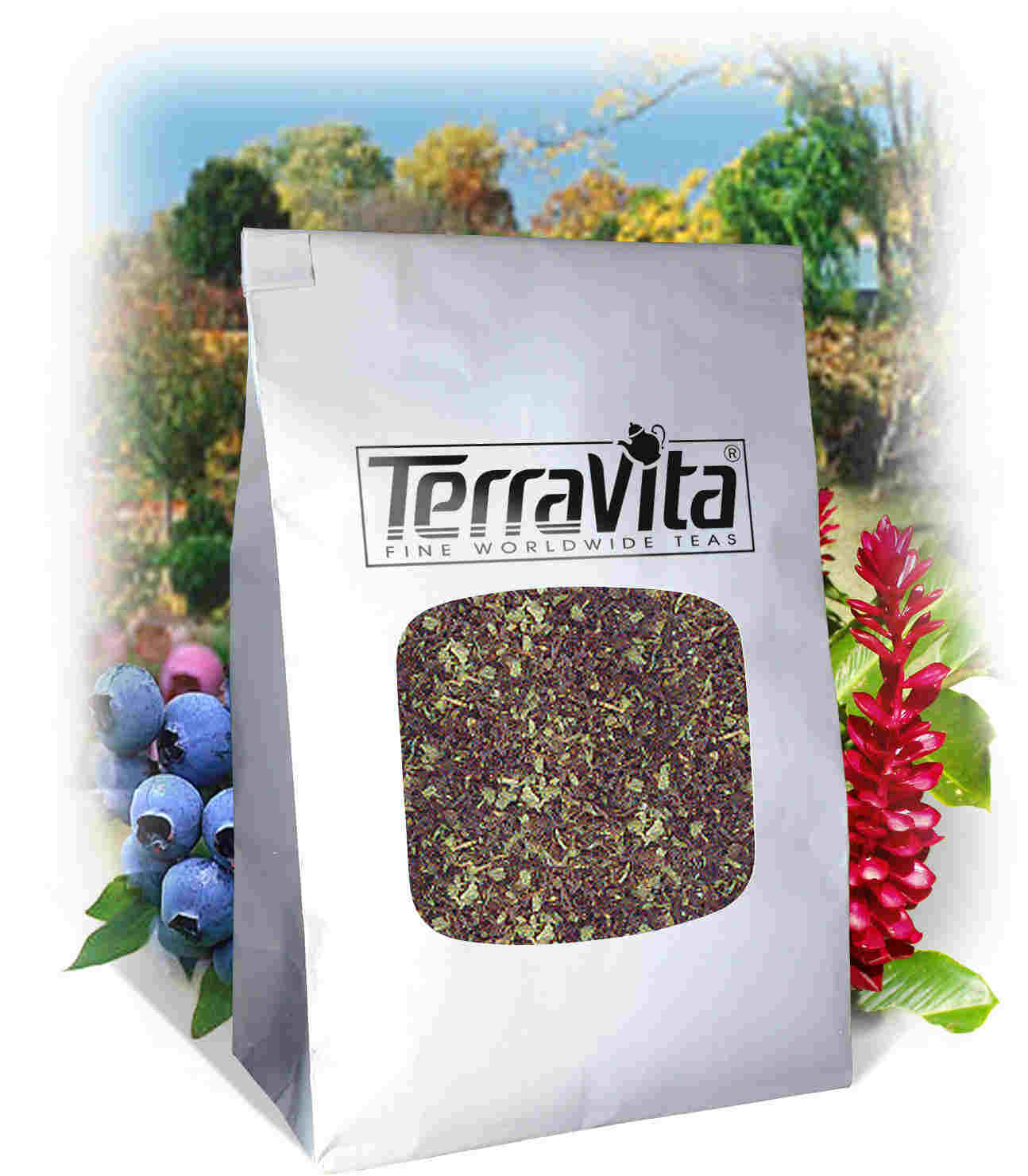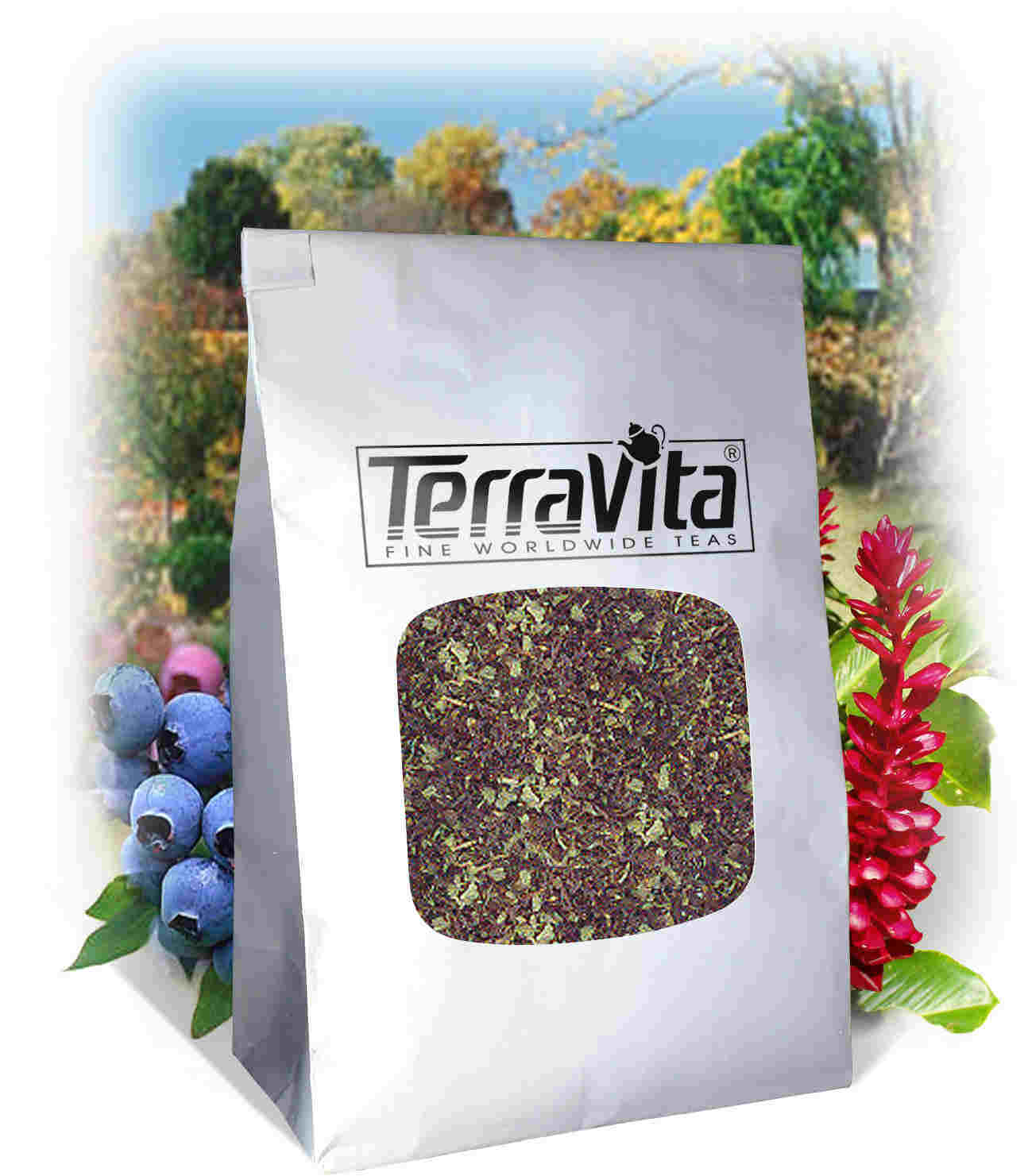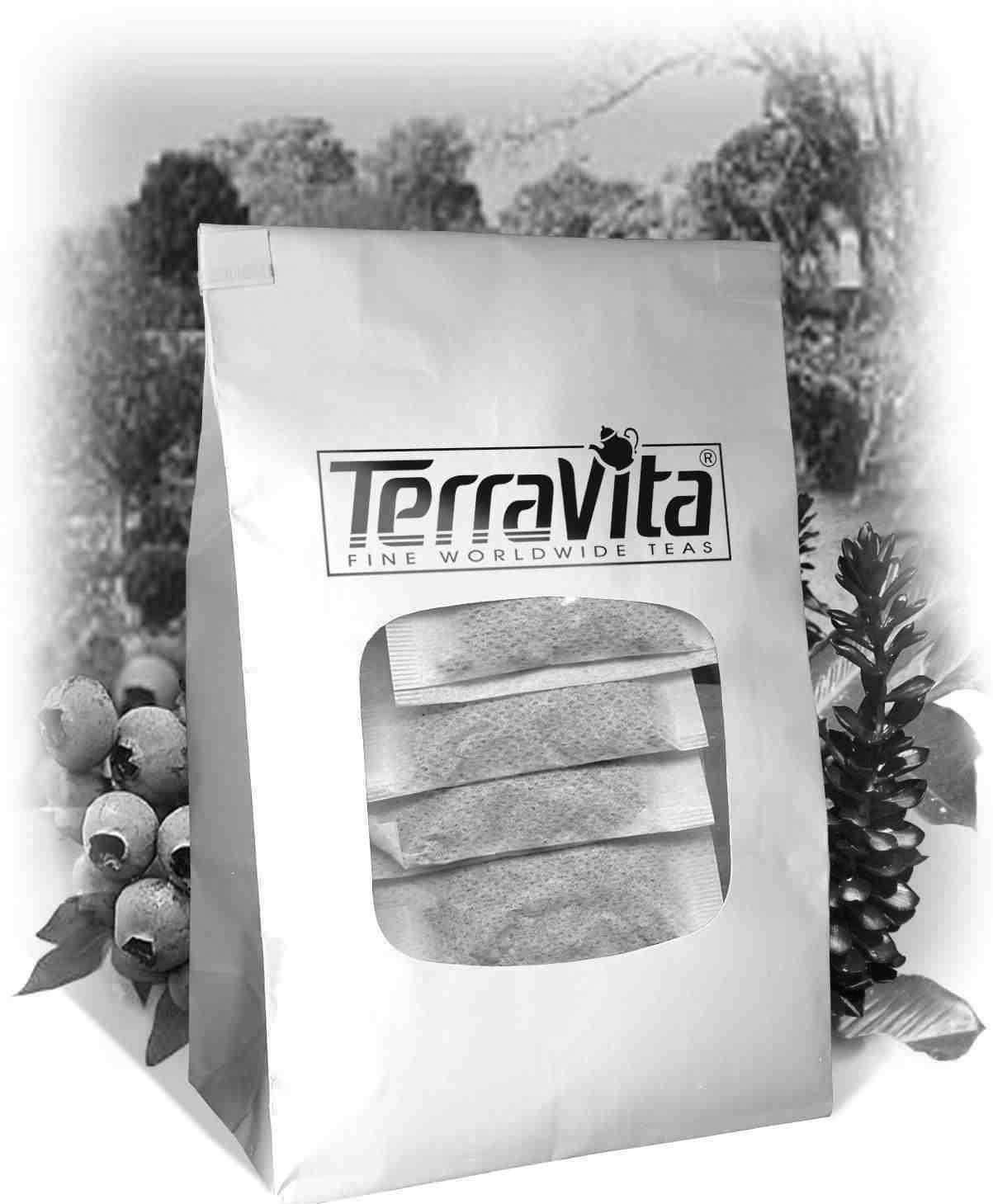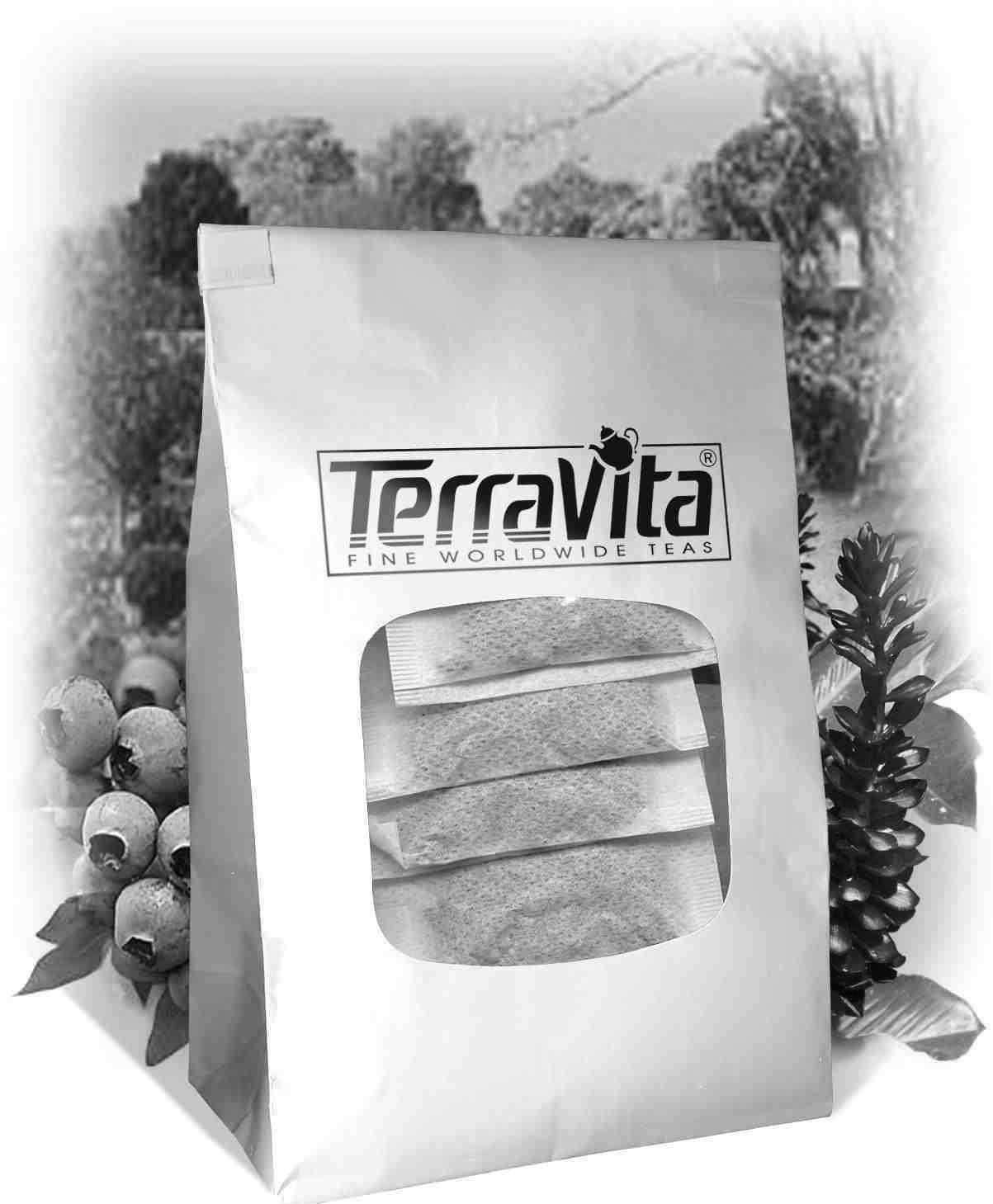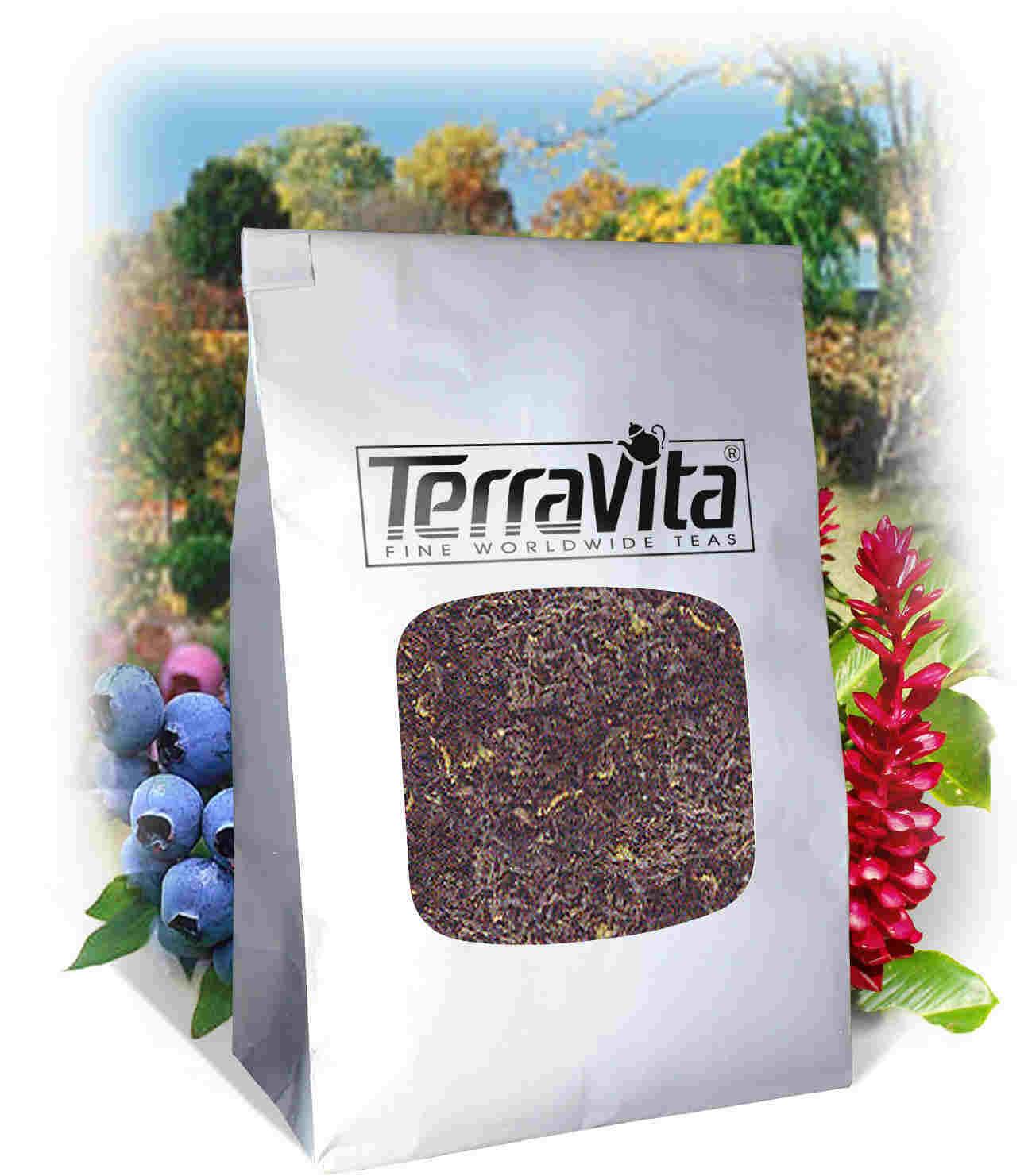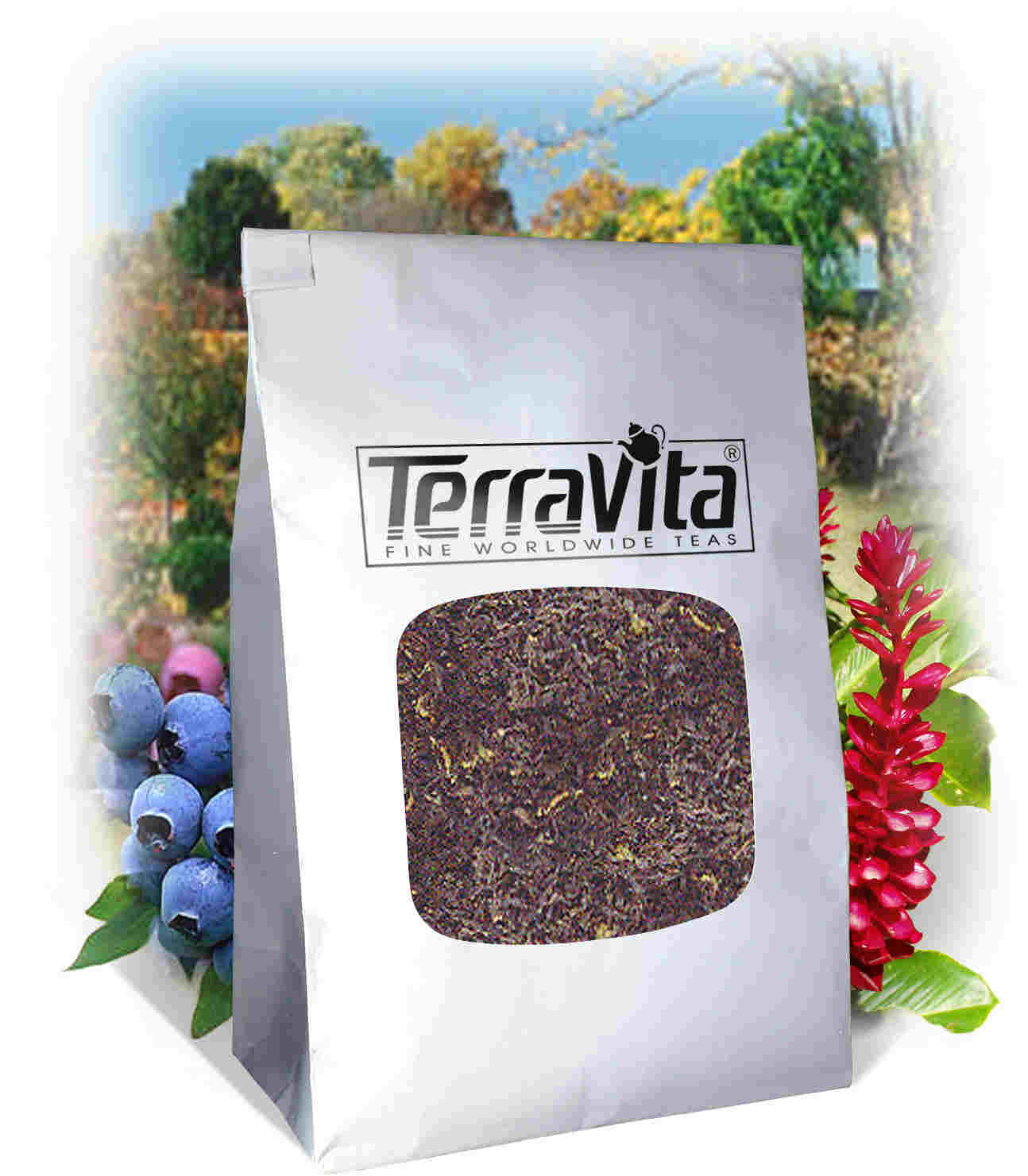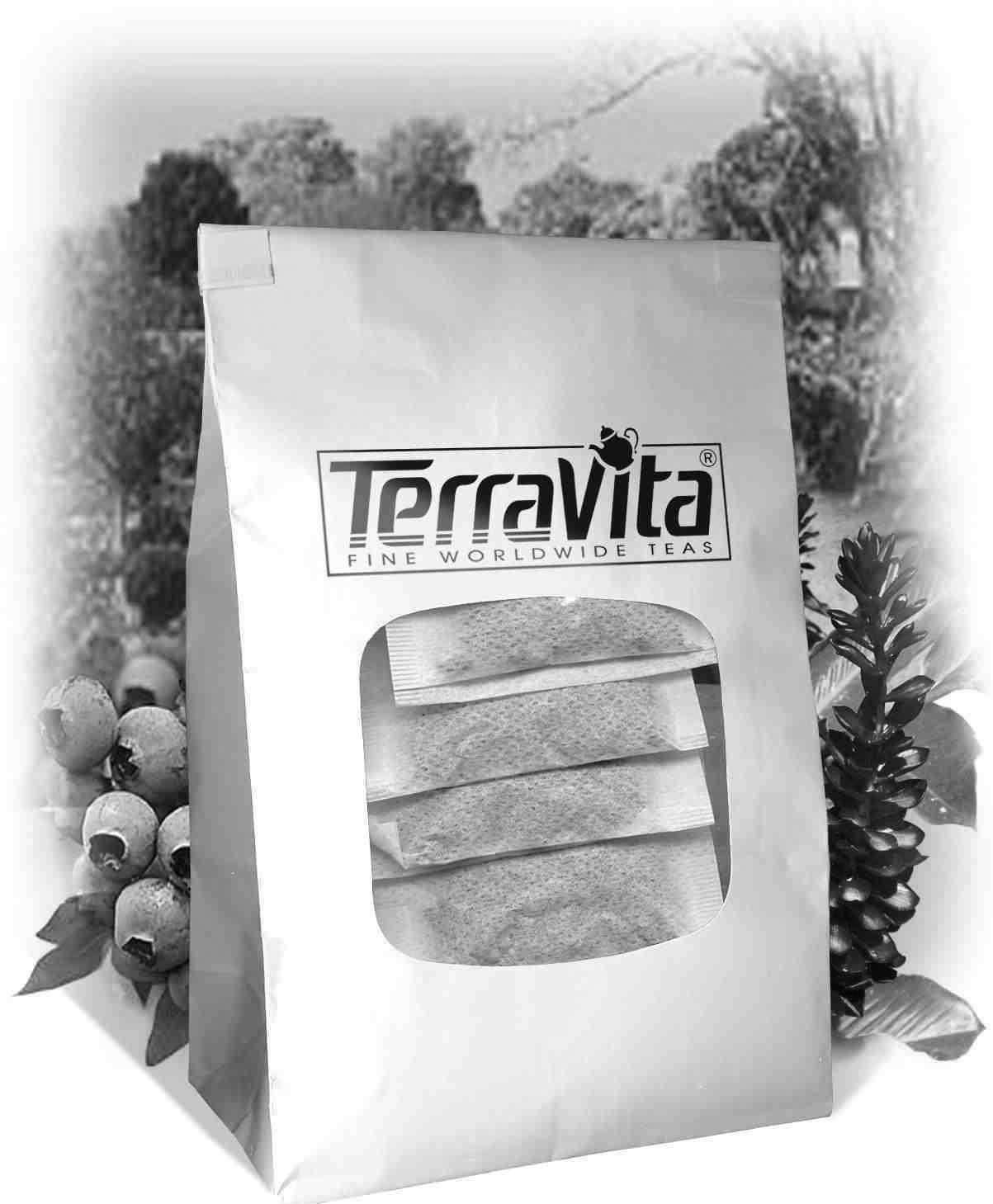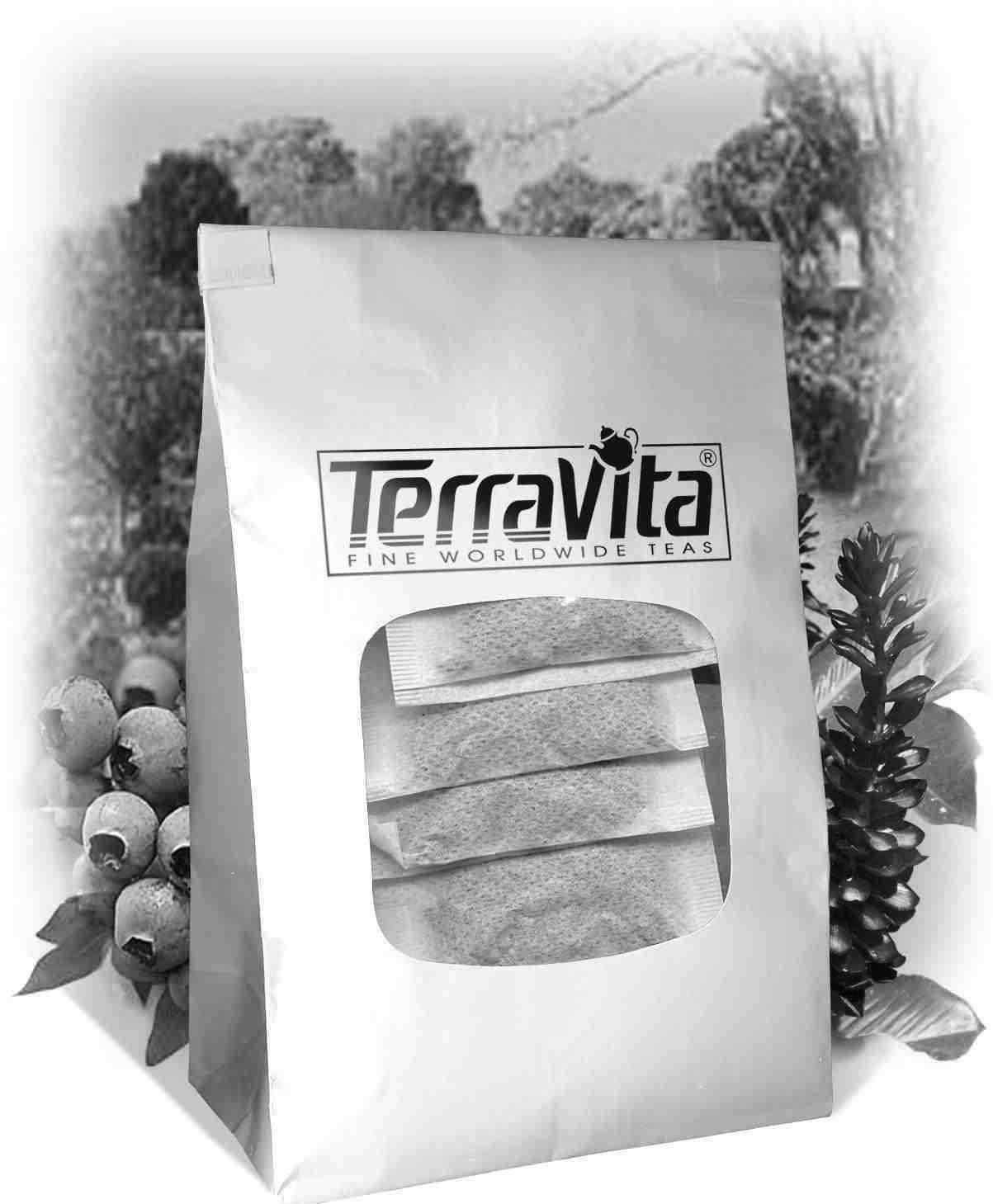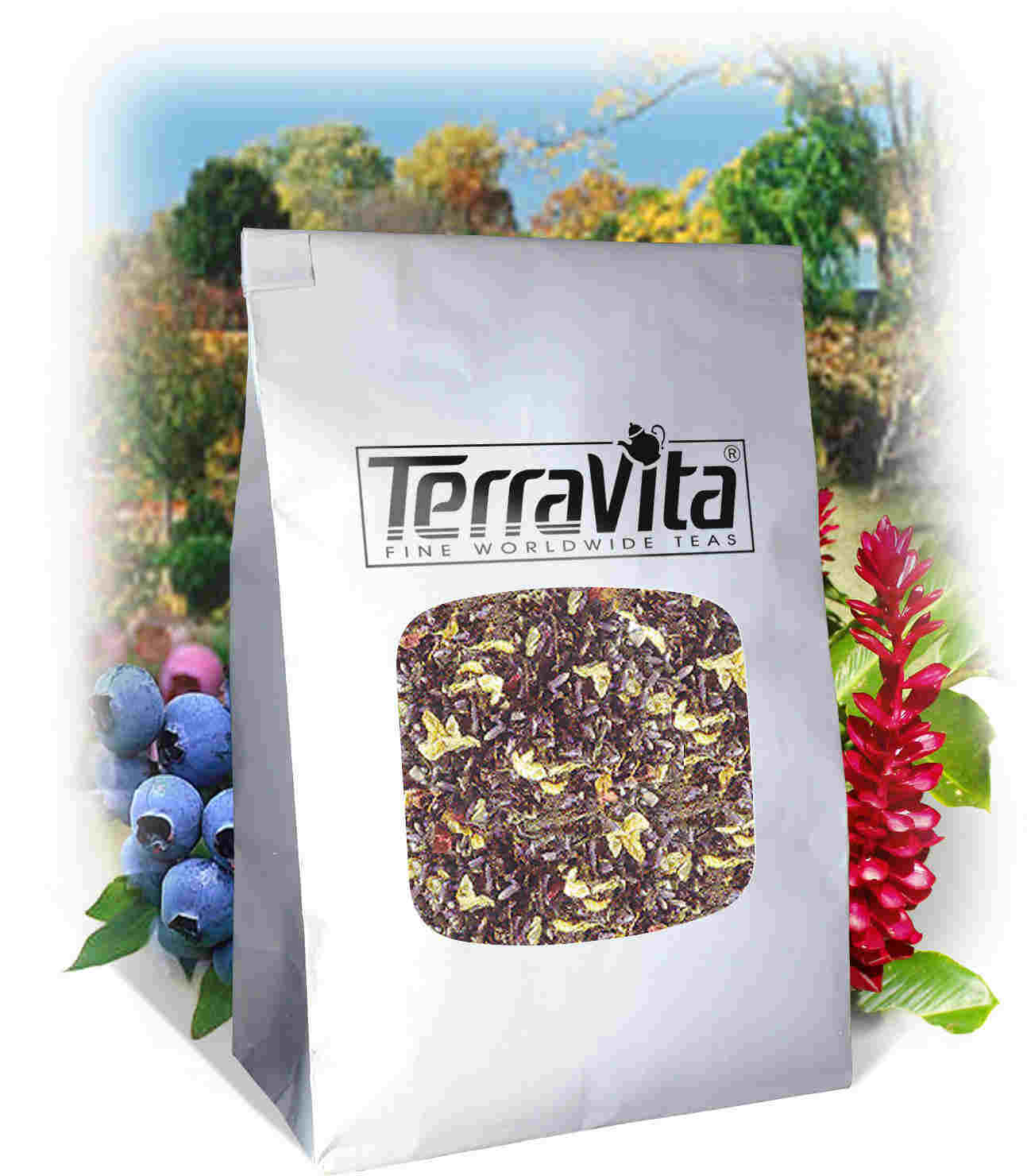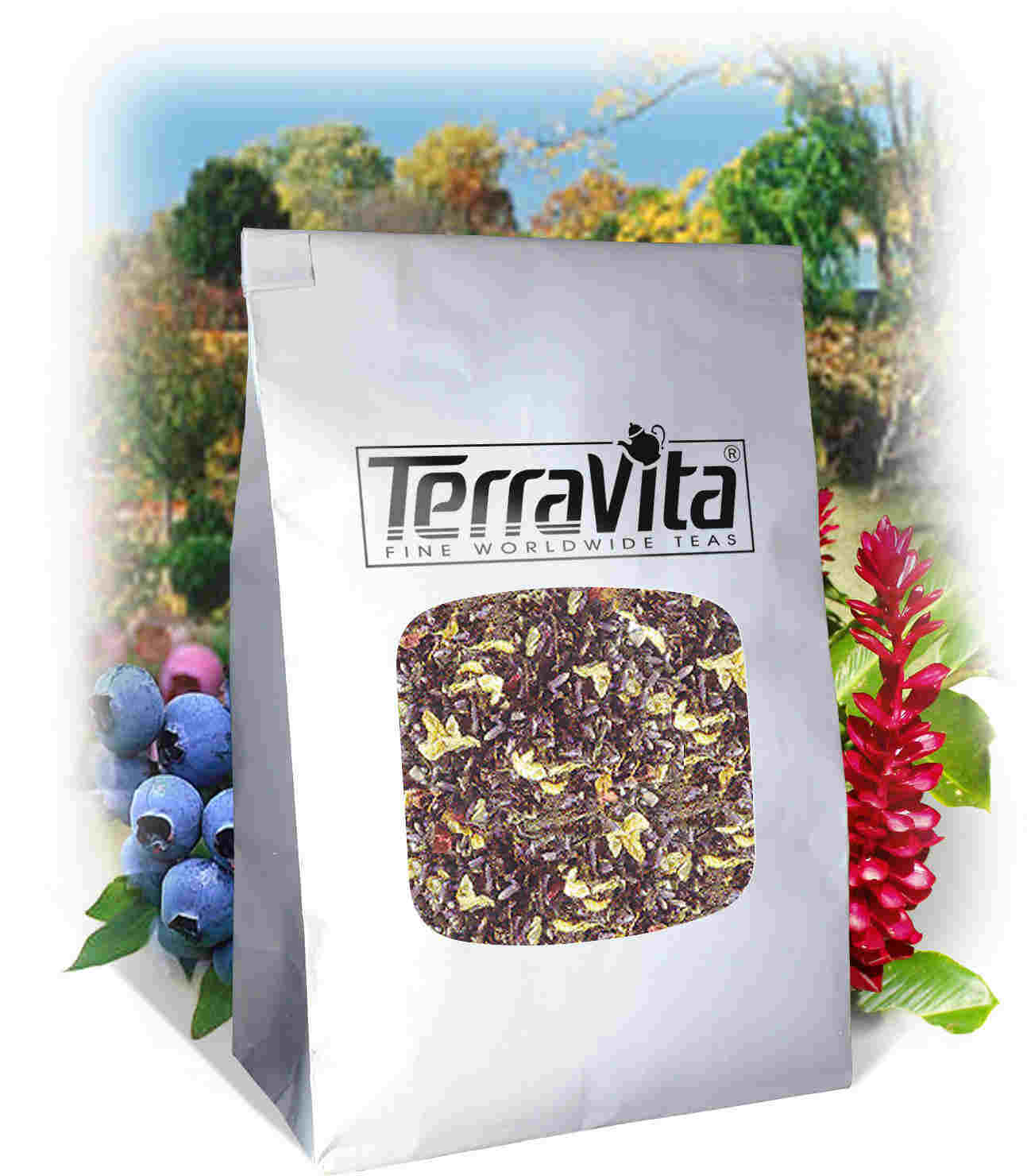Keyhung Assam 2nd Flush
| Images | Product Name | Size | ZIN | Price | Quantity | Add to Cart |
| Keyhung Tea (Loose) | 4 oz | 510139 | $26.76 | |||
| 8 oz | 510140 | $45.04 | ||||
| Keyhung Tea | 25 tea bags | 510141 | $26.17 | |||
| 50 tea bags | 510142 | $41.87 |
These statements have not been evaluated by the Food and Drug Administration (FDA). Products are intended to support general well being and are not intended to treat, diagnose, prevent, or cure any condition or disease.
Tarajulie
| Images | Product Name | Size | ZIN | Price | Quantity | Add to Cart |
| Tarajulie (Estate Assam) Tea (Loose) | 4 oz | 510143 | $26.76 | |||
| 8 oz | 510144 | $45.04 | ||||
| Tarajulie (Estate Assam) Tea | 25 tea bags | 510145 | $26.17 | |||
| 50 tea bags | 510146 | $41.87 |
These statements have not been evaluated by the Food and Drug Administration (FDA). Products are intended to support general well being and are not intended to treat, diagnose, prevent, or cure any condition or disease.
Gingia
| Images | Product Name | Size | ZIN | Price | Quantity | Add to Cart |
| Gingia Tea (Loose) | 4 oz | 510127 | $32.25 | |||
| 8 oz | 510128 | $55.09 | ||||
| Gingia Tea | 25 tea bags | 510129 | $29.79 | |||
| 50 tea bags | 510130 | $48.31 |
These statements have not been evaluated by the Food and Drug Administration (FDA). Products are intended to support general well being and are not intended to treat, diagnose, prevent, or cure any condition or disease.
Dufflaghur
| Images | Product Name | Size | ZIN | Price | Quantity | Add to Cart |
| Dufflaghur Tea (Loose) | 4 oz | 510123 | $12.06 | |||
| 8 oz | 510124 | $19.27 | ||||
| Dufflaghur Tea | 25 tea bags | 510125 | $22.14 | |||
| 50 tea bags | 510126 | $34.18 |
These statements have not been evaluated by the Food and Drug Administration (FDA). Products are intended to support general well being and are not intended to treat, diagnose, prevent, or cure any condition or disease.
Bukhial TGFOP
| Images | Product Name | Size | ZIN | Price | Quantity | Add to Cart |
| Bukhial - TGFOP Tea (Loose) | 4 oz | 510119 | $28.23 | |||
| 8 oz | 510120 | $47.74 | ||||
| Bukhial - TGFOP Tea | 25 tea bags | 510121 | $27.15 | |||
| 50 tea bags | 510122 | $43.60 |
These statements have not been evaluated by the Food and Drug Administration (FDA). Products are intended to support general well being and are not intended to treat, diagnose, prevent, or cure any condition or disease.
Bukhial PF
| Images | Product Name | Size | ZIN | Price | Quantity | Add to Cart |
| Bukhial - PF Tea (Loose) | 4 oz | 510115 | $26.22 | |||
| 8 oz | 510116 | $44.04 | ||||
| Bukhial - PF Tea | 25 tea bags | 510117 | $25.83 | |||
| 50 tea bags | 510118 | $41.25 |
These statements have not been evaluated by the Food and Drug Administration (FDA). Products are intended to support general well being and are not intended to treat, diagnose, prevent, or cure any condition or disease.
Hunwal GBOP
| Images | Product Name | Size | ZIN | Price | Quantity | Add to Cart |
| Hunwal - GBOP Tea (Loose) | 4 oz | 510135 | $26.76 | |||
| 8 oz | 510136 | $45.04 | ||||
| Hunwal - GBOP Tea | 25 tea bags | 510137 | $26.17 | |||
| 50 tea bags | 510138 | $41.87 |
These statements have not been evaluated by the Food and Drug Administration (FDA). Products are intended to support general well being and are not intended to treat, diagnose, prevent, or cure any condition or disease.
Hunwal FBOP 2nd Flush
| Images | Product Name | Size | ZIN | Price | Quantity | Add to Cart |
| Hunwal - FBOP Tea (Loose) | 4 oz | 510131 | $26.76 | |||
| 8 oz | 510132 | $45.04 | ||||
| Hunwal - FBOP Tea | 25 tea bags | 510133 | $26.17 | |||
| 50 tea bags | 510134 | $41.87 |
These statements have not been evaluated by the Food and Drug Administration (FDA). Products are intended to support general well being and are not intended to treat, diagnose, prevent, or cure any condition or disease.
Borengajuli - FBOP
| Images | Product Name | Size | ZIN | Price | Quantity | Add to Cart |
| Borengajuli - FBOP Tea (Loose) | 4 oz | 510111 | $26.76 | |||
| 8 oz | 510112 | $45.04 | ||||
| Borengajuli - FBOP Tea | 25 tea bags | 510113 | $26.17 | |||
| 50 tea bags | 510114 | $41.87 |
These statements have not been evaluated by the Food and Drug Administration (FDA). Products are intended to support general well being and are not intended to treat, diagnose, prevent, or cure any condition or disease.
Organic Assam
| Images | Product Name | Size | ZIN | Price | Quantity | Add to Cart |
| Organic Assam Tea (Loose) | 4 oz | 510464 | $20.11 | |||
| 8 oz | 510465 | $32.70 | ||||
| Organic Assam Tea | 25 tea bags | 510466 | $22.35 | |||
| 50 tea bags | 510467 | $34.94 |
These statements have not been evaluated by the Food and Drug Administration (FDA). Products are intended to support general well being and are not intended to treat, diagnose, prevent, or cure any condition or disease.
Canadian Breakfast
| Images | Product Name | Size | ZIN | Price | Quantity | Add to Cart |
| Canadian Breakfast Tea (Loose) | 4 oz | 510340 | $27.78 | |||
| 8 oz | 510341 | $46.90 | ||||
| Canadian Breakfast Tea | 25 tea bags | 510342 | $26.84 | |||
| 50 tea bags | 510343 | $43.06 |
These statements have not been evaluated by the Food and Drug Administration (FDA). Products are intended to support general well being and are not intended to treat, diagnose, prevent, or cure any condition or disease.
Czar Nicholas Russian Caravan
| Images | Product Name | Size | ZIN | Price | Quantity | Add to Cart |
| Czar Nicholas Russian Caravan Tea (Loose) | 4 oz | 510348 | $27.78 | |||
| 8 oz | 510349 | $46.90 | ||||
| Czar Nicholas Russian Caravan Tea | 25 tea bags | 510350 | $26.84 | |||
| 50 tea bags | 510351 | $43.06 |
These statements have not been evaluated by the Food and Drug Administration (FDA). Products are intended to support general well being and are not intended to treat, diagnose, prevent, or cure any condition or disease.
Vienna Opera Ball
| Images | Product Name | Size | ZIN | Price | Quantity | Add to Cart |
| Vienna Opera Ball Tea (Loose) | 4 oz | 510336 | $27.78 | |||
| 8 oz | 510337 | $46.90 | ||||
| Vienna Opera Ball Tea | 25 tea bags | 510338 | $26.84 | |||
| 50 tea bags | 510339 | $43.06 |
These statements have not been evaluated by the Food and Drug Administration (FDA). Products are intended to support general well being and are not intended to treat, diagnose, prevent, or cure any condition or disease.
Dragonmoon
| Images | Product Name | Size | ZIN | Price | Quantity | Add to Cart |
| Dragonmoon Tea (Loose) | 4 oz | 510320 | $27.78 | |||
| 8 oz | 510321 | $46.90 | ||||
| Dragonmoon Tea | 25 tea bags | 510322 | $26.84 | |||
| 50 tea bags | 510323 | $43.06 |
These statements have not been evaluated by the Food and Drug Administration (FDA). Products are intended to support general well being and are not intended to treat, diagnose, prevent, or cure any condition or disease.
Hooghly Holler
| Images | Product Name | Size | ZIN | Price | Quantity | Add to Cart |
| Hooghly Holler Tea (Loose) | 4 oz | 510324 | $27.78 | |||
| 8 oz | 510325 | $46.90 | ||||
| Hooghly Holler Tea | 25 tea bags | 510326 | $26.84 | |||
| 50 tea bags | 510327 | $43.06 |
These statements have not been evaluated by the Food and Drug Administration (FDA). Products are intended to support general well being and are not intended to treat, diagnose, prevent, or cure any condition or disease.
Moroccan Madness
| Images | Product Name | Size | ZIN | Price | Quantity | Add to Cart |
| Moroccan Madness Tea (Loose) | 4 oz | 510332 | $16.51 | |||
| 8 oz | 510333 | $26.04 | ||||
| Moroccan Madness Tea | 25 tea bags | 510334 | $20.06 | |||
| 50 tea bags | 510335 | $30.80 |
These statements have not been evaluated by the Food and Drug Administration (FDA). Products are intended to support general well being and are not intended to treat, diagnose, prevent, or cure any condition or disease.
Morning Miracle
| Images | Product Name | Size | ZIN | Price | Quantity | Add to Cart |
| Morning Miracle Tea (Loose) | 4 oz | 510328 | $27.78 | |||
| 8 oz | 510329 | $46.90 | ||||
| Morning Miracle Tea | 25 tea bags | 510330 | $26.84 | |||
| 50 tea bags | 510331 | $43.06 |
These statements have not been evaluated by the Food and Drug Administration (FDA). Products are intended to support general well being and are not intended to treat, diagnose, prevent, or cure any condition or disease.
French Blend
| Images | Product Name | Size | ZIN | Price | Quantity | Add to Cart |
| French Blend Tea (Loose) | 4 oz | 510344 | $12.47 | |||
| 8 oz | 510345 | $20.08 | ||||
| French Blend Tea | 25 tea bags | 510346 | $22.53 | |||
| 50 tea bags | 510347 | $34.80 |
These statements have not been evaluated by the Food and Drug Administration (FDA). Products are intended to support general well being and are not intended to treat, diagnose, prevent, or cure any condition or disease.
